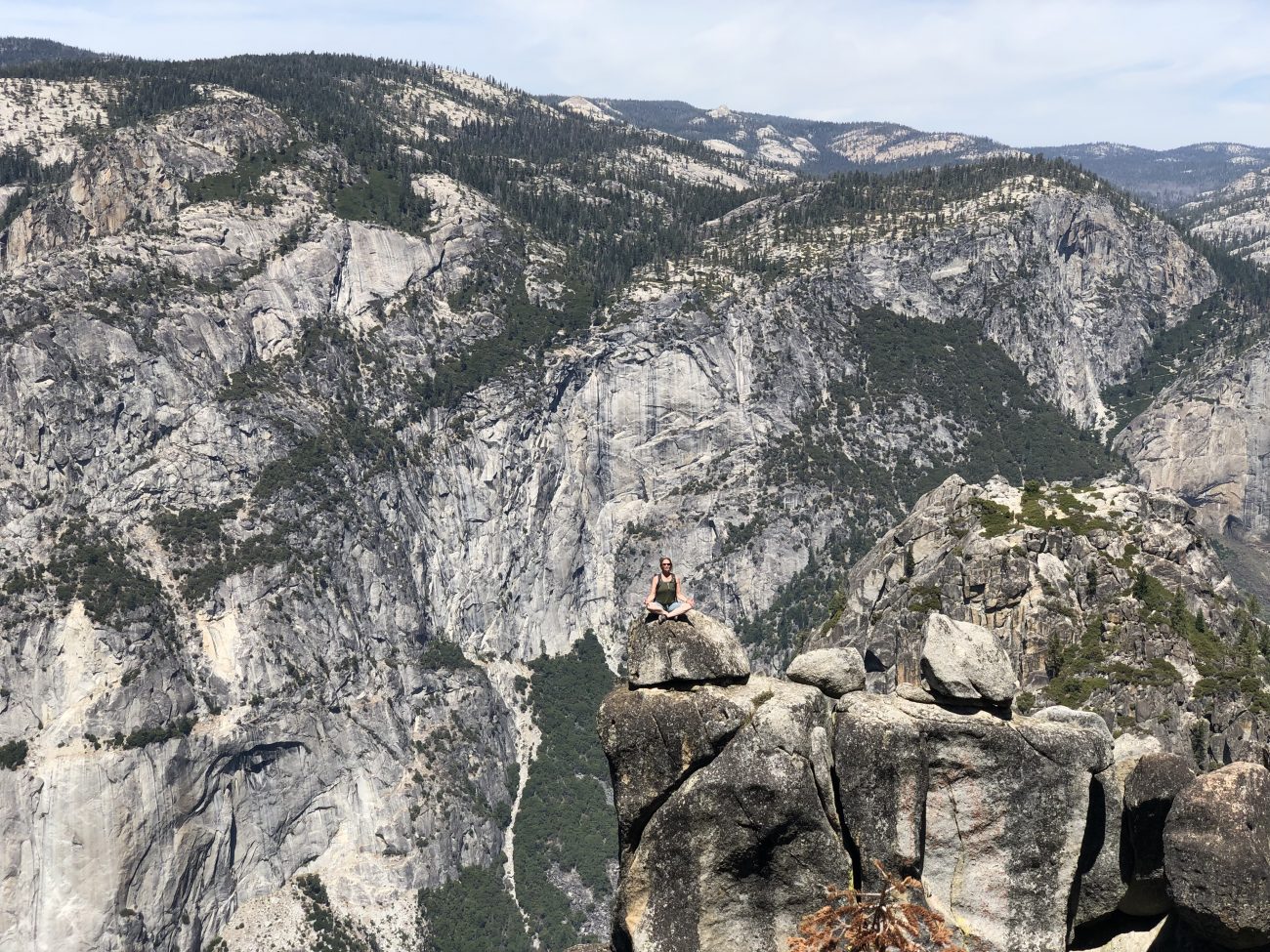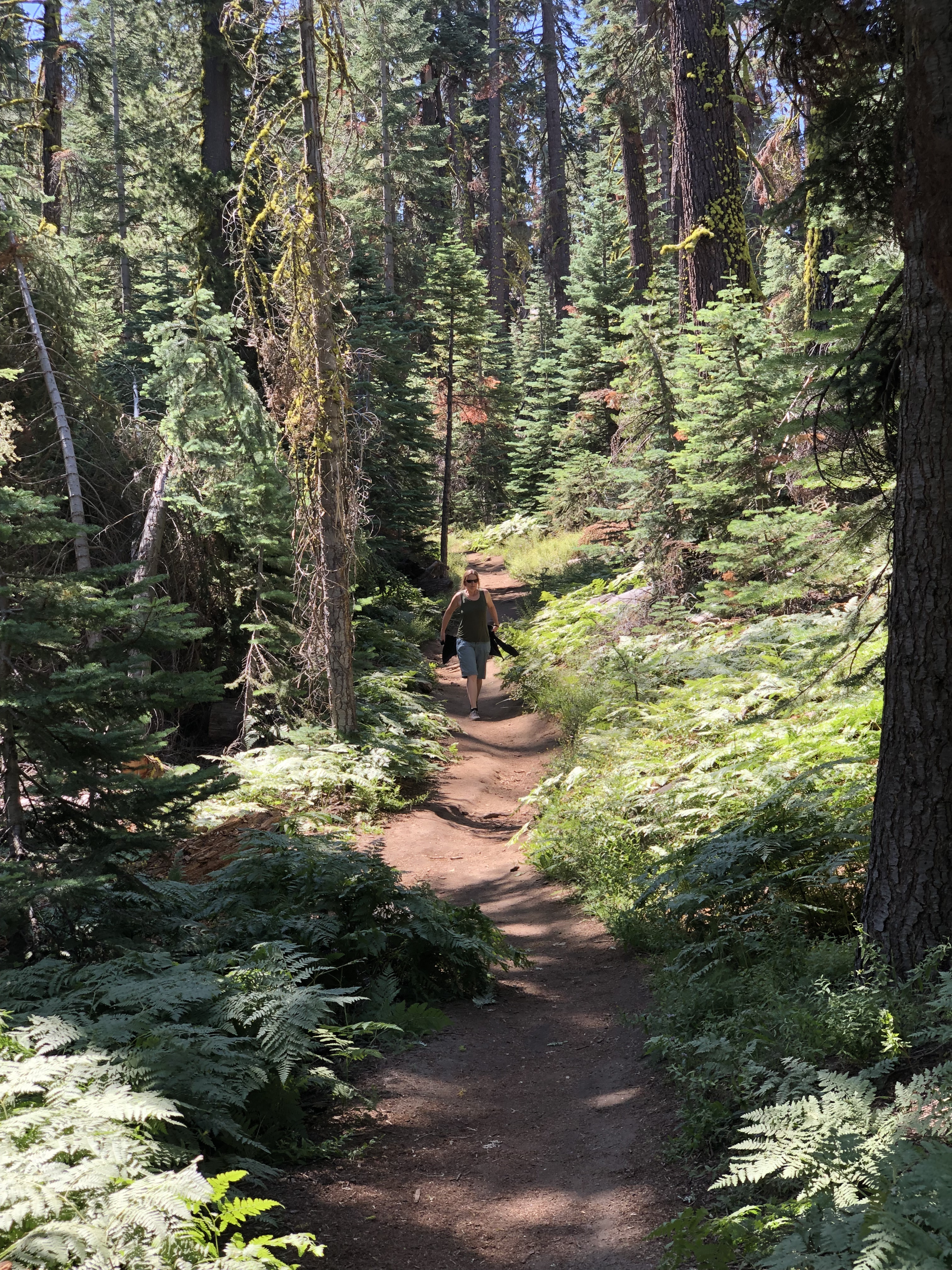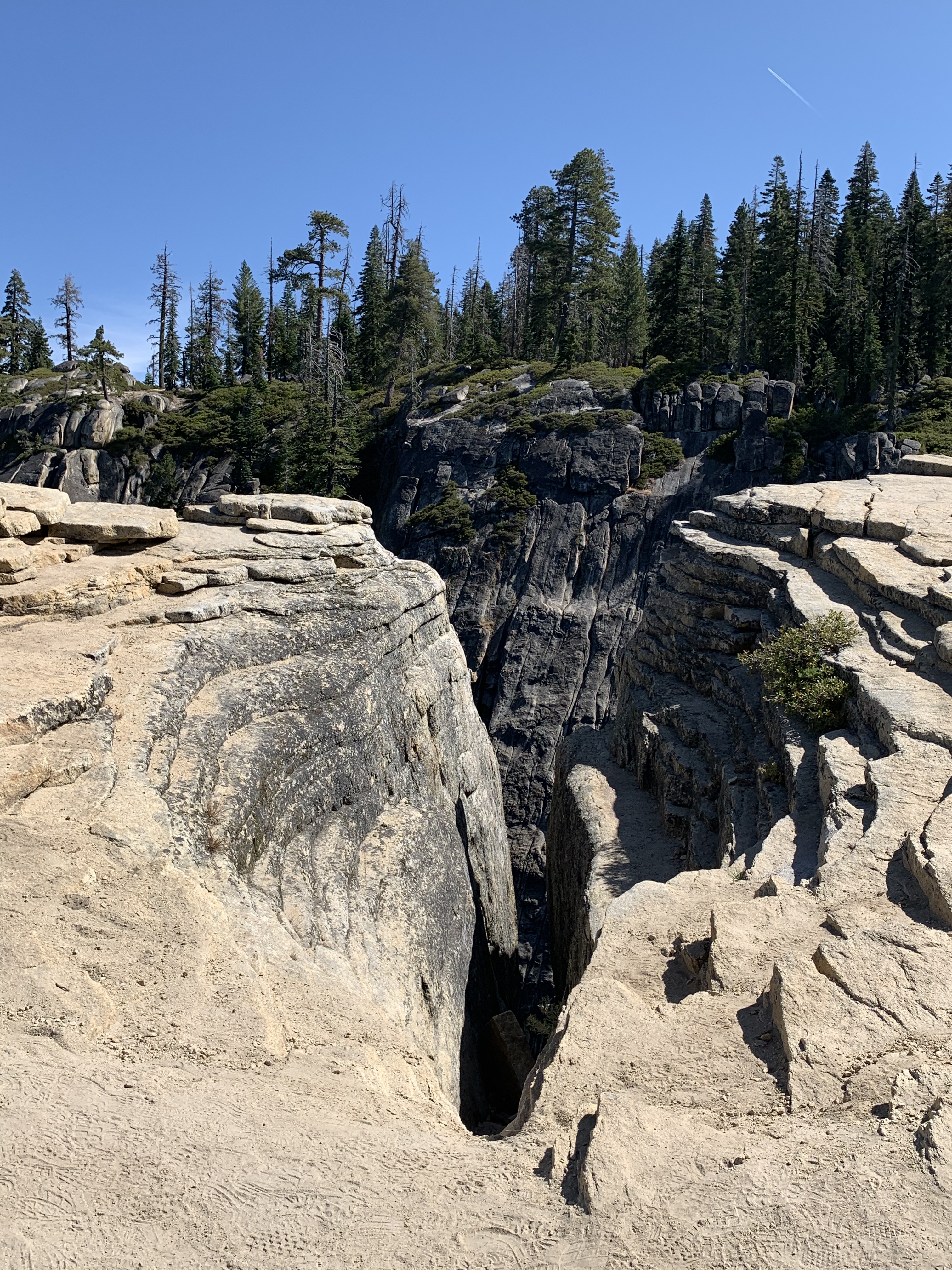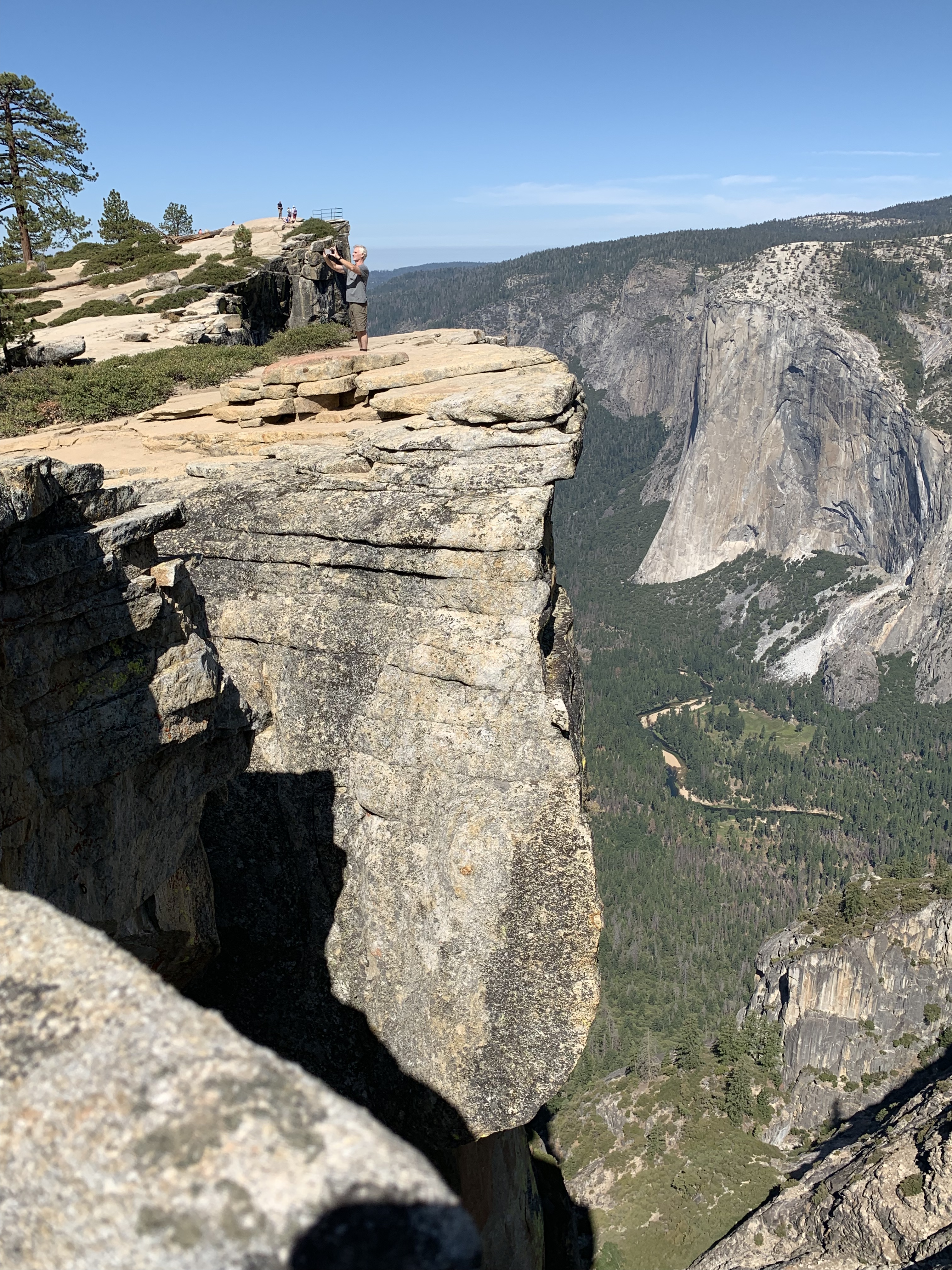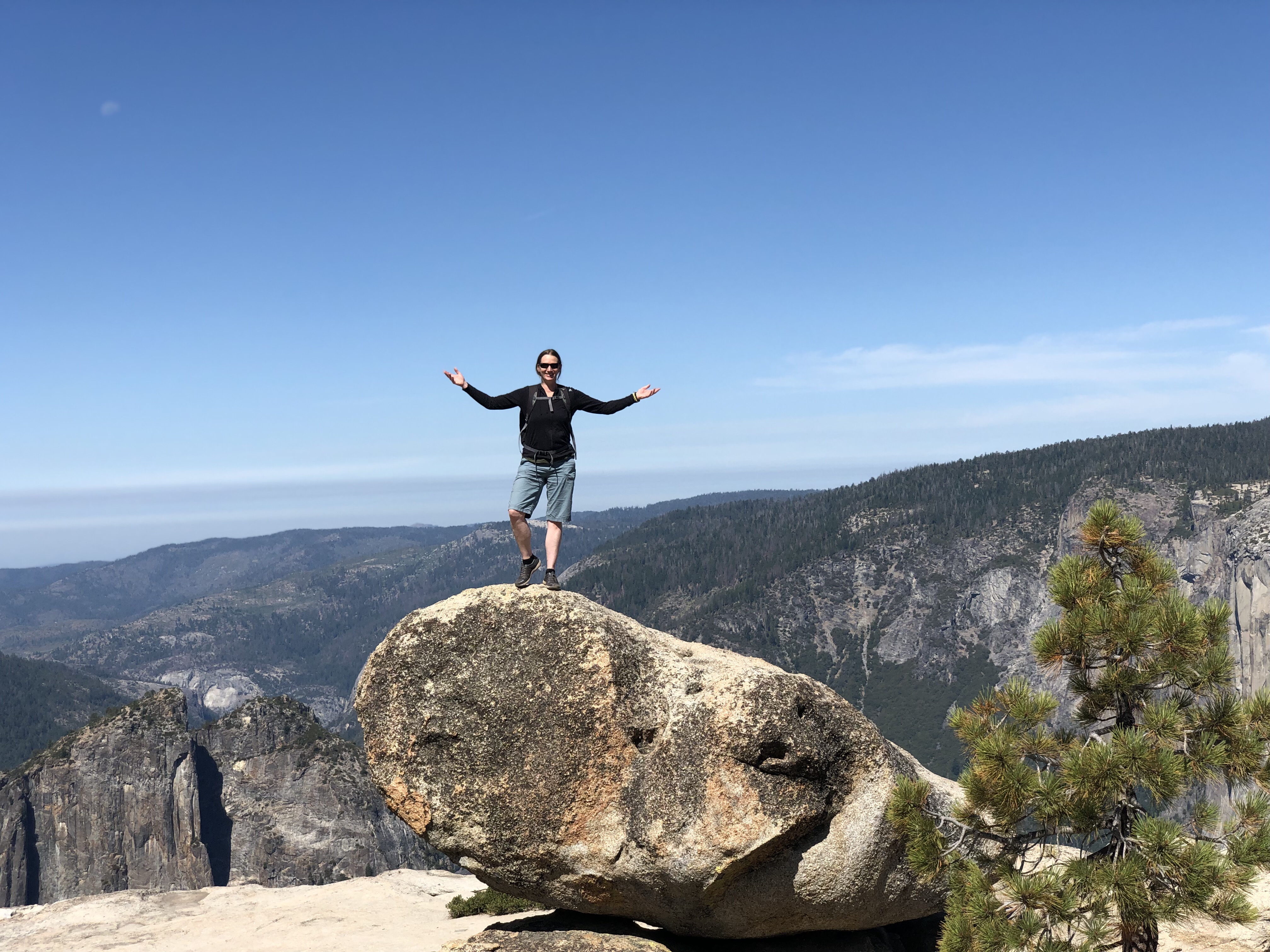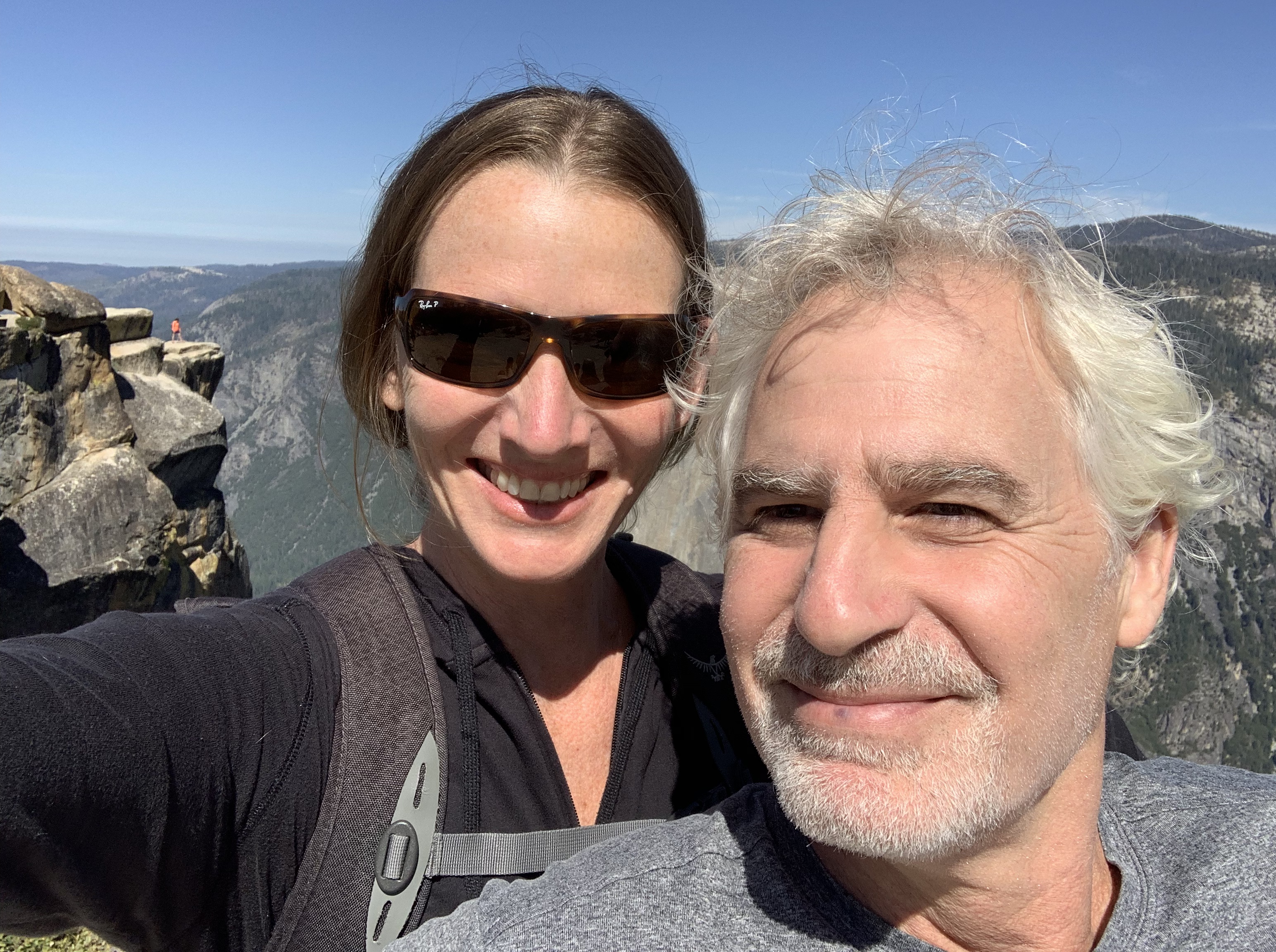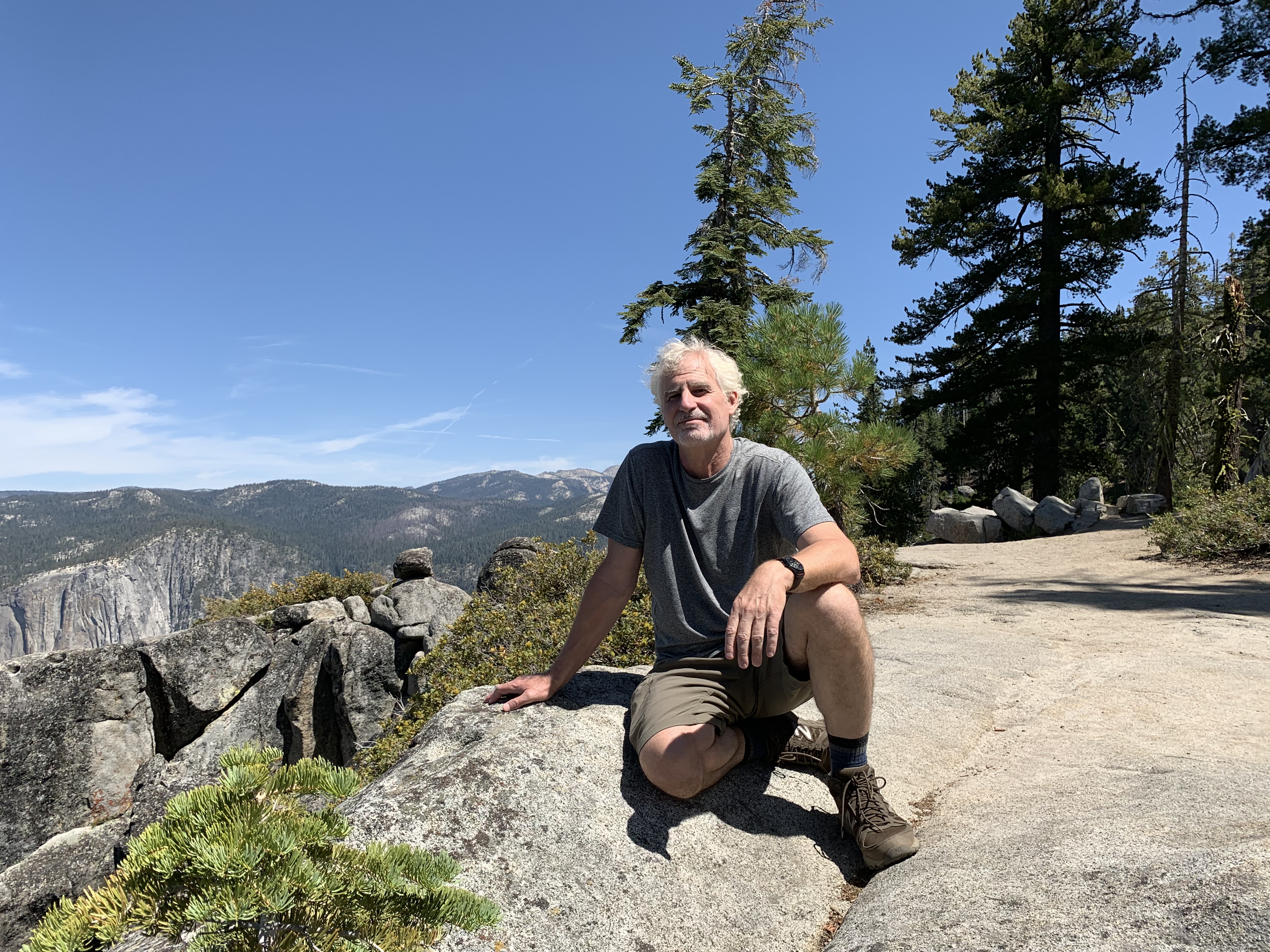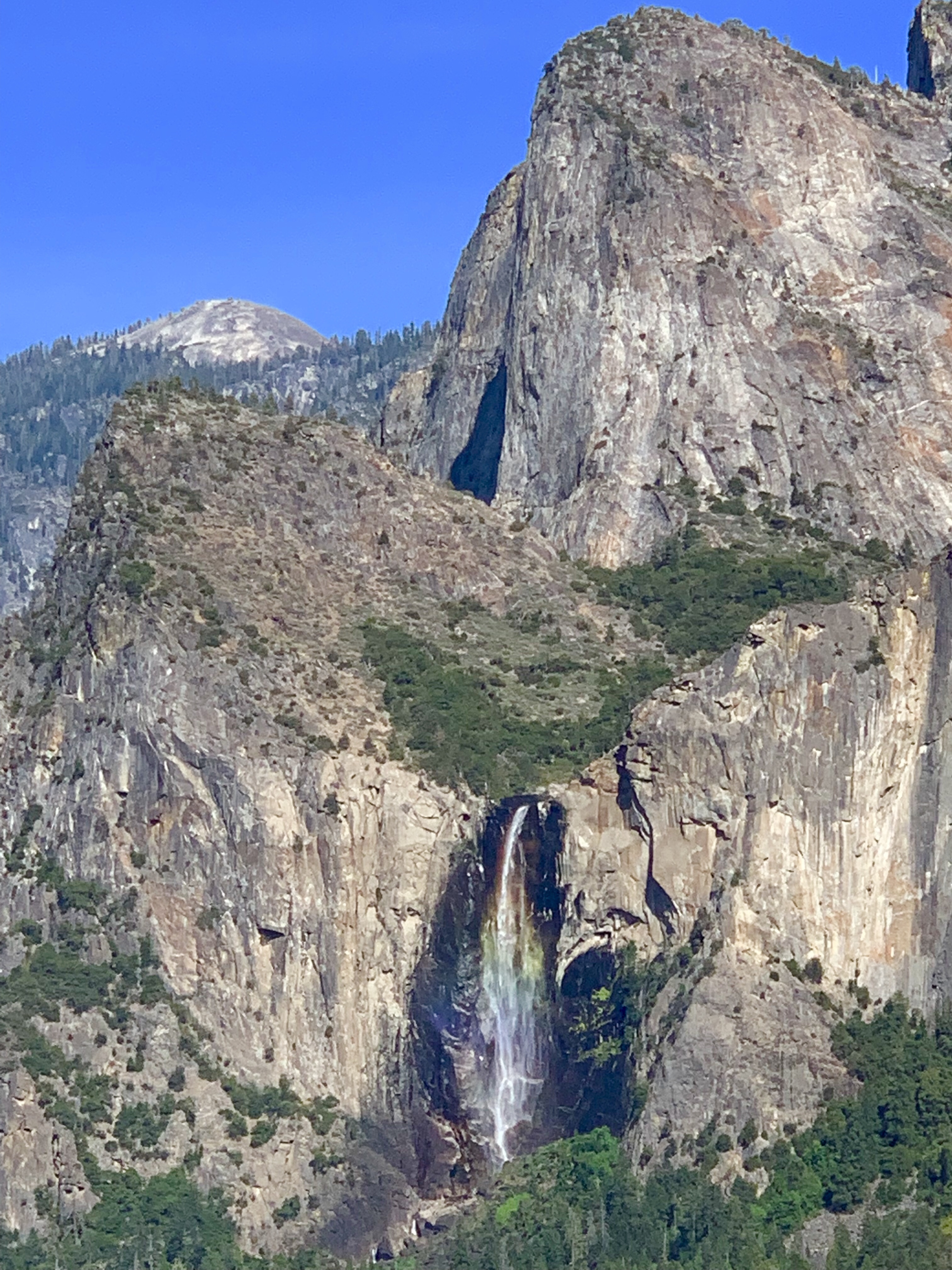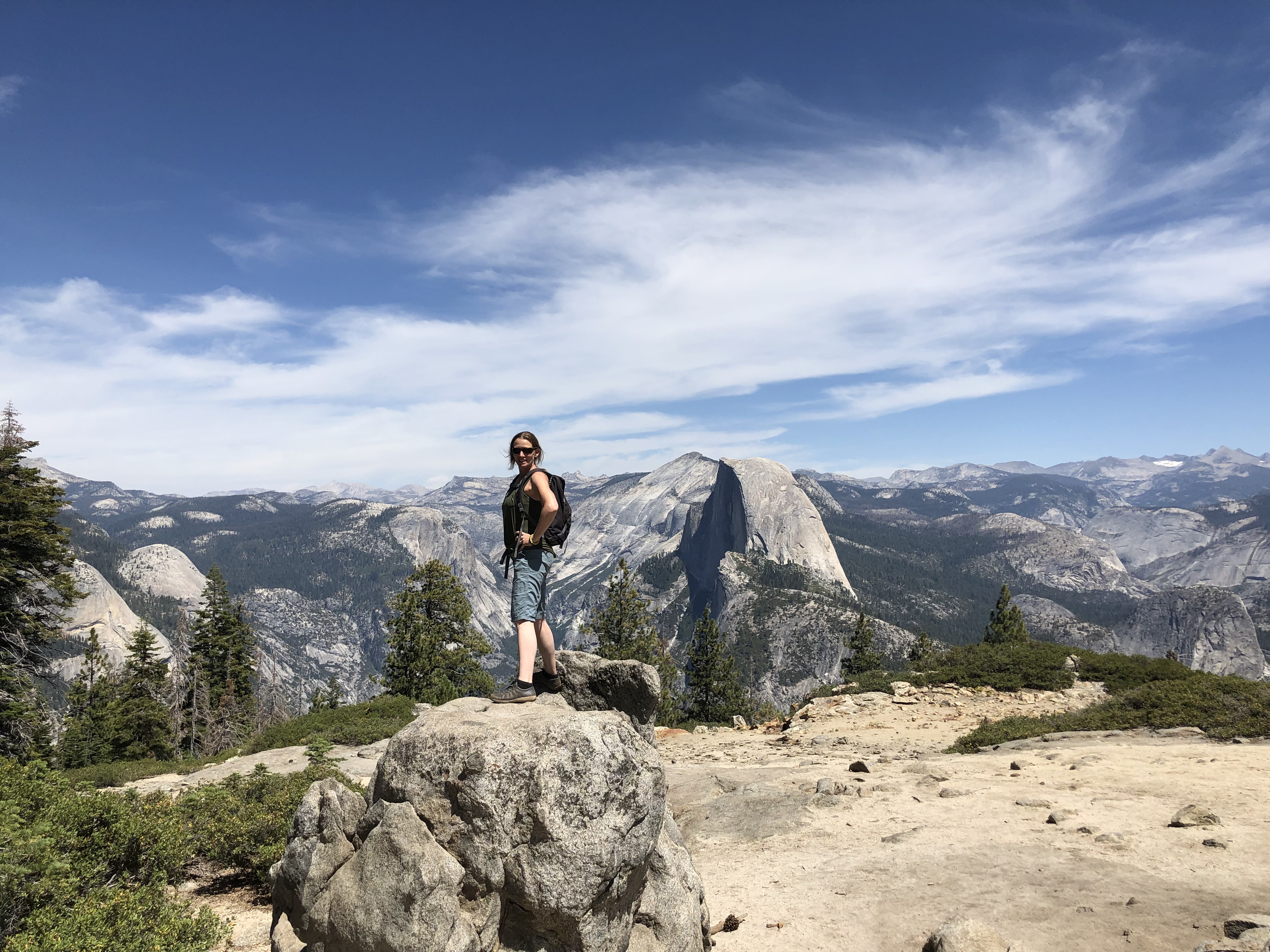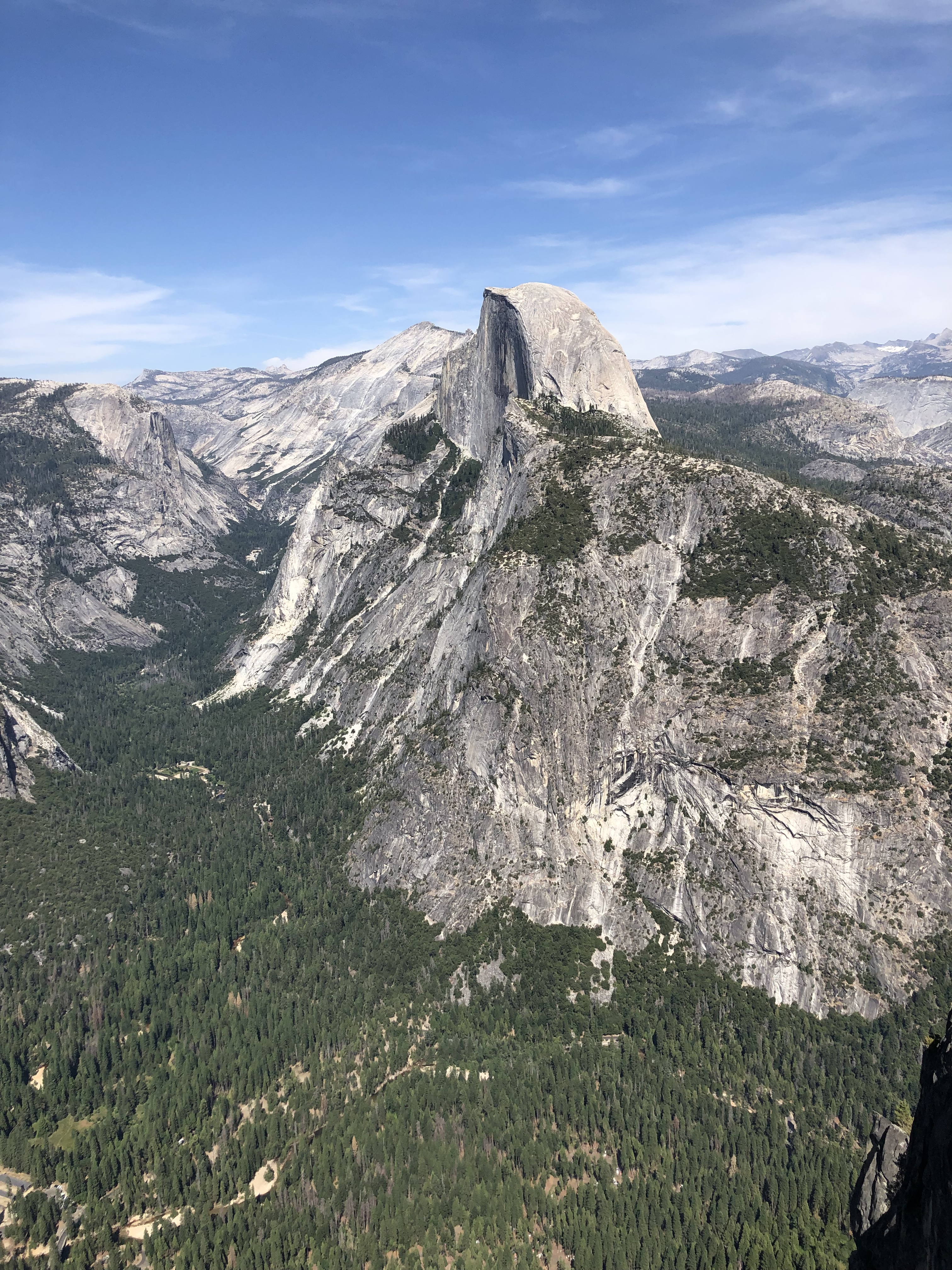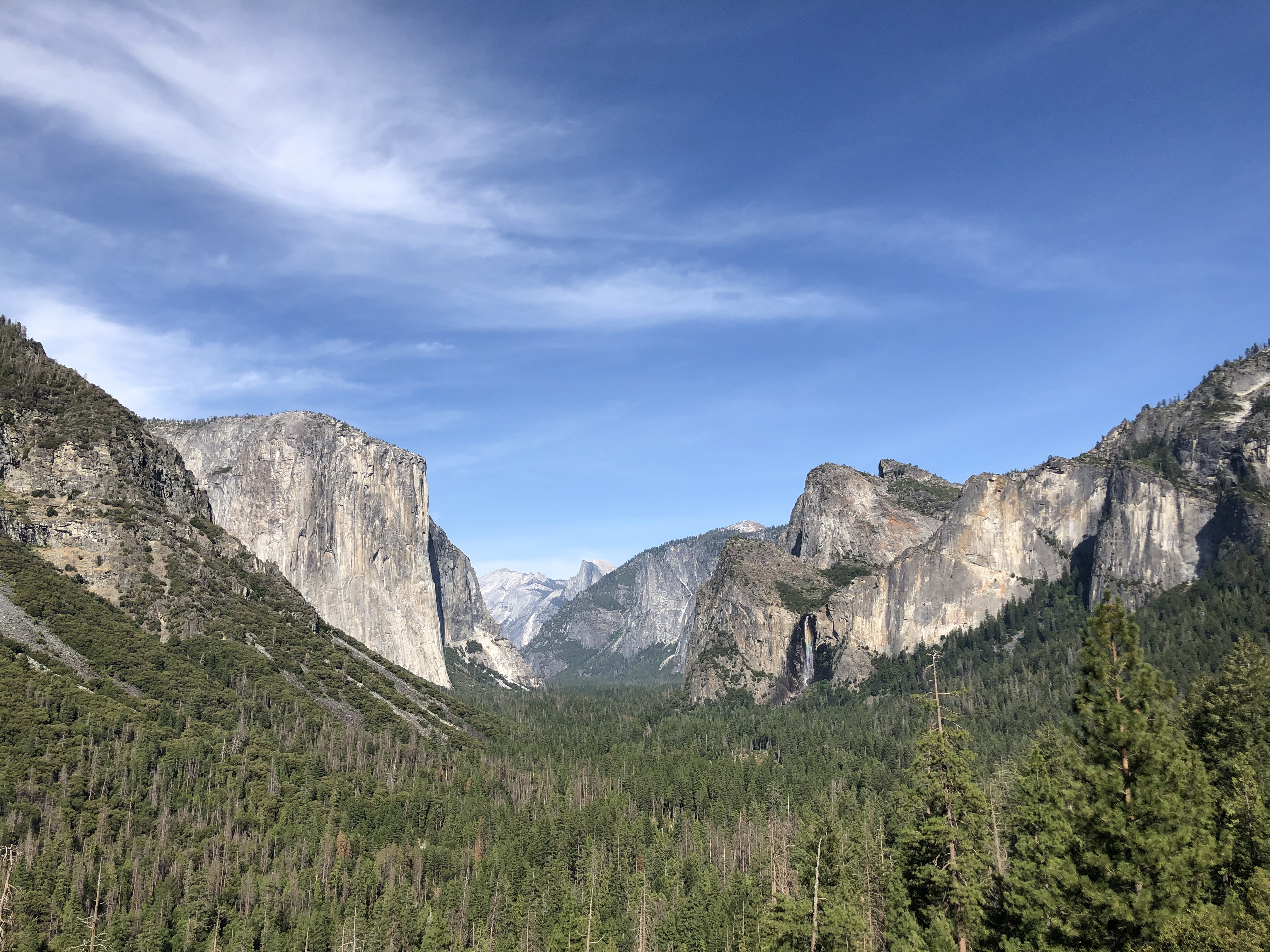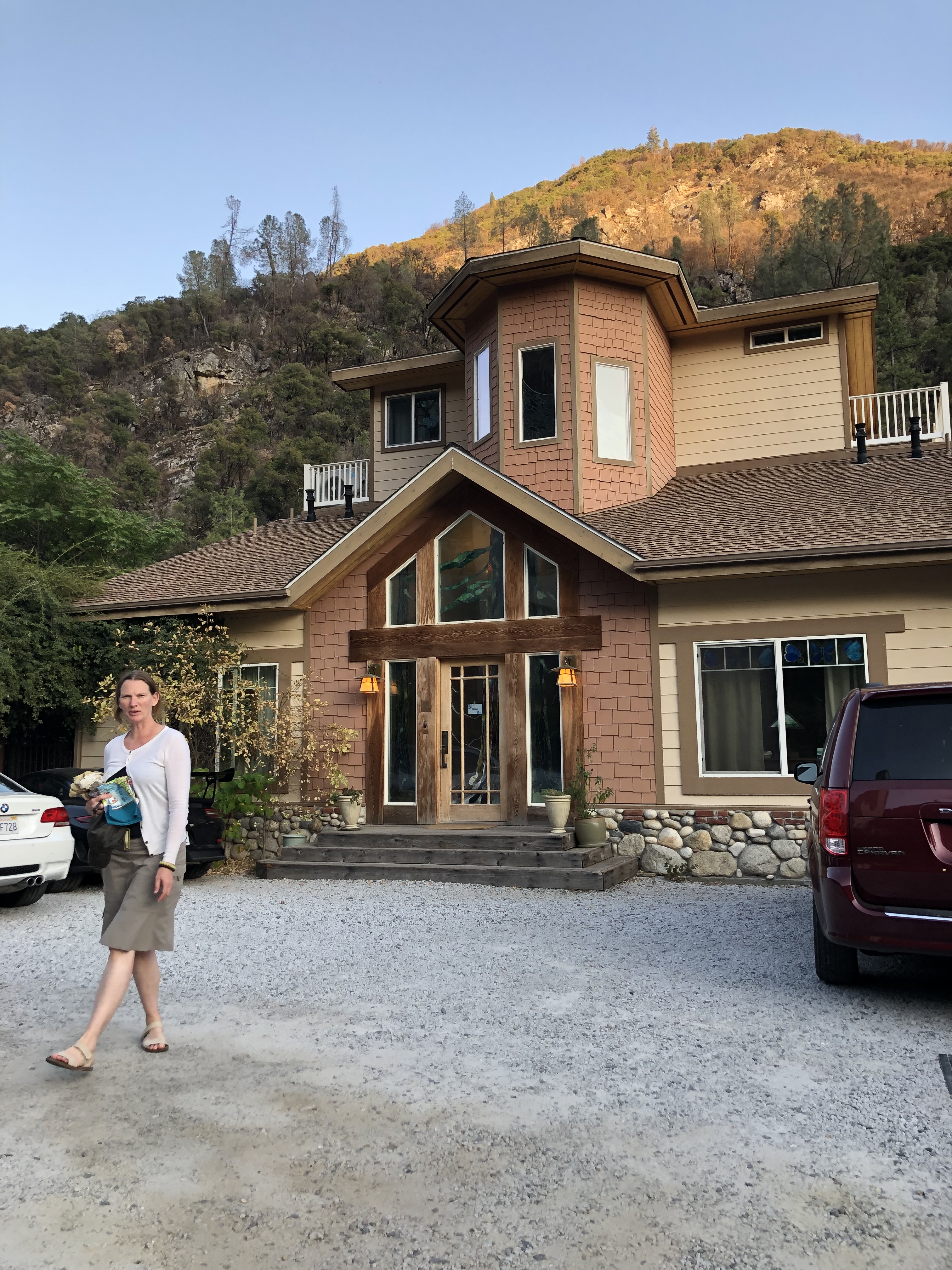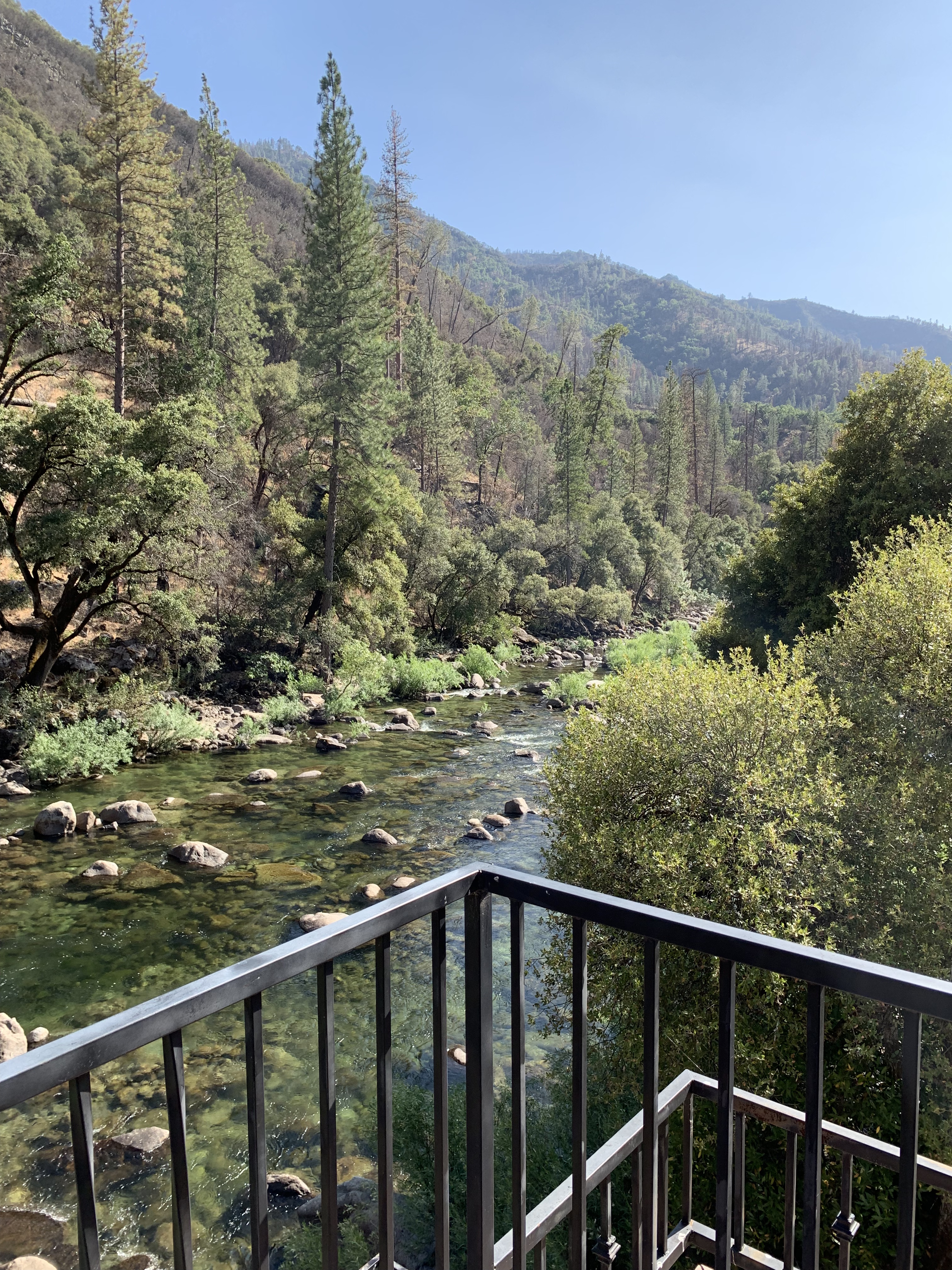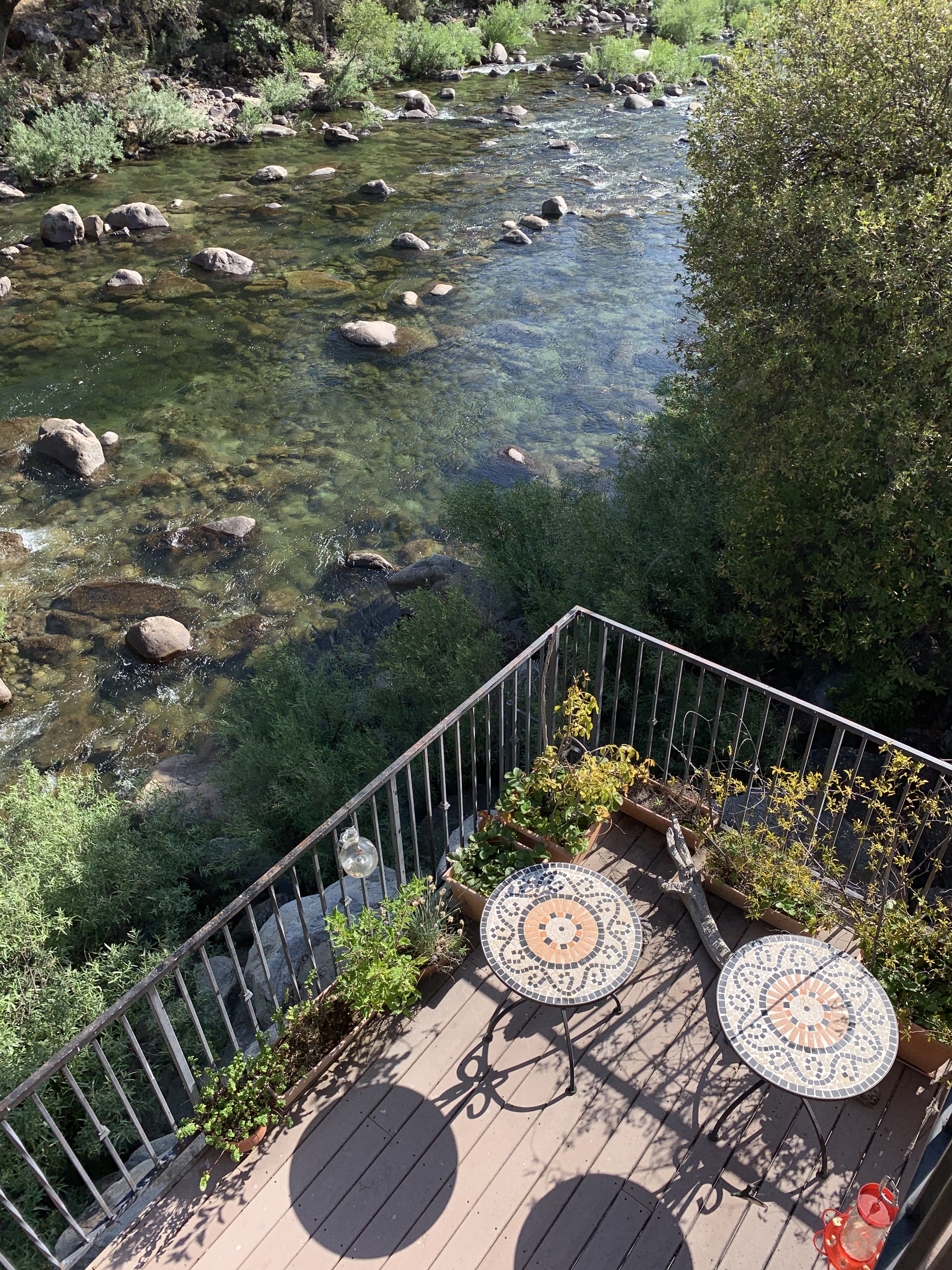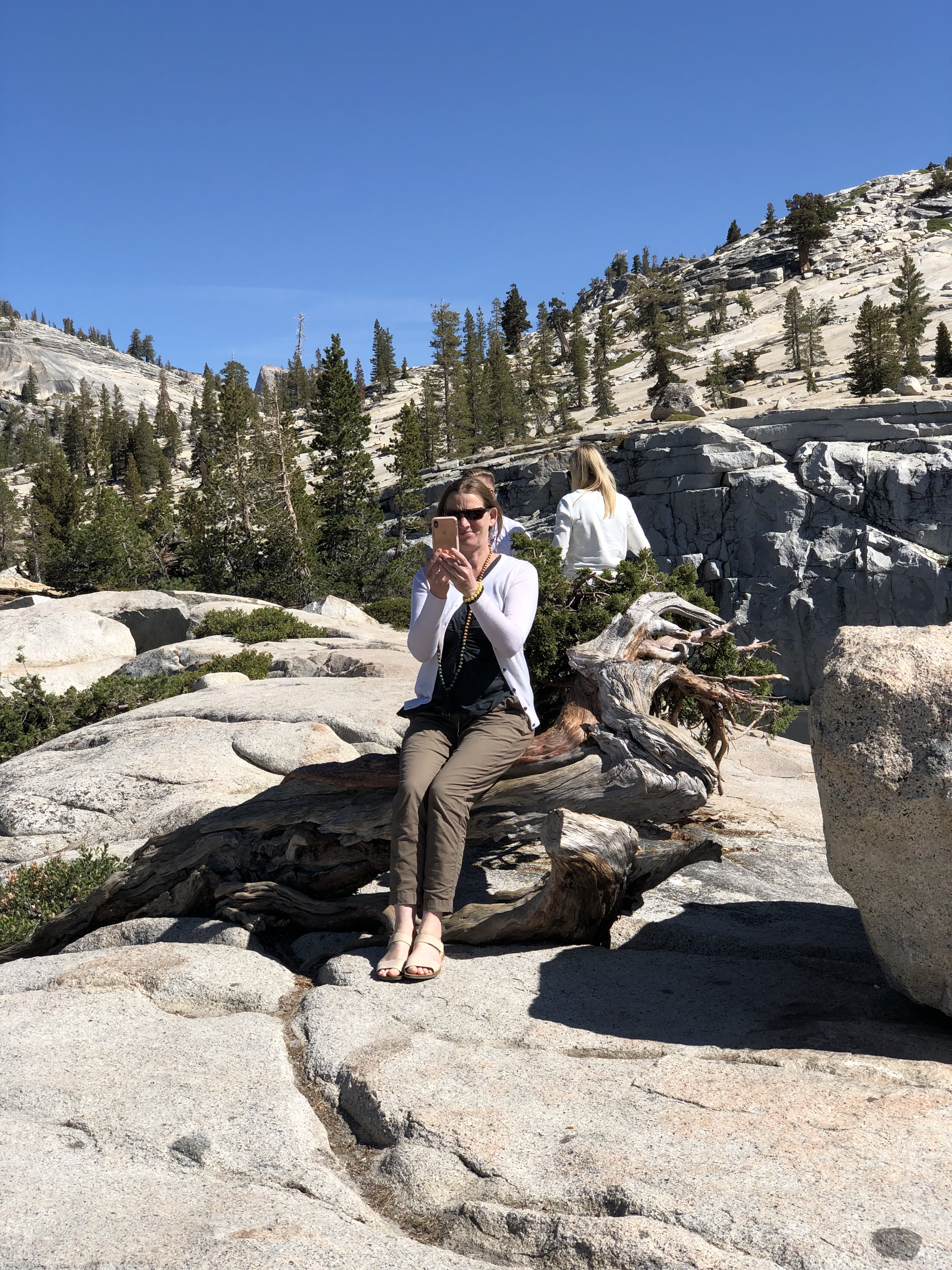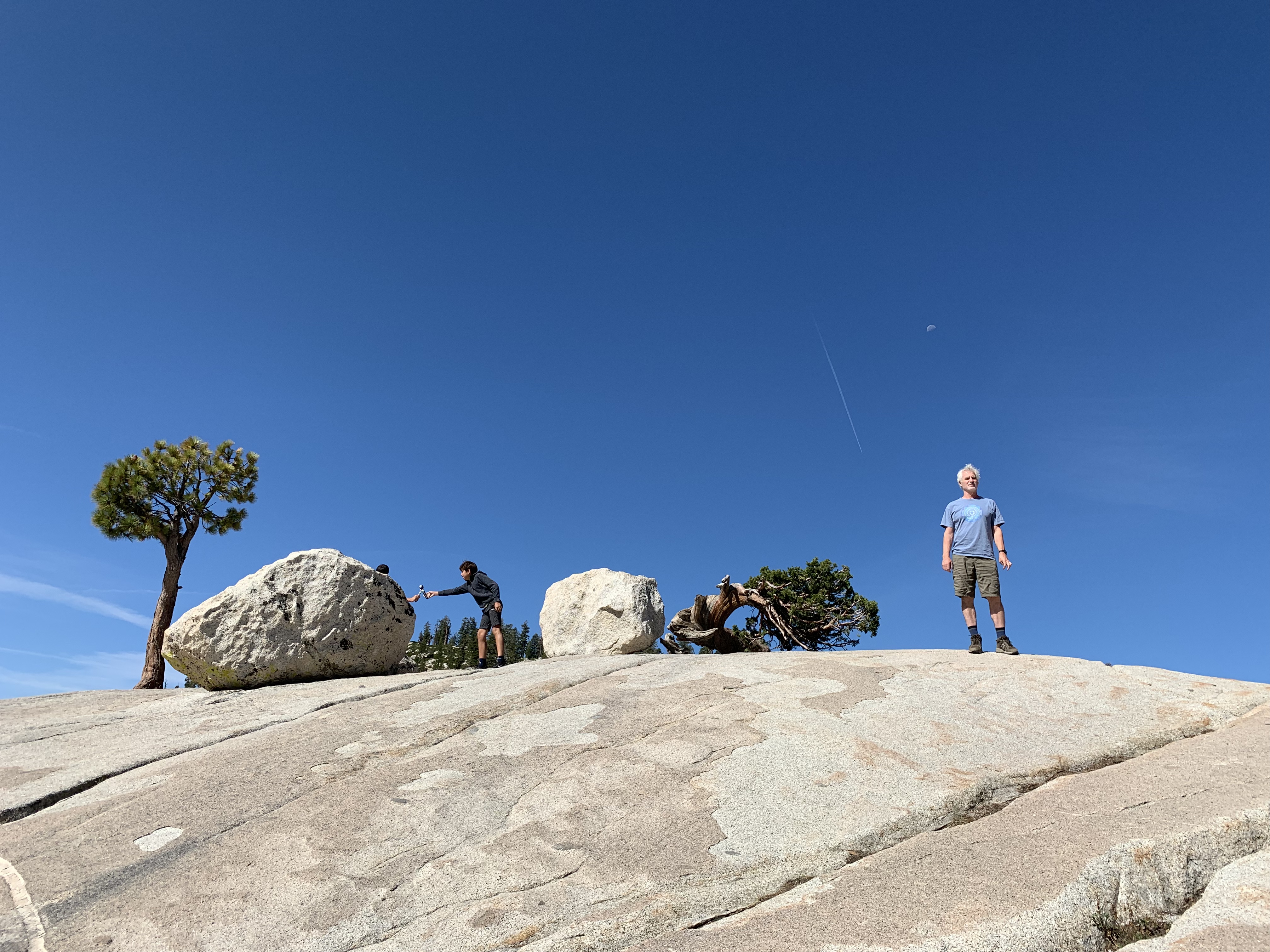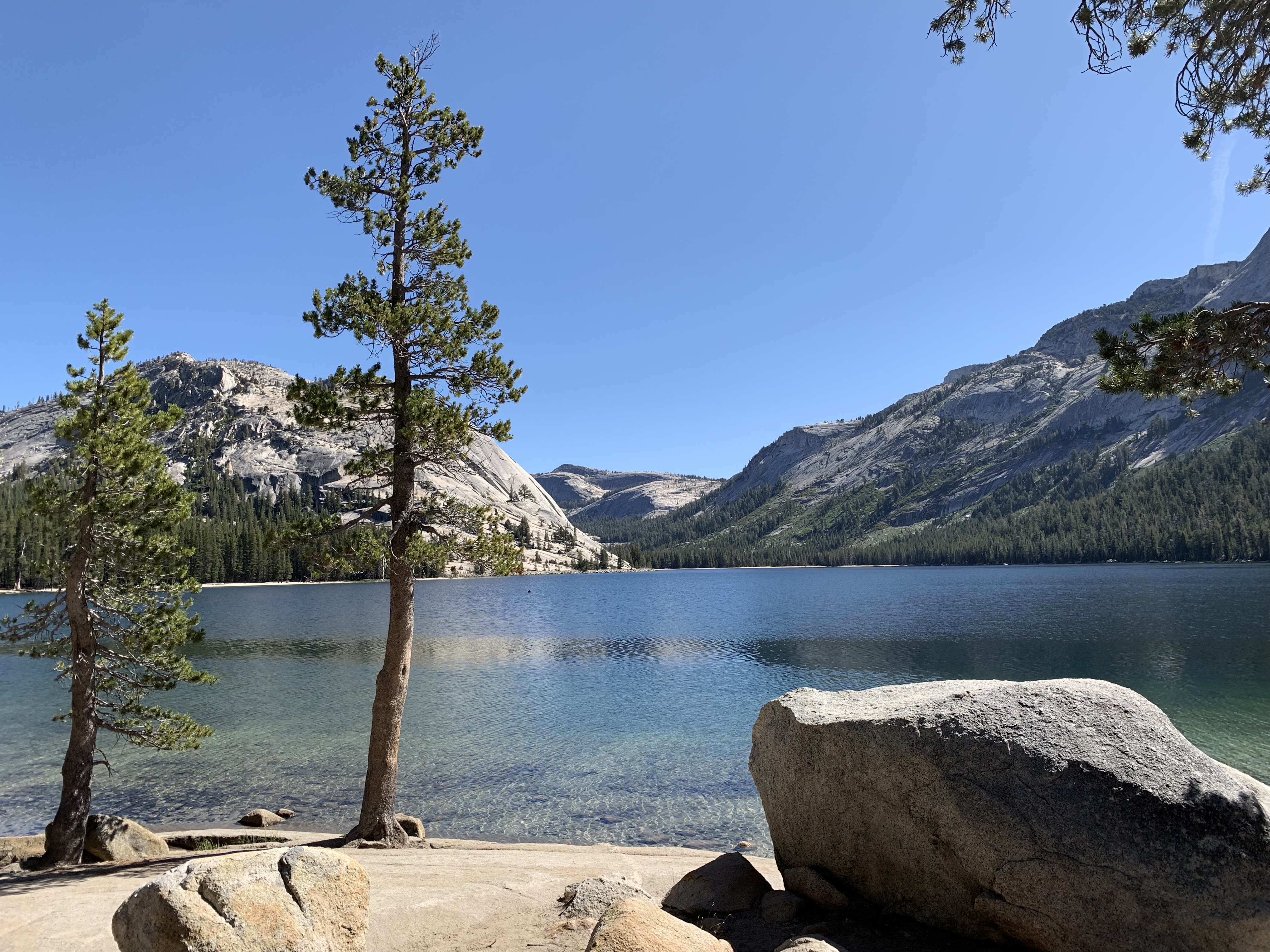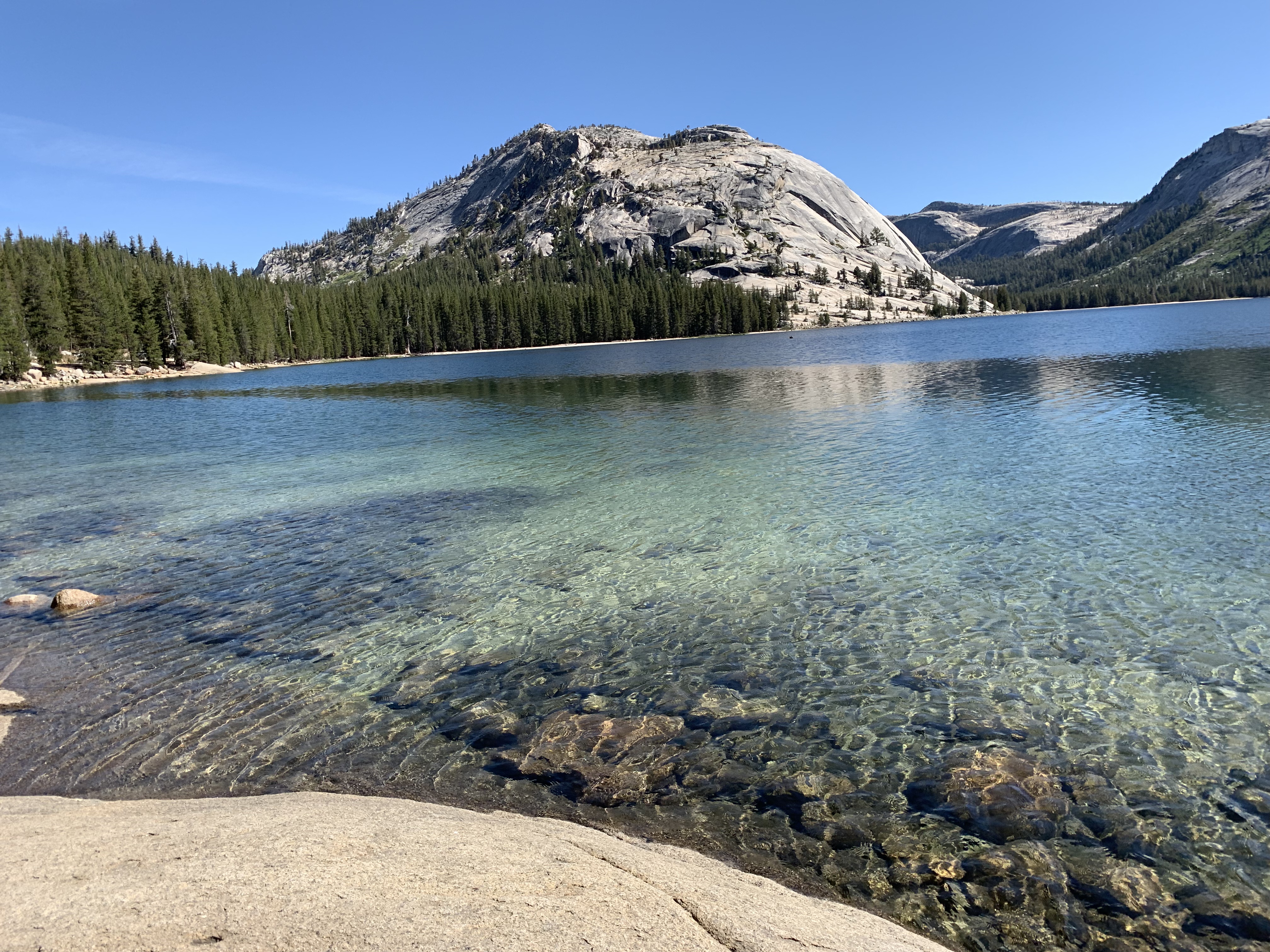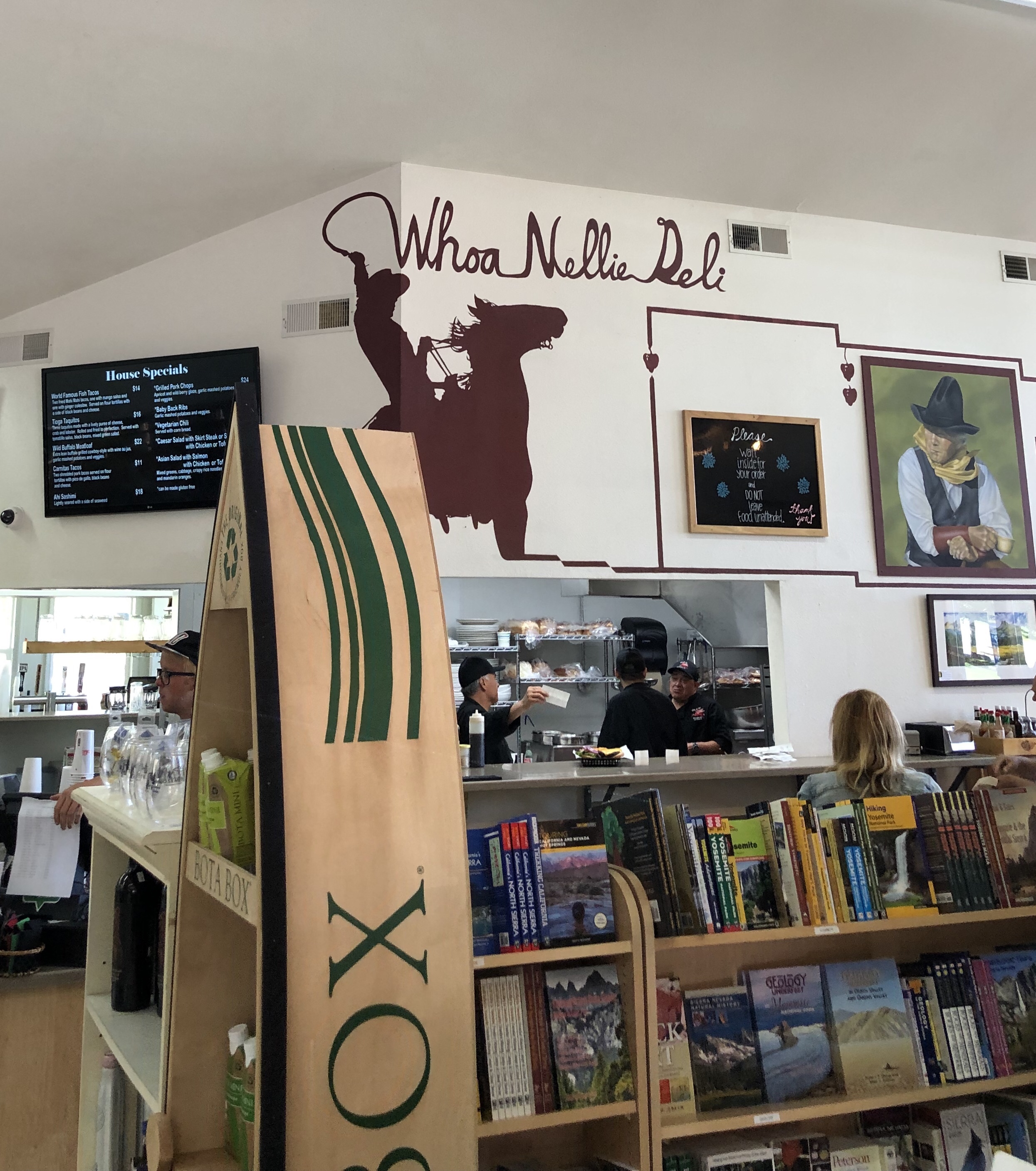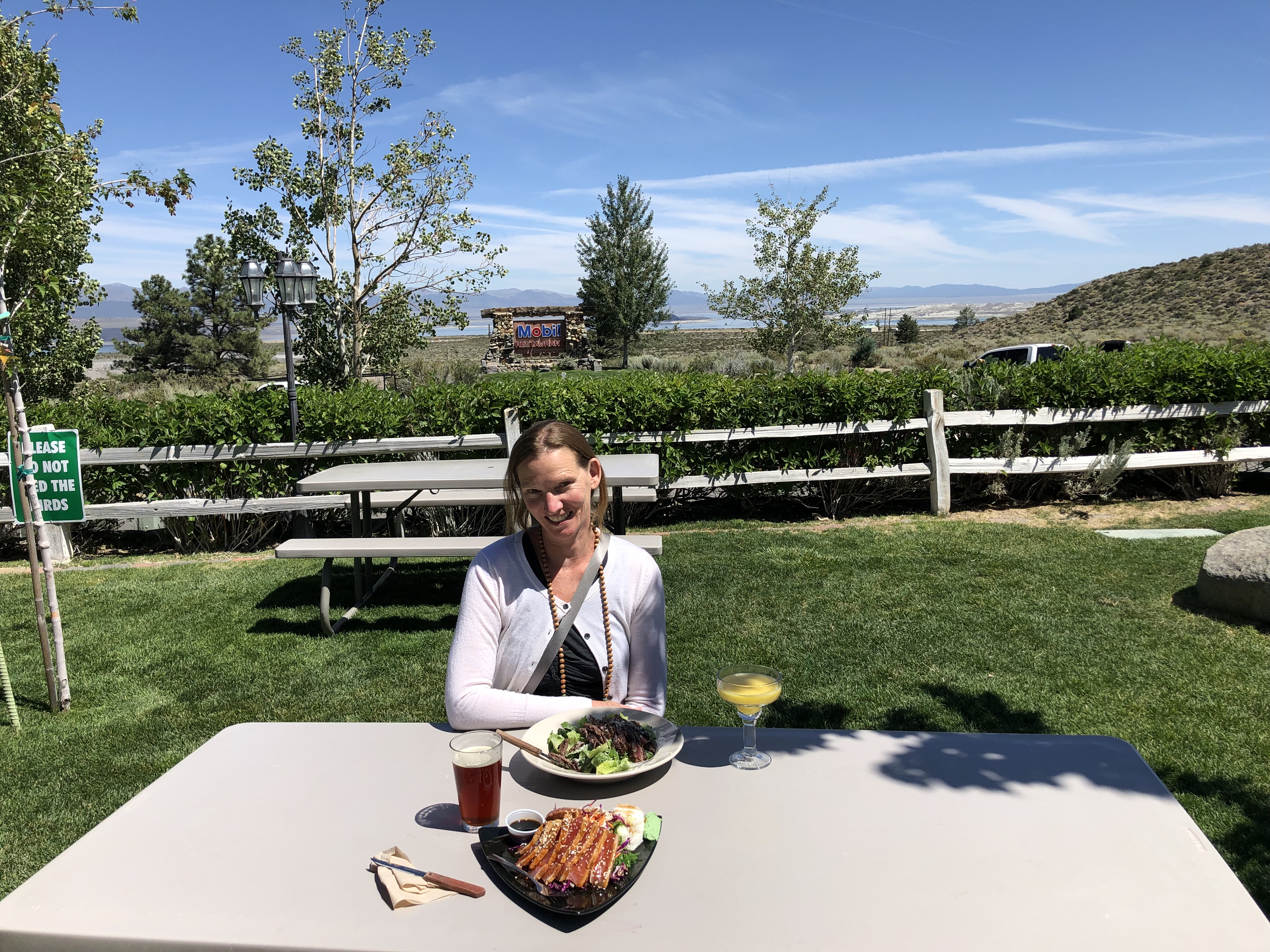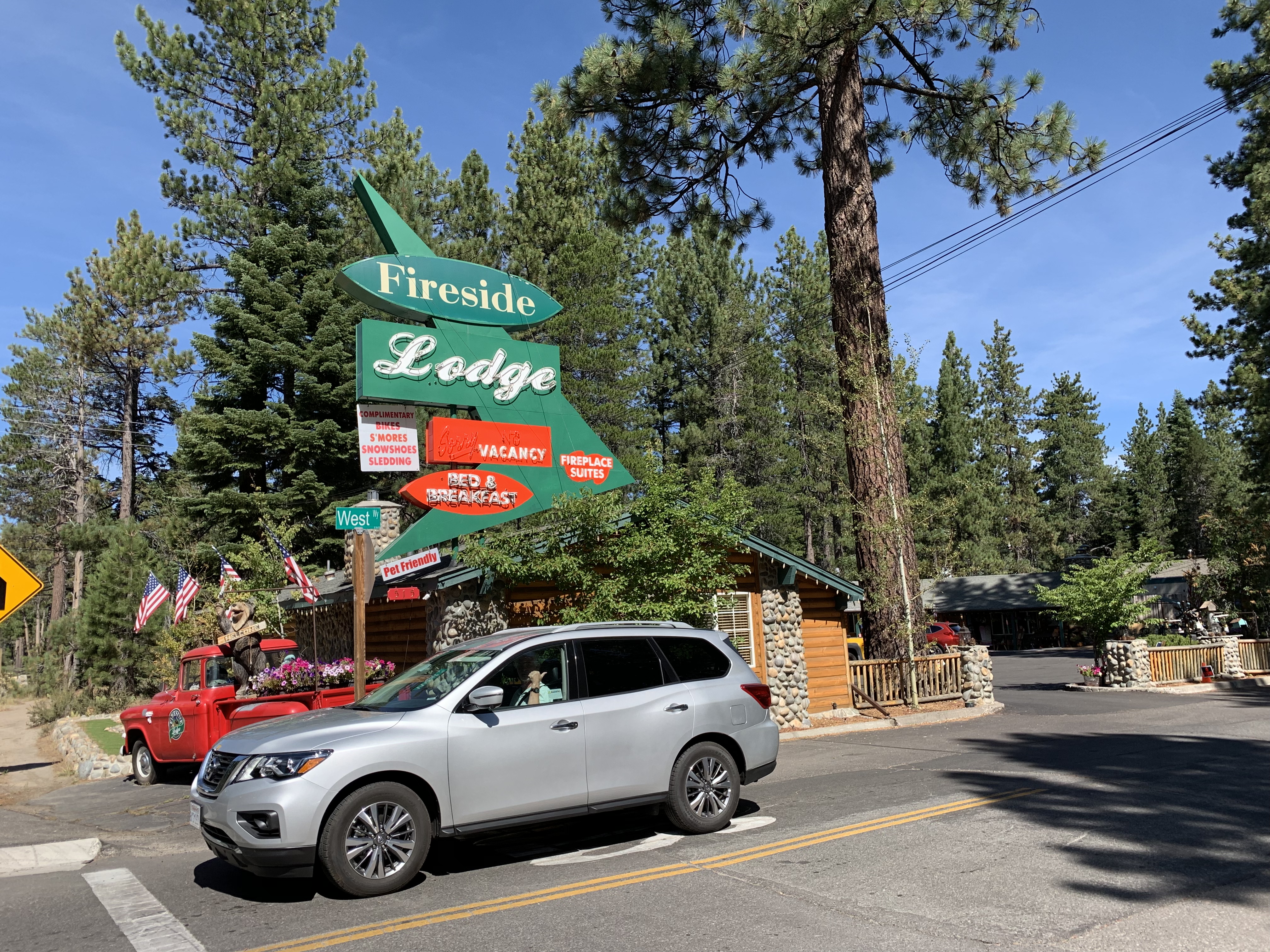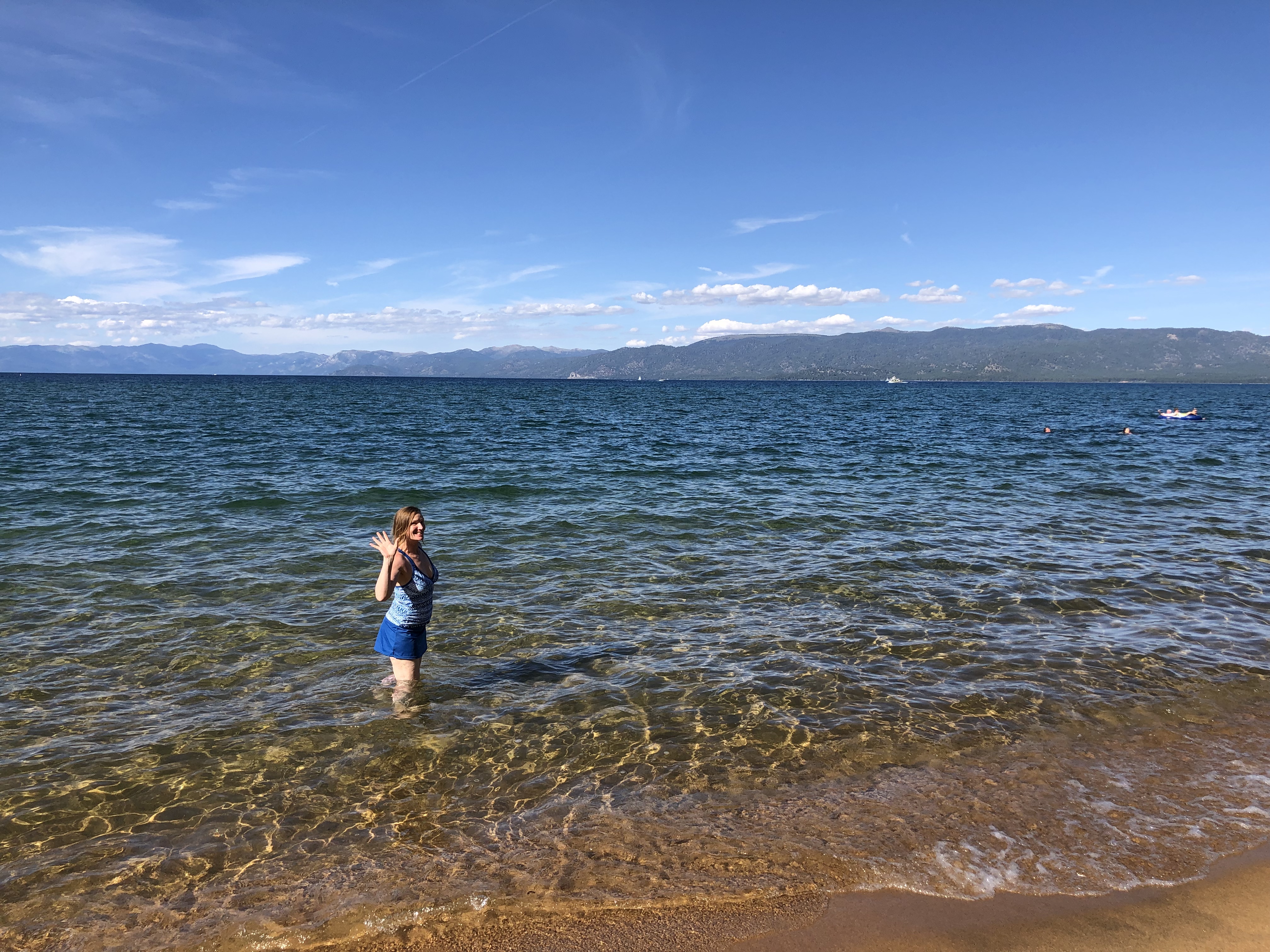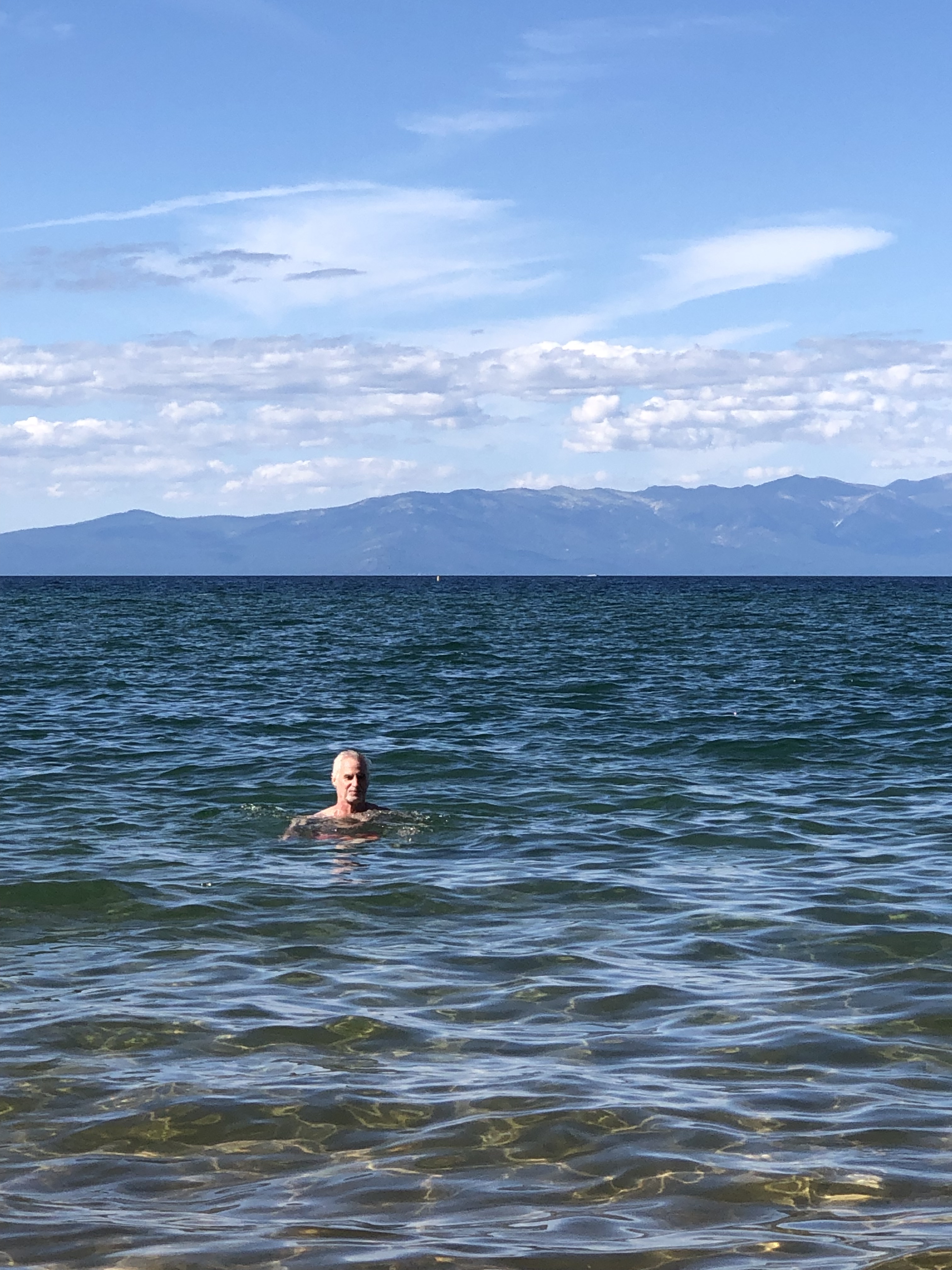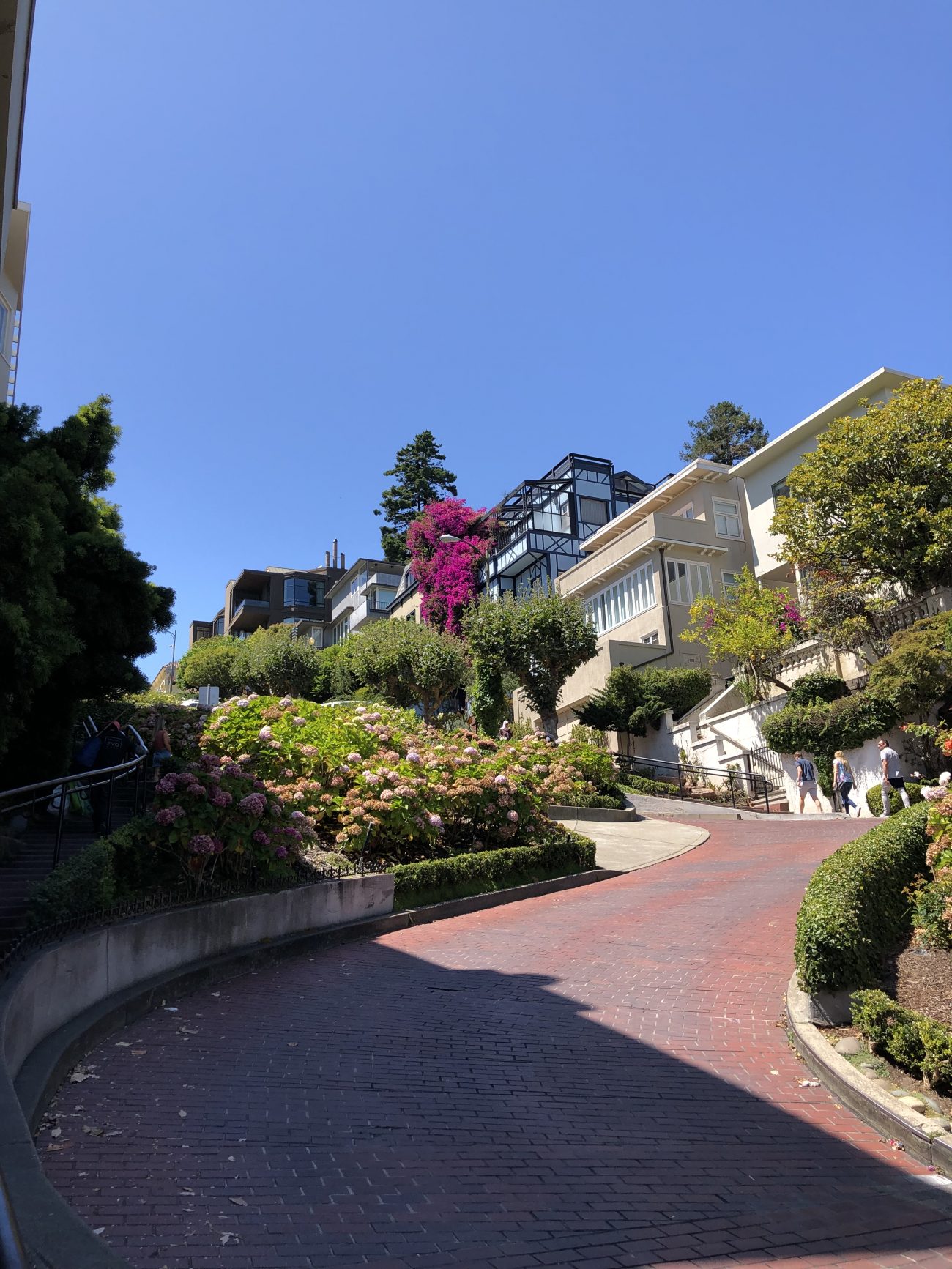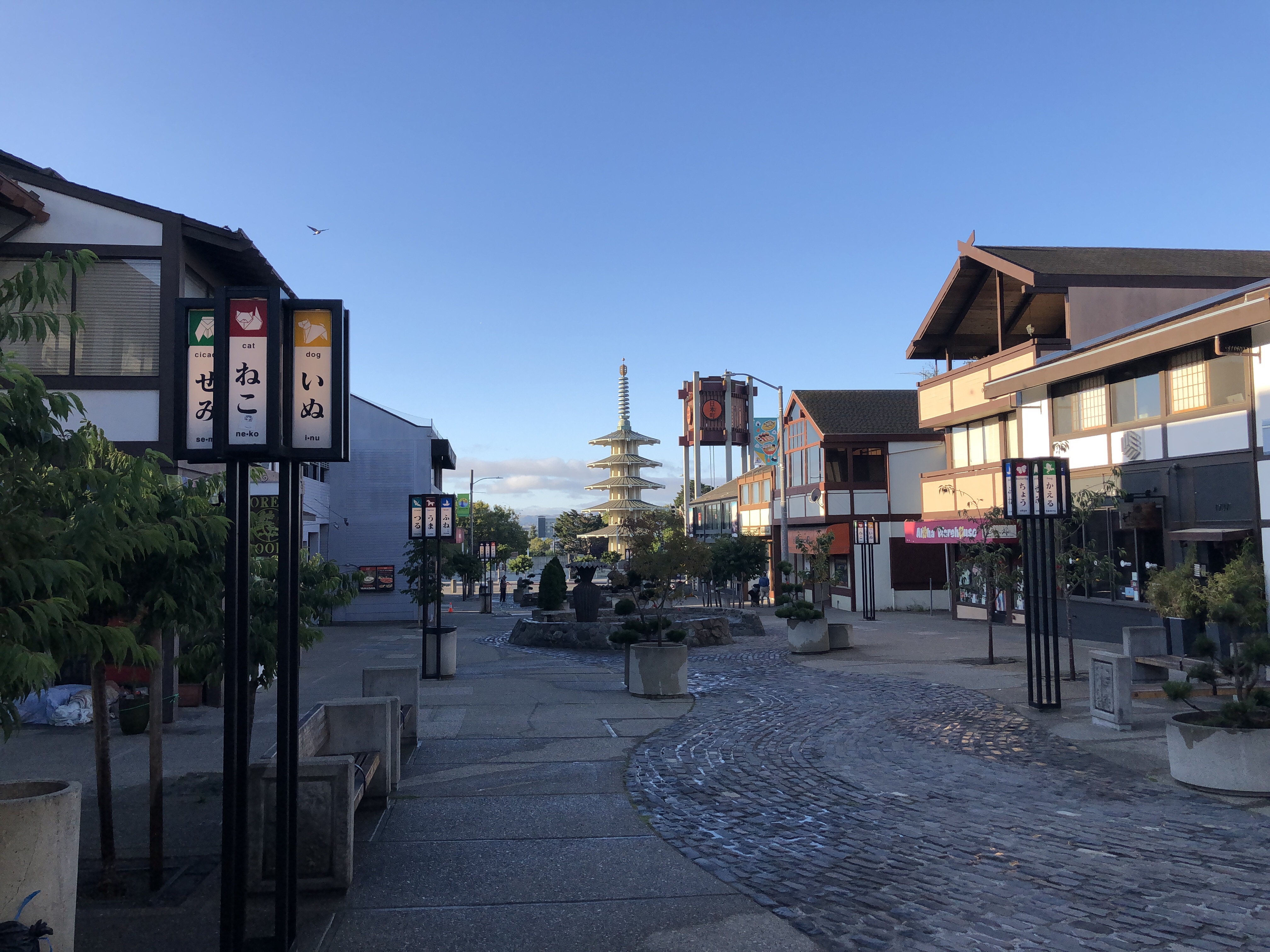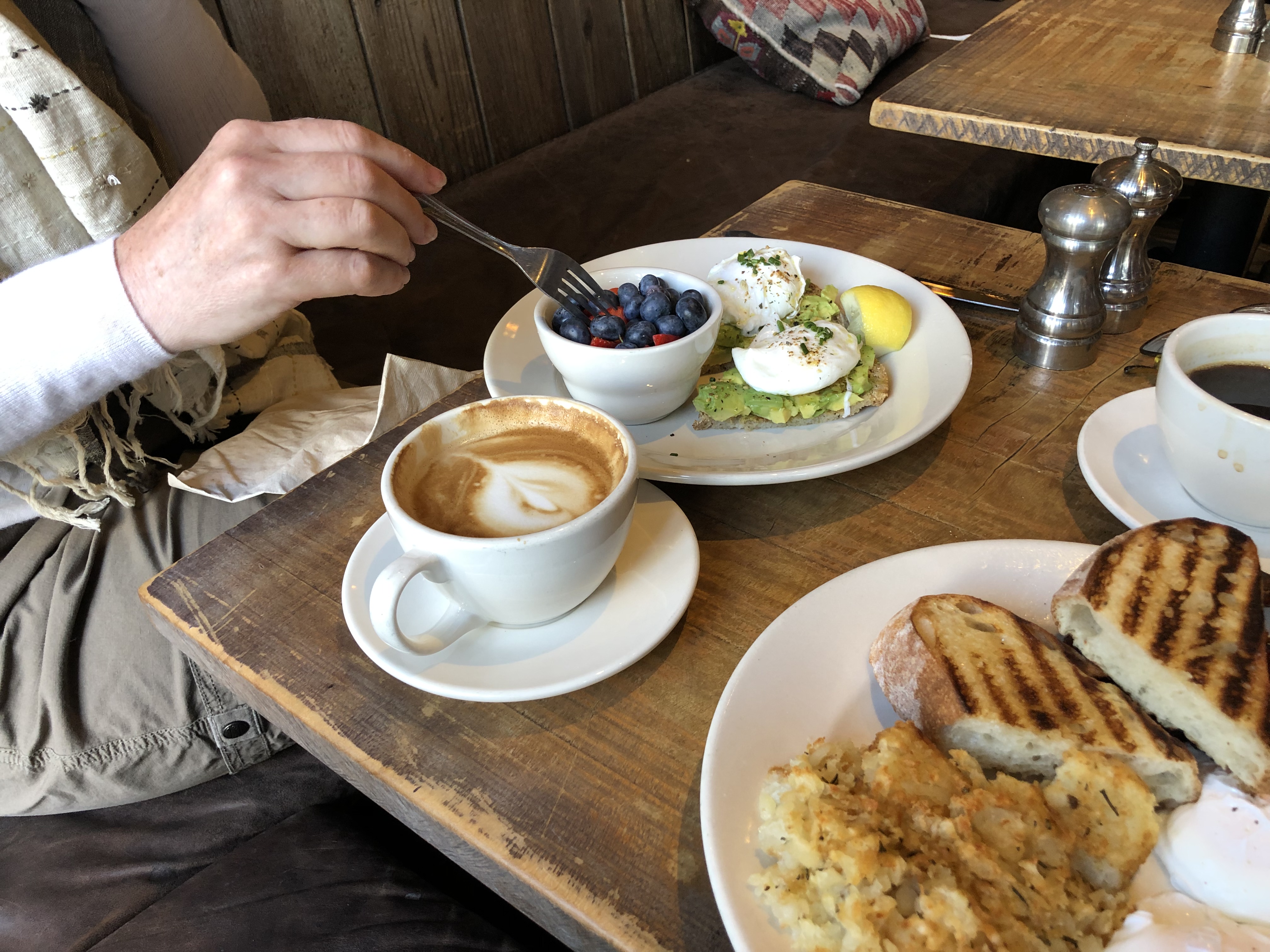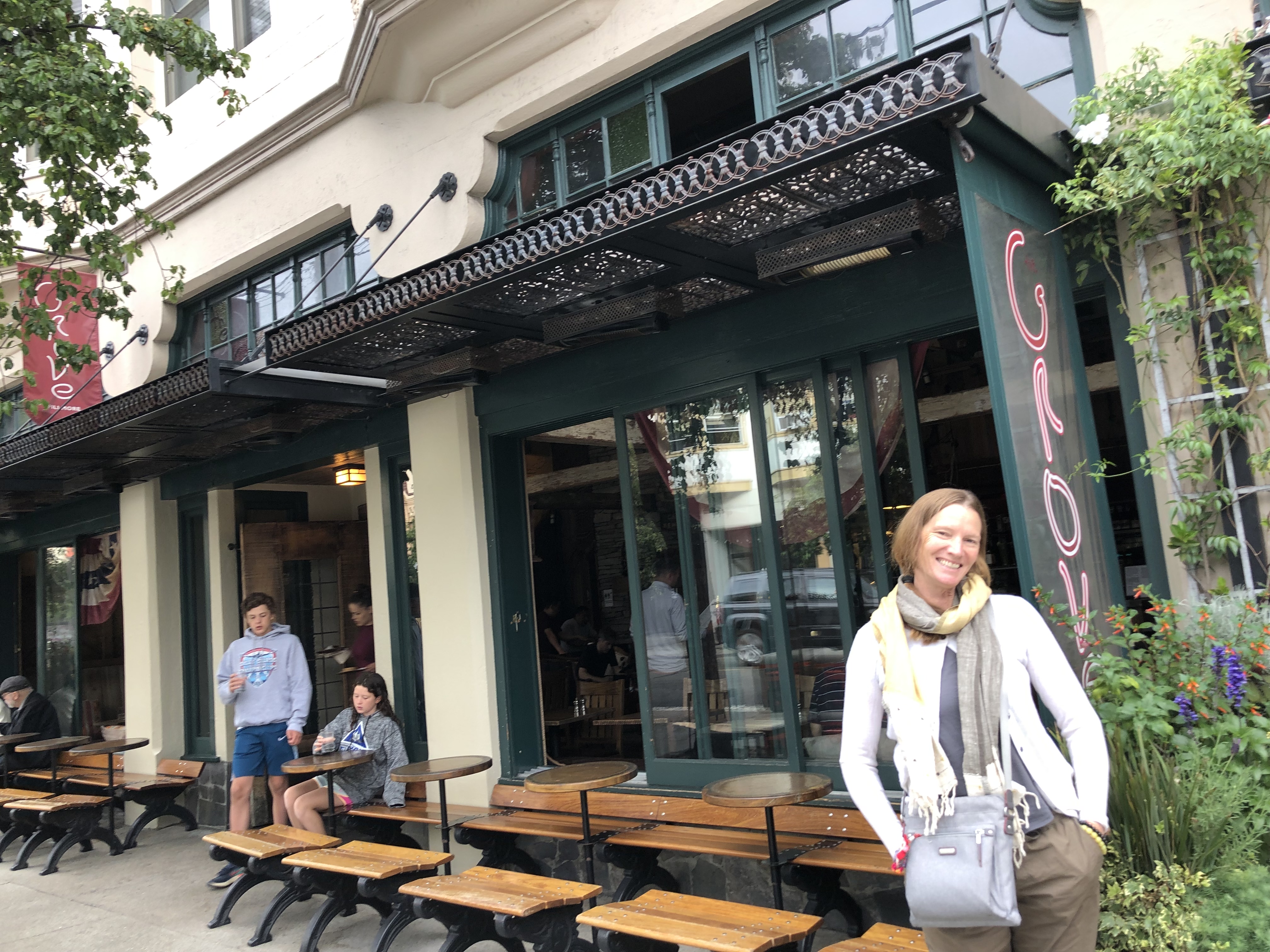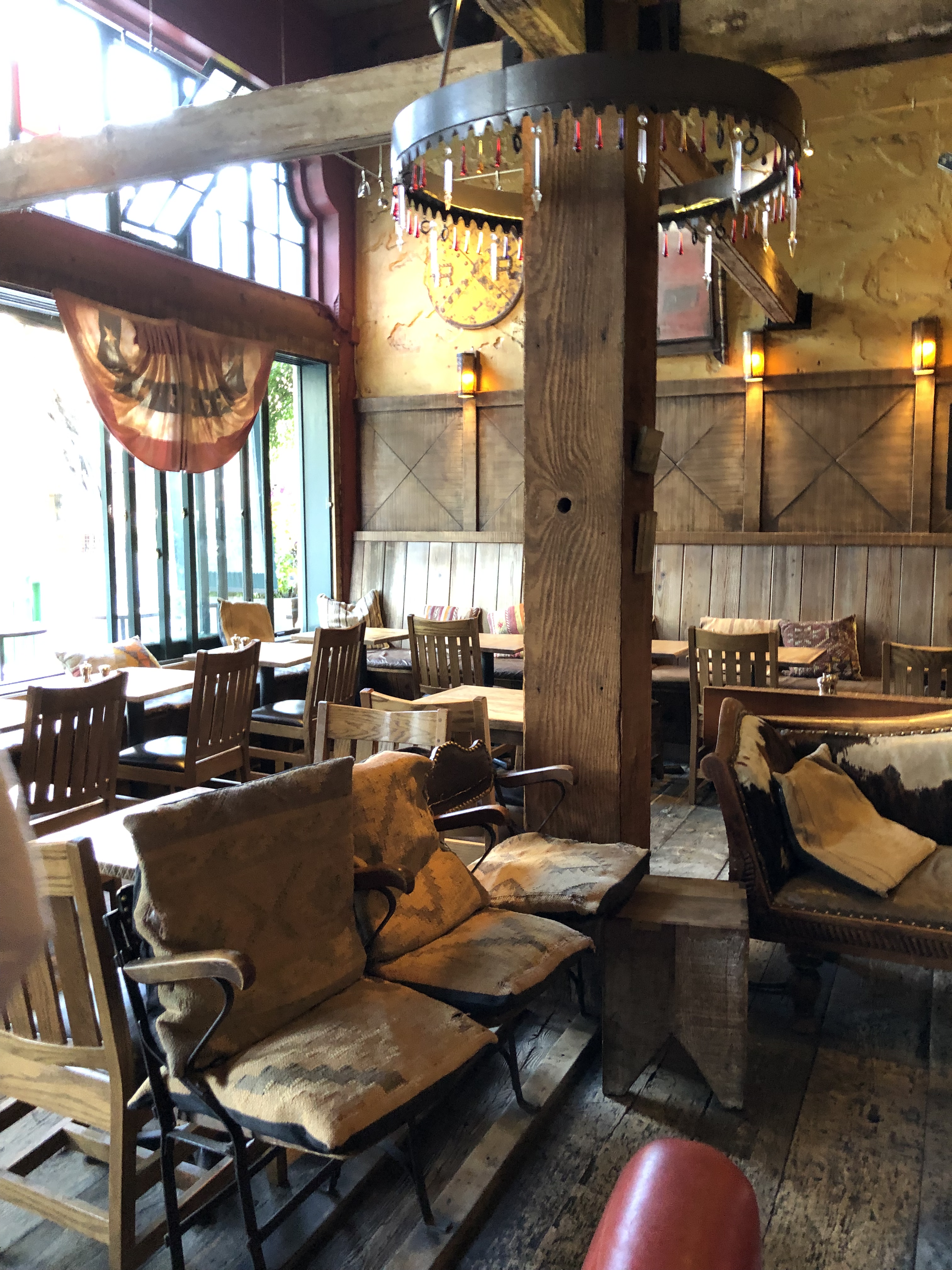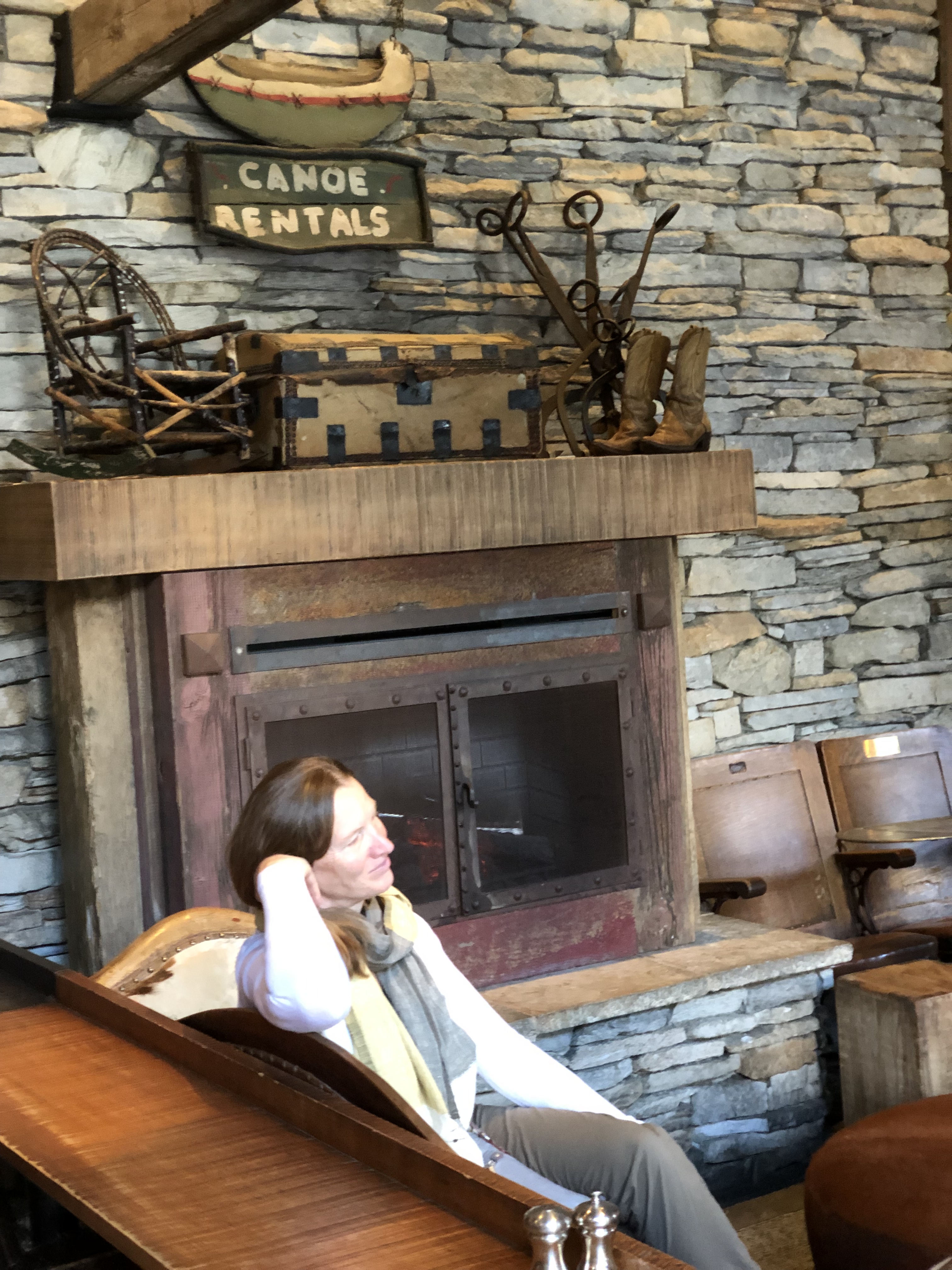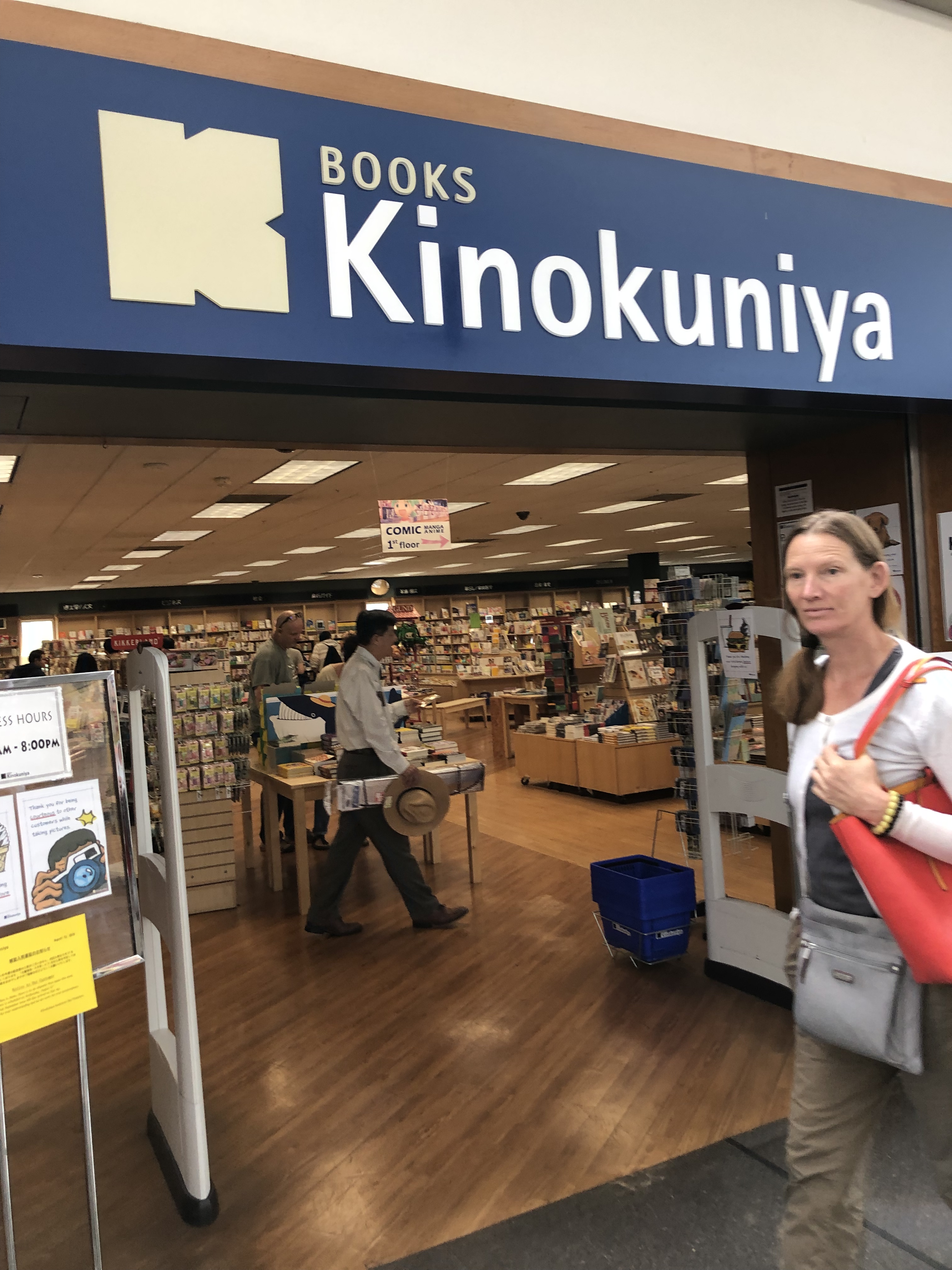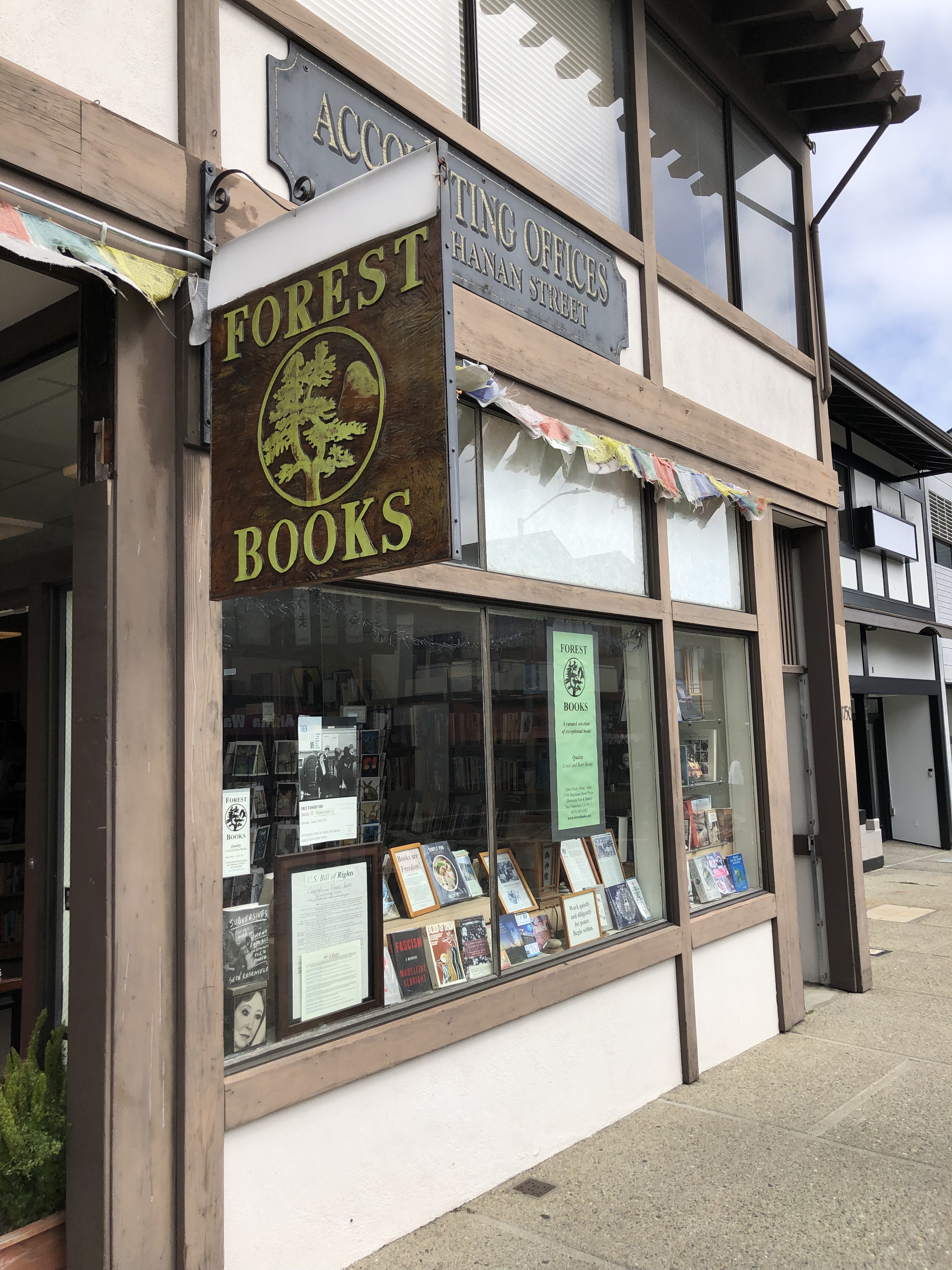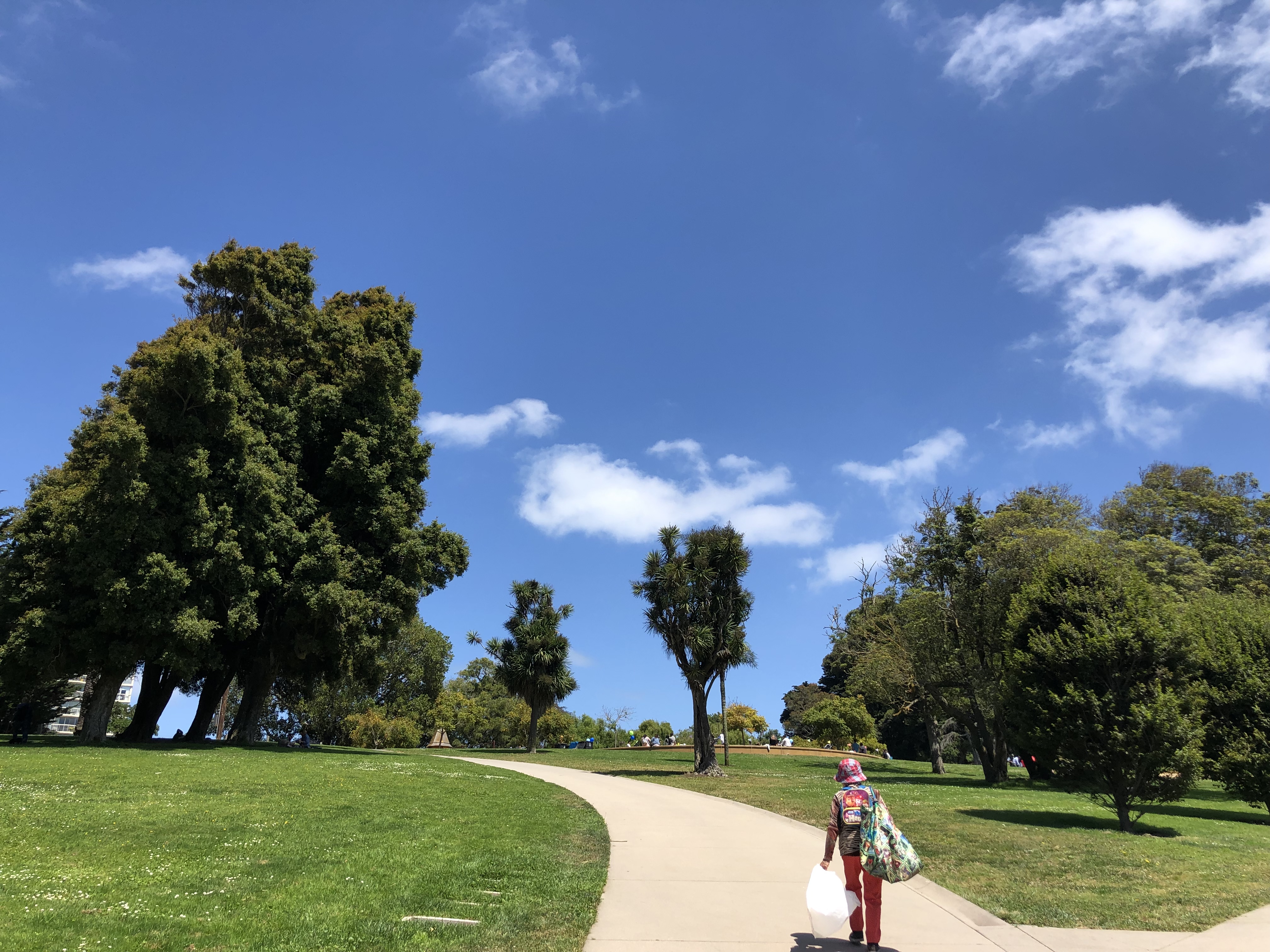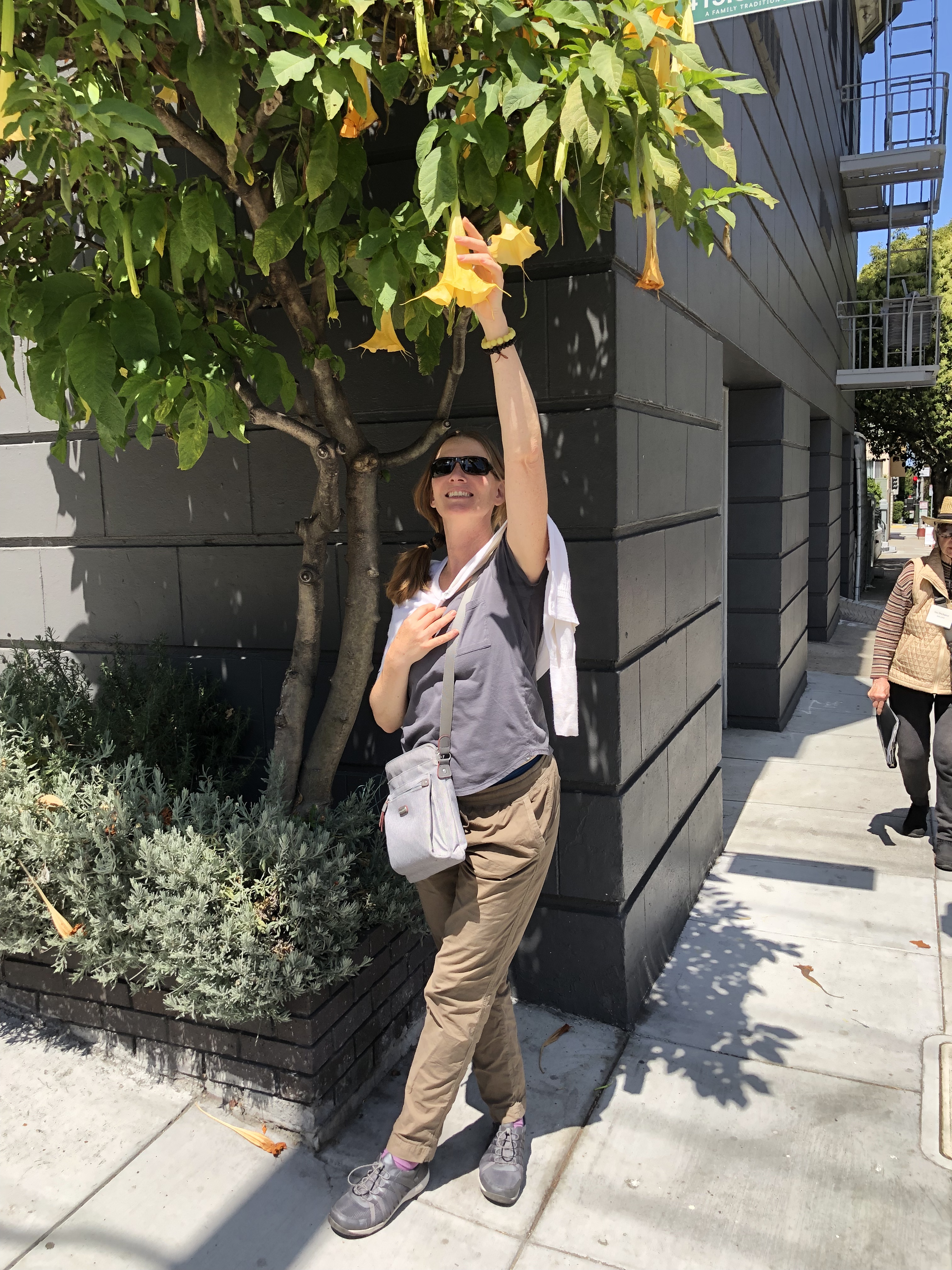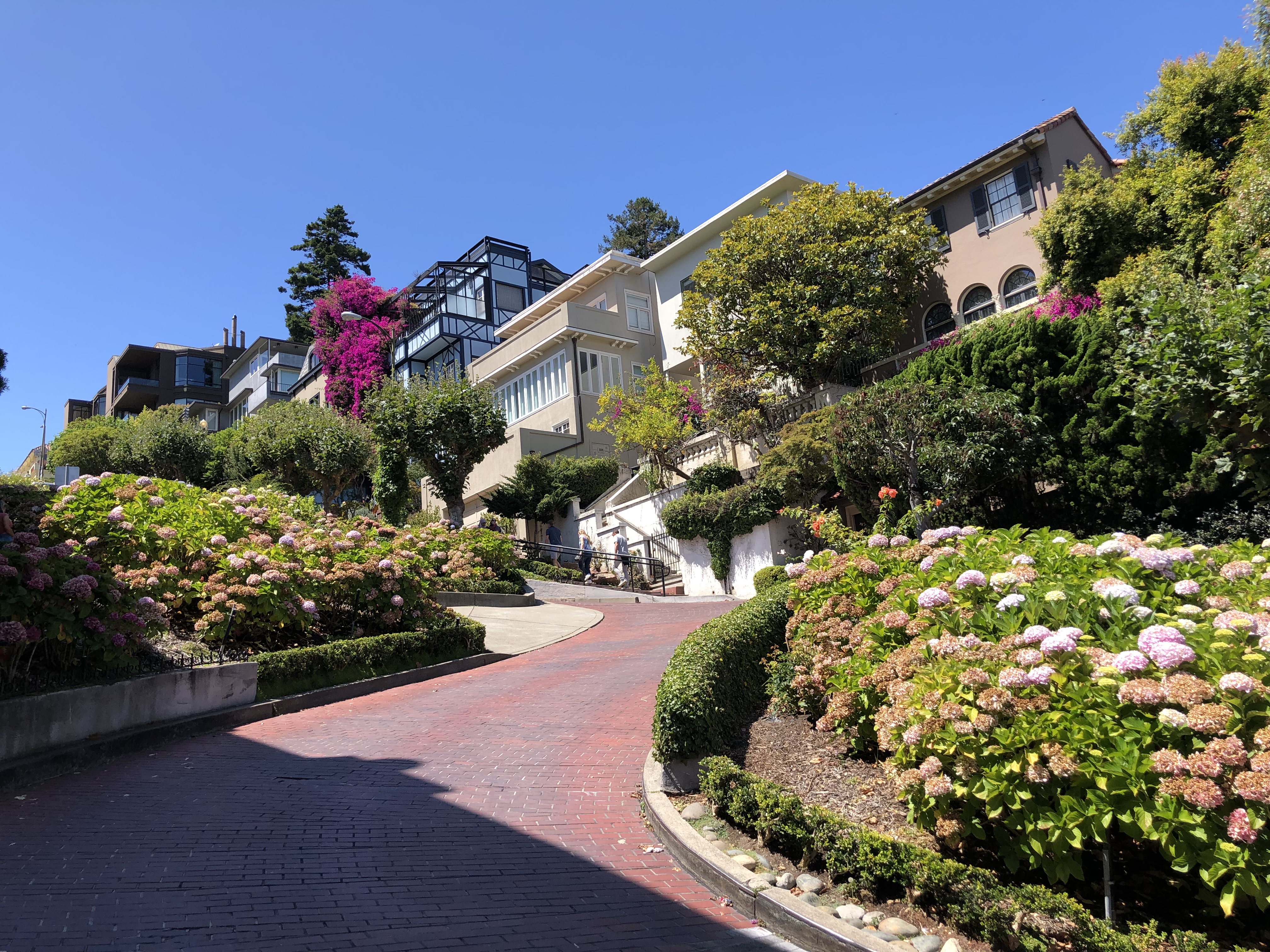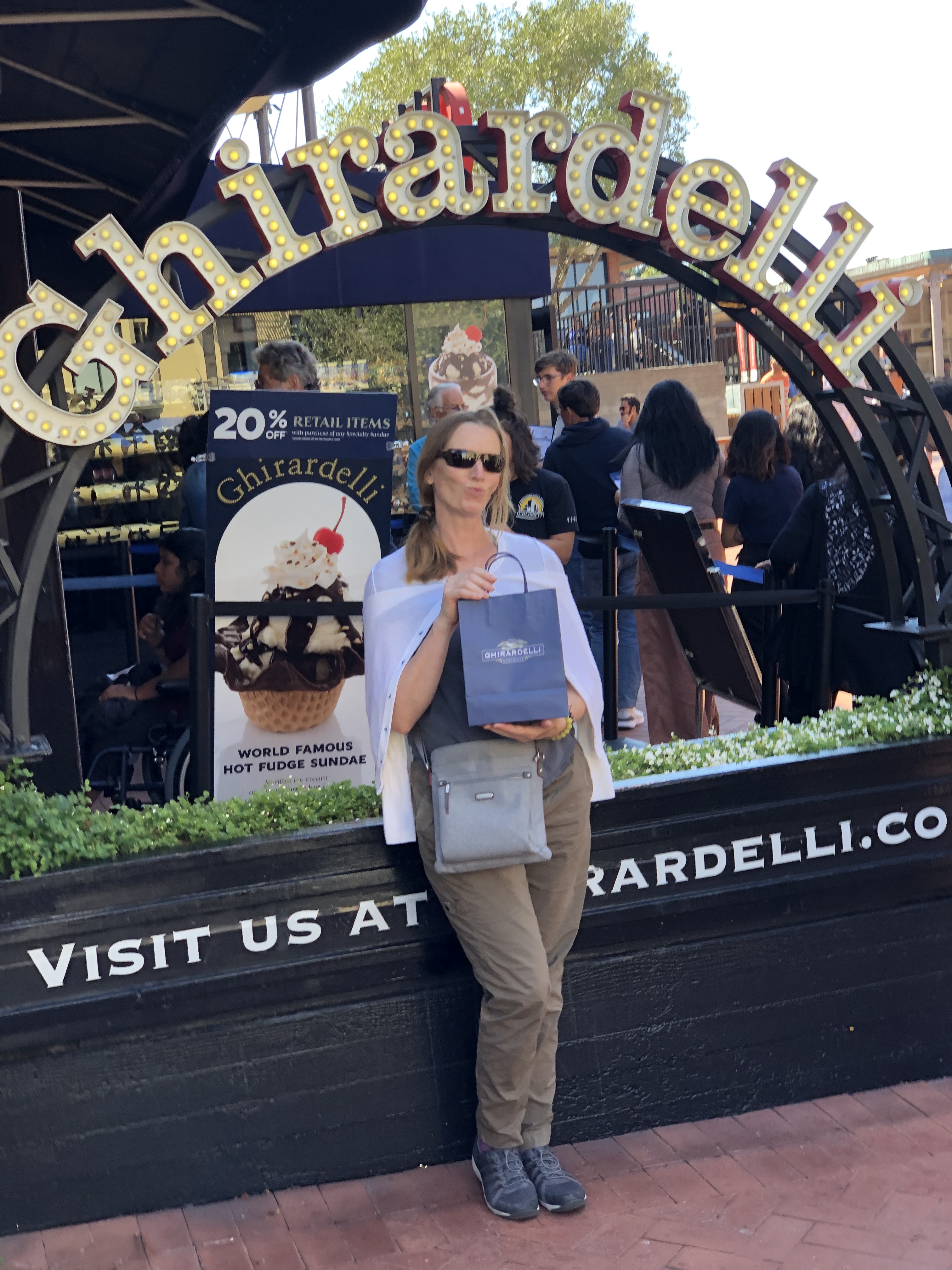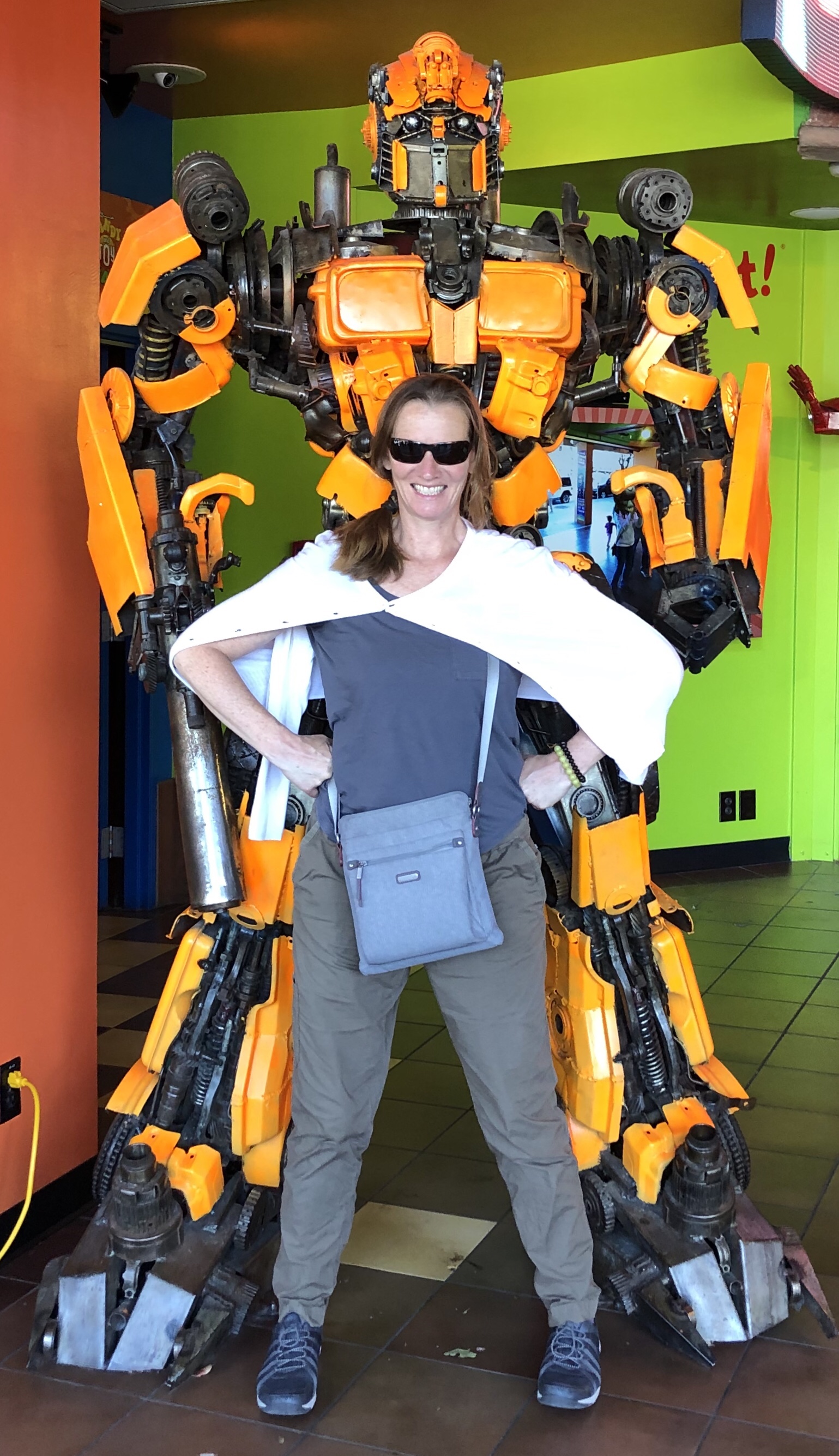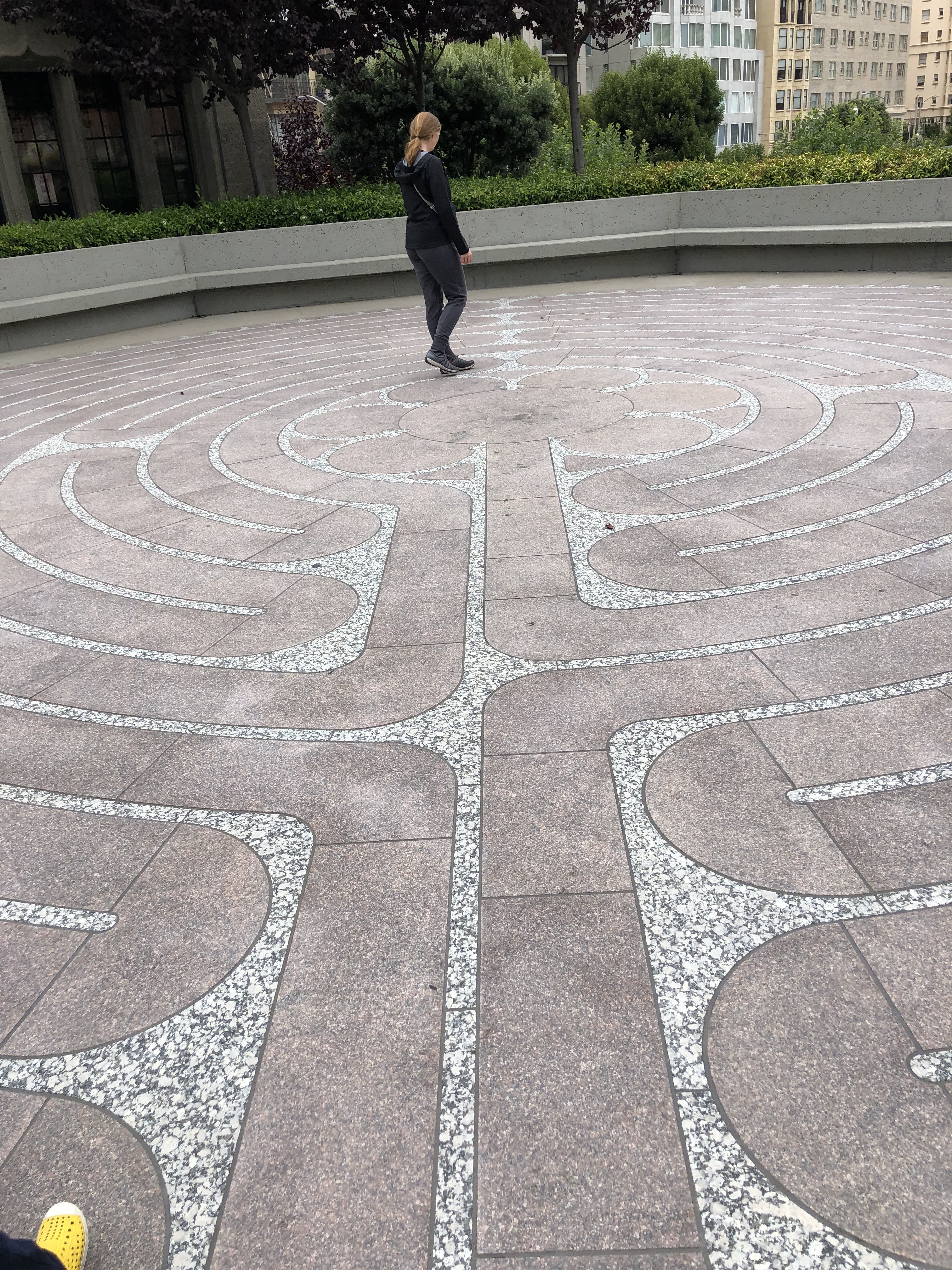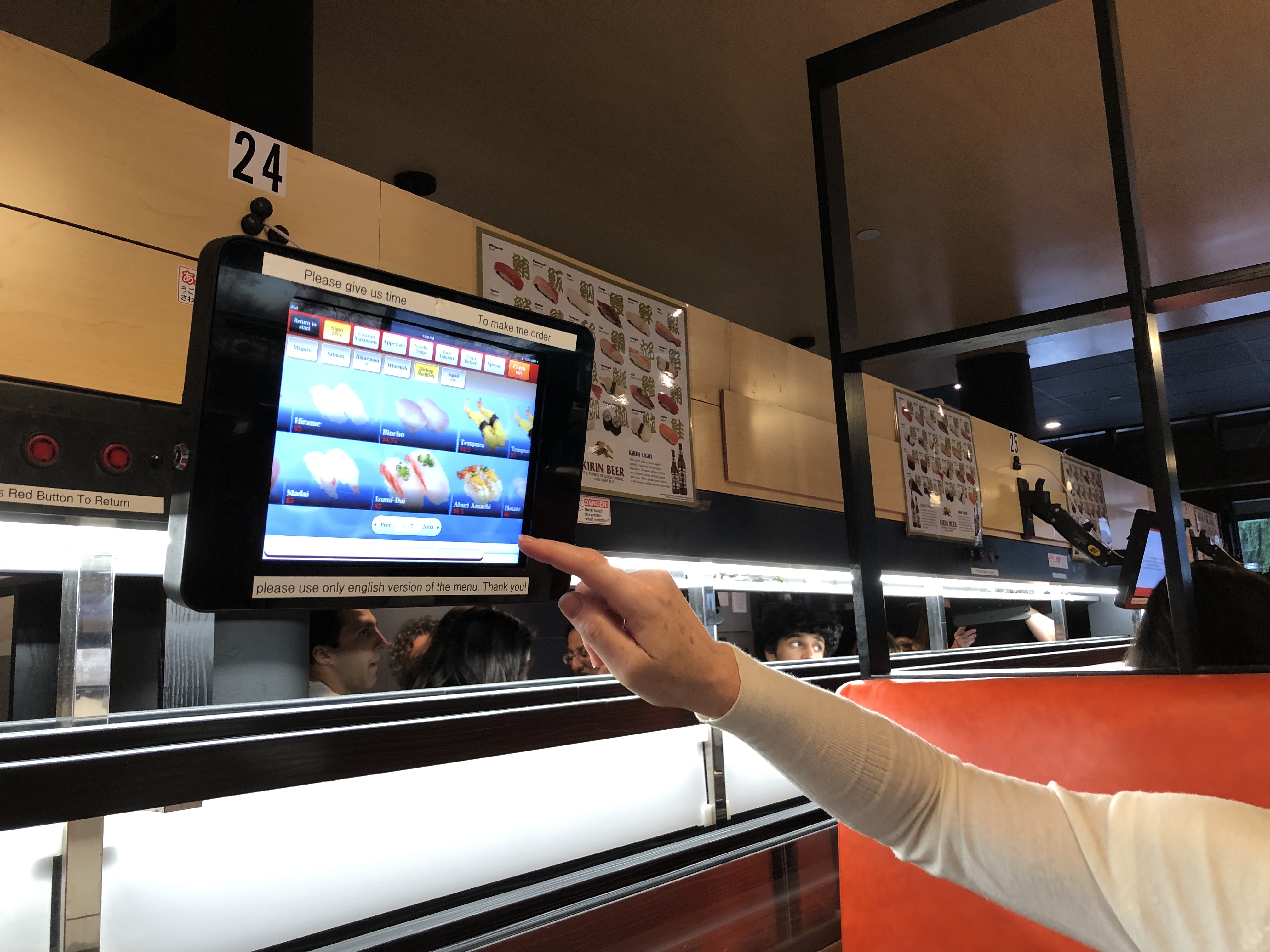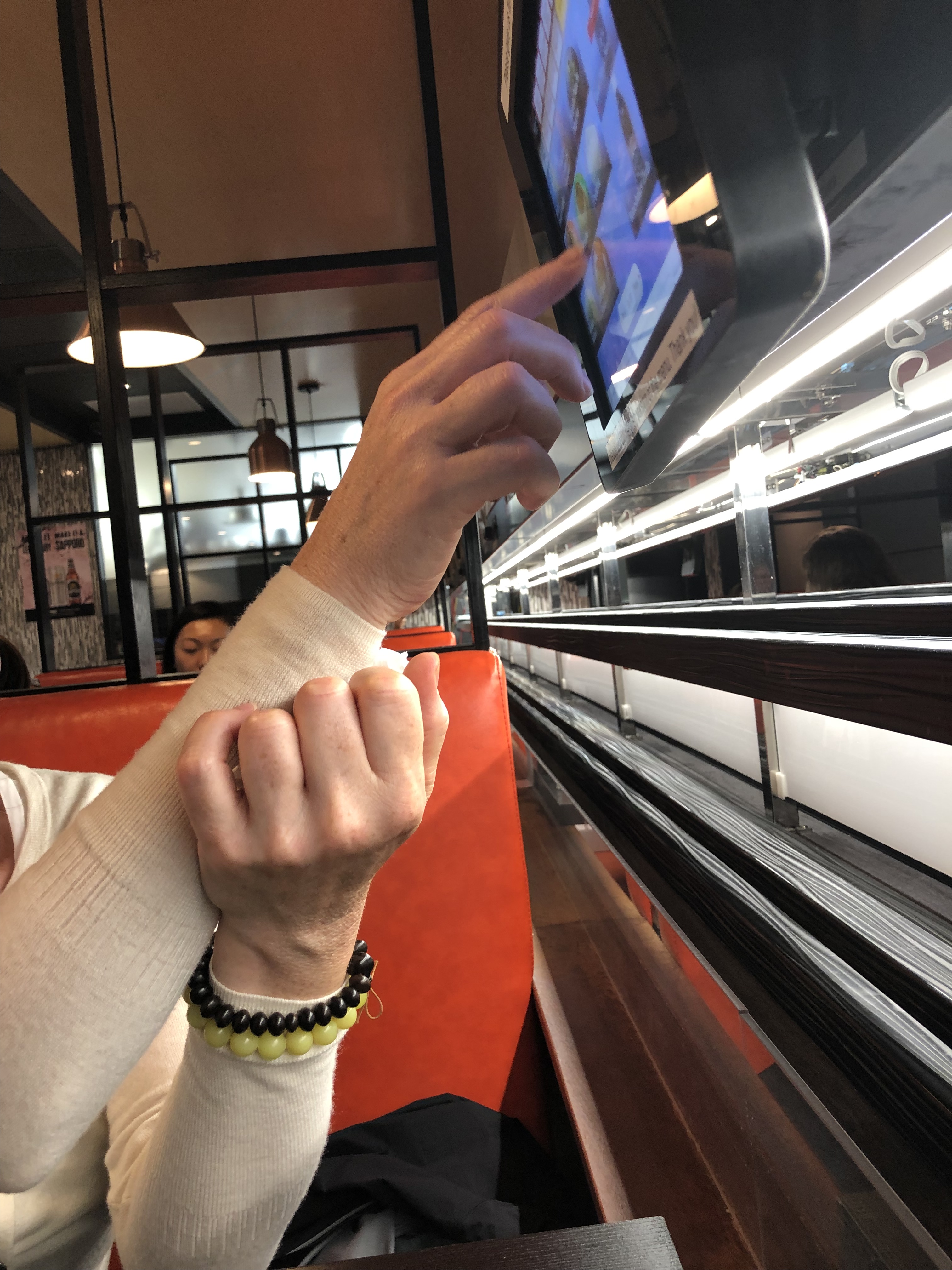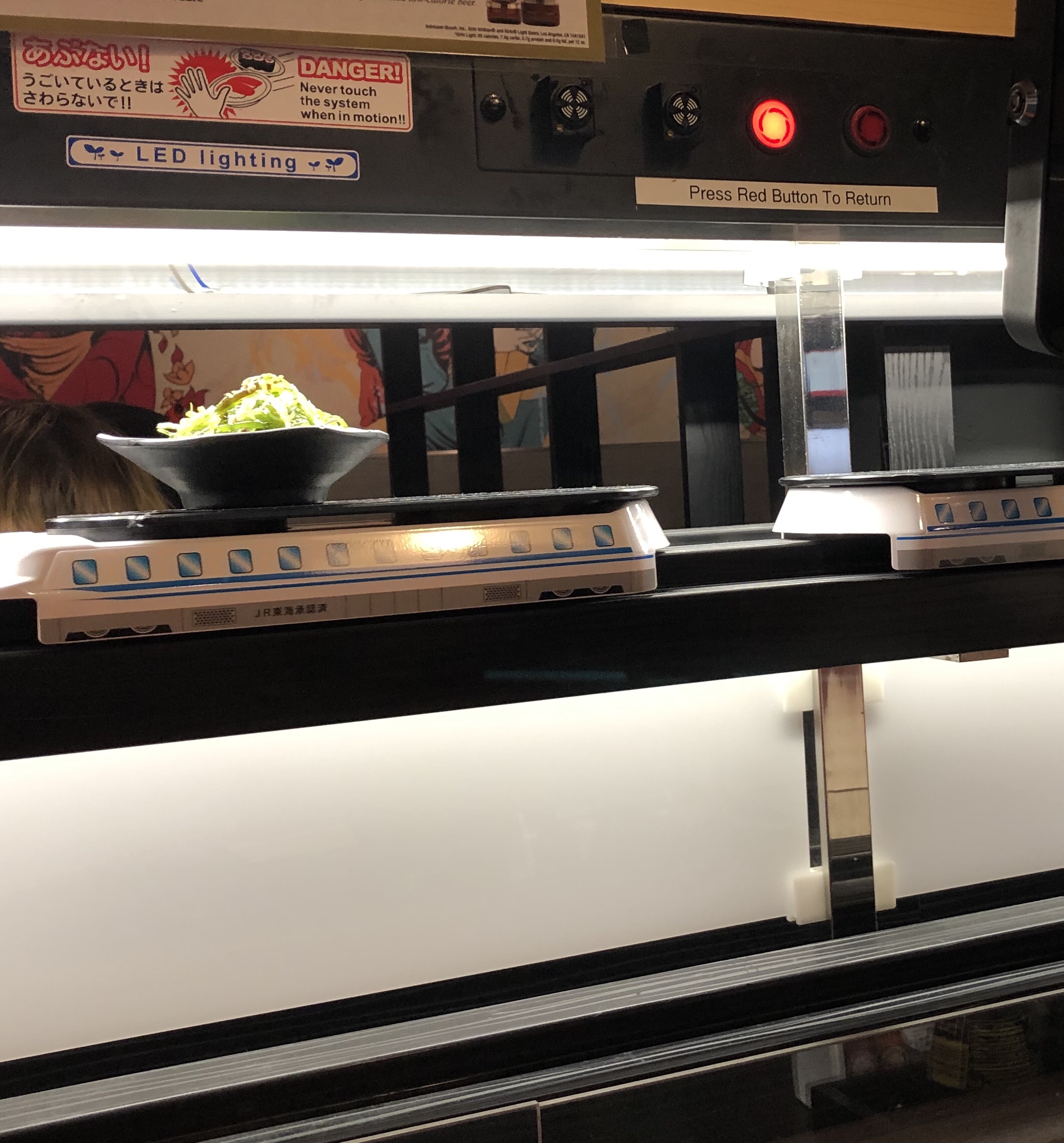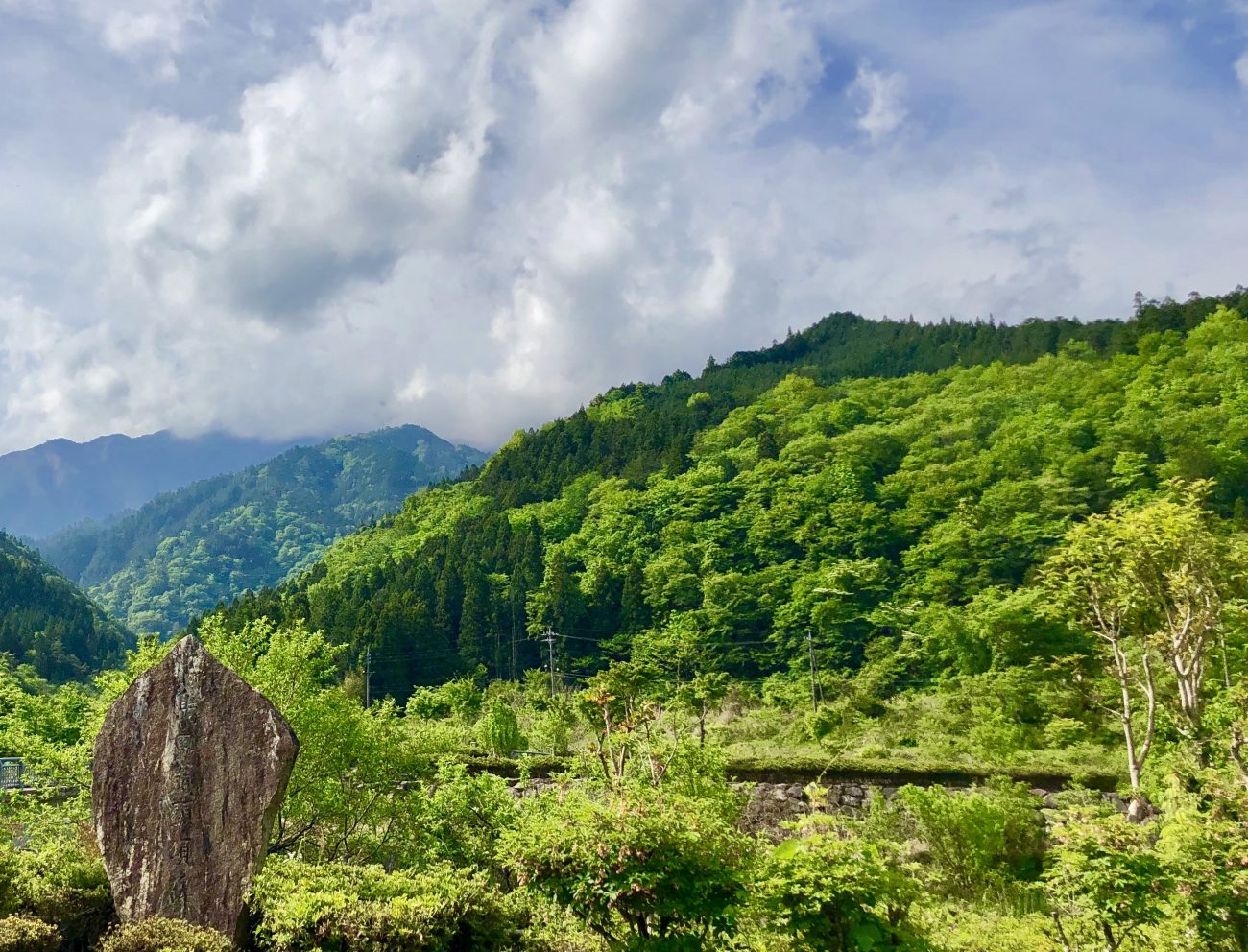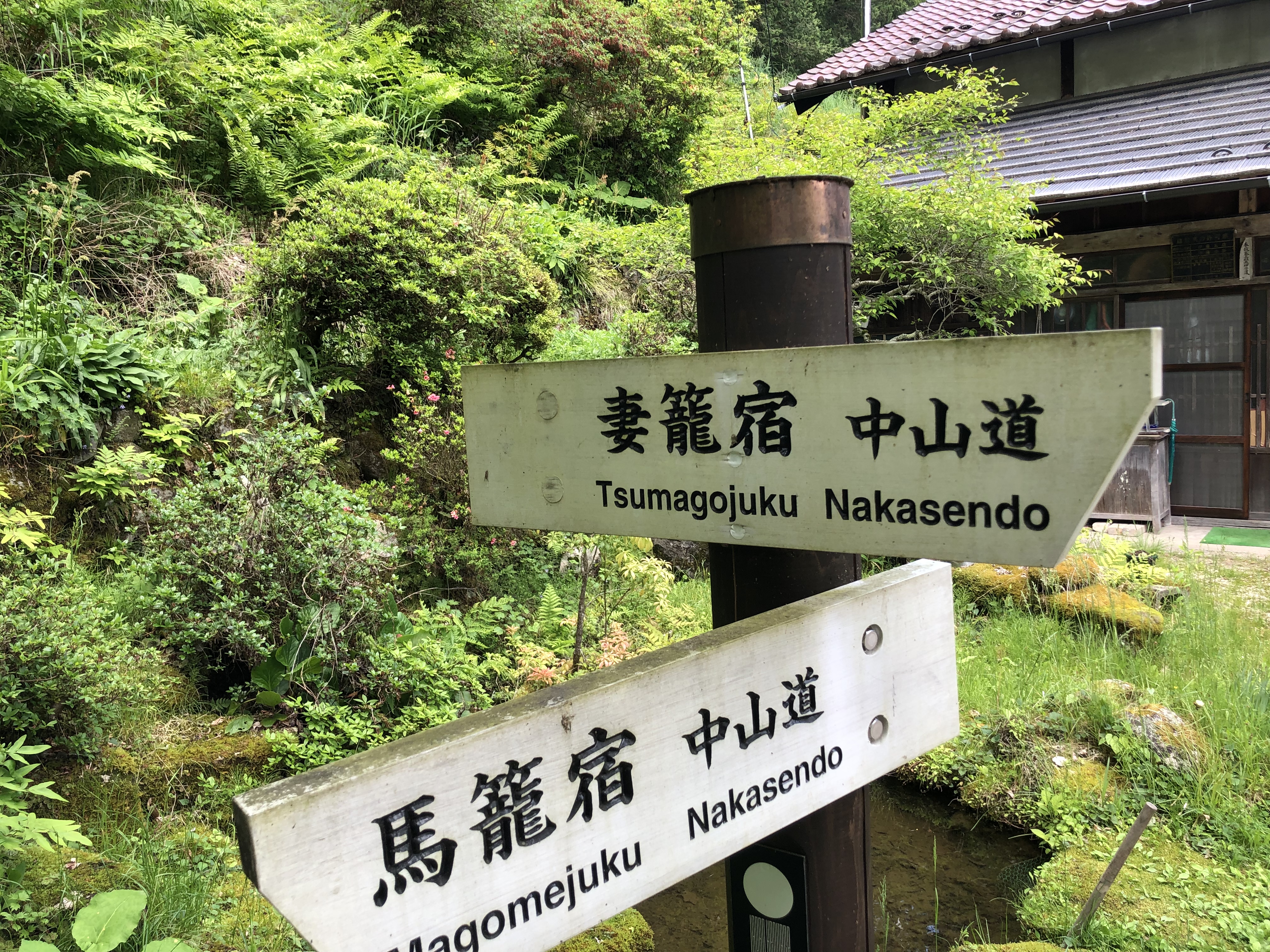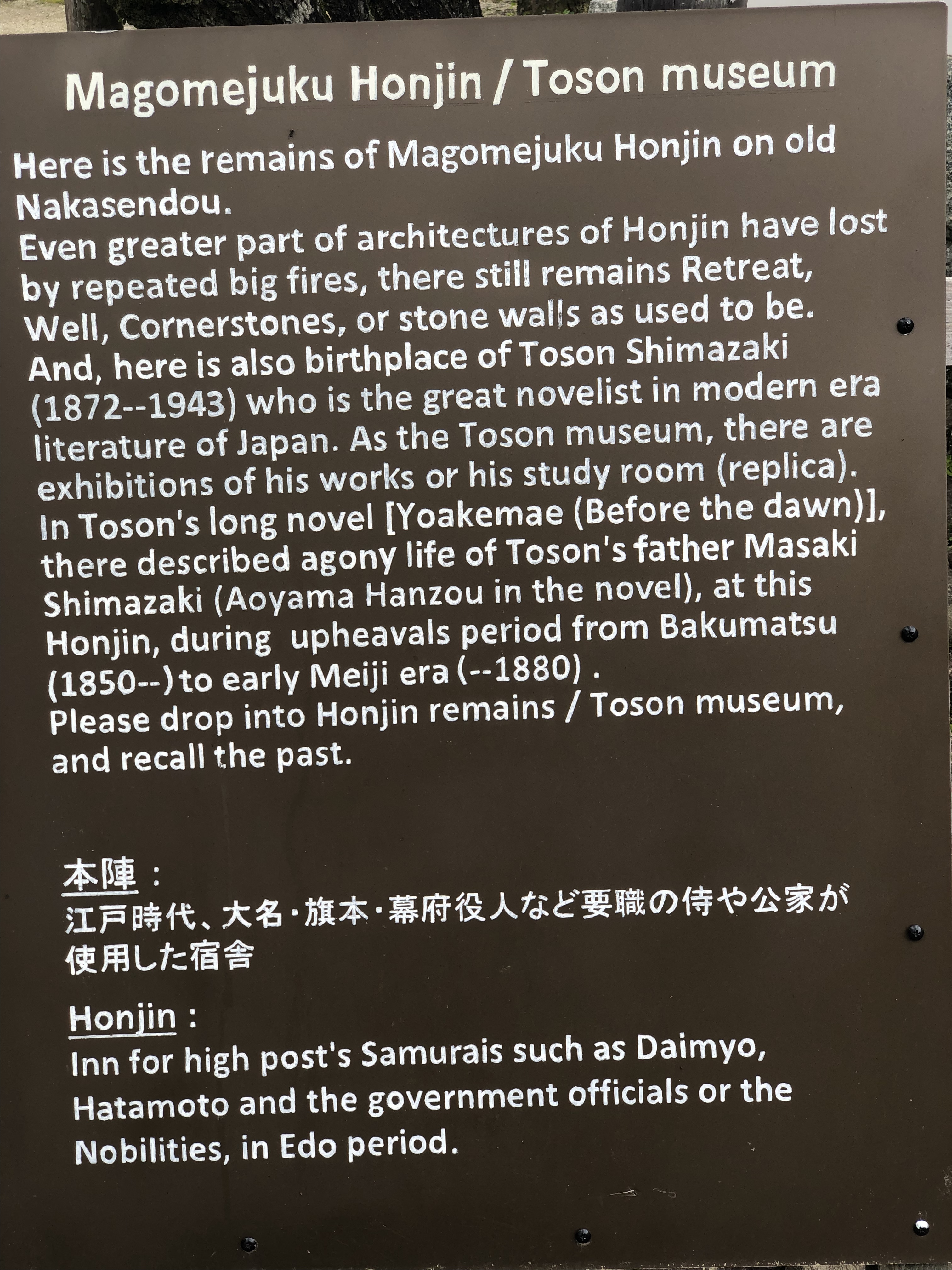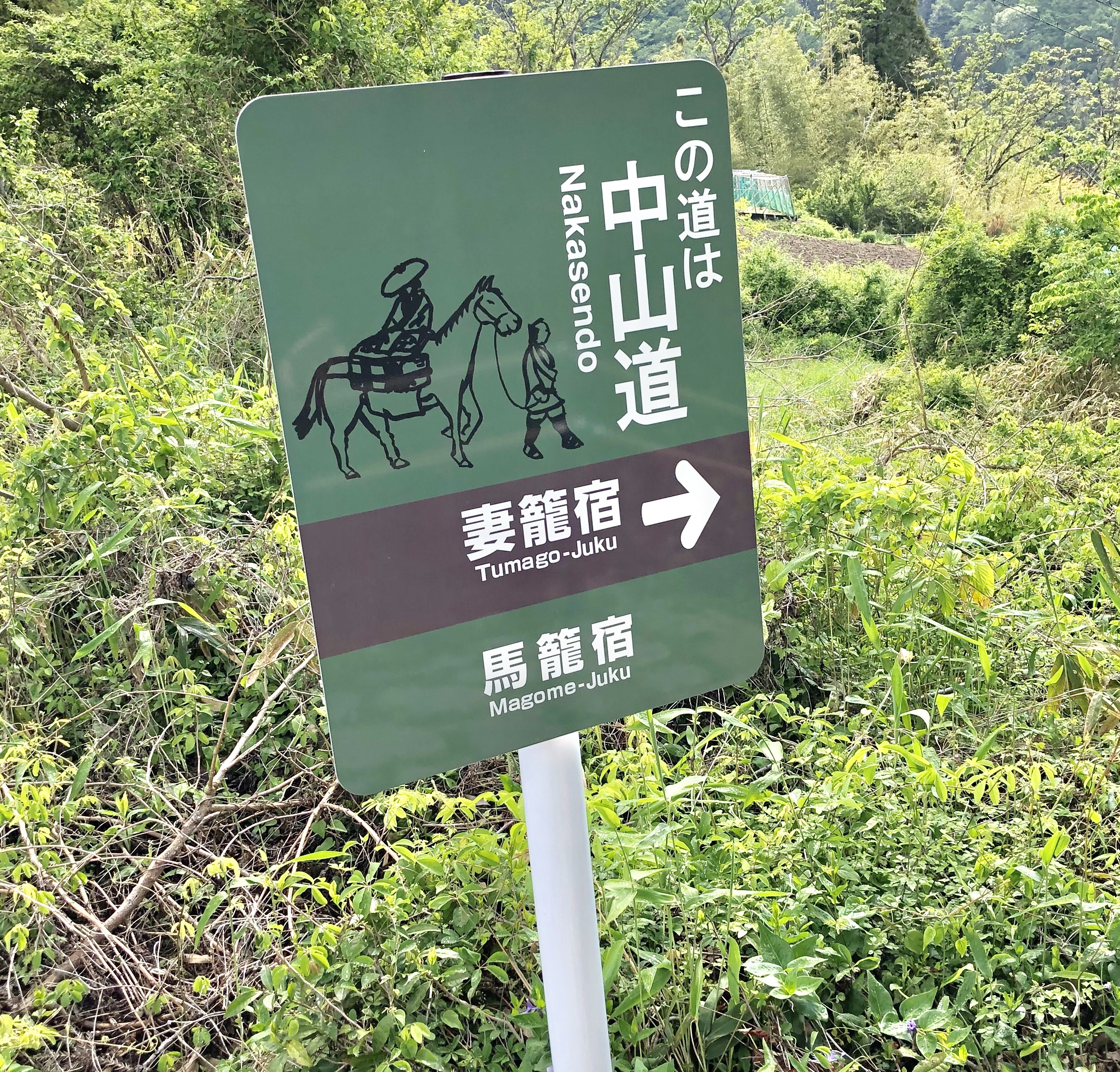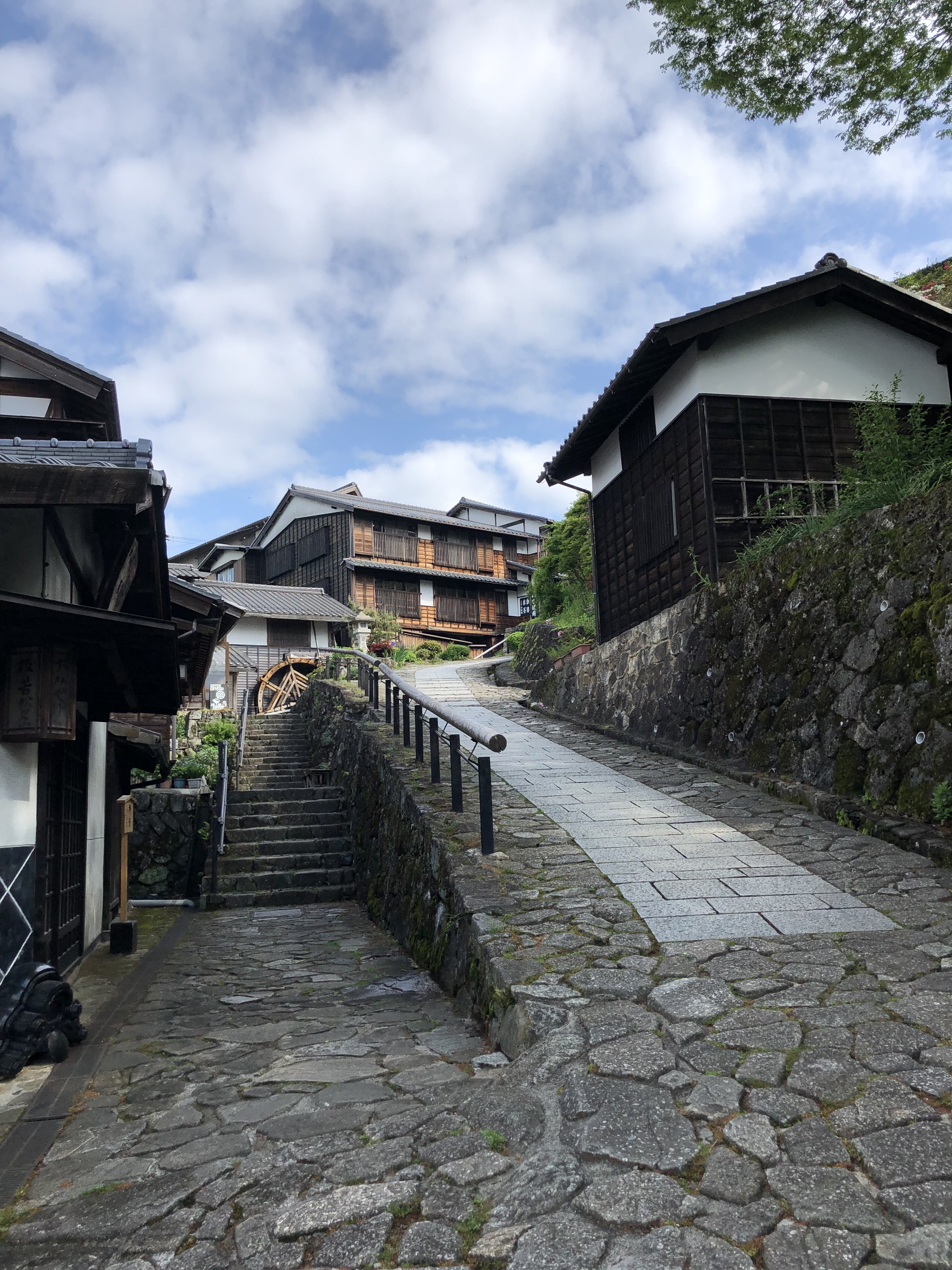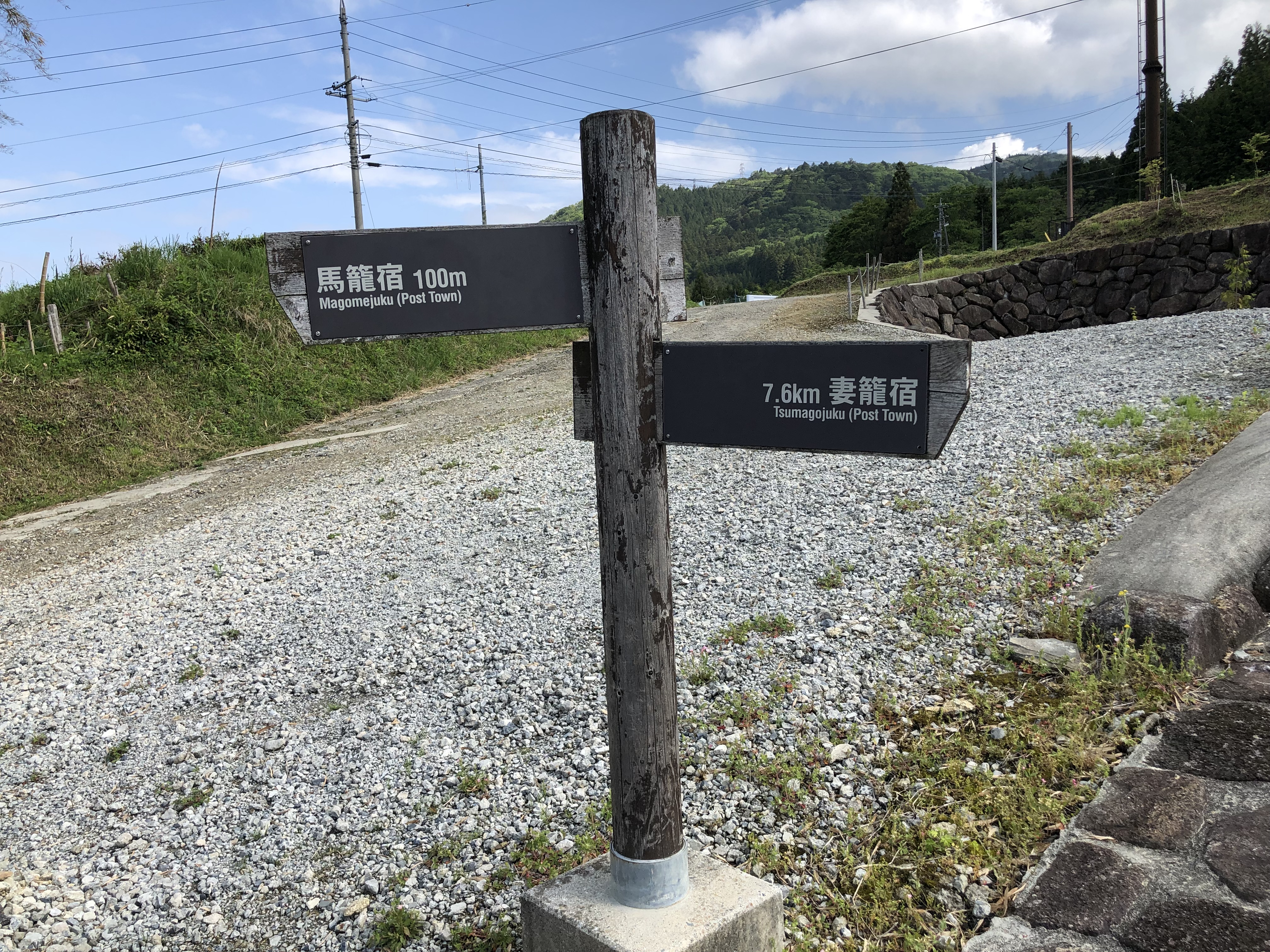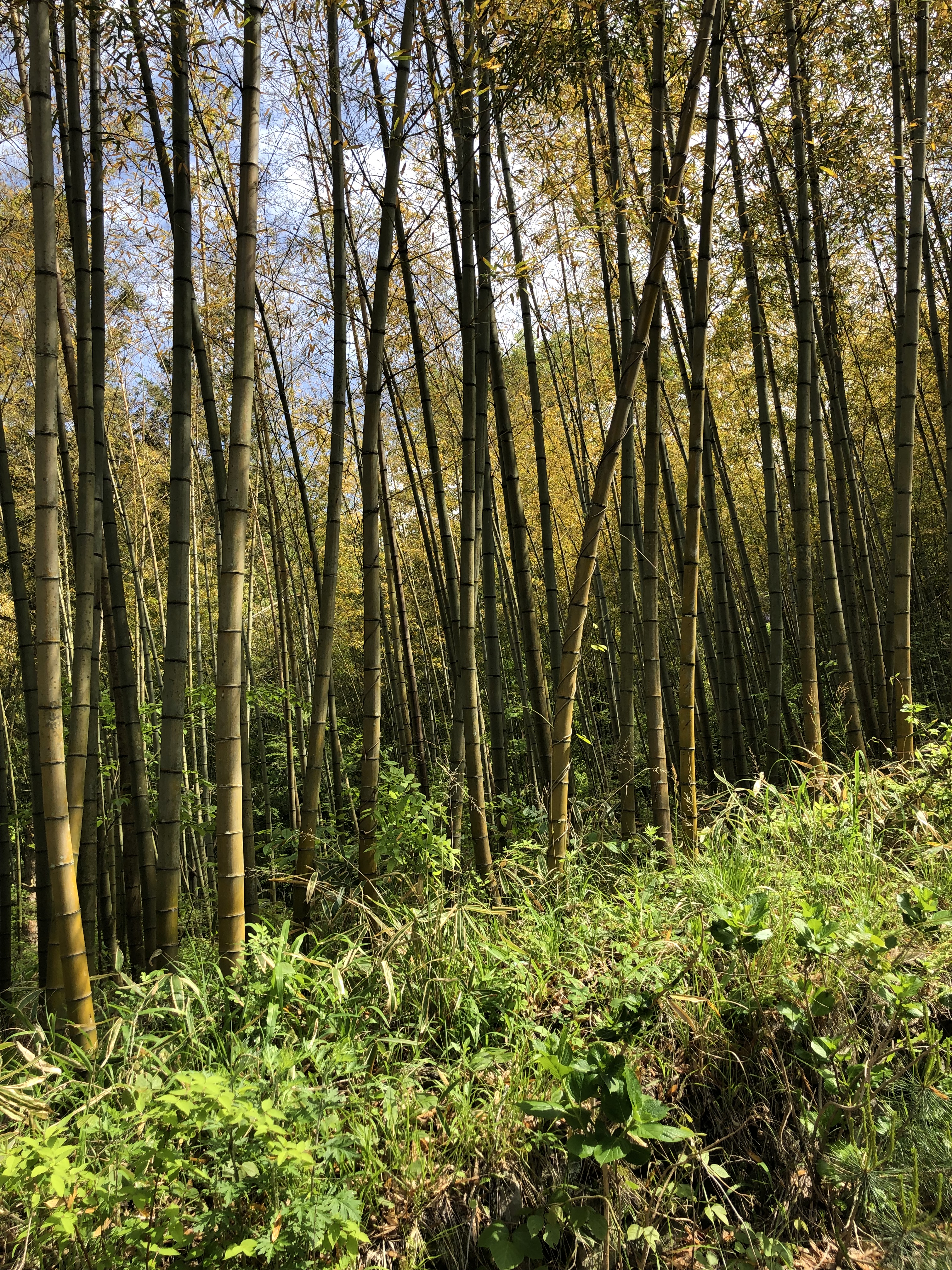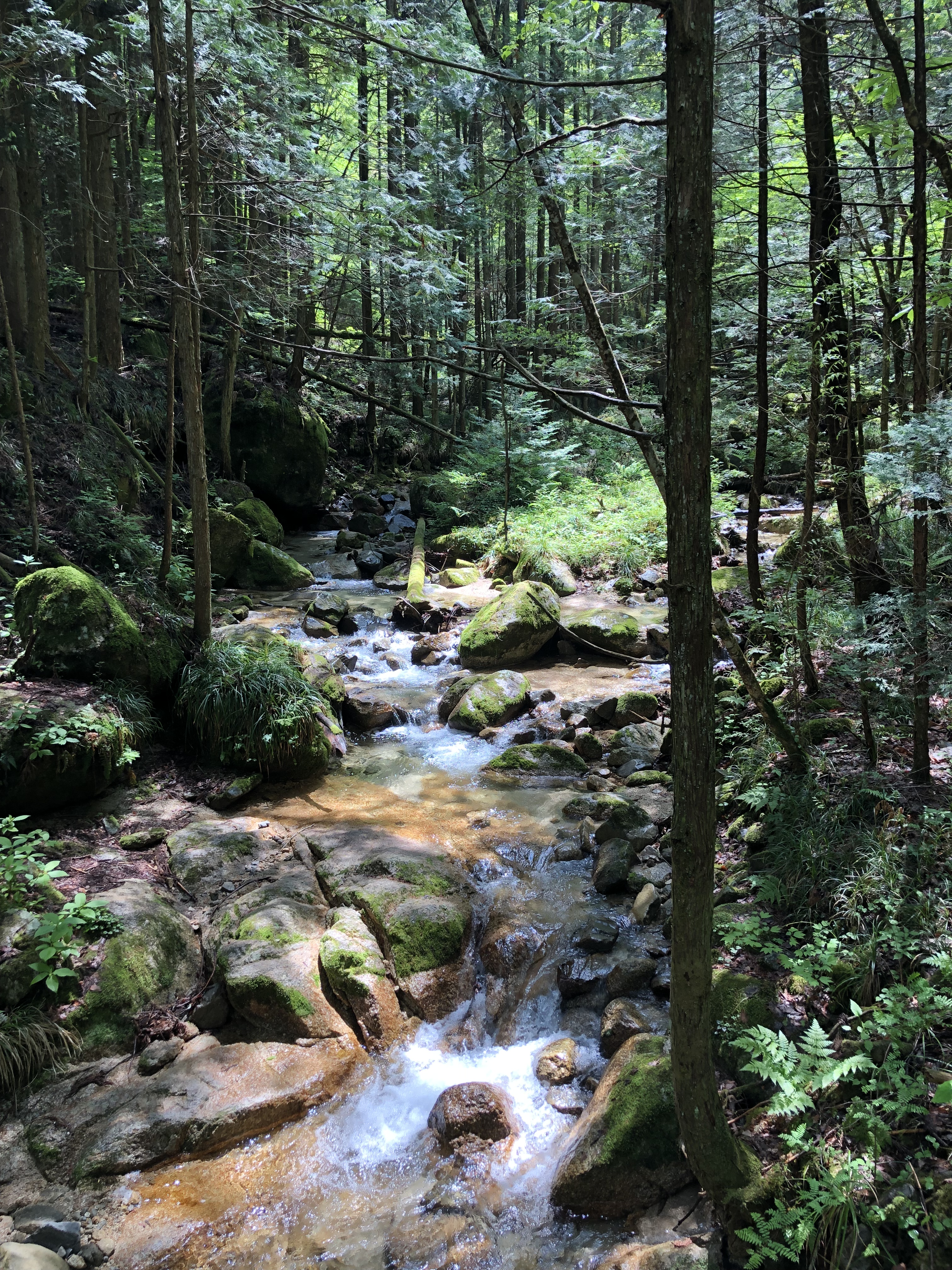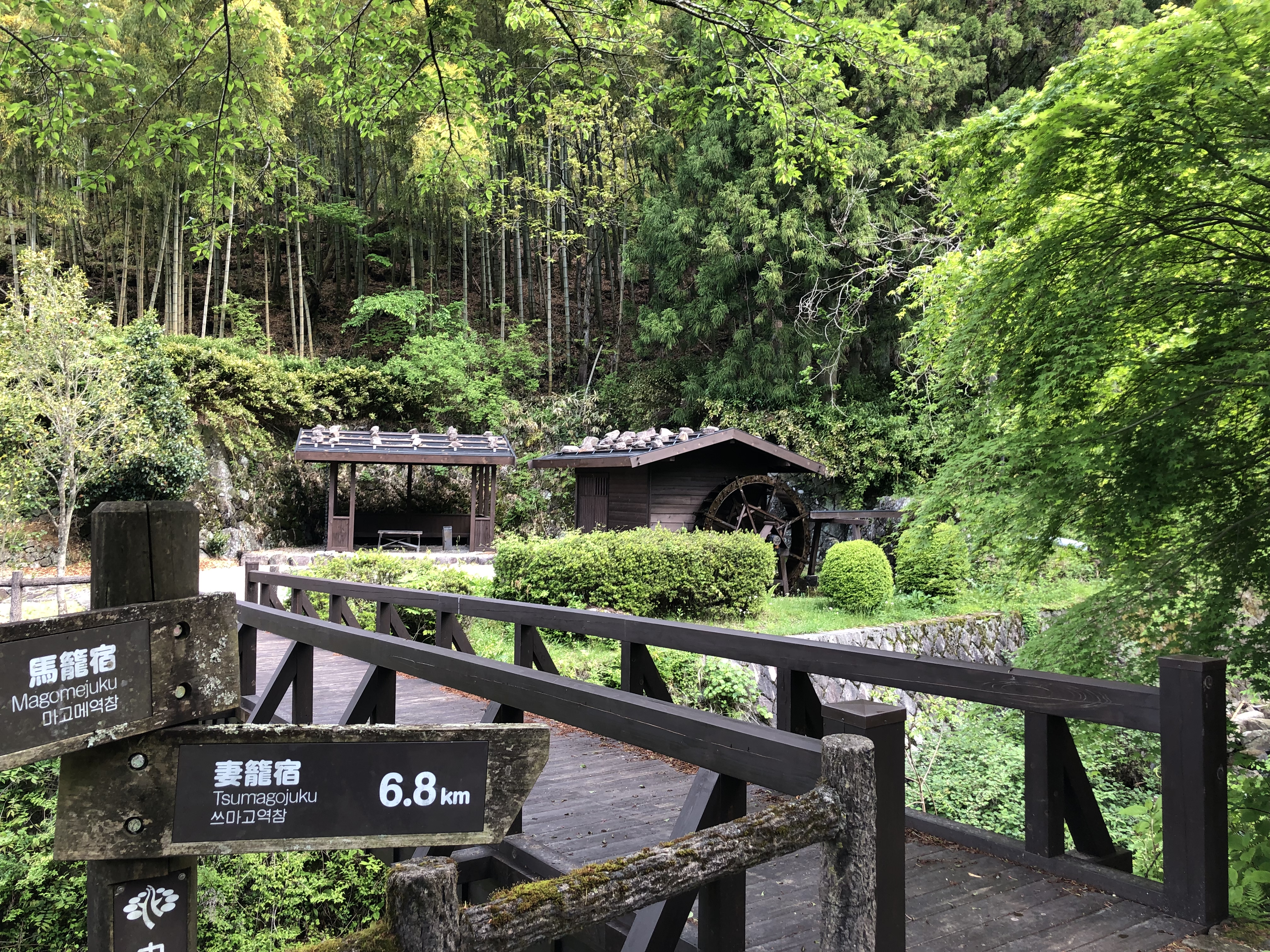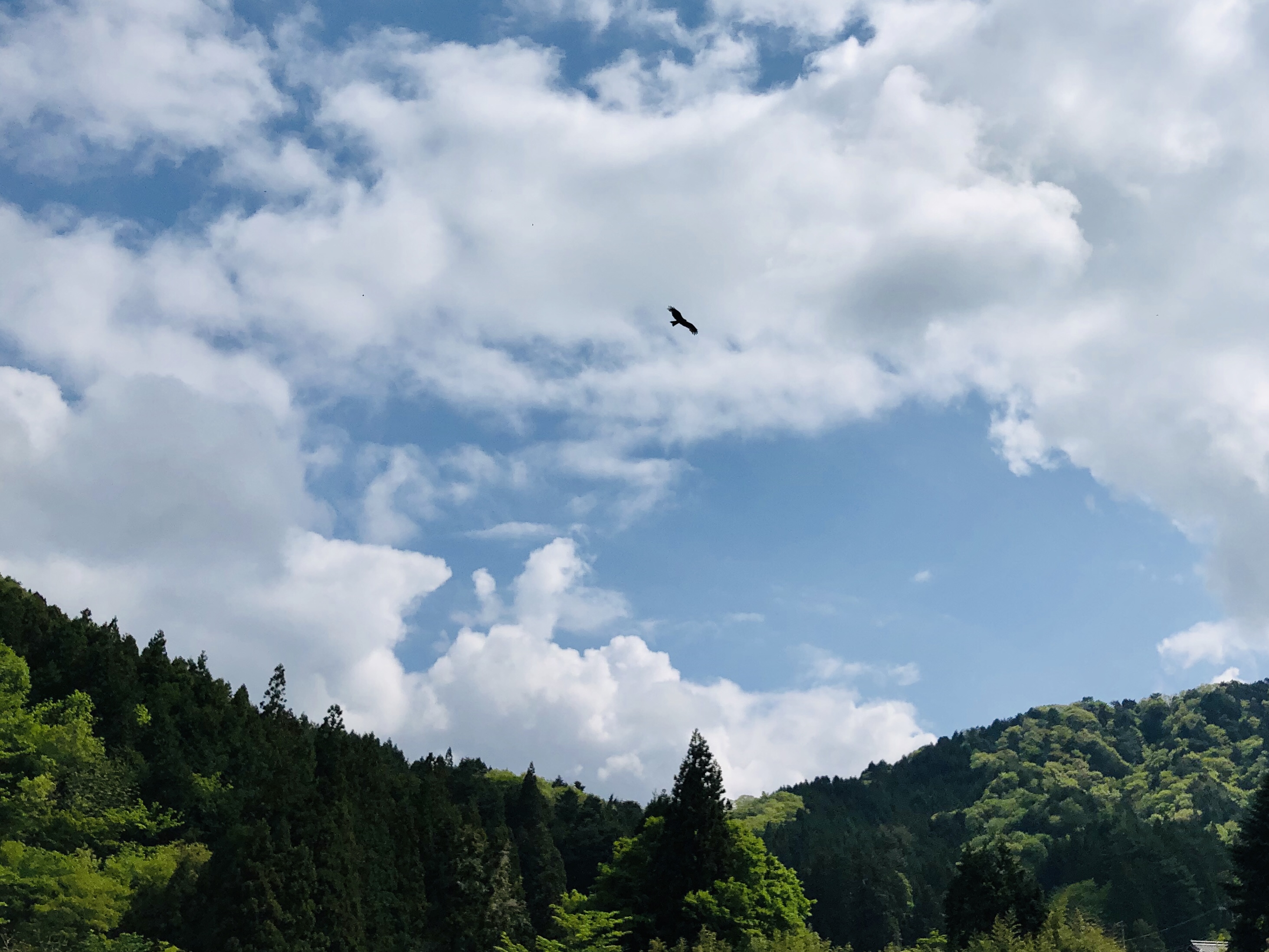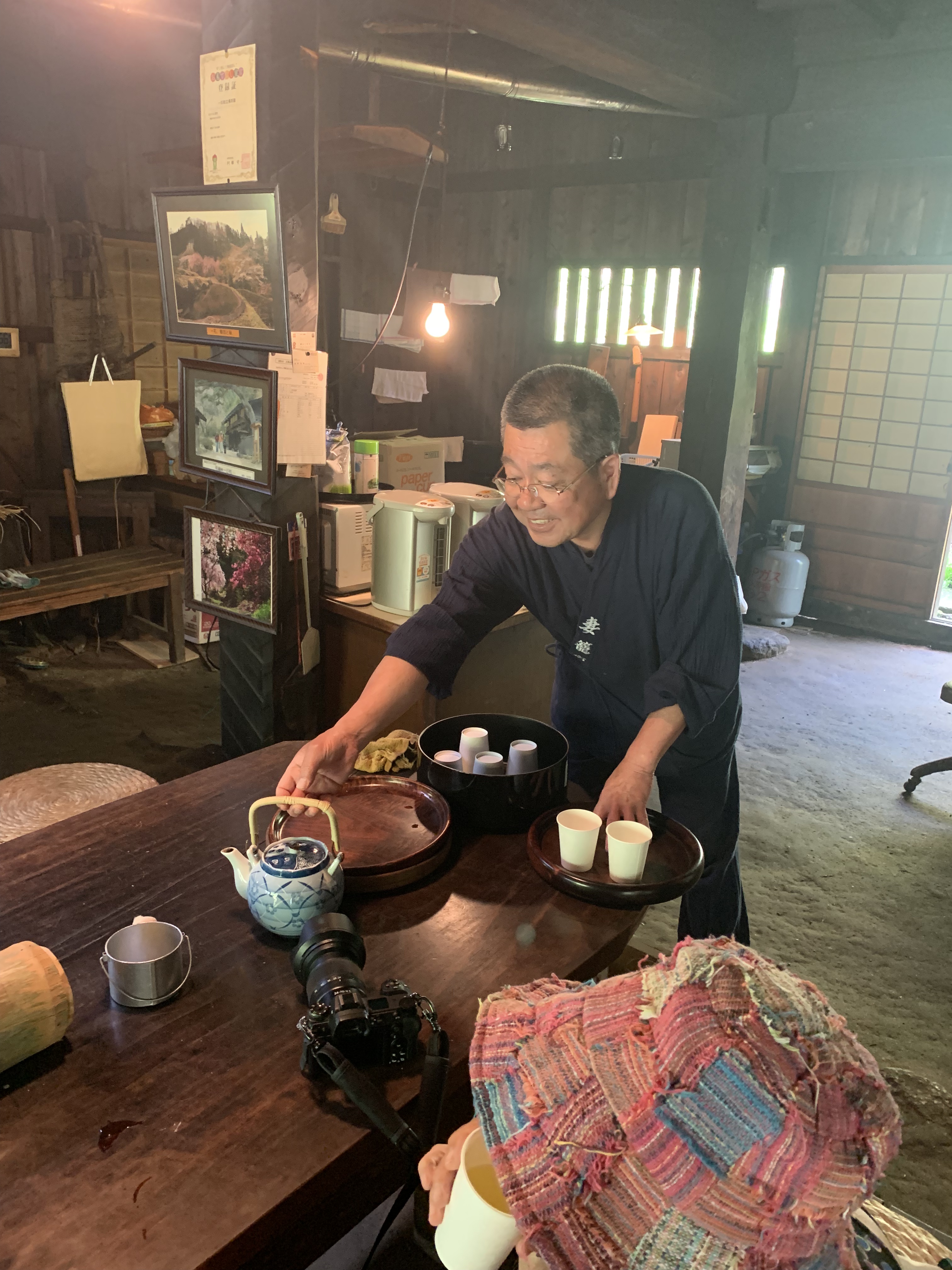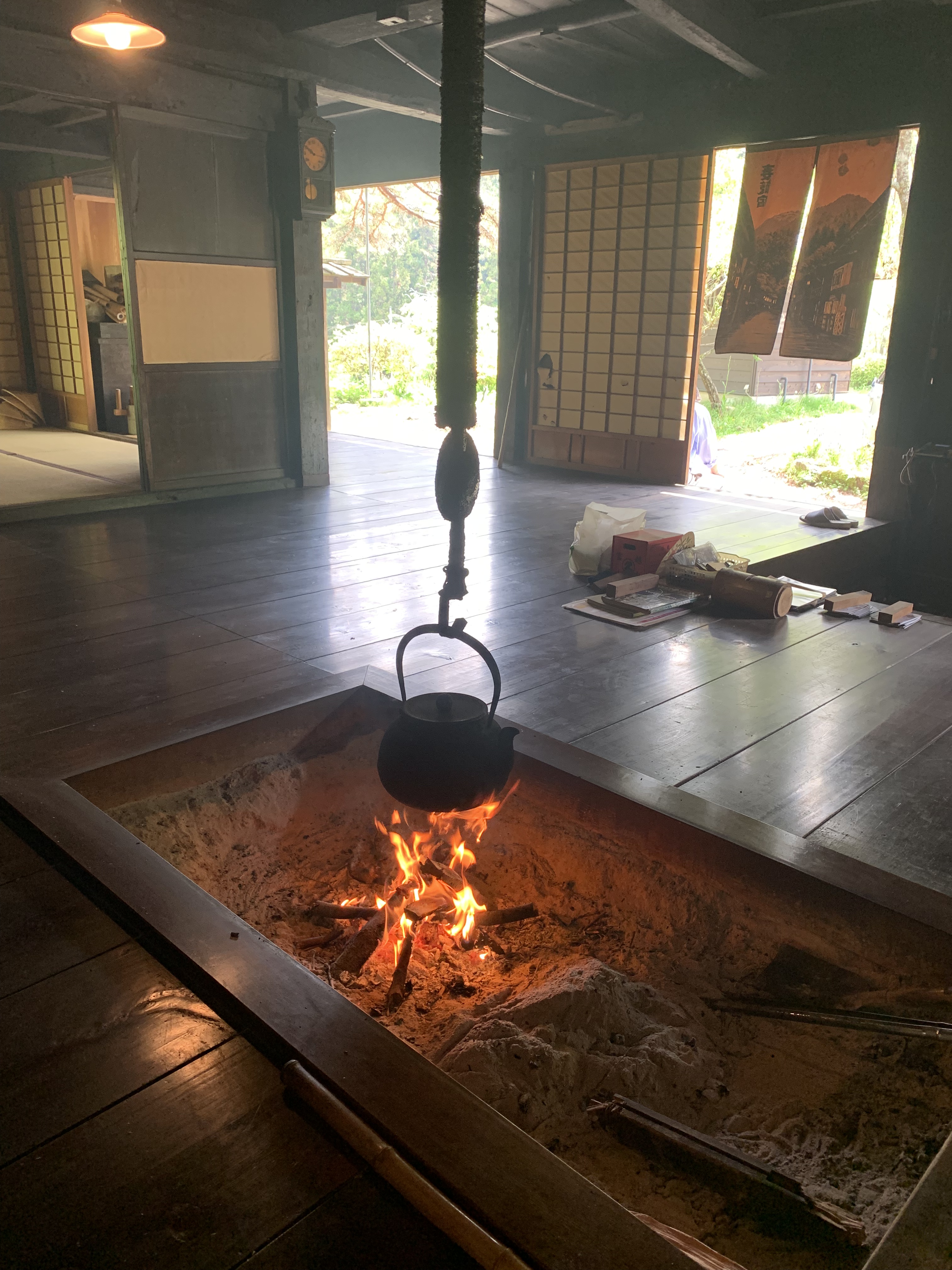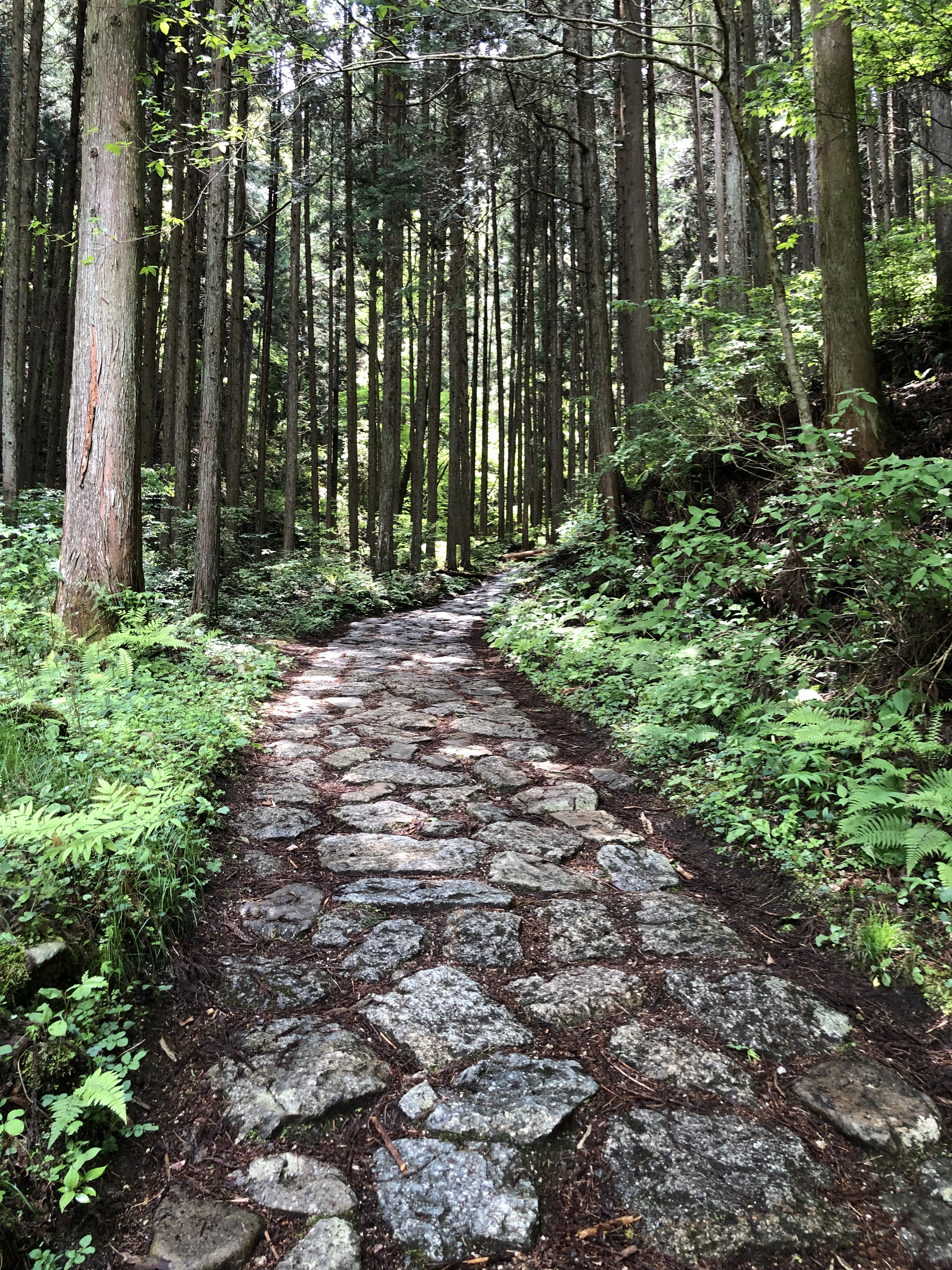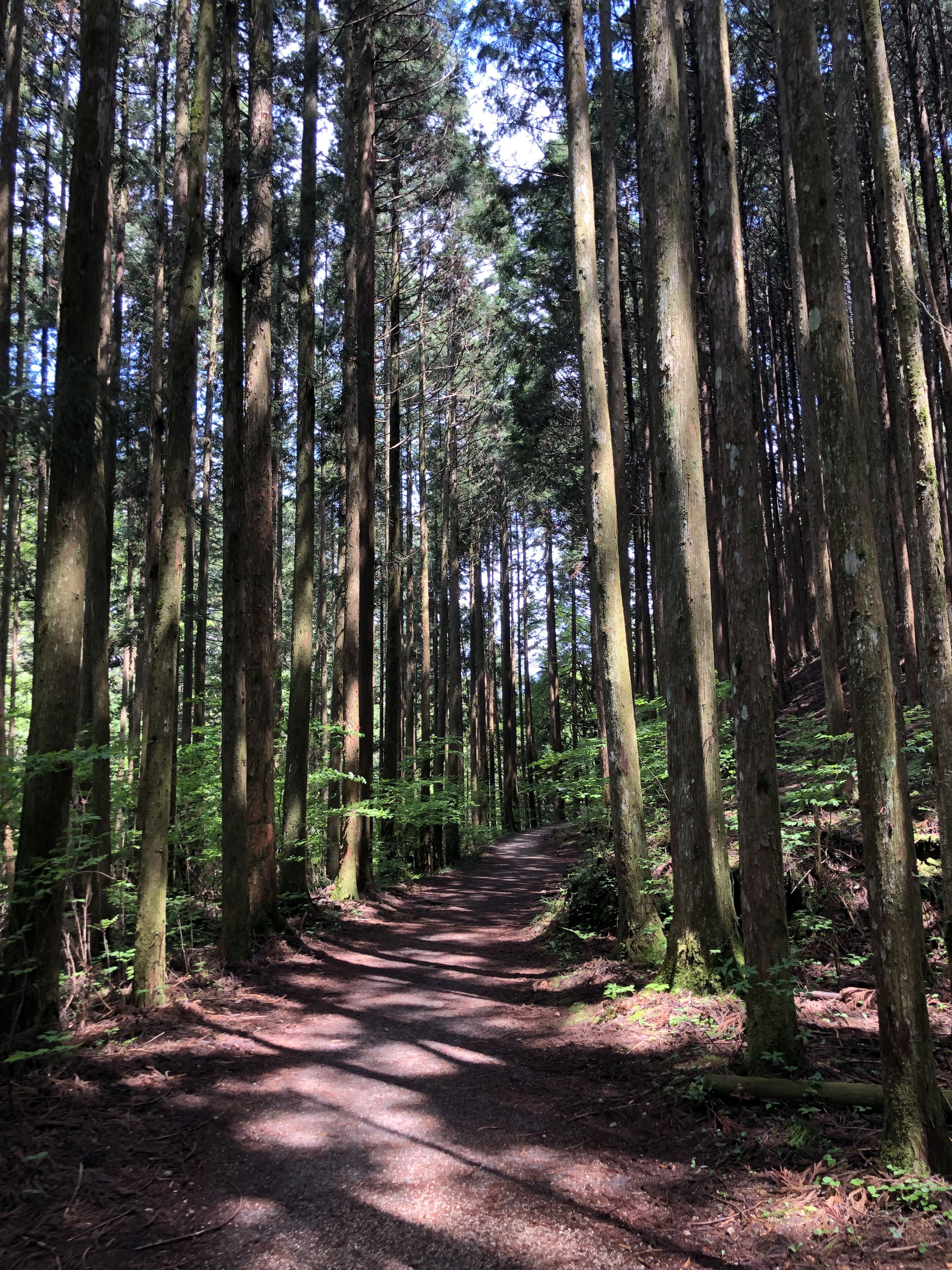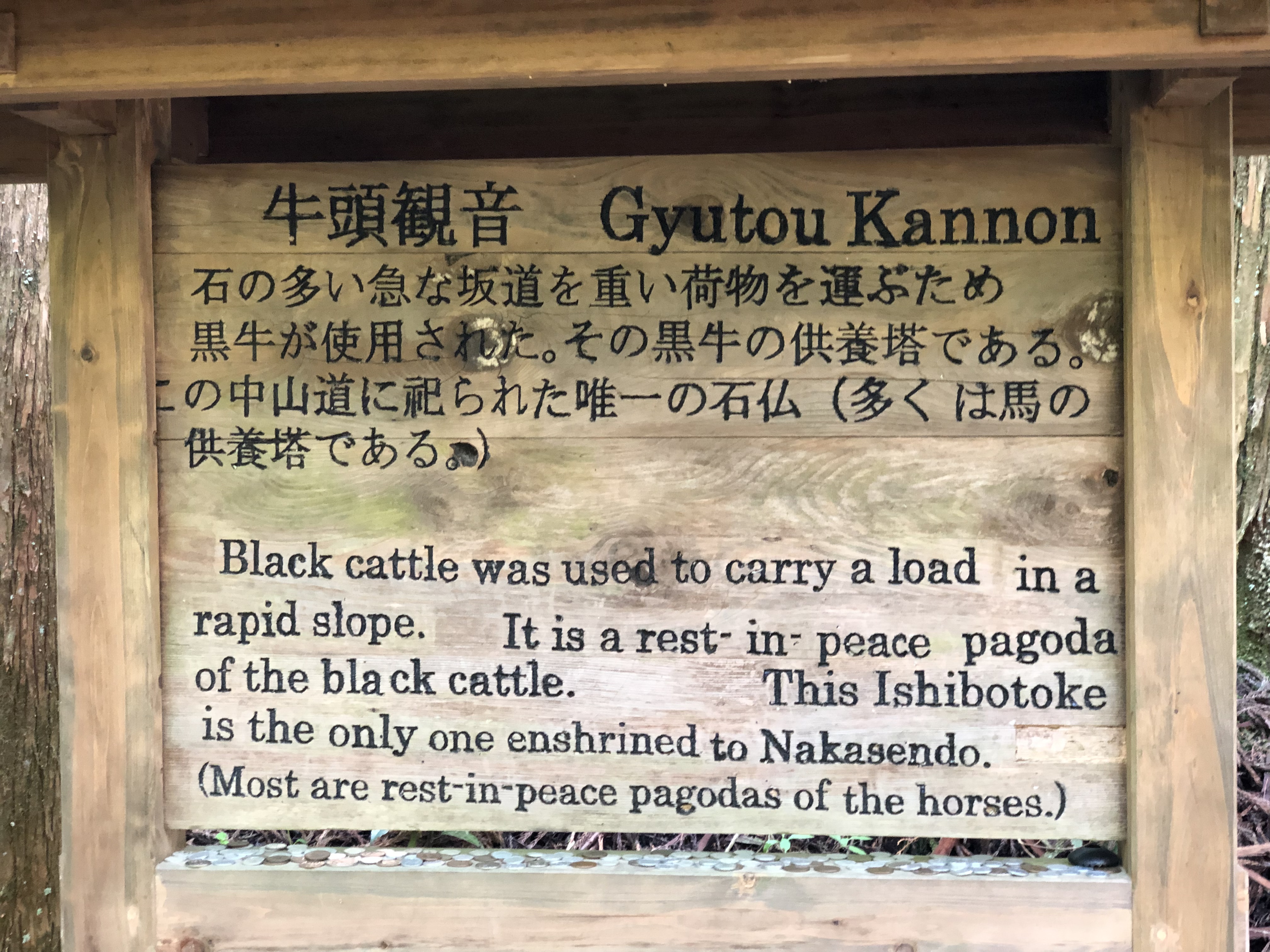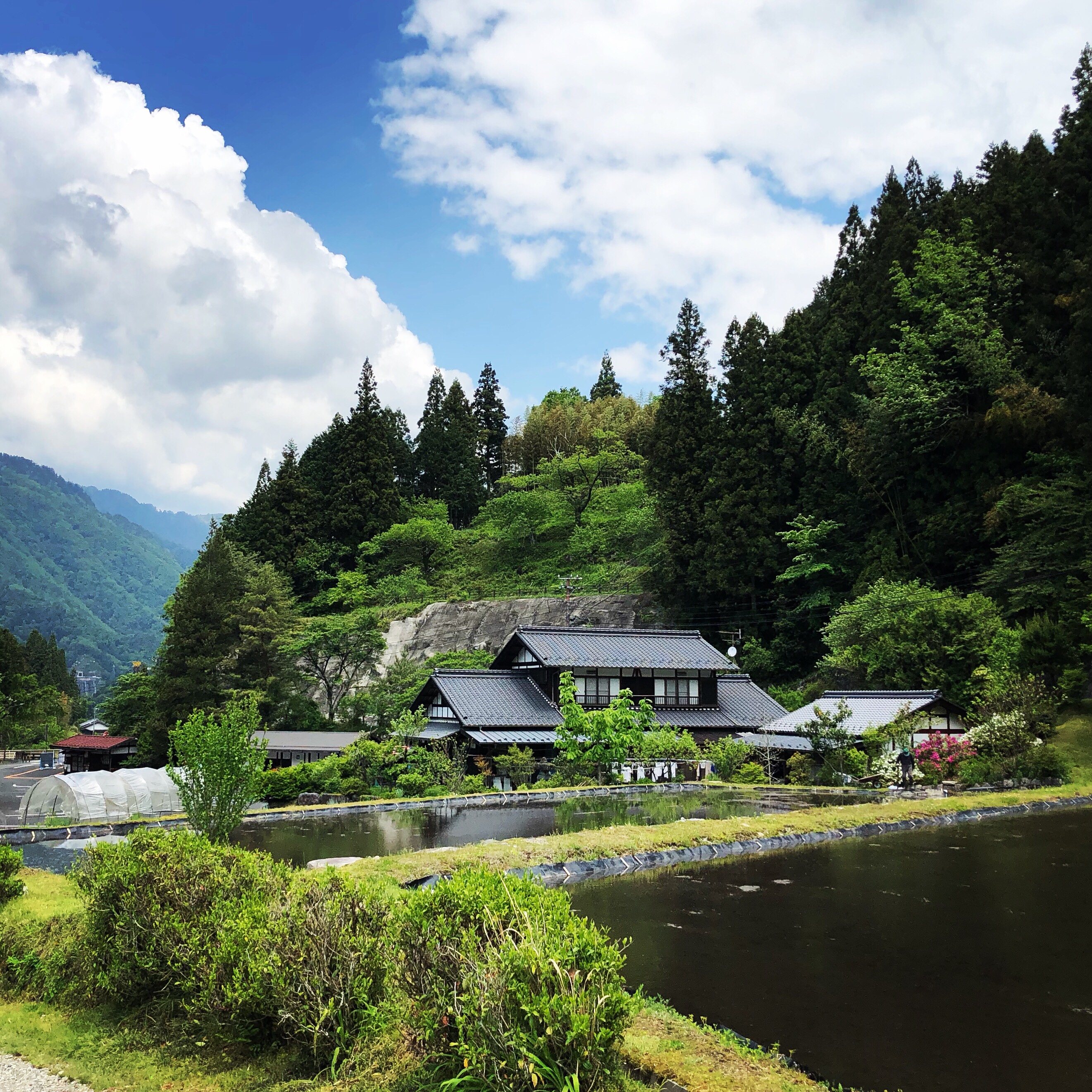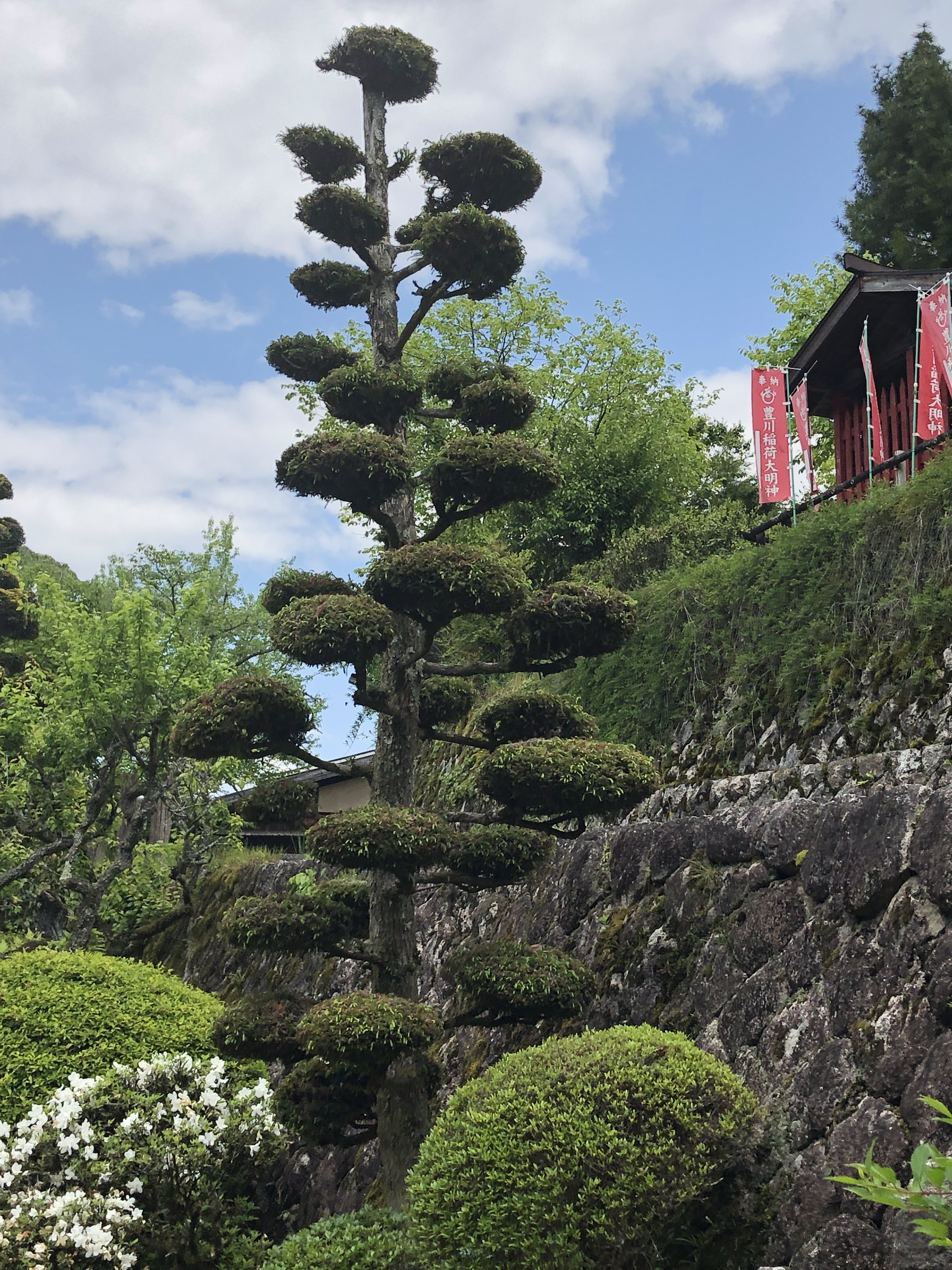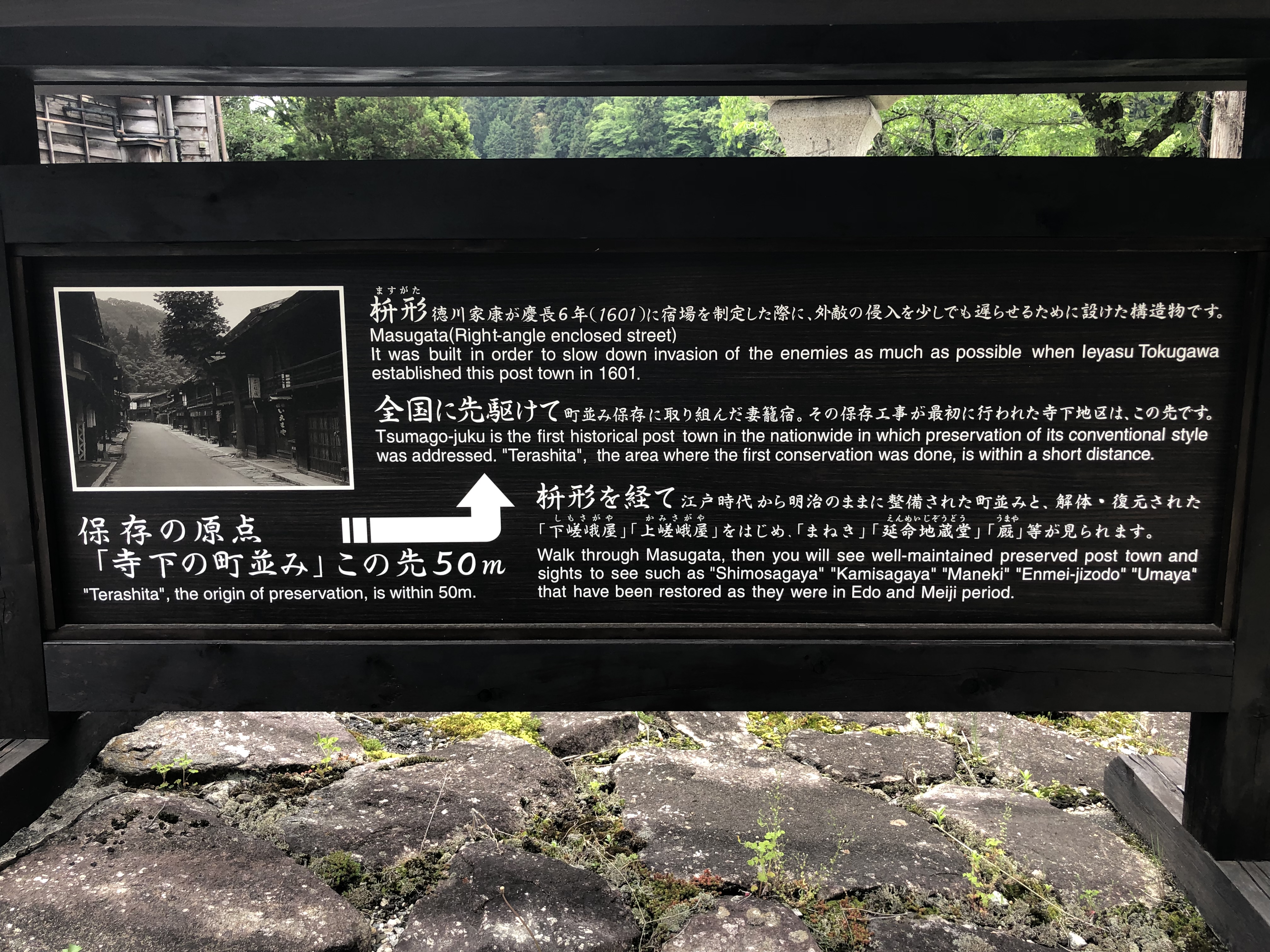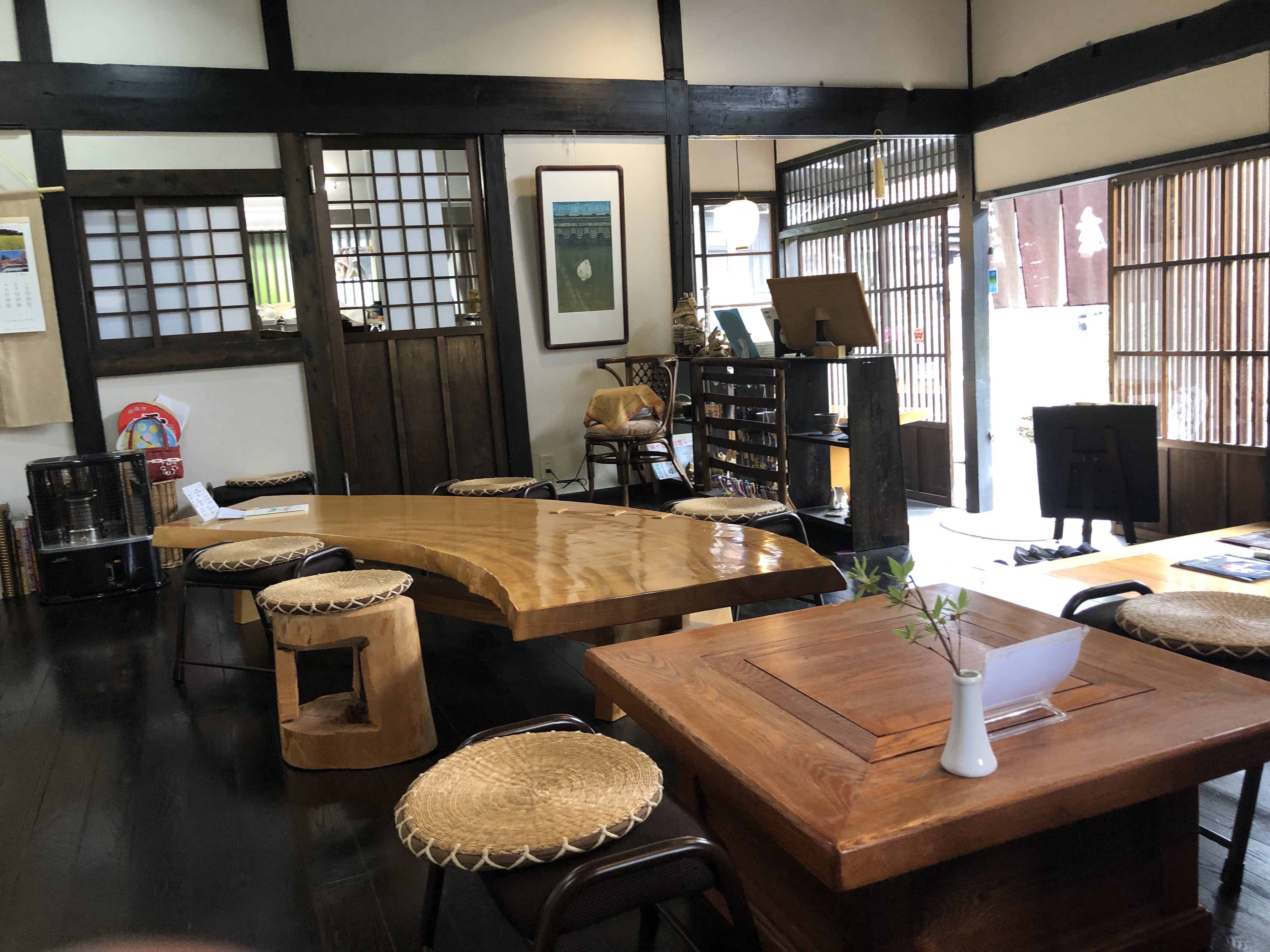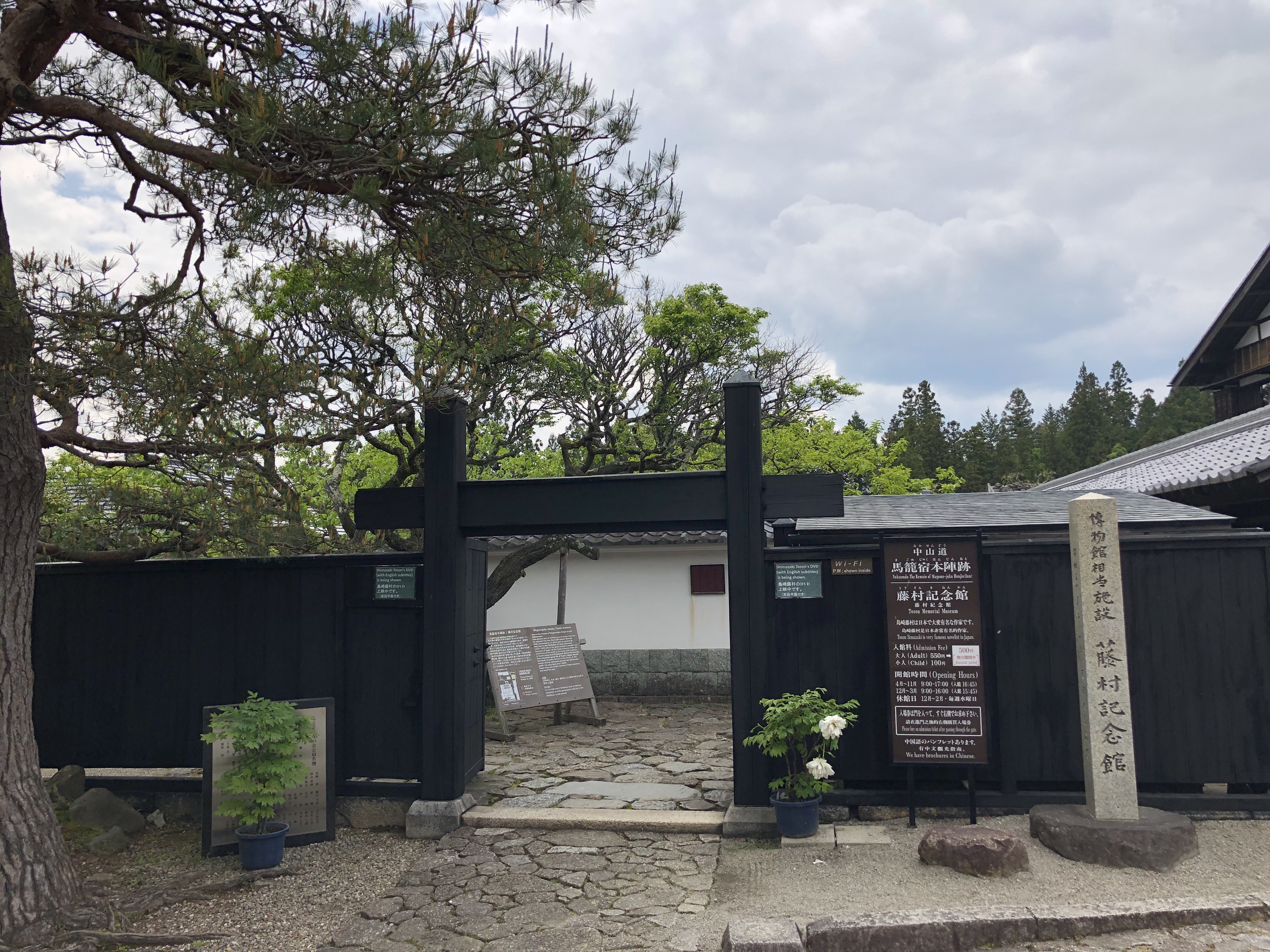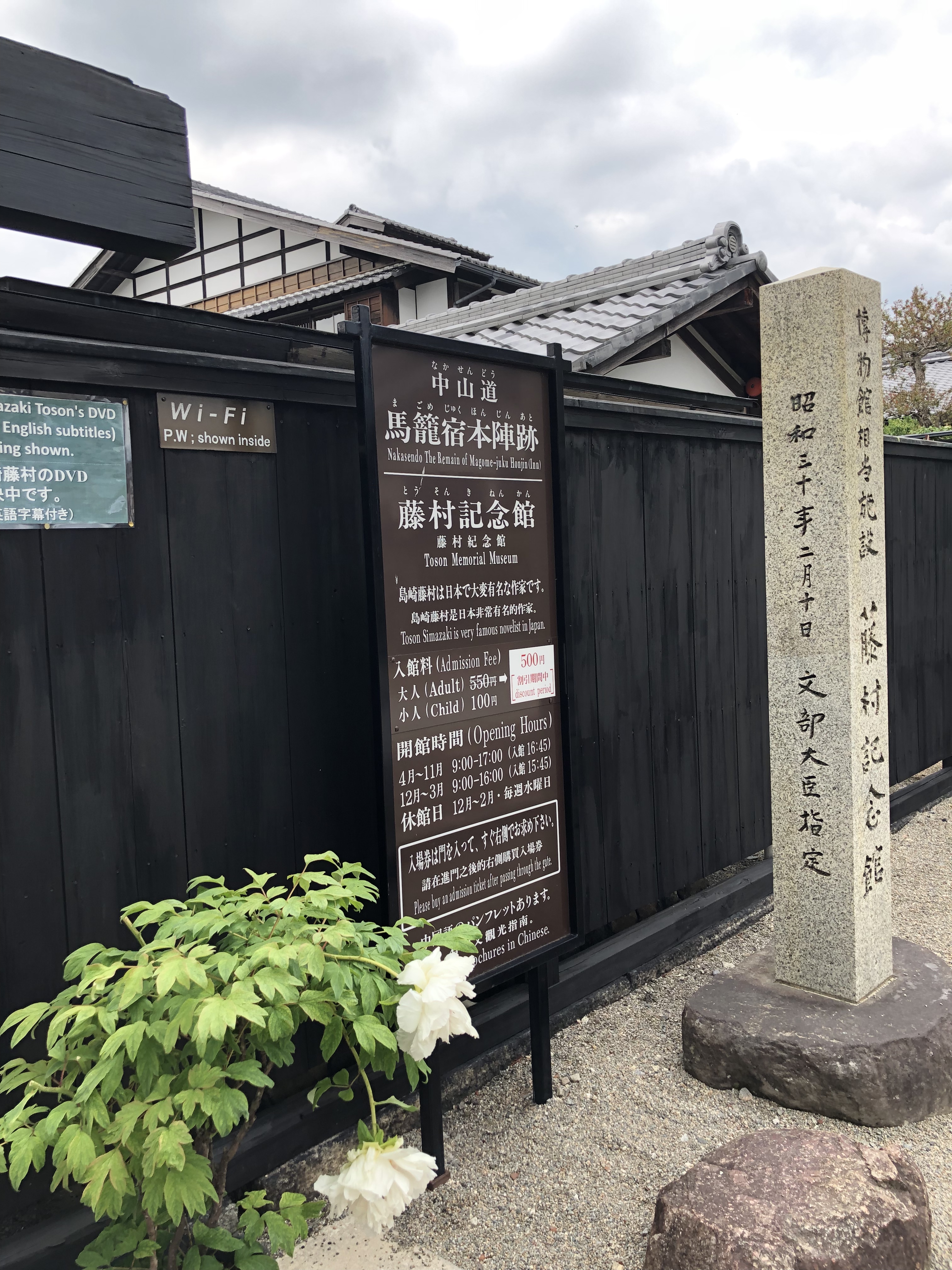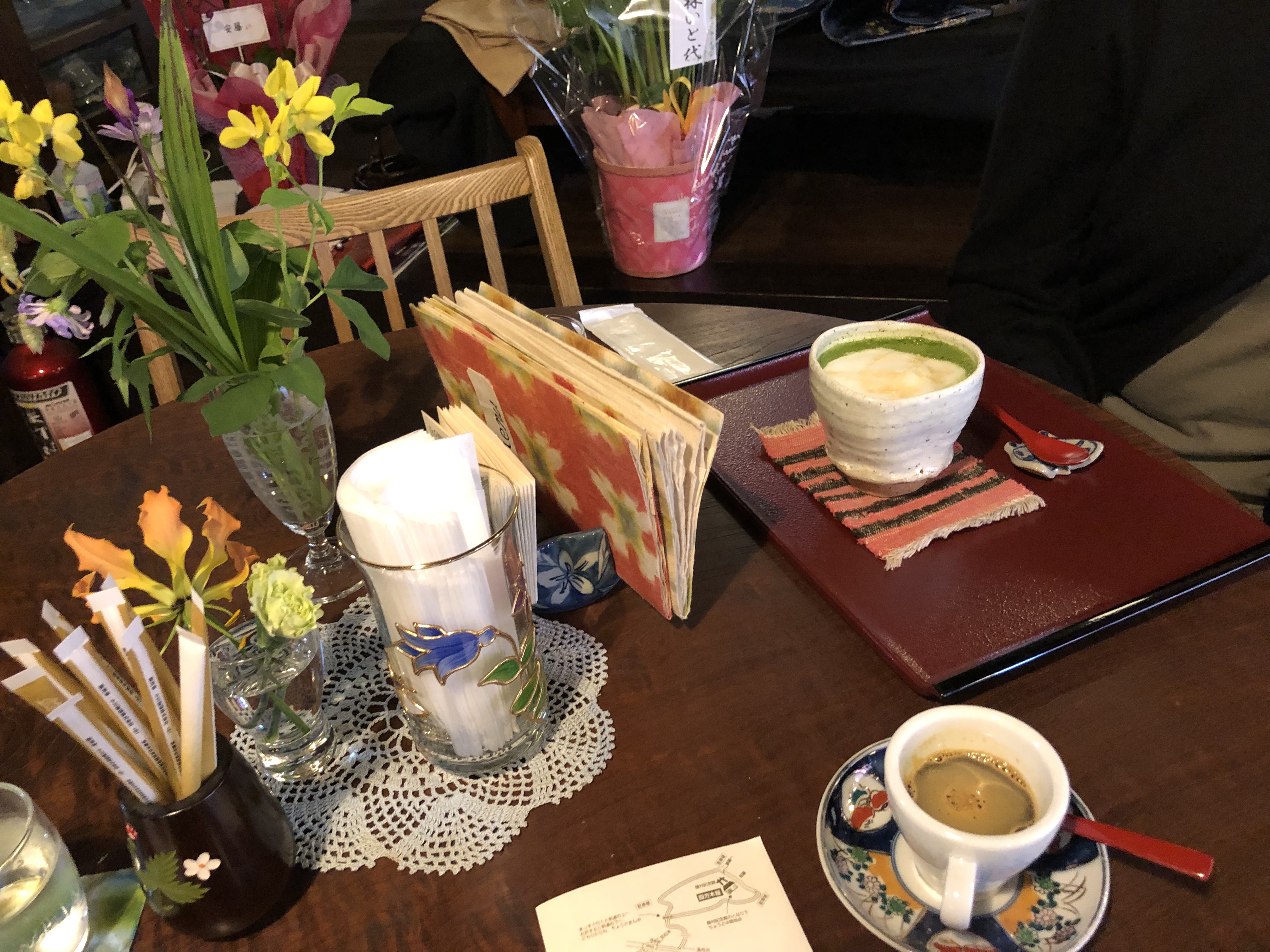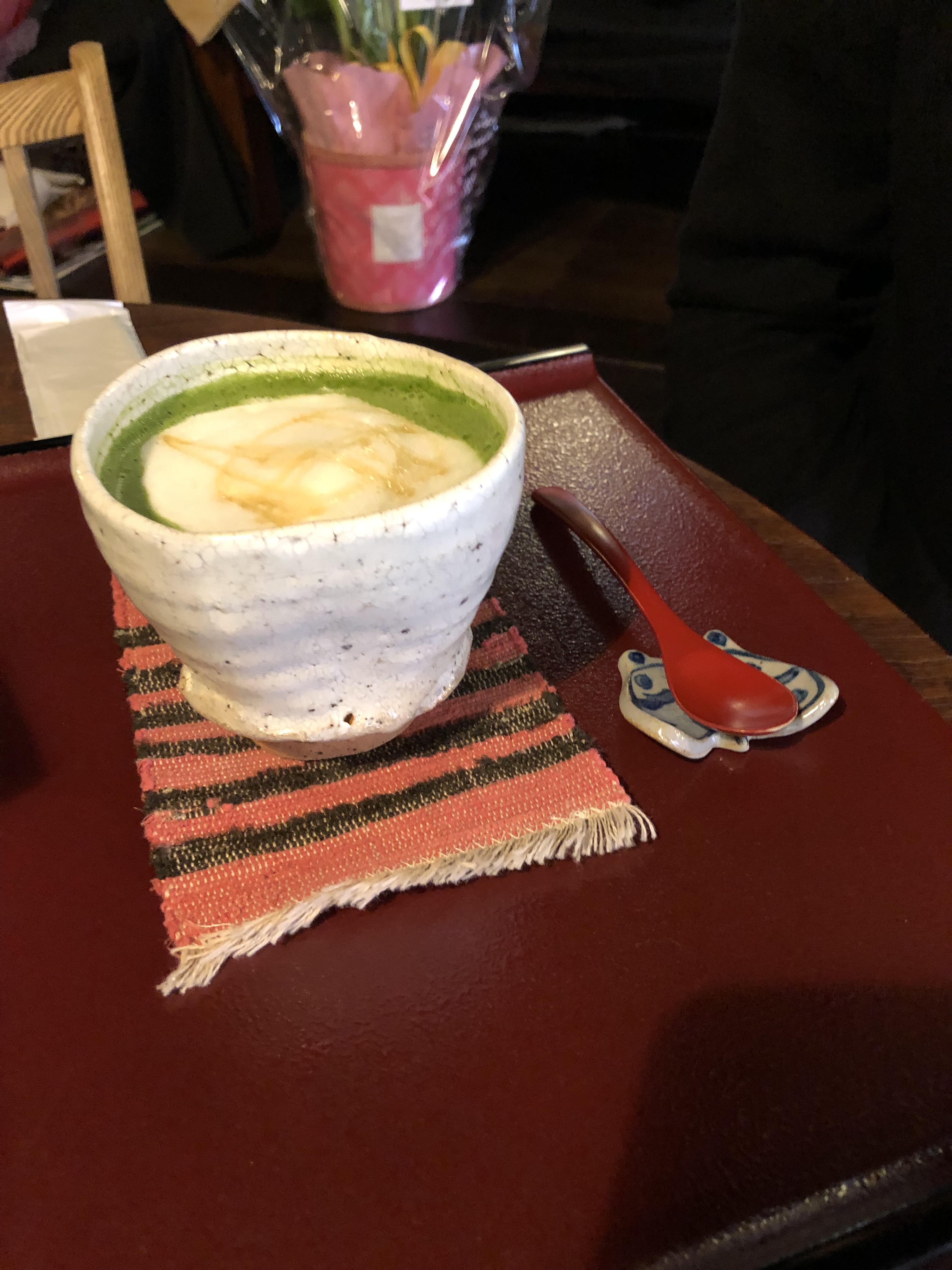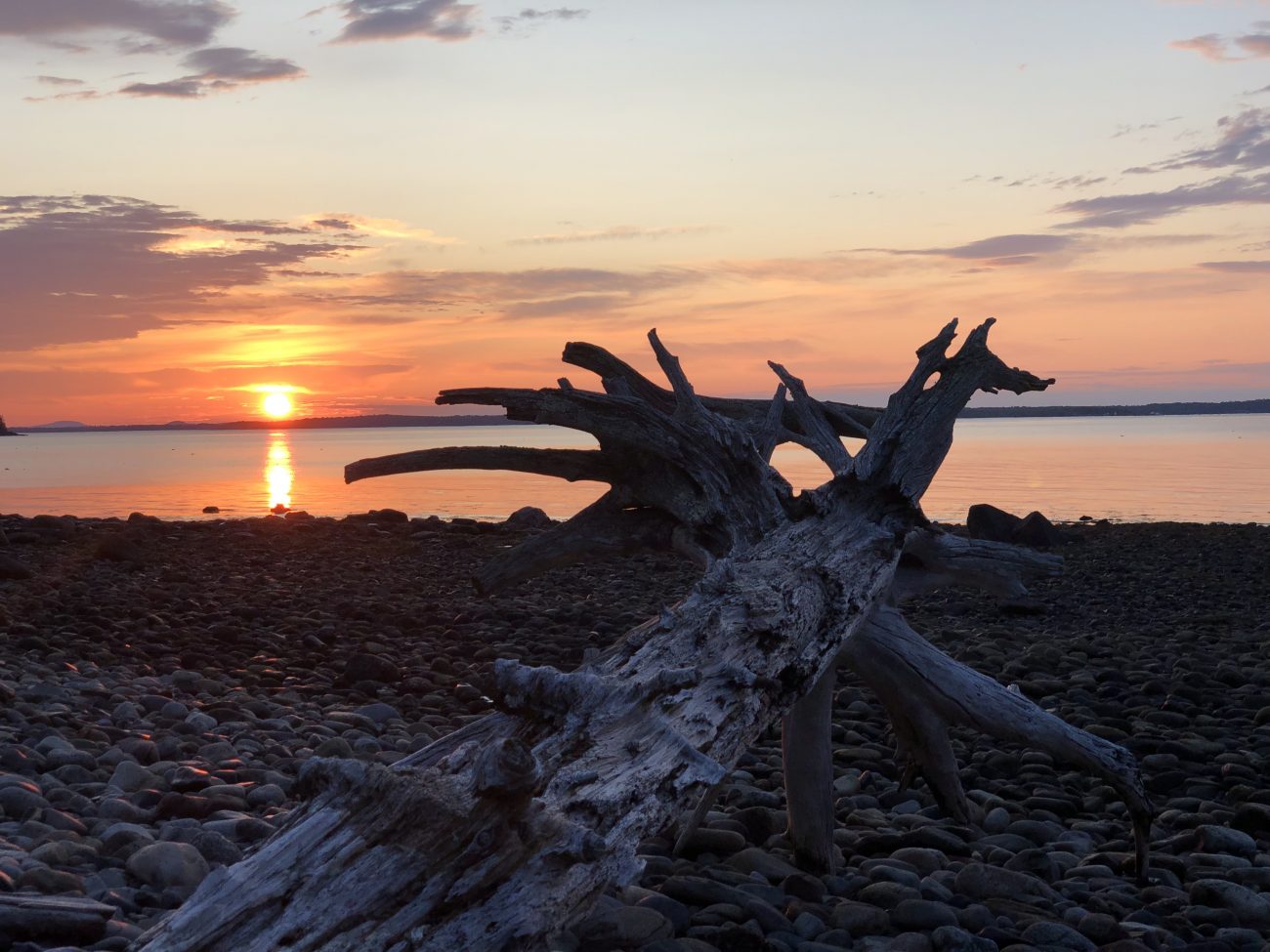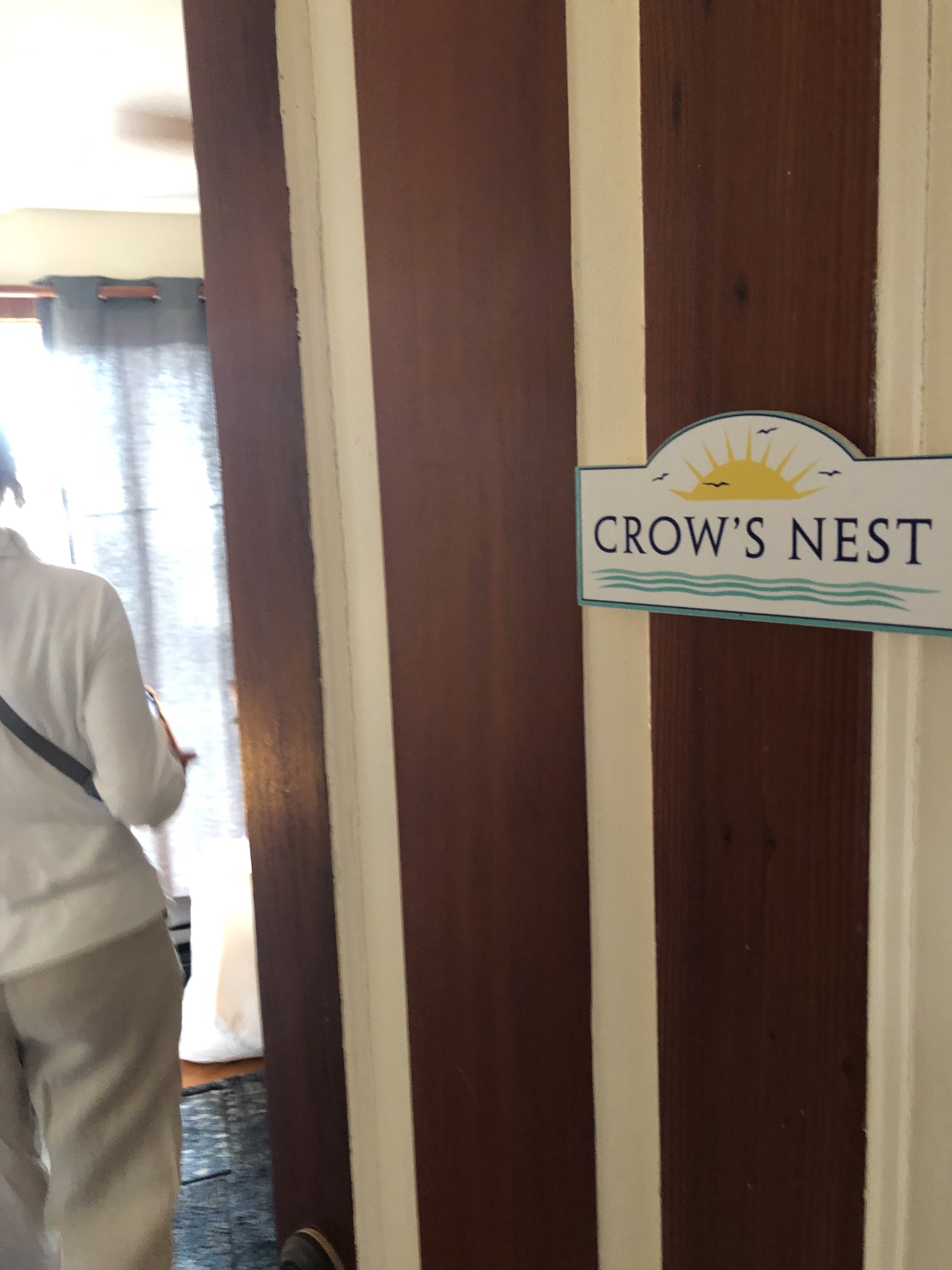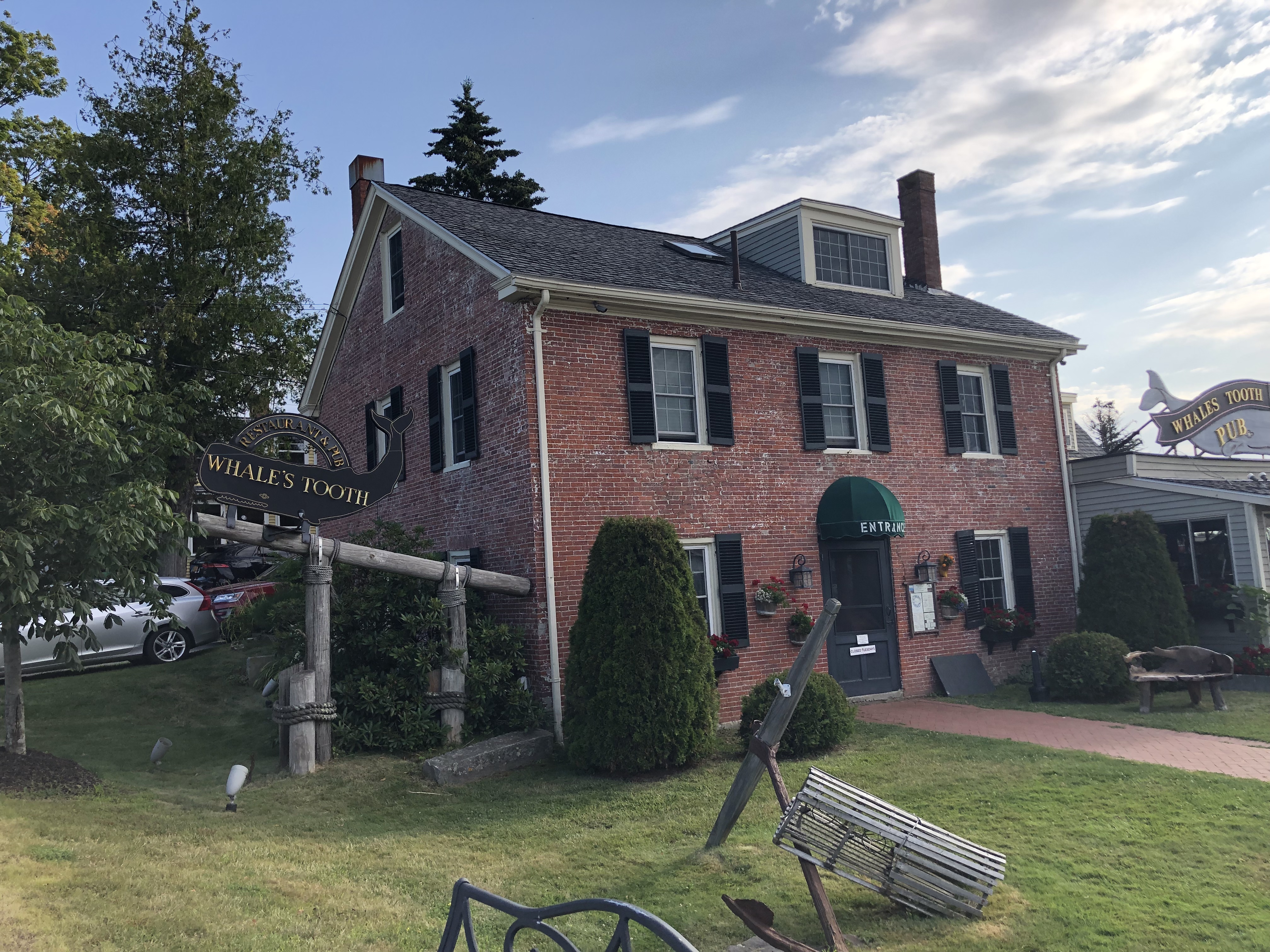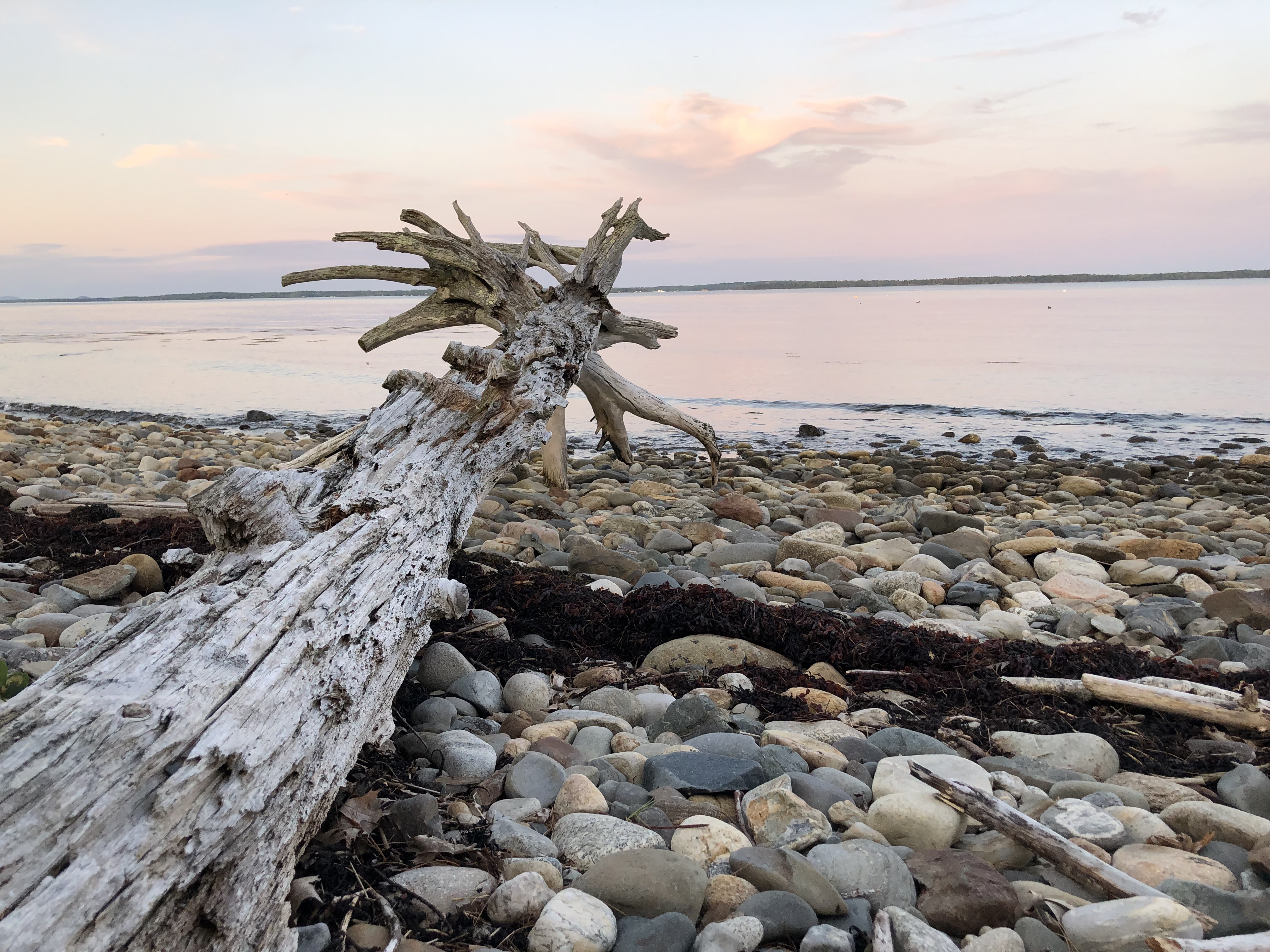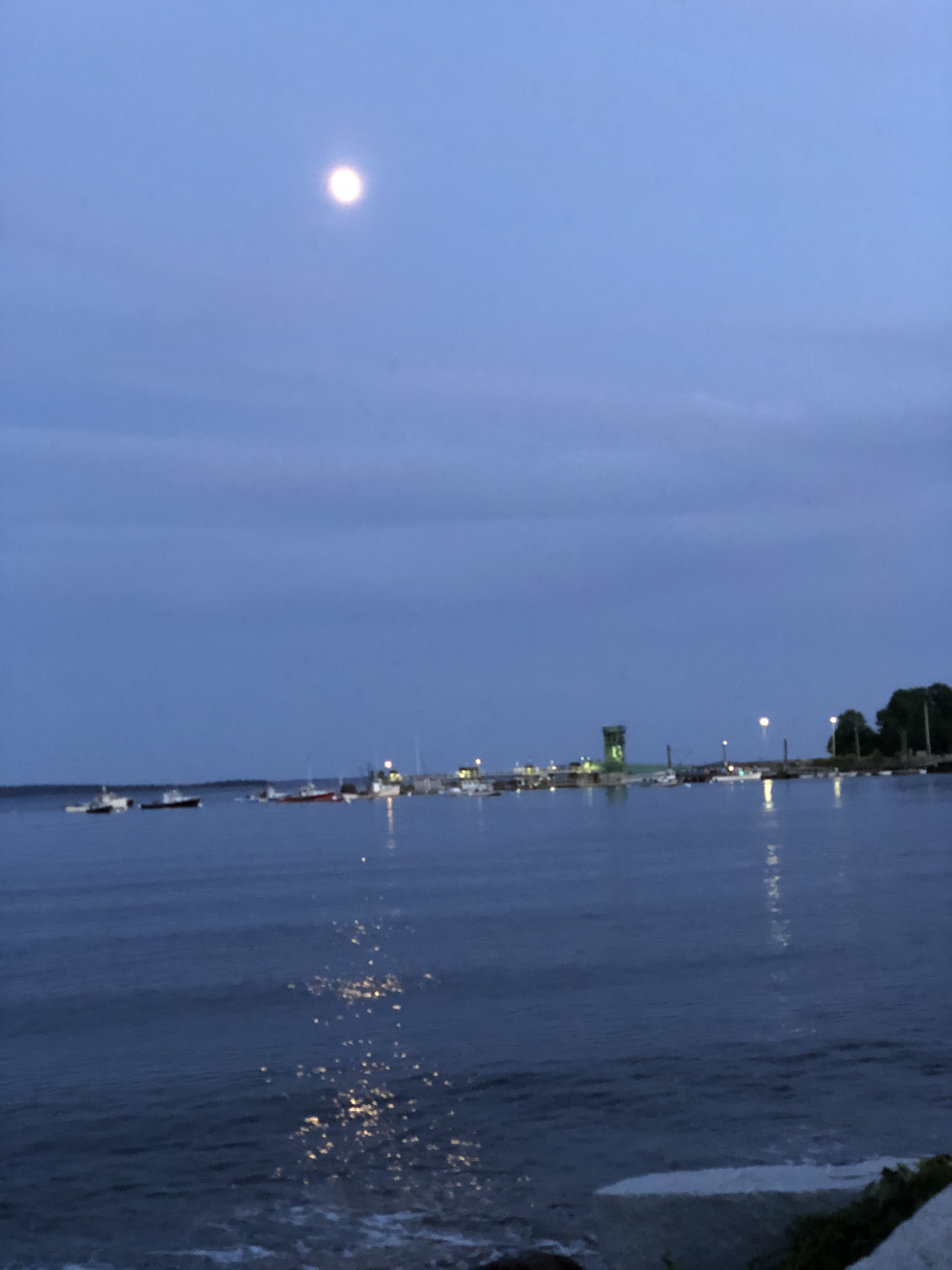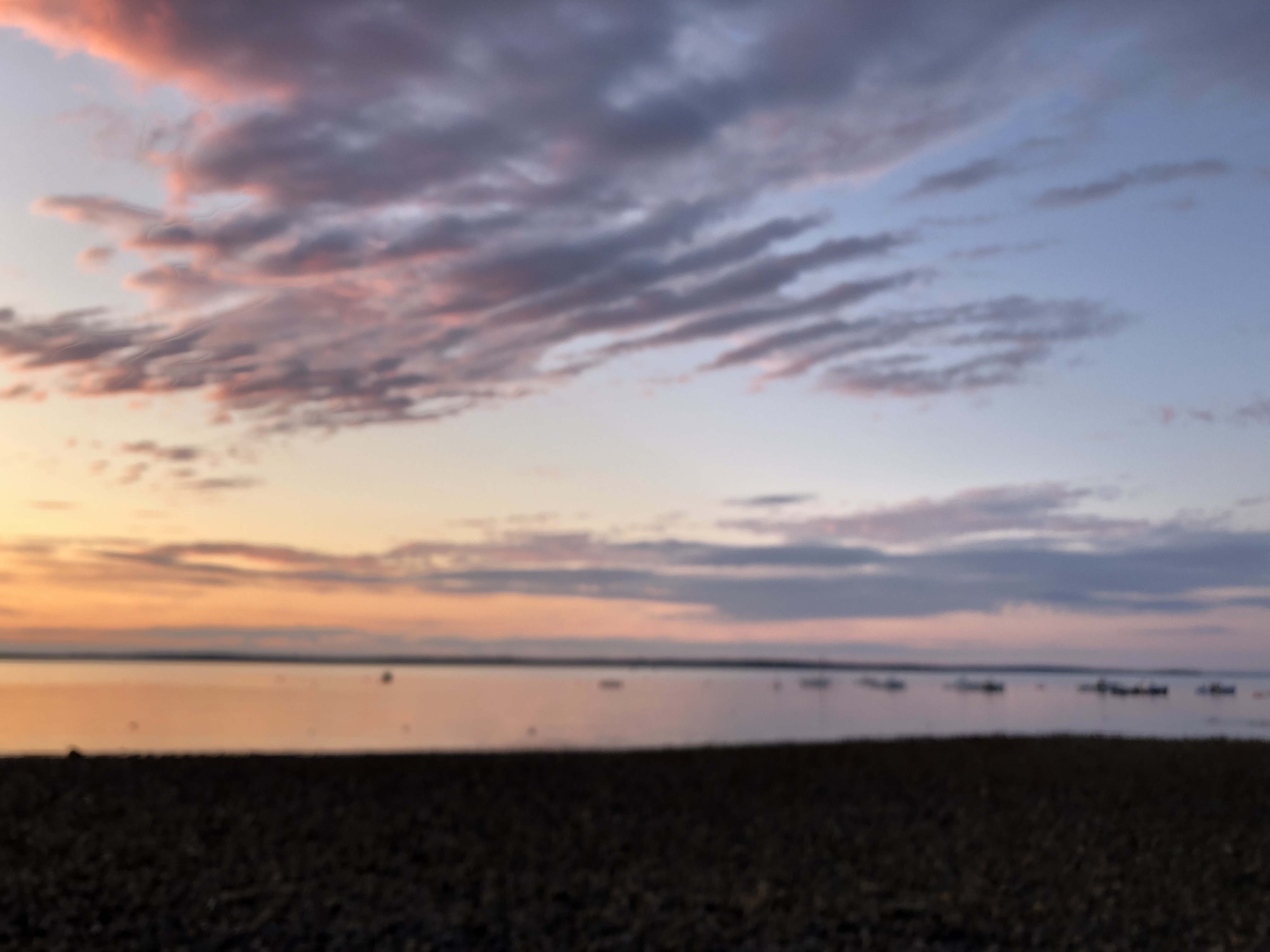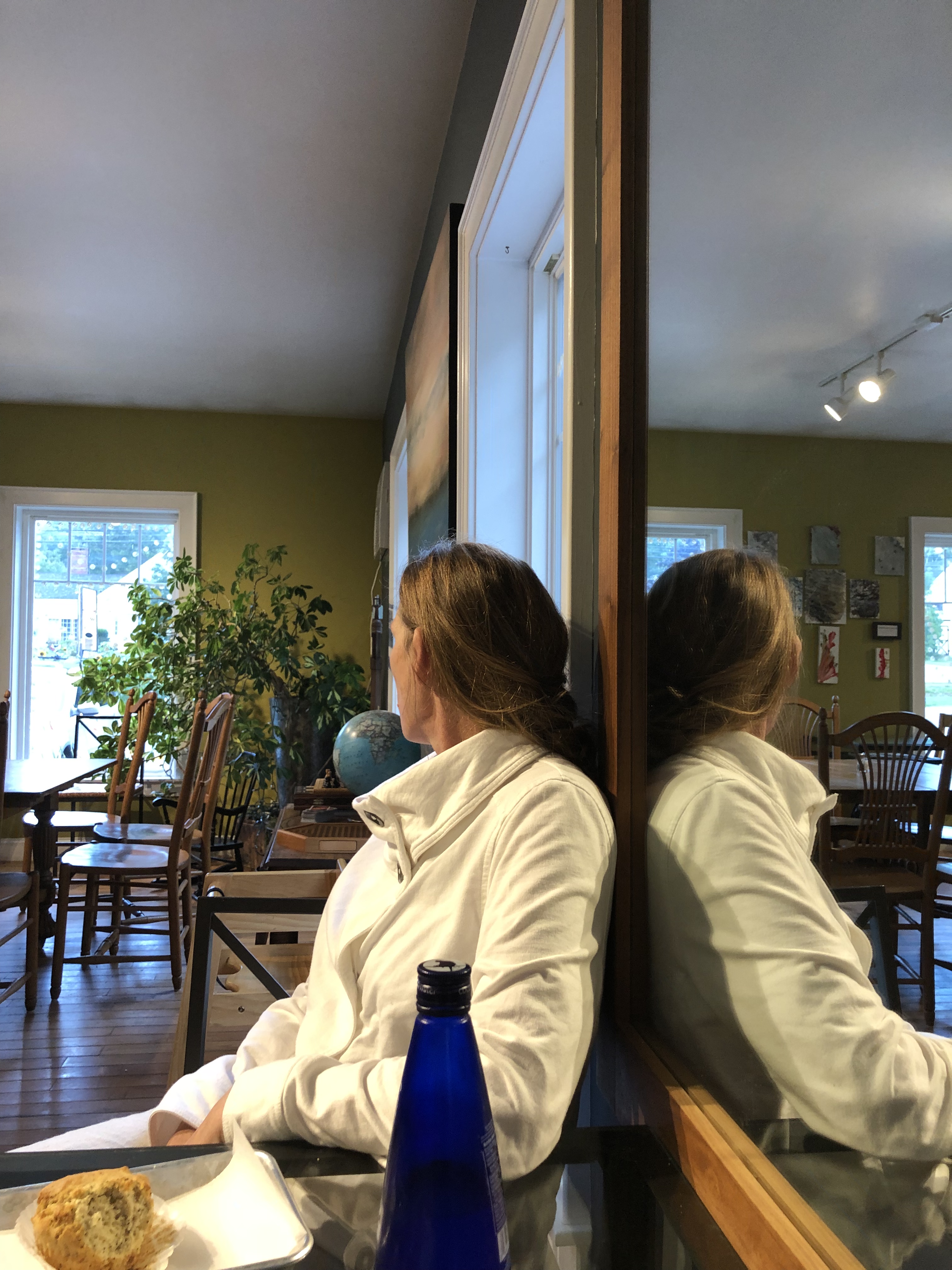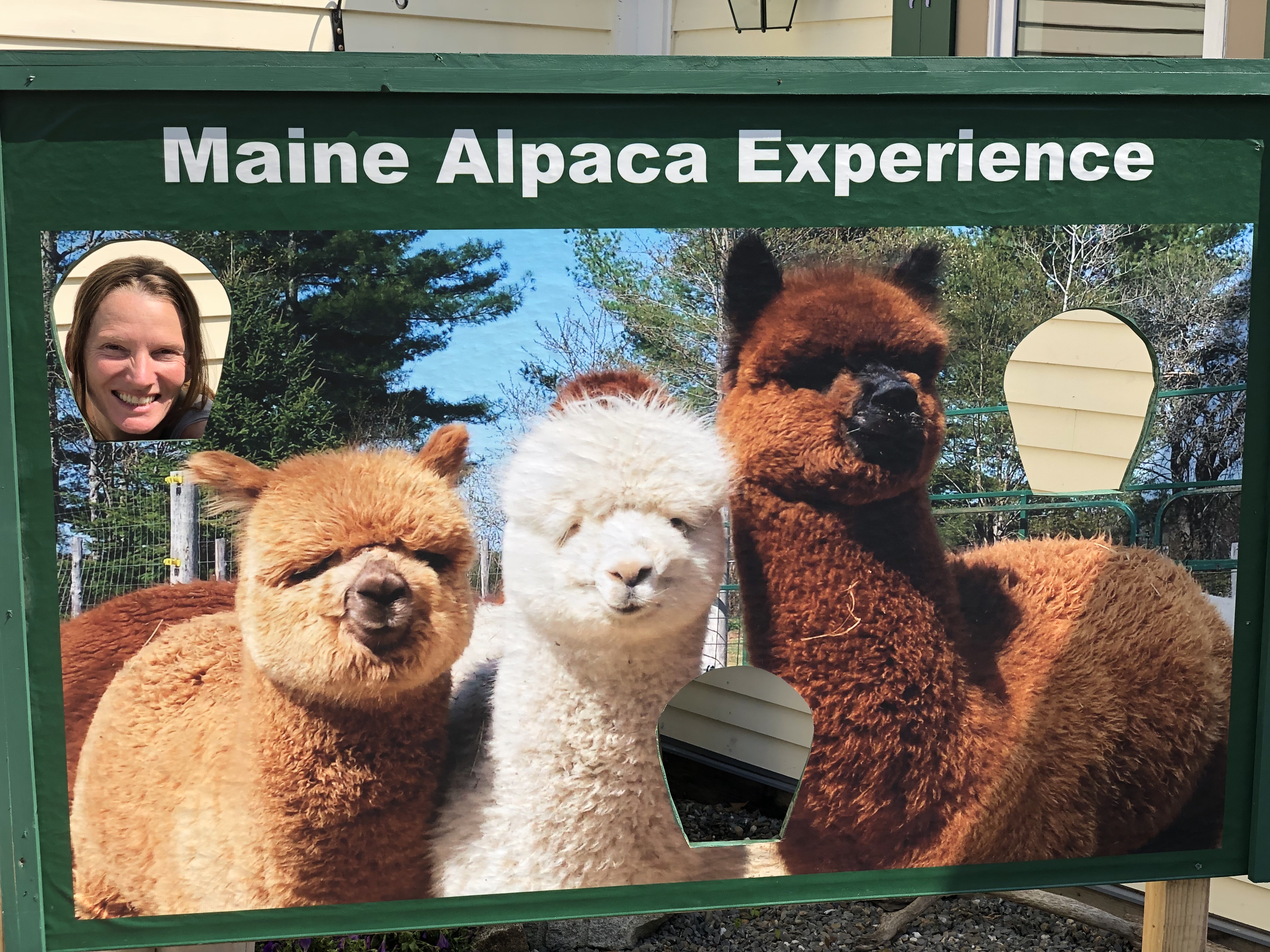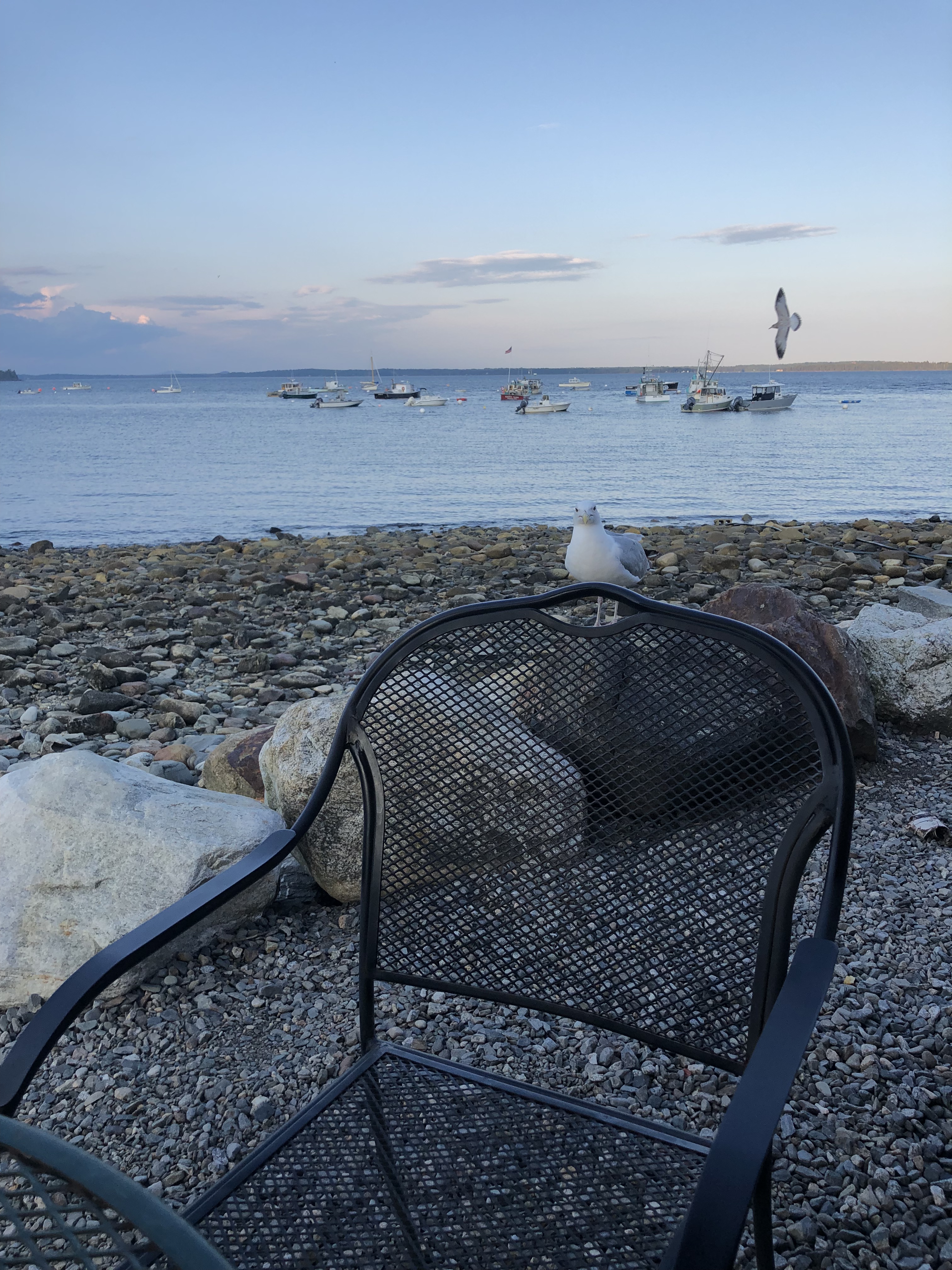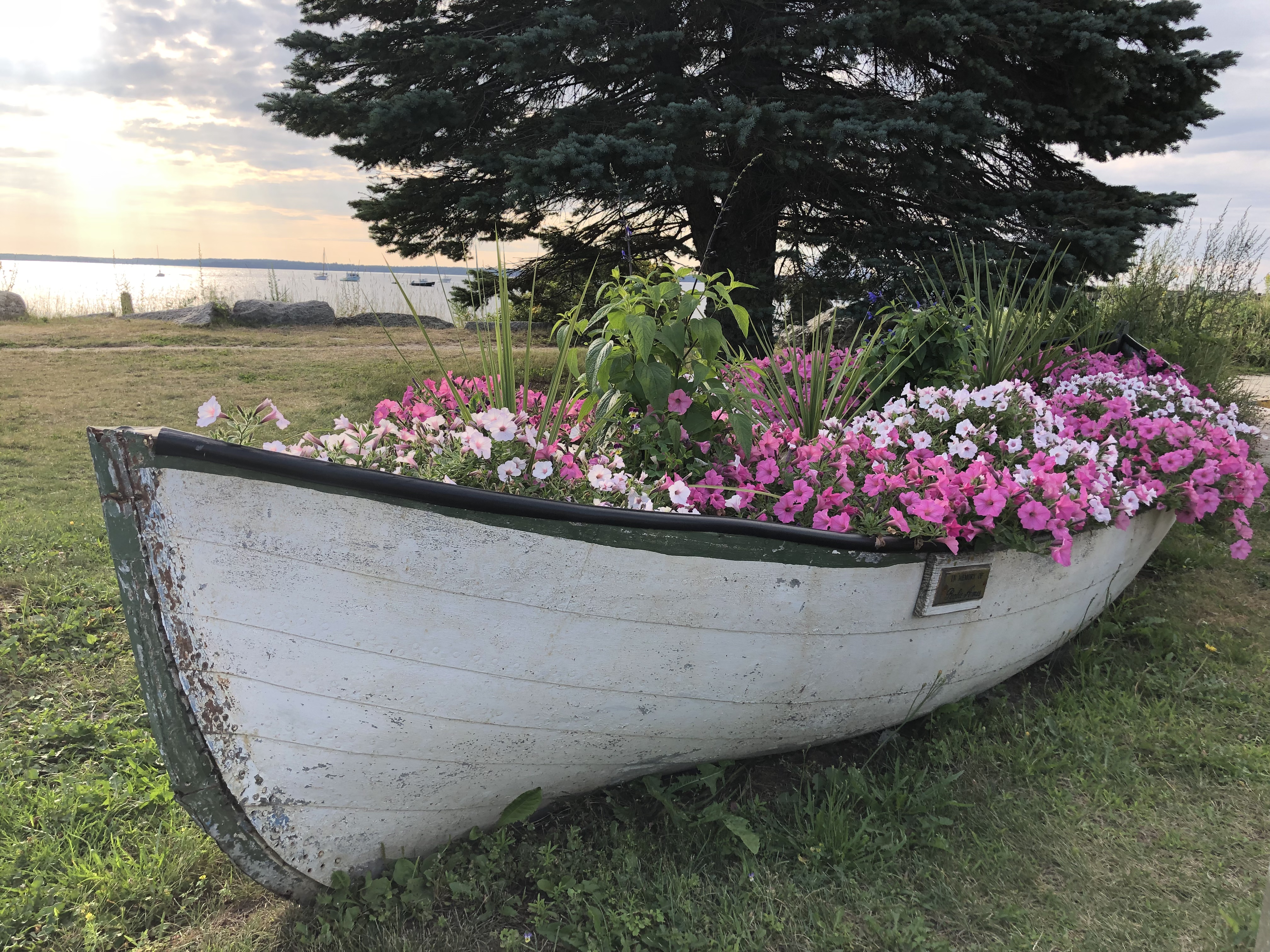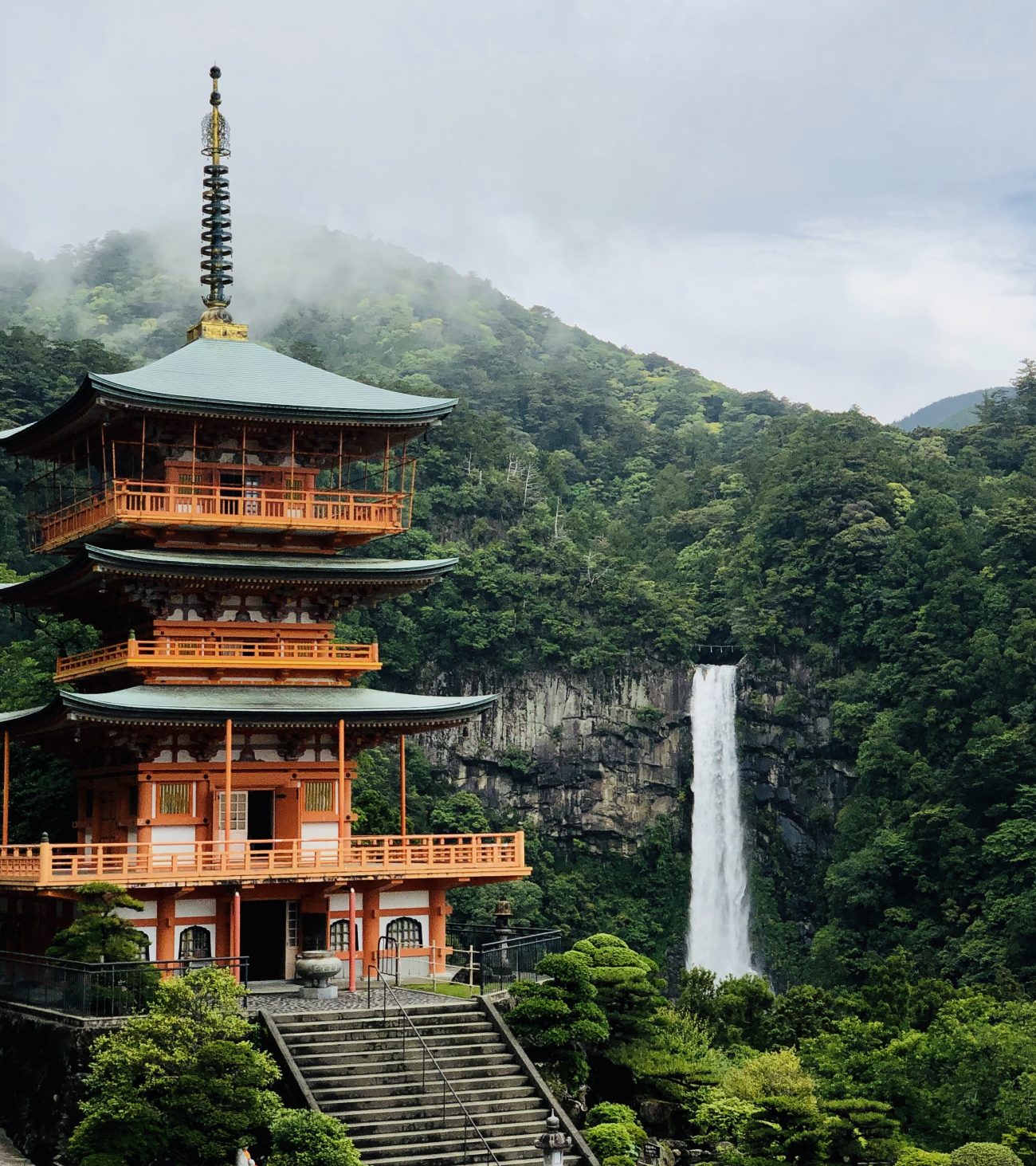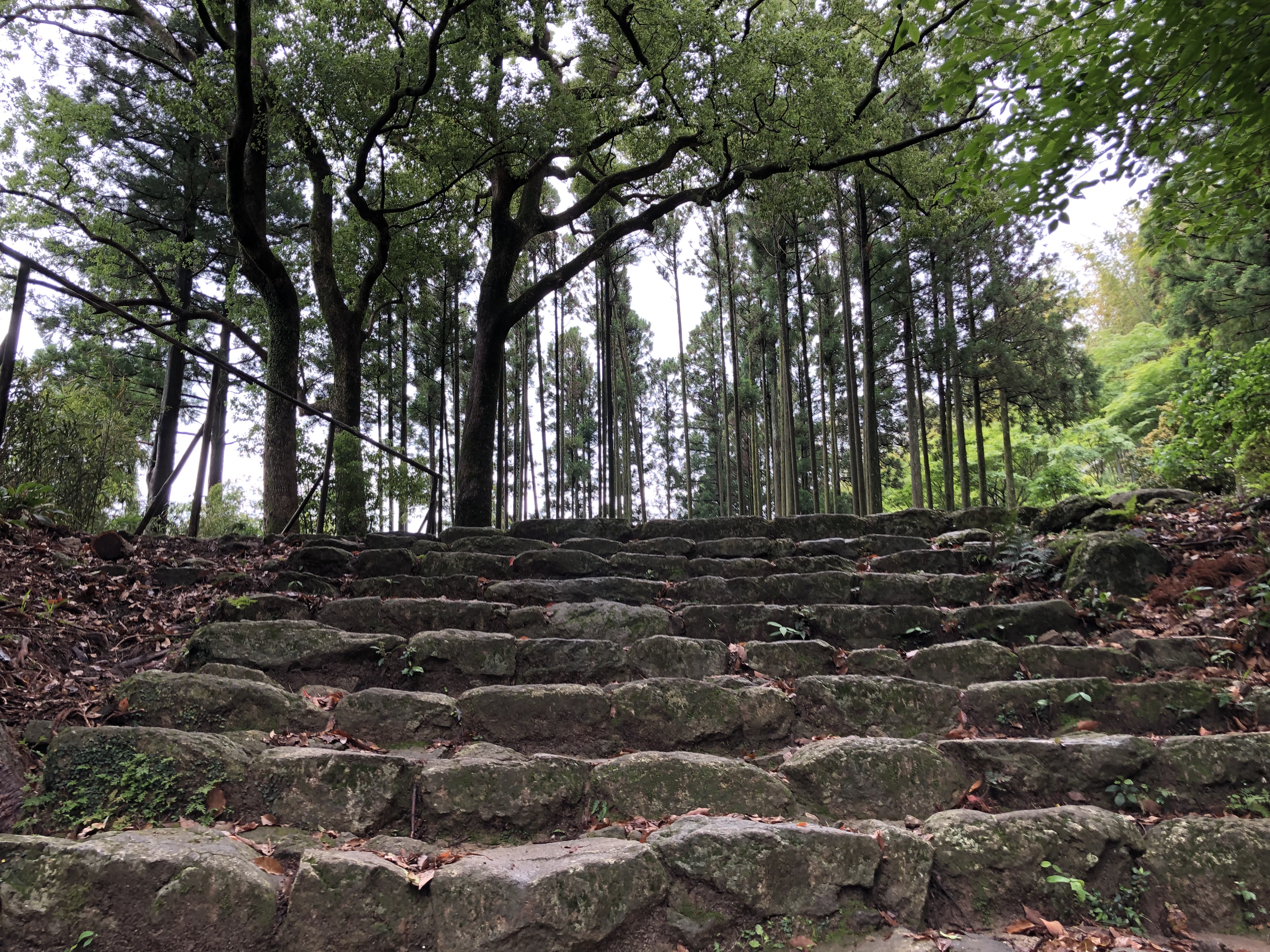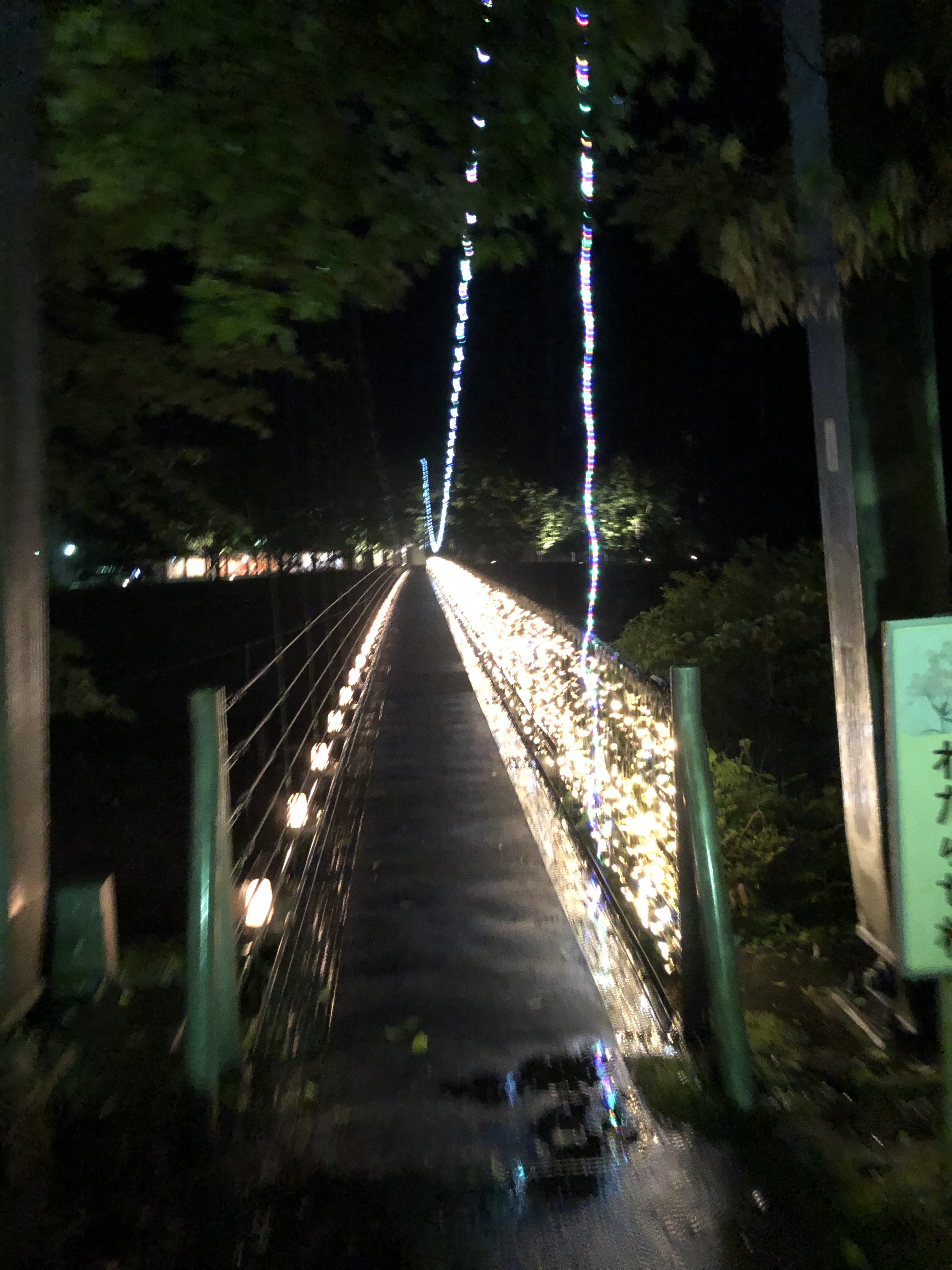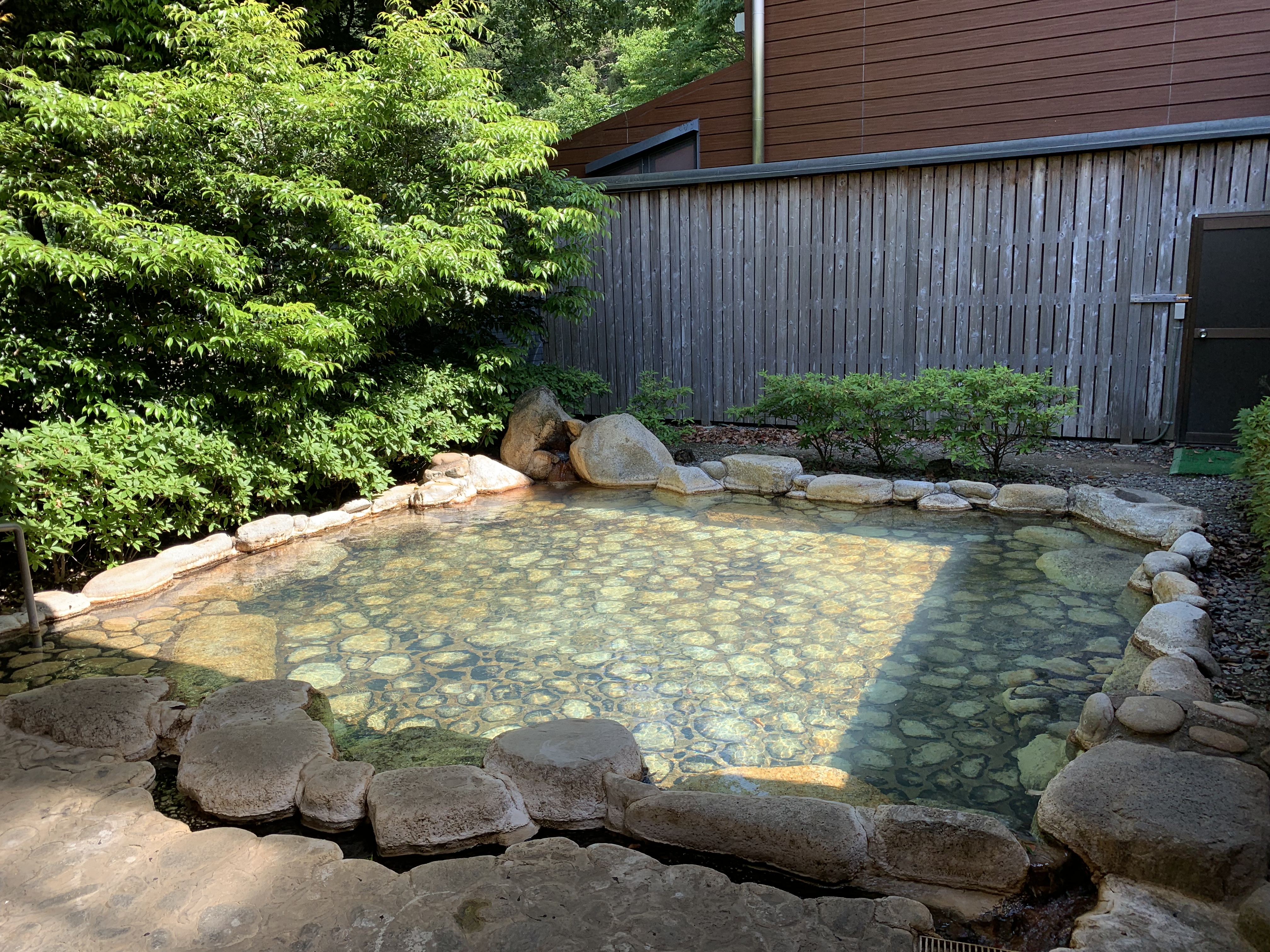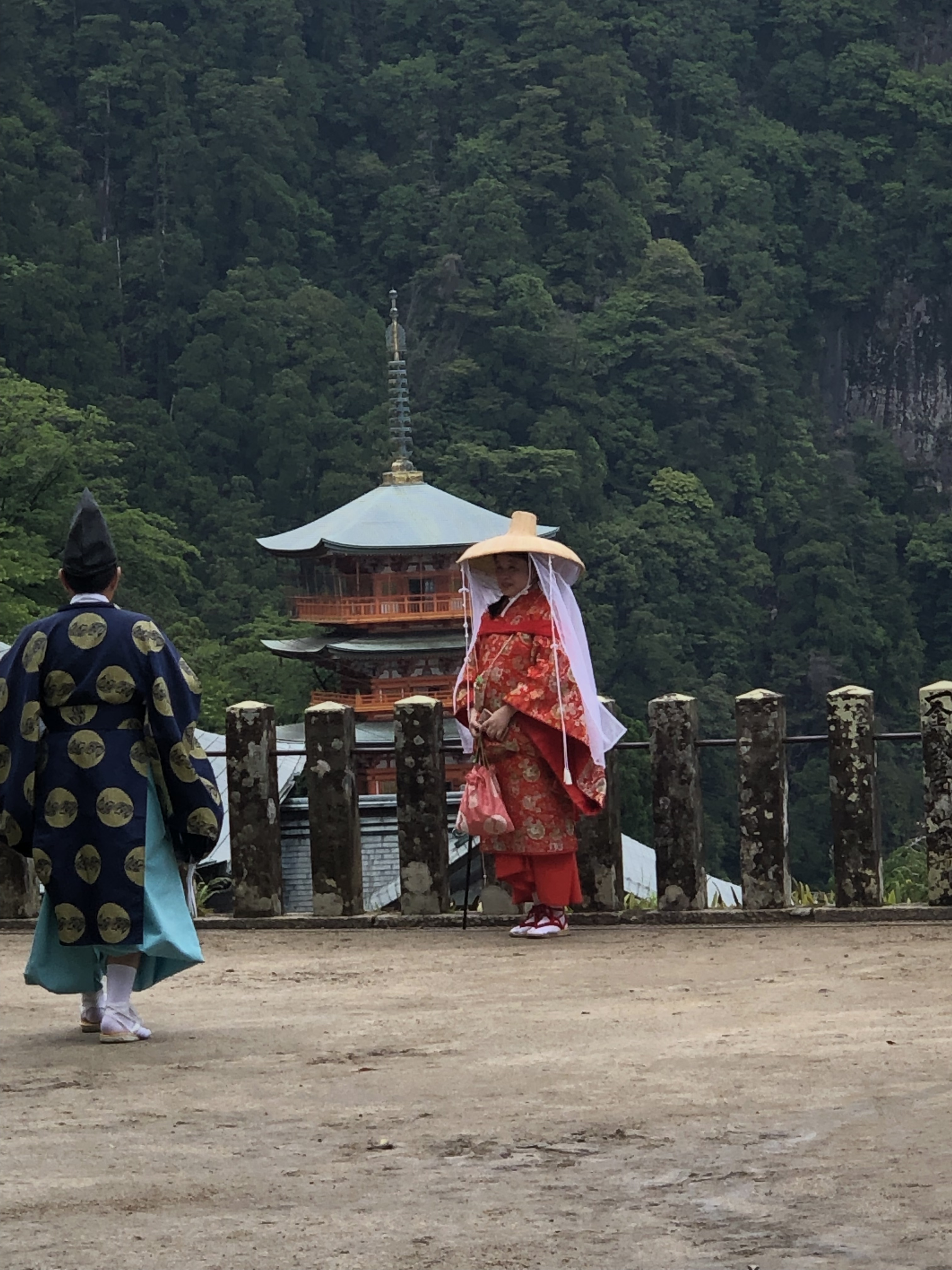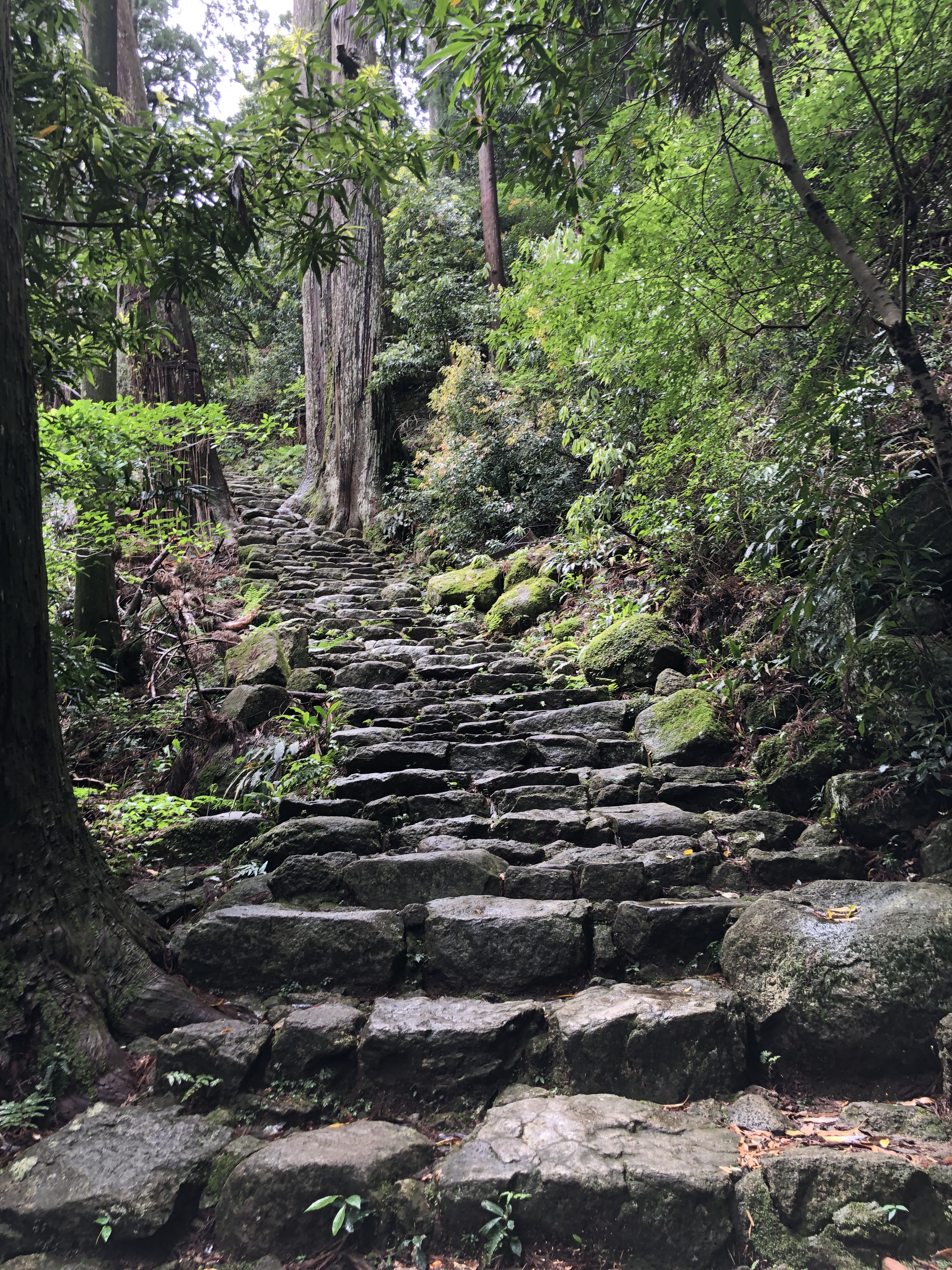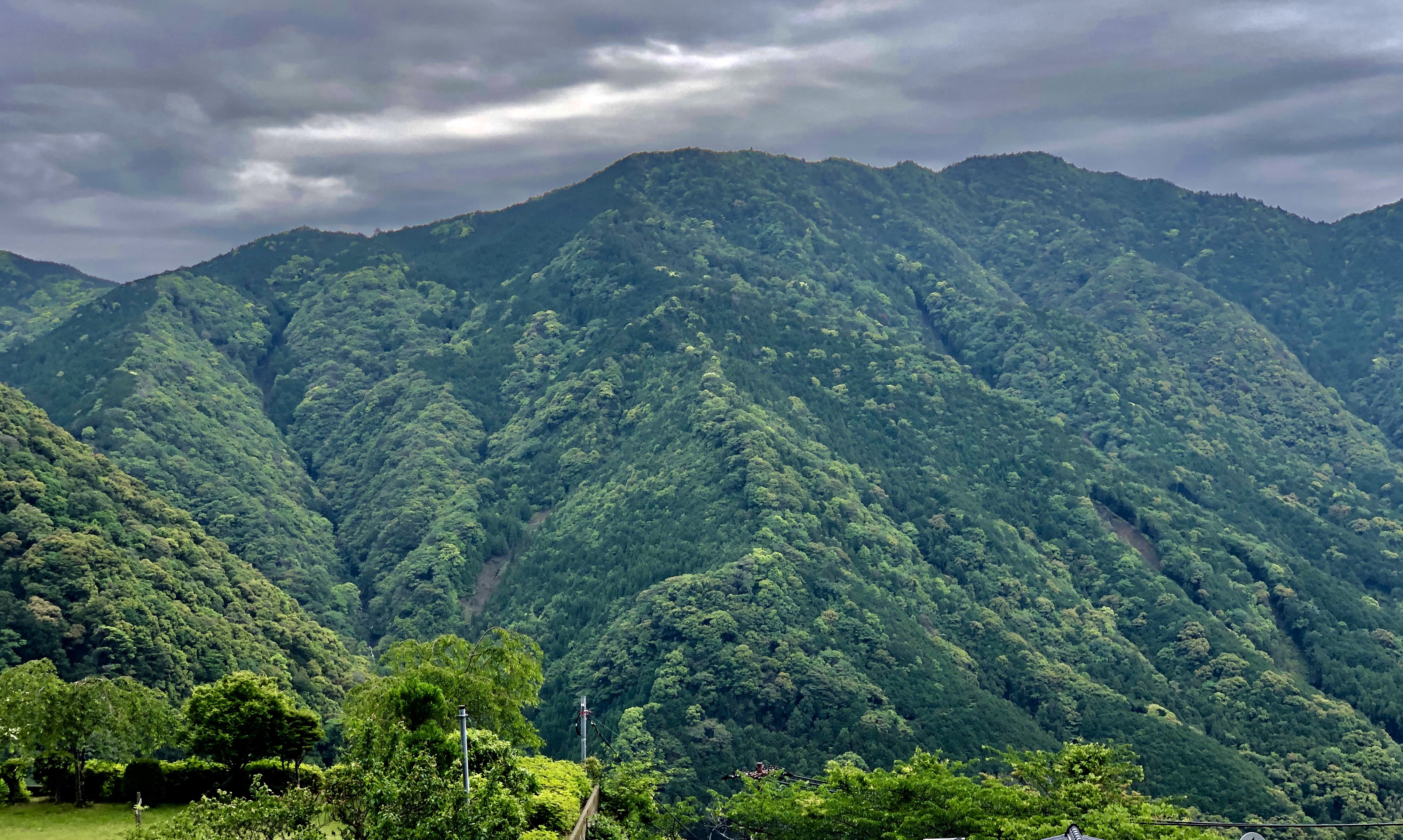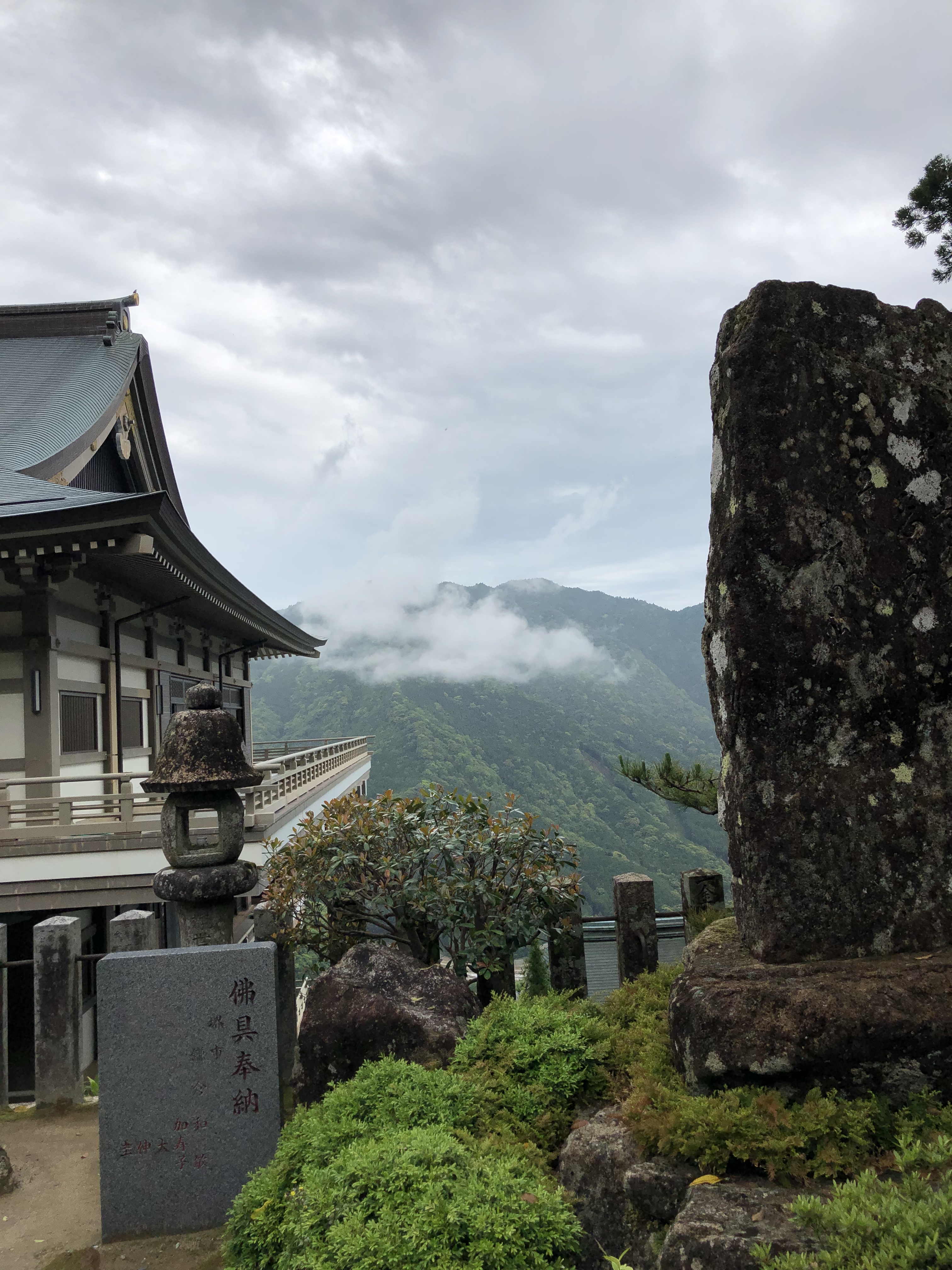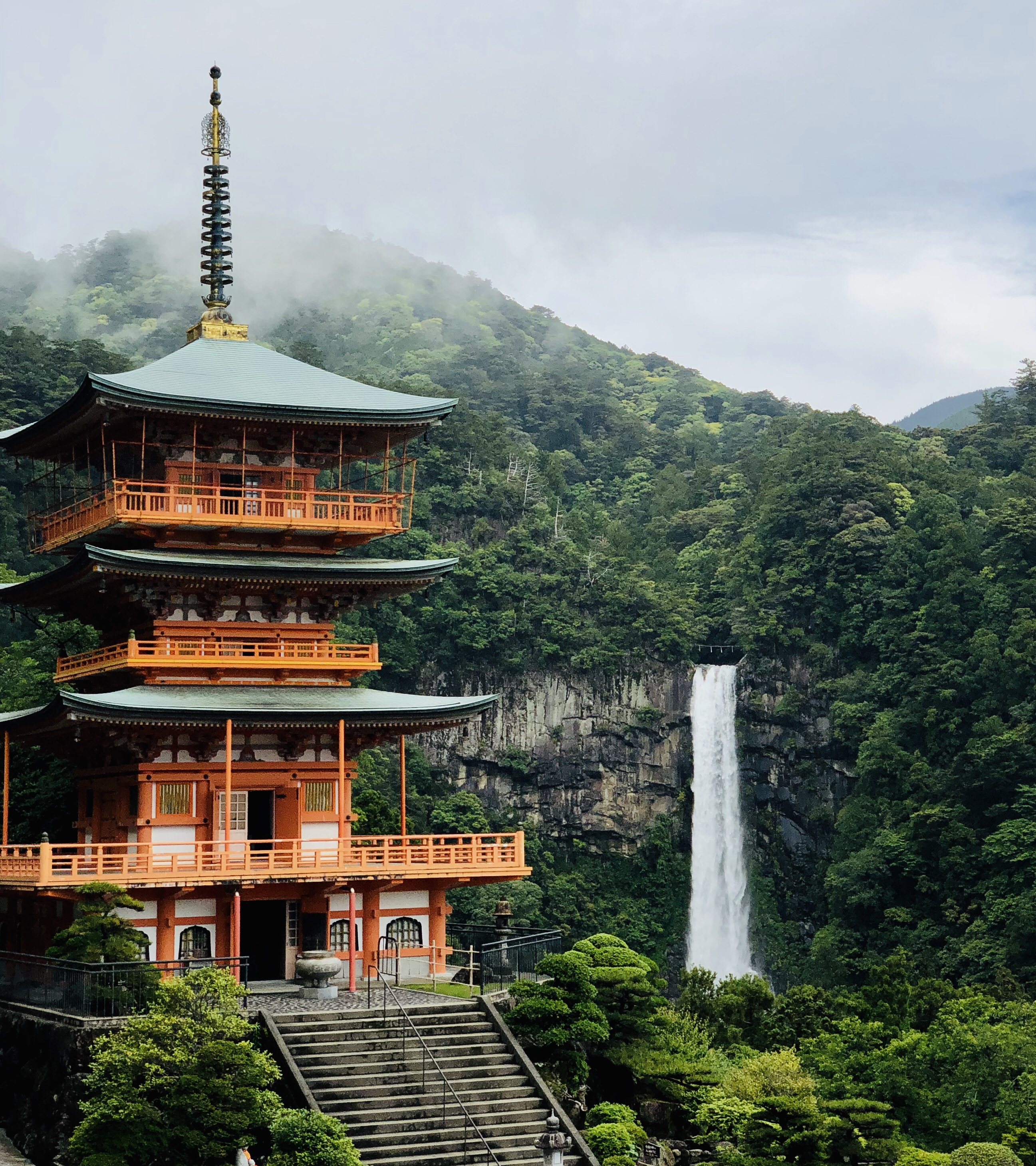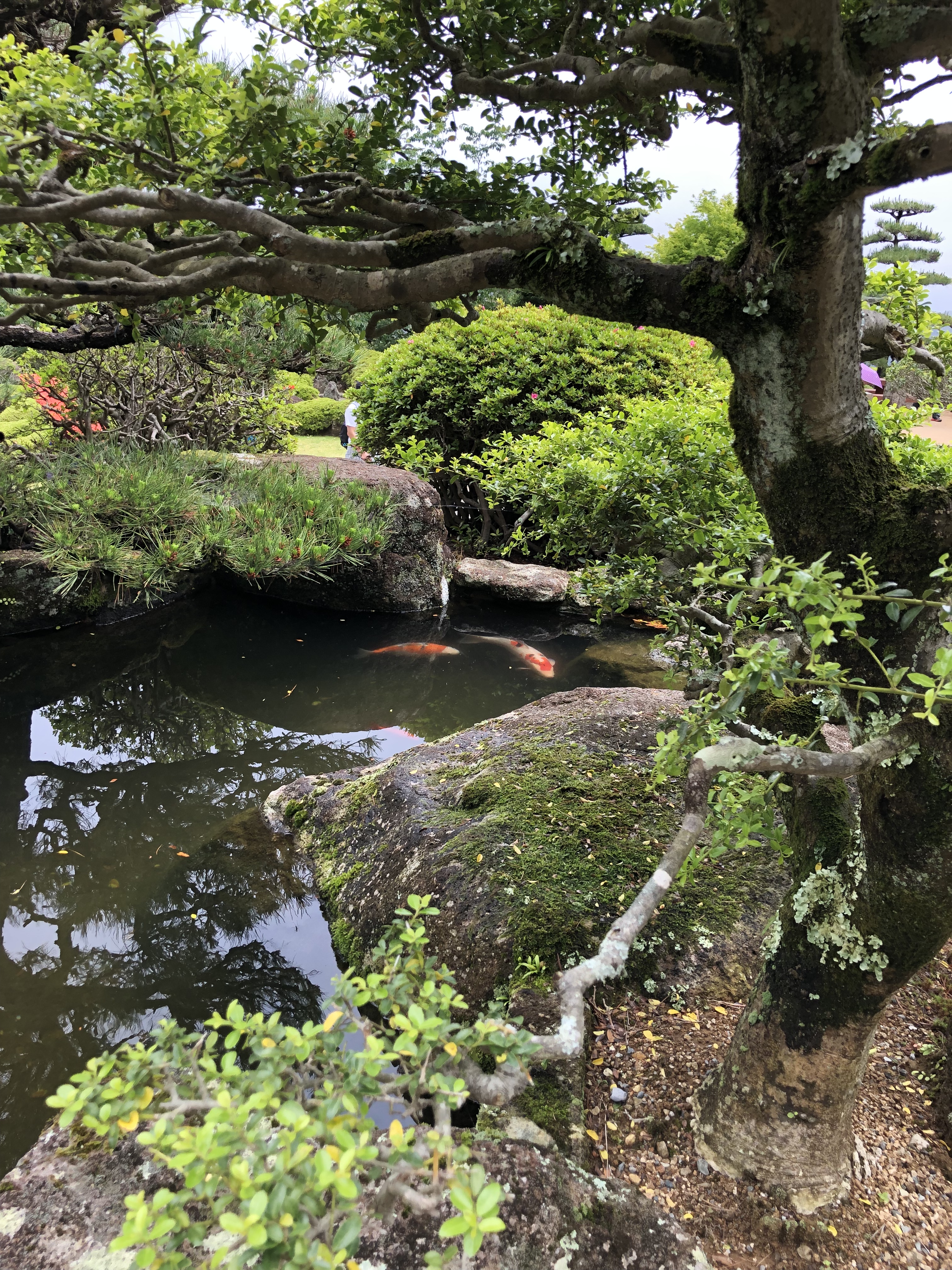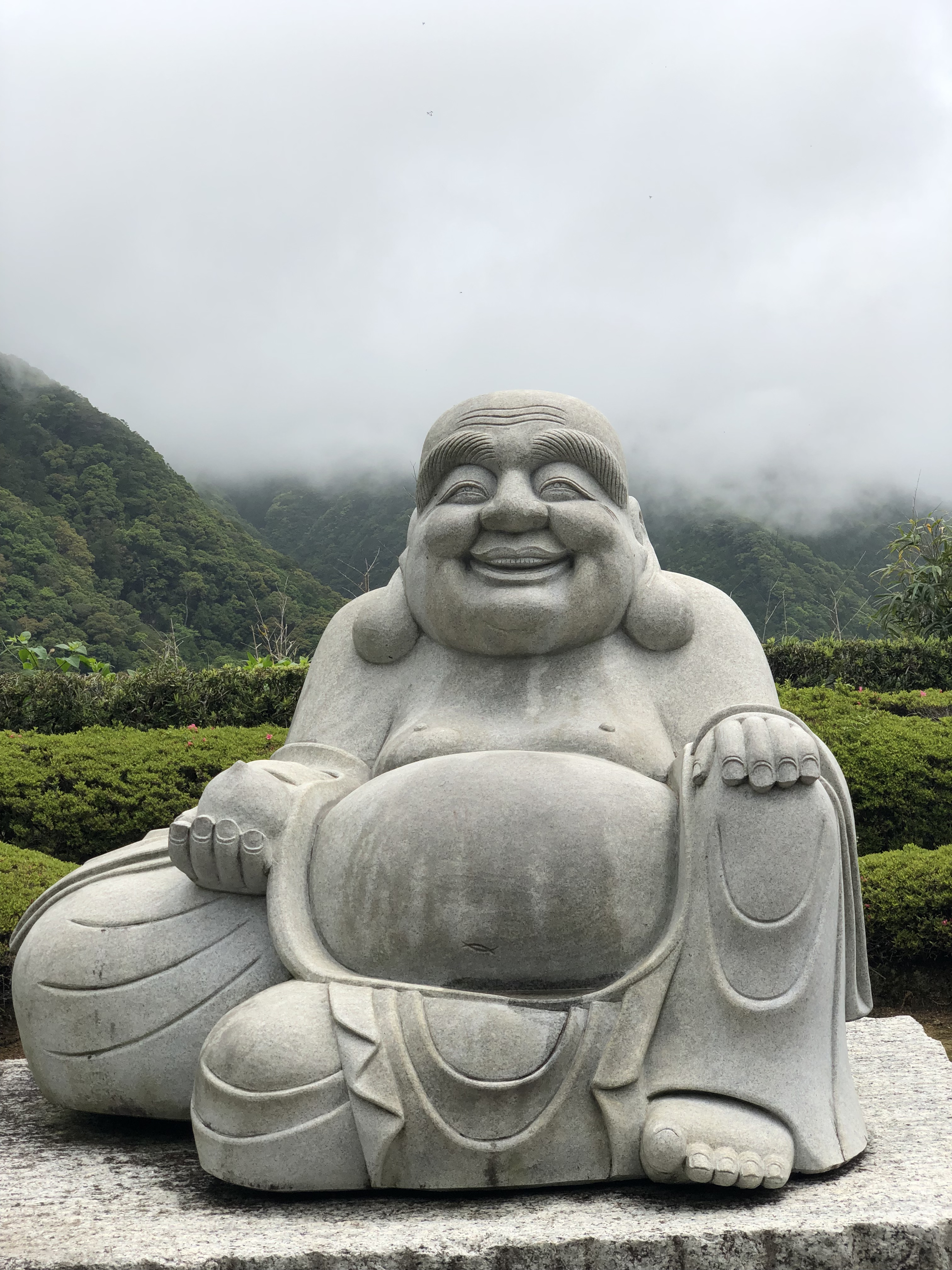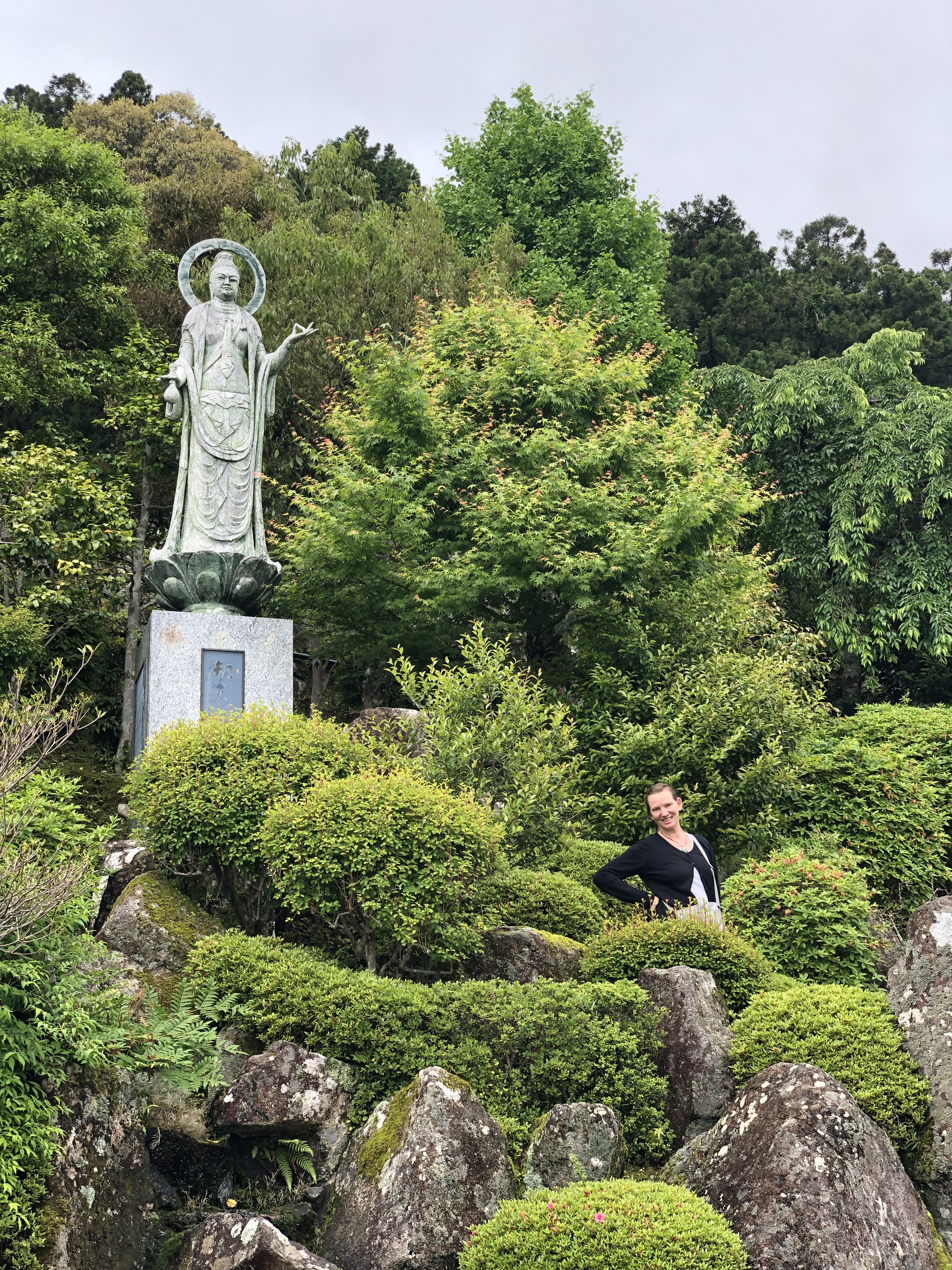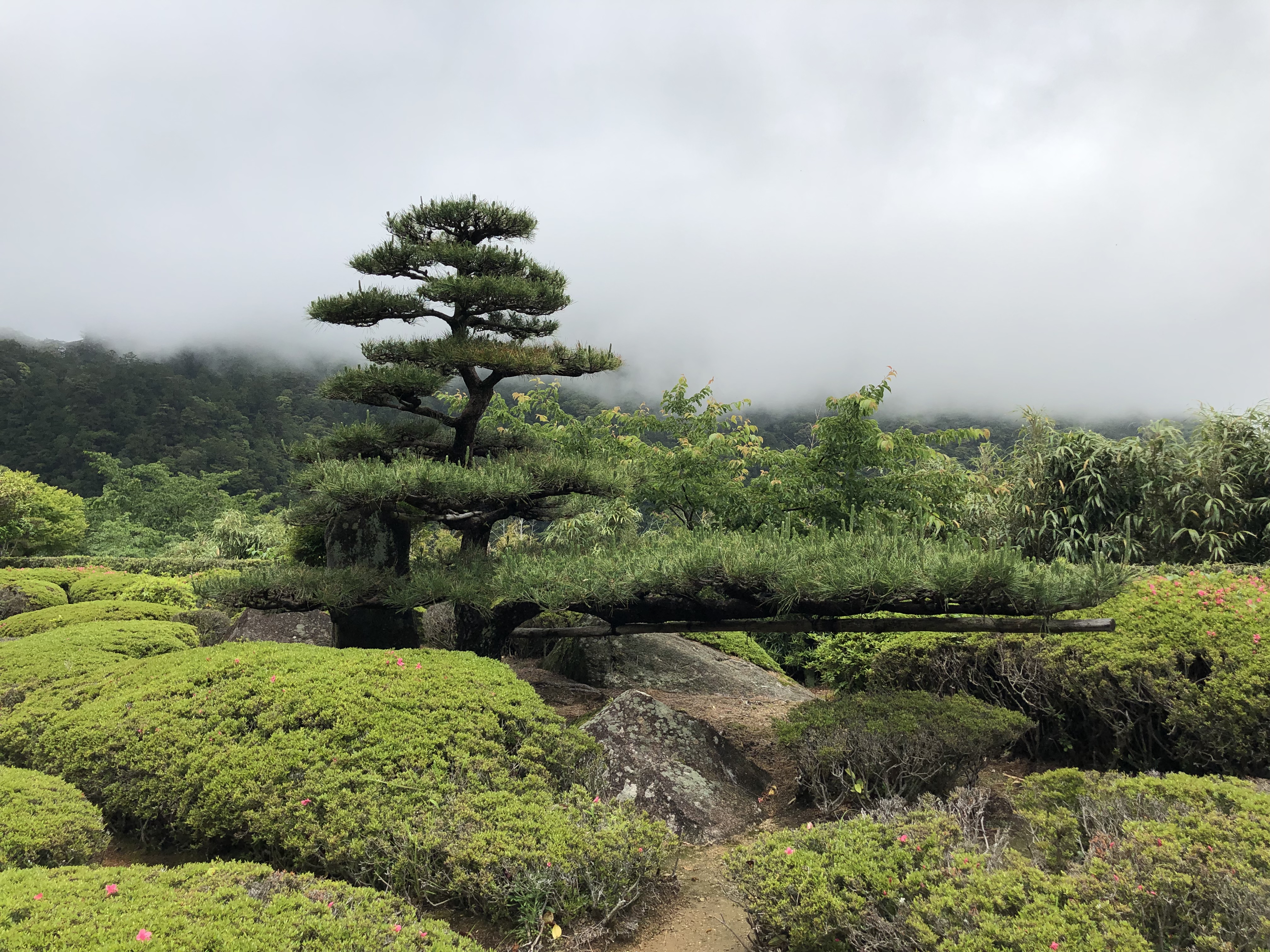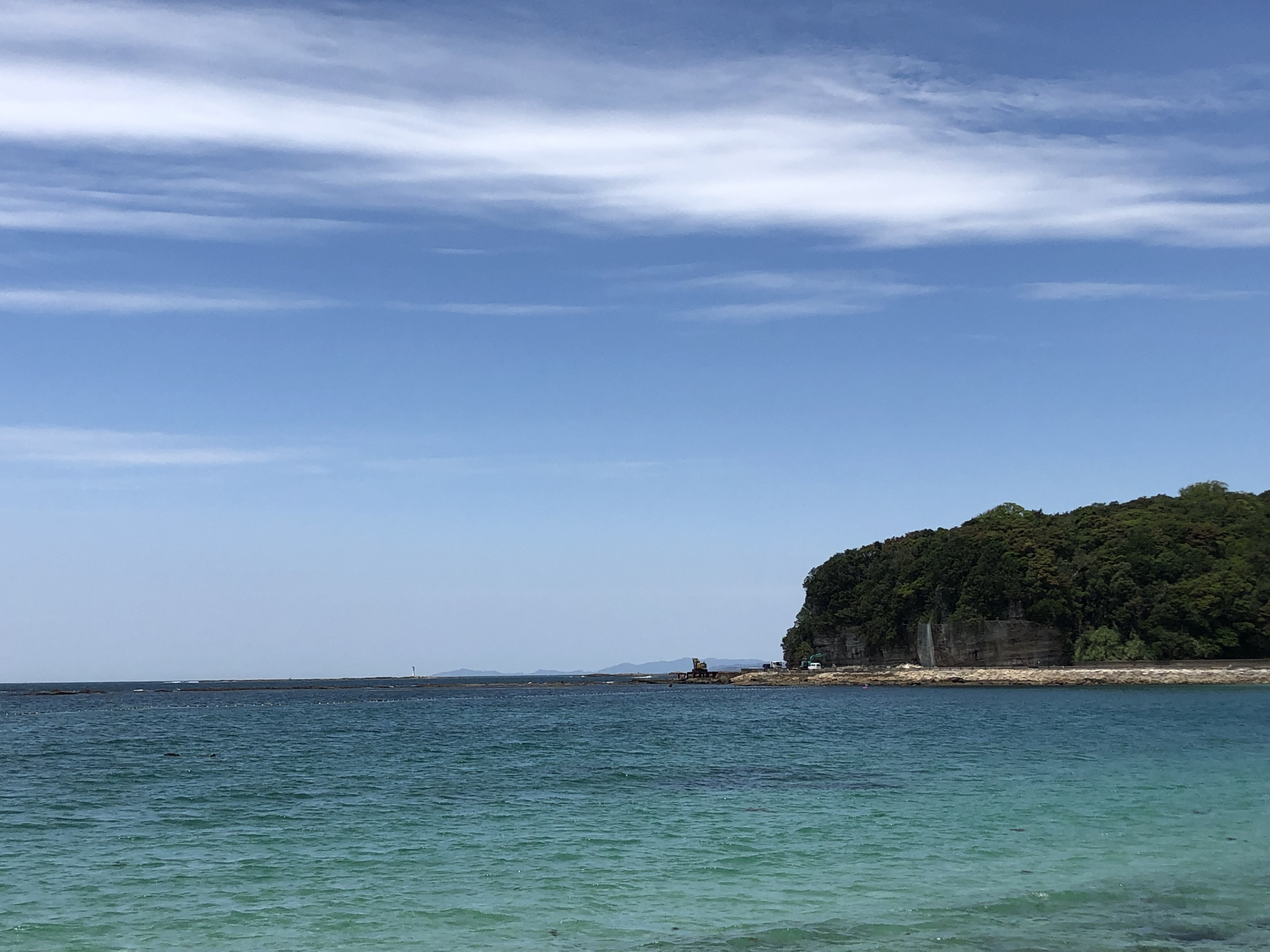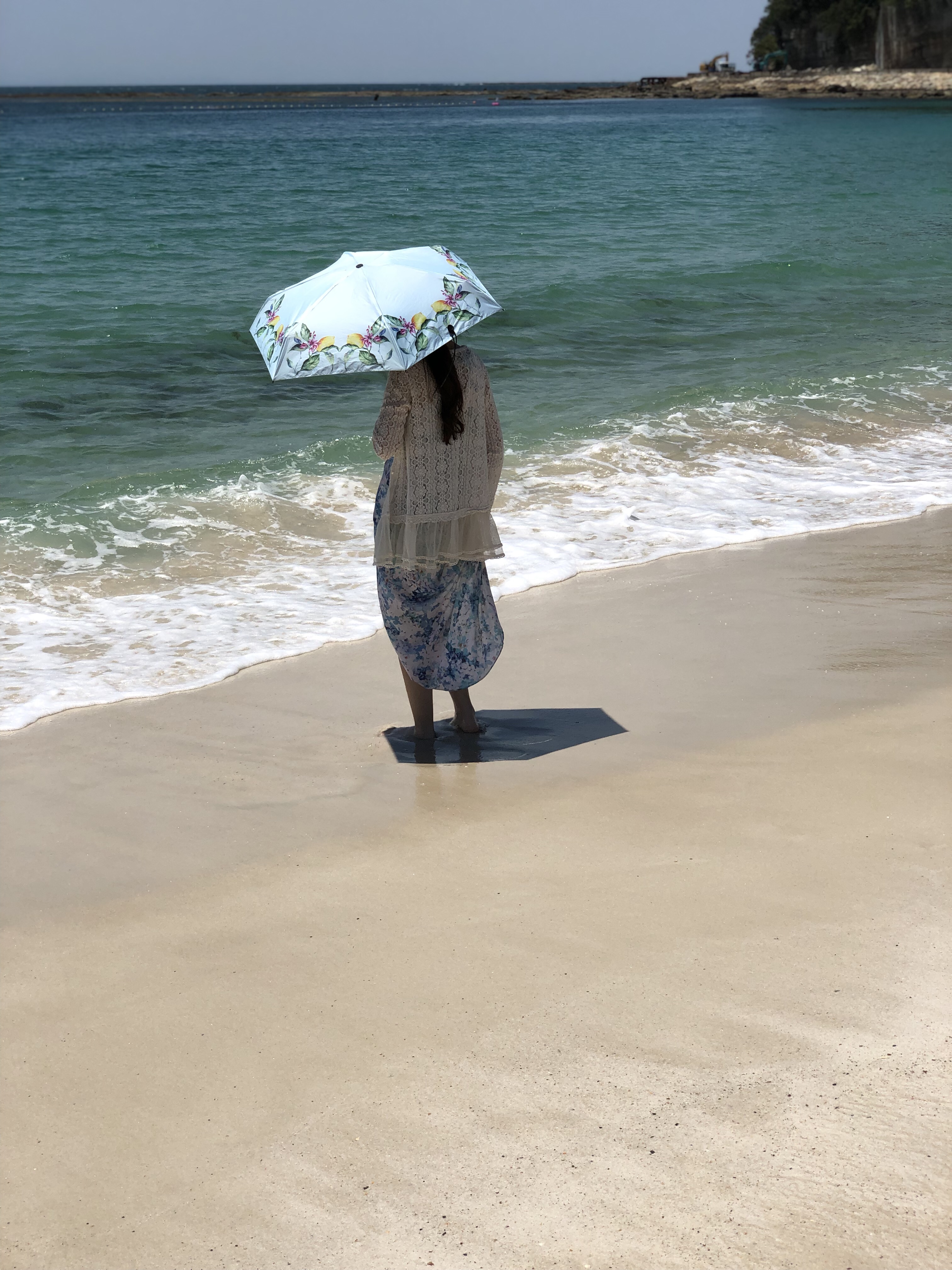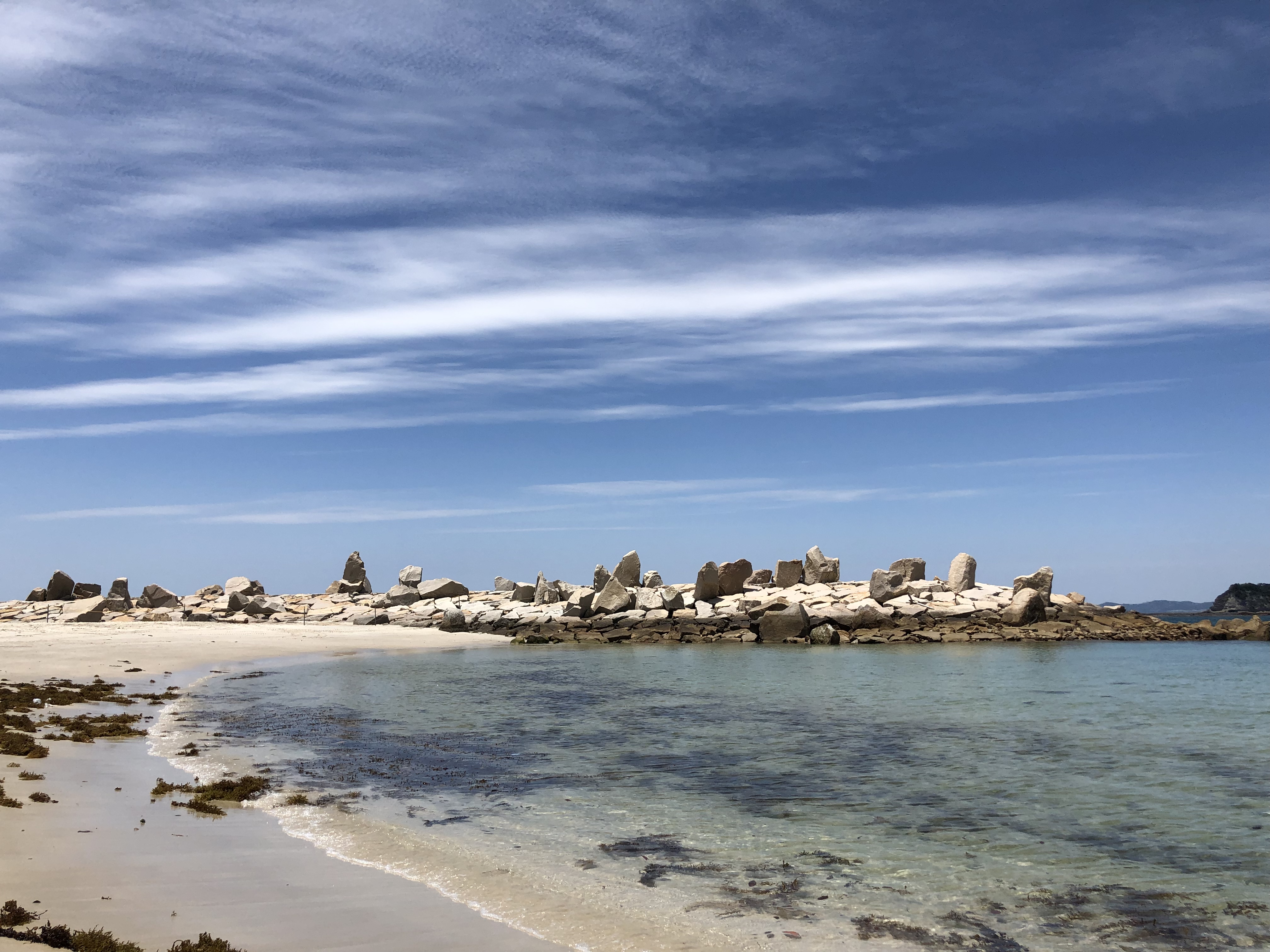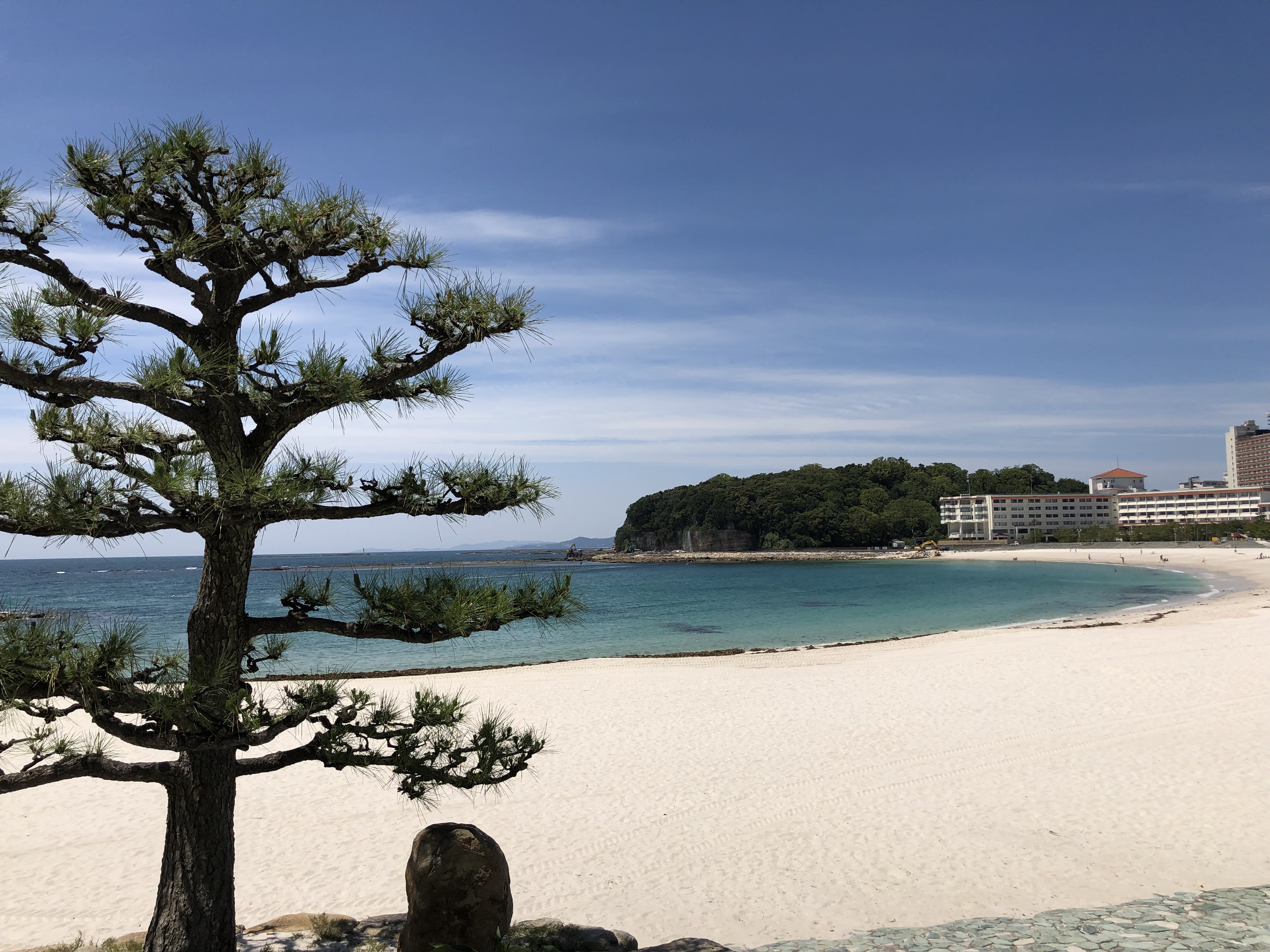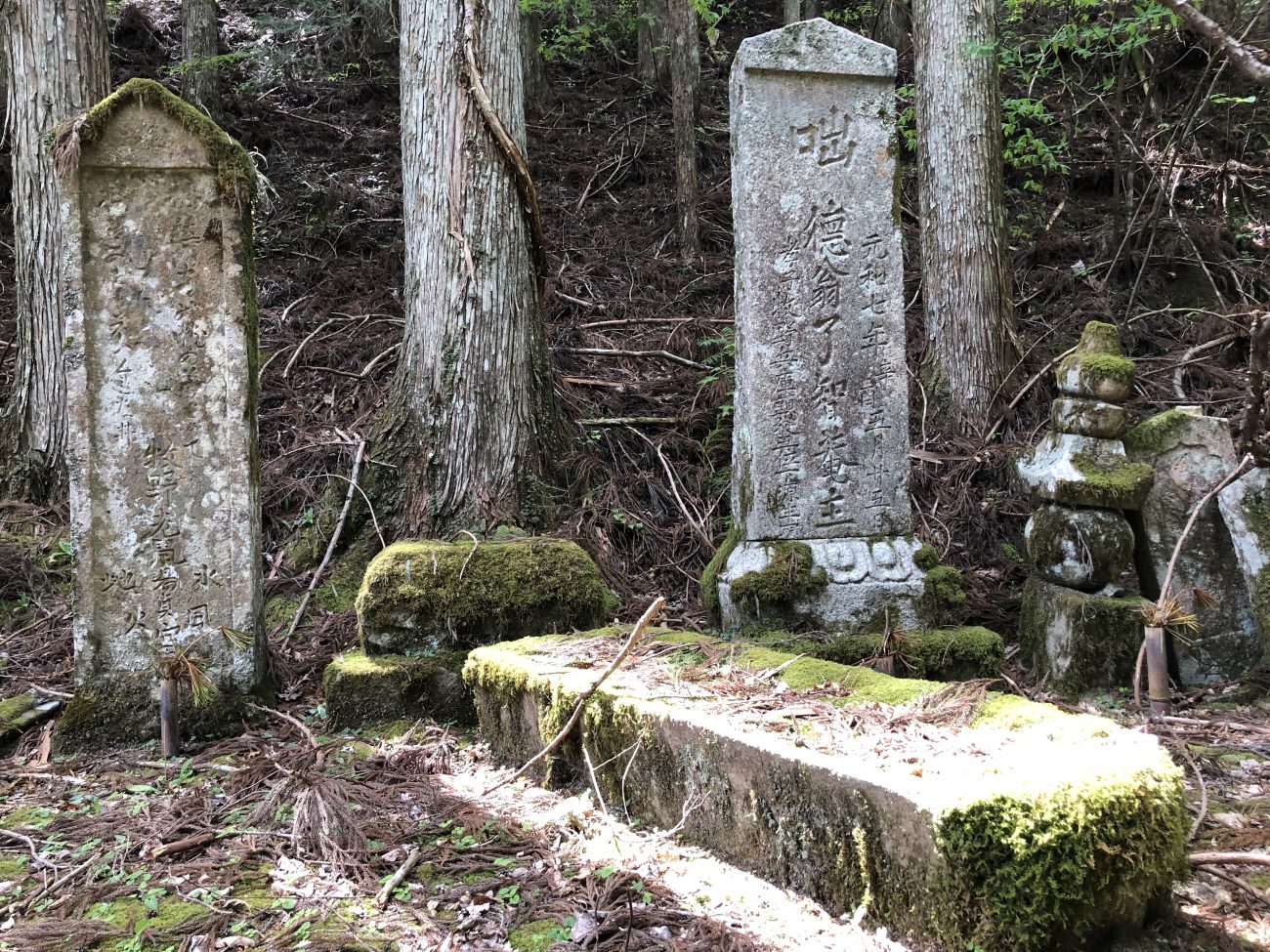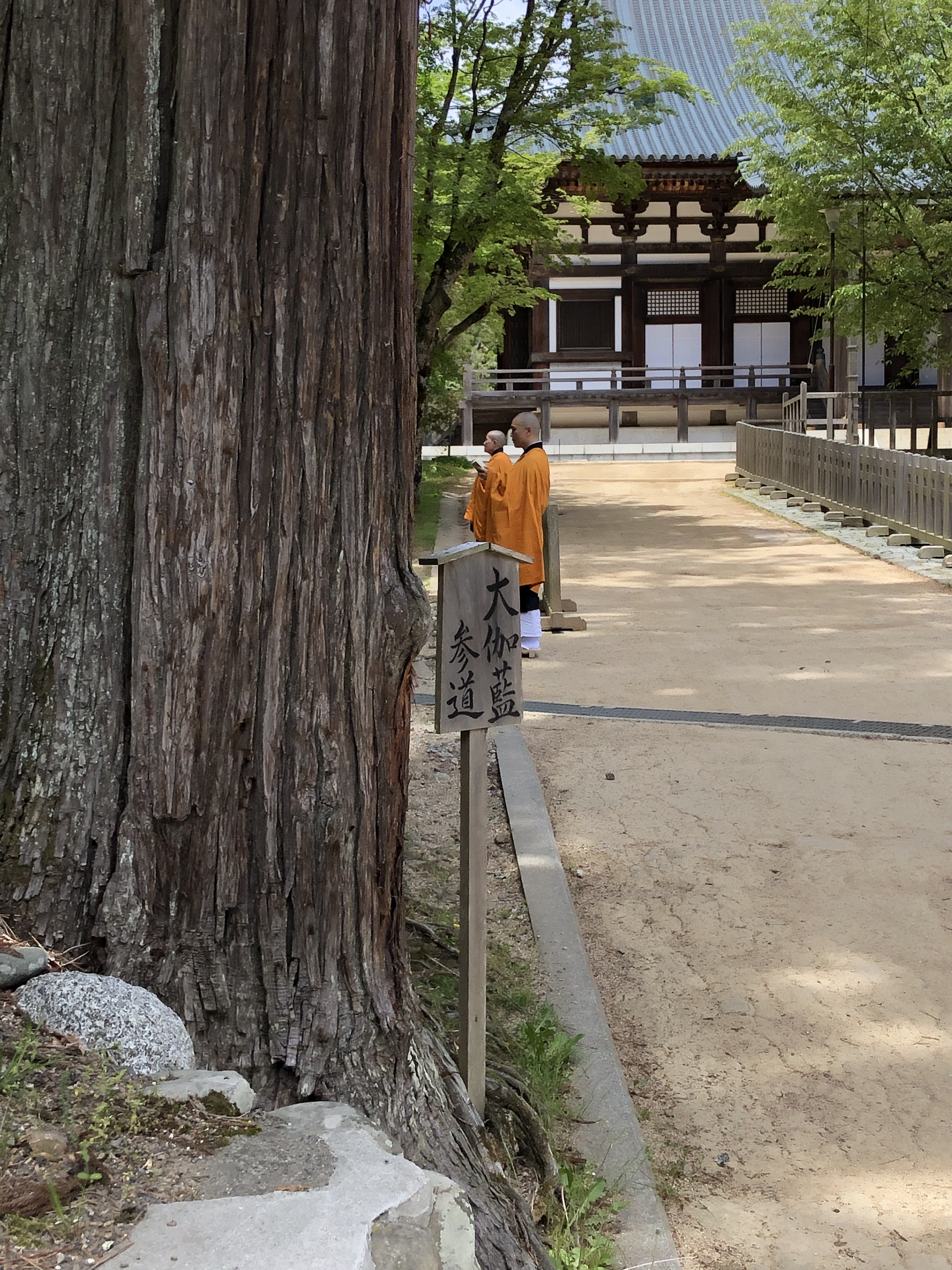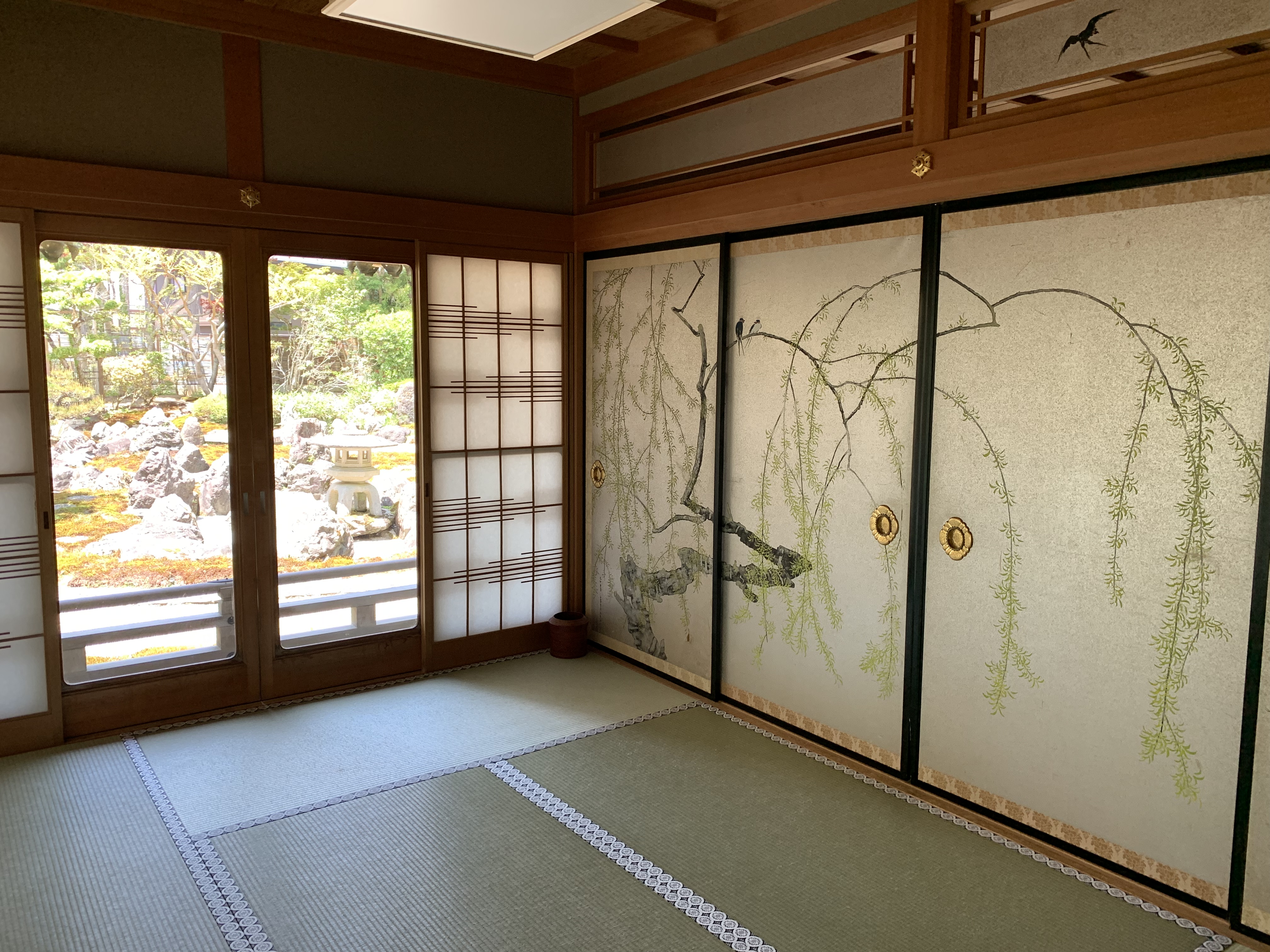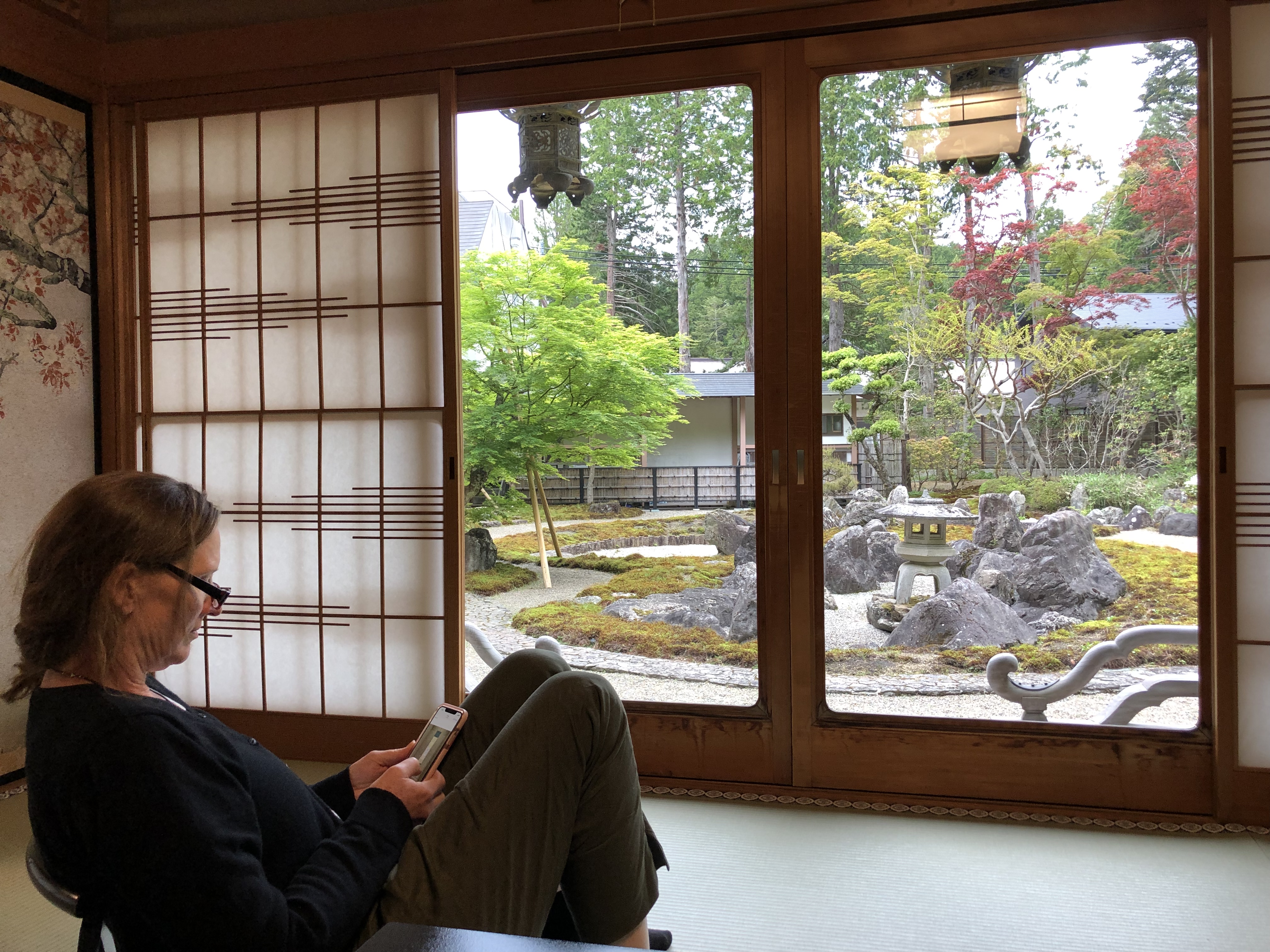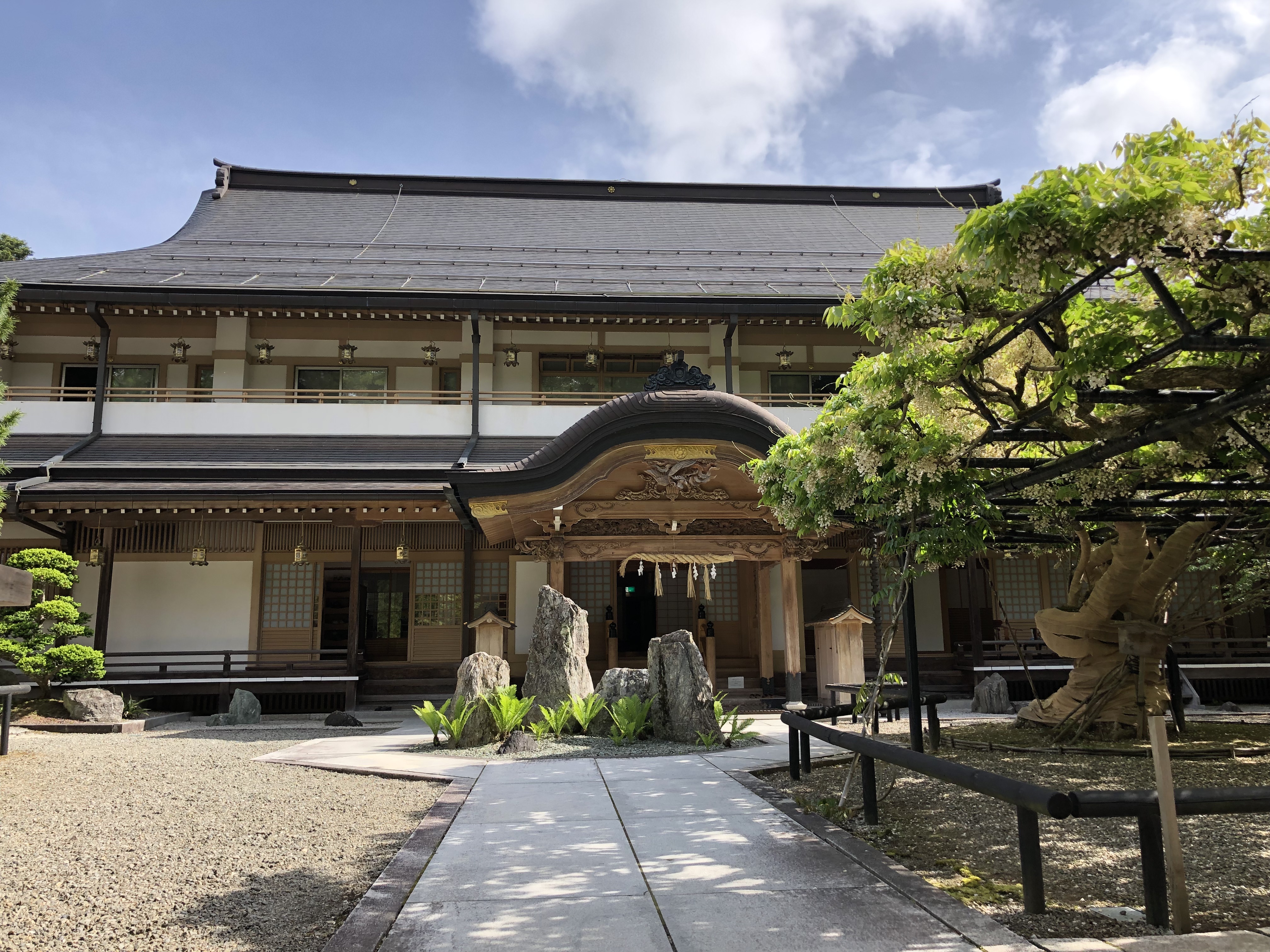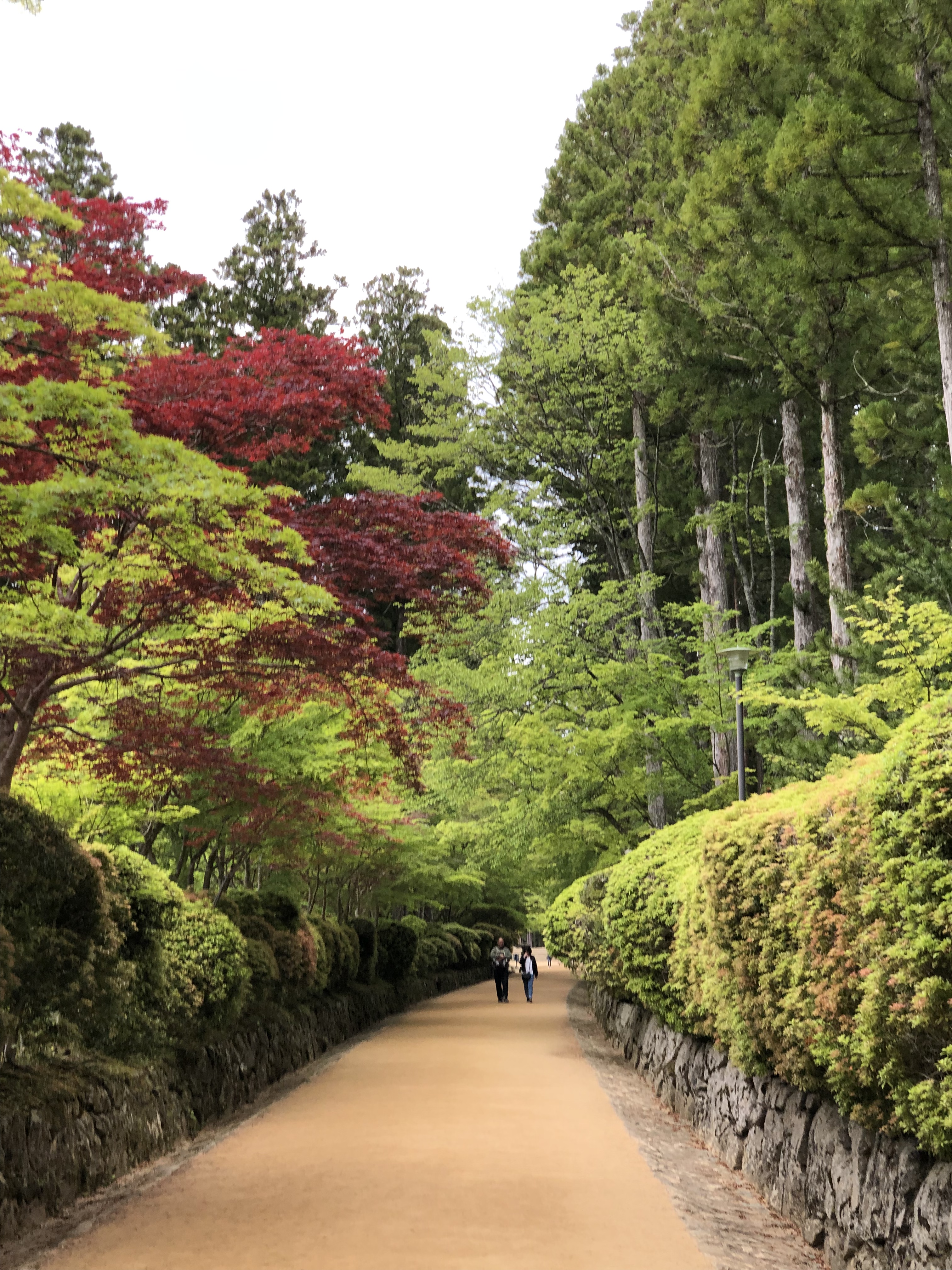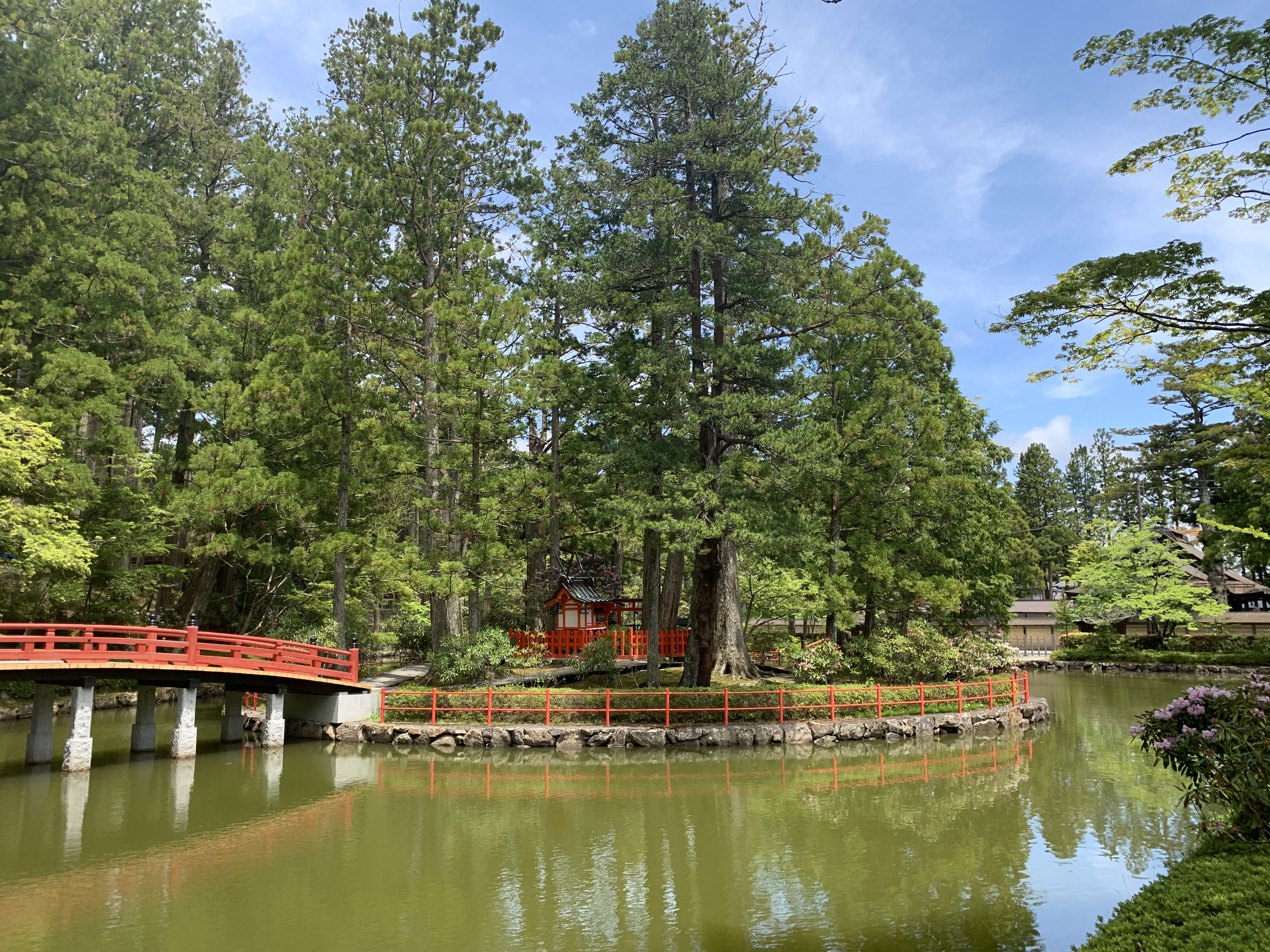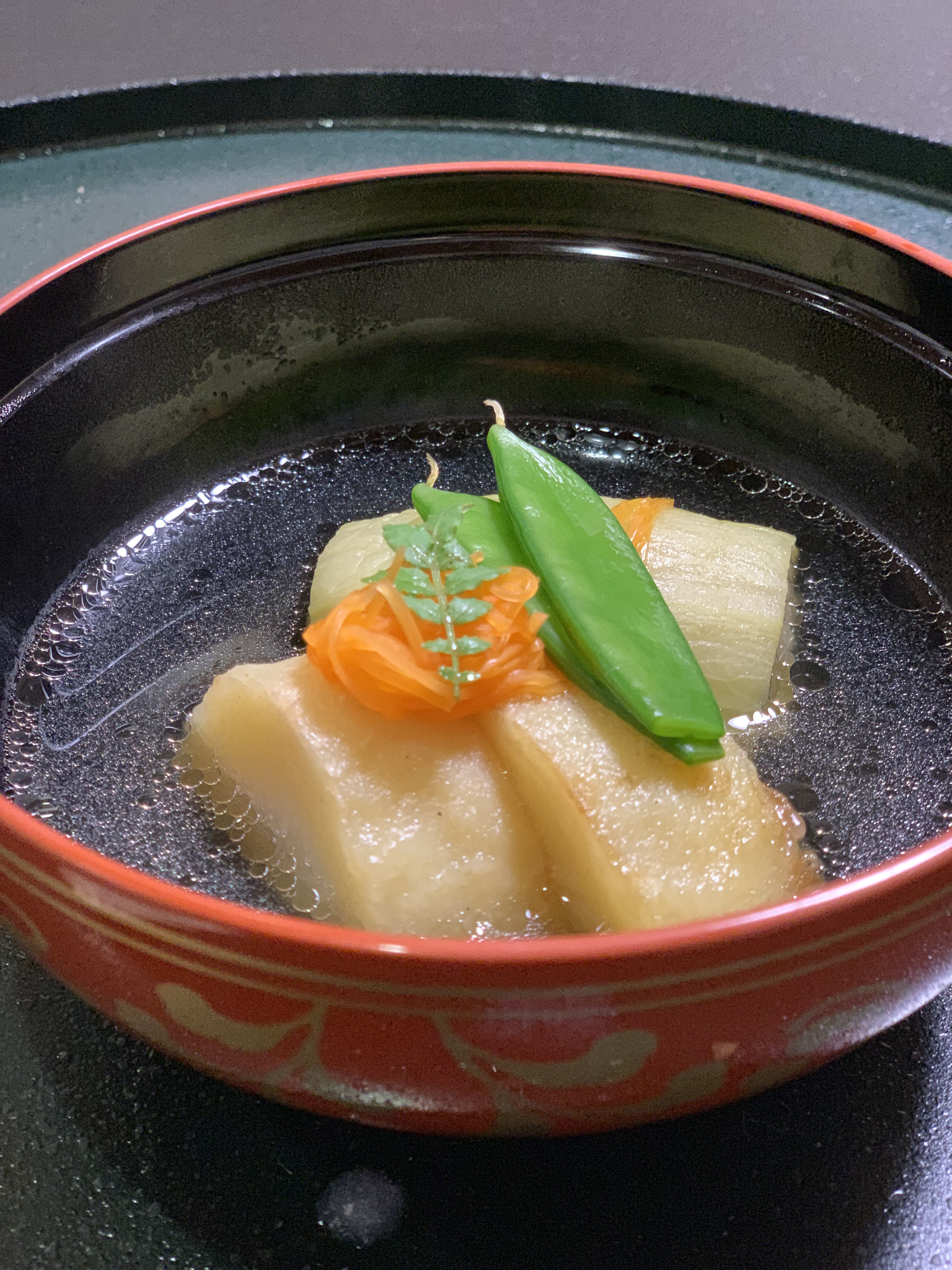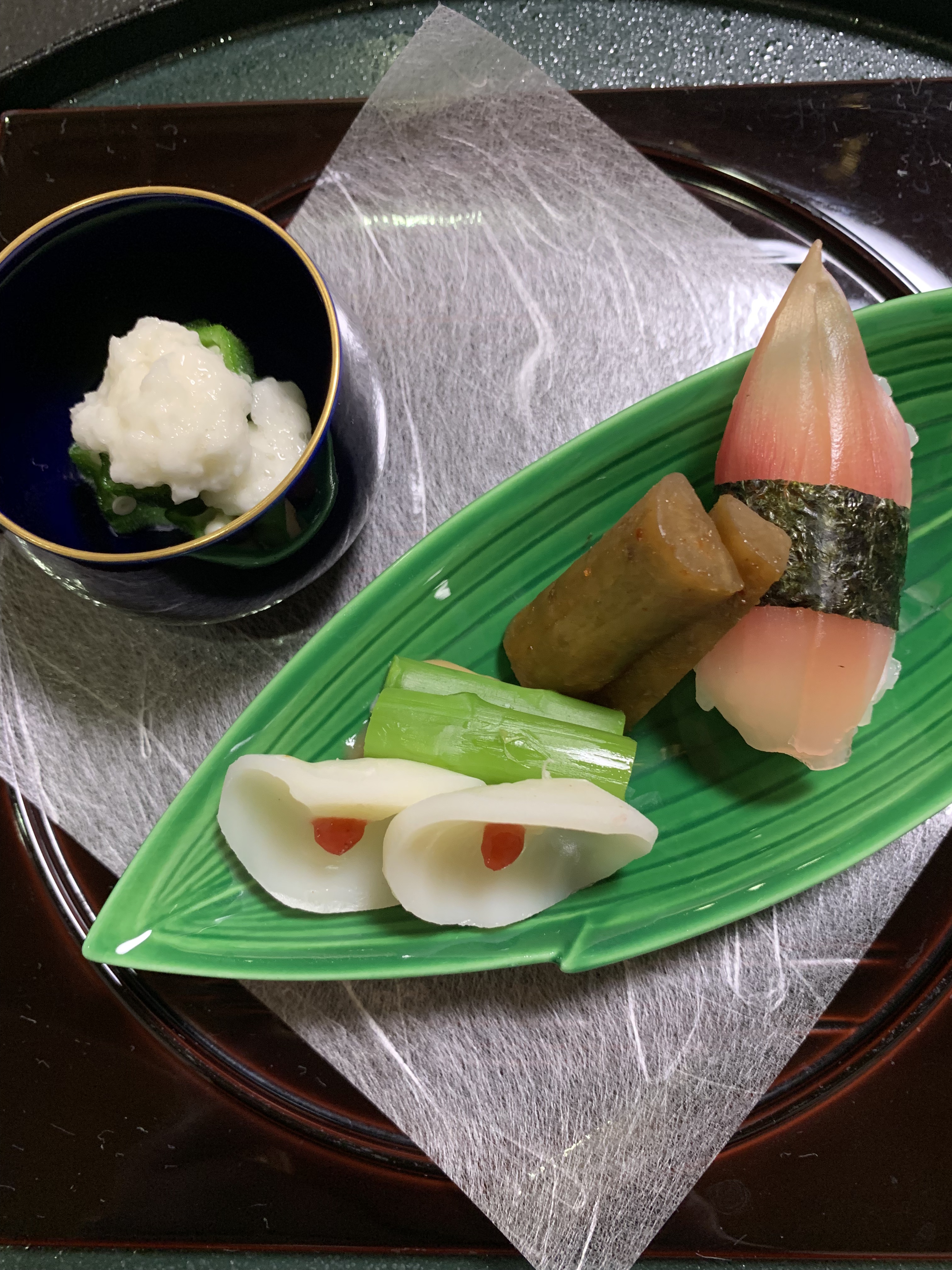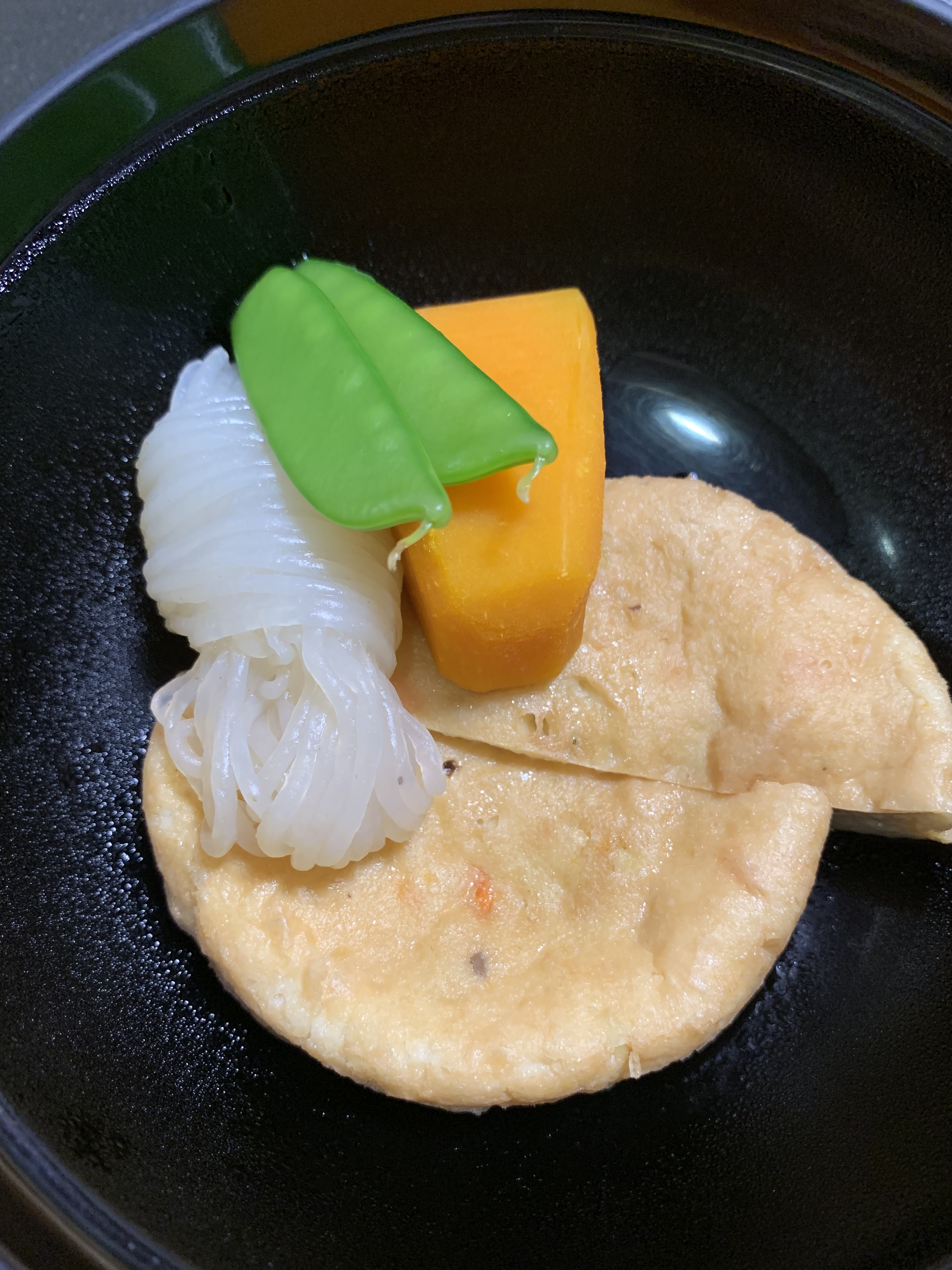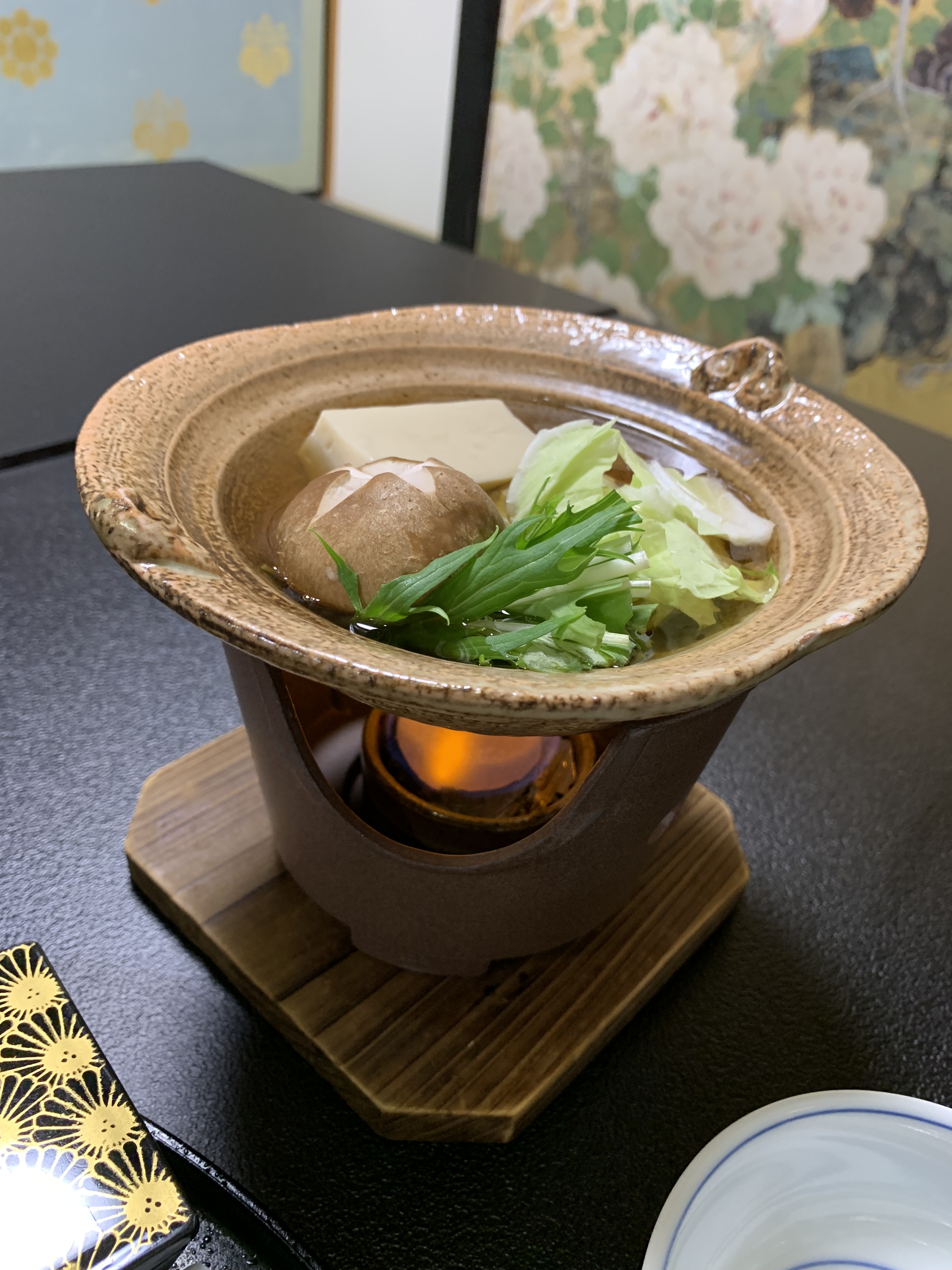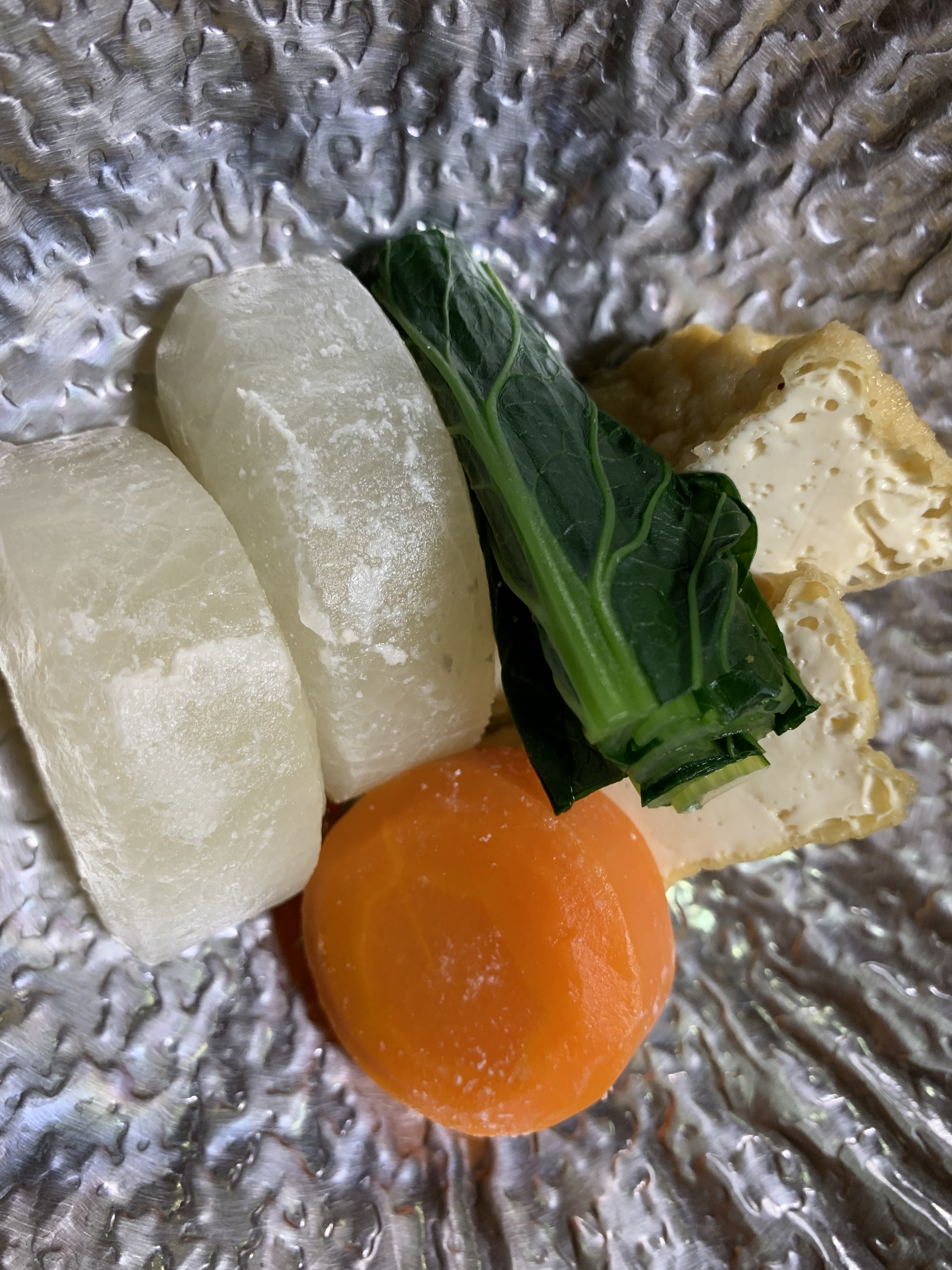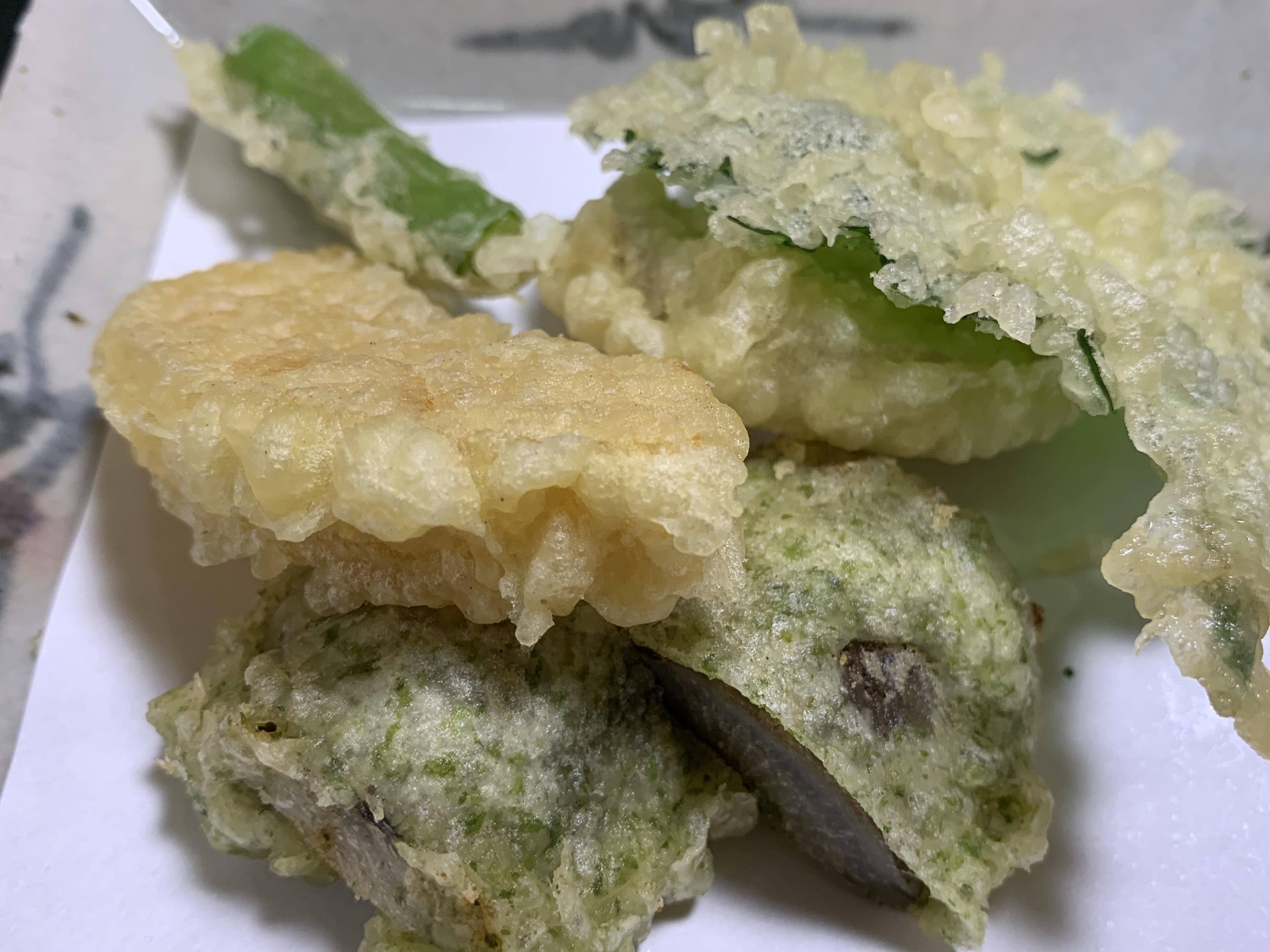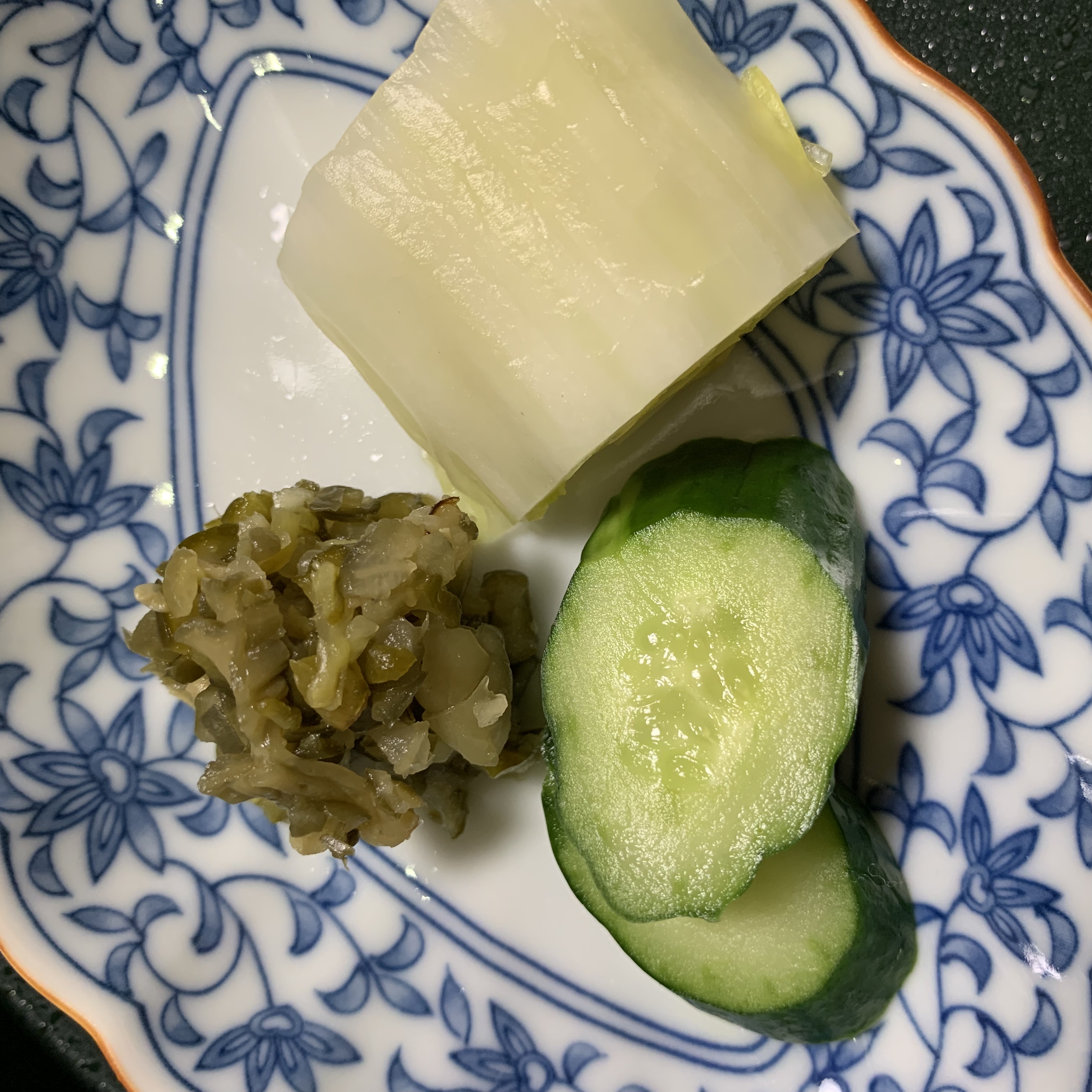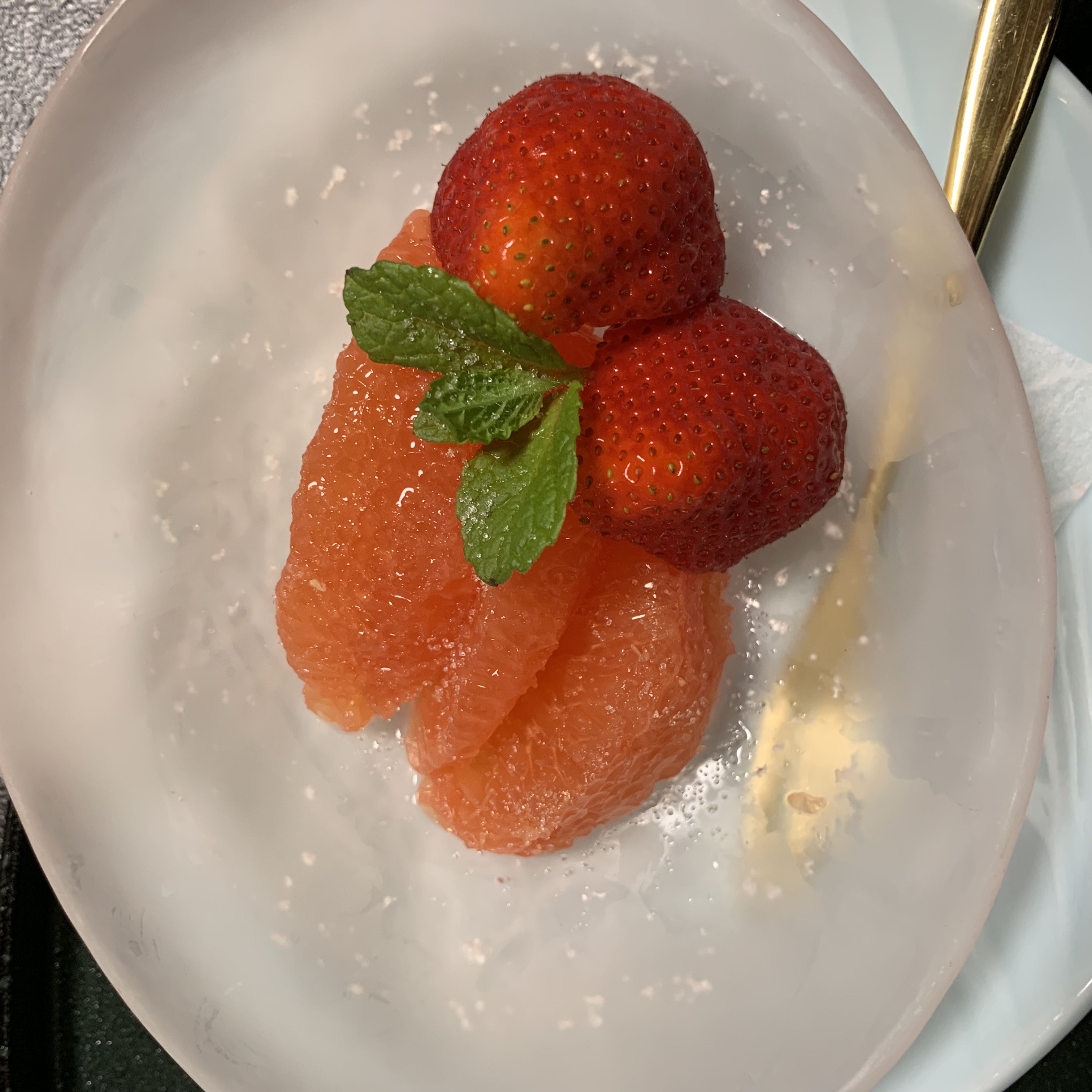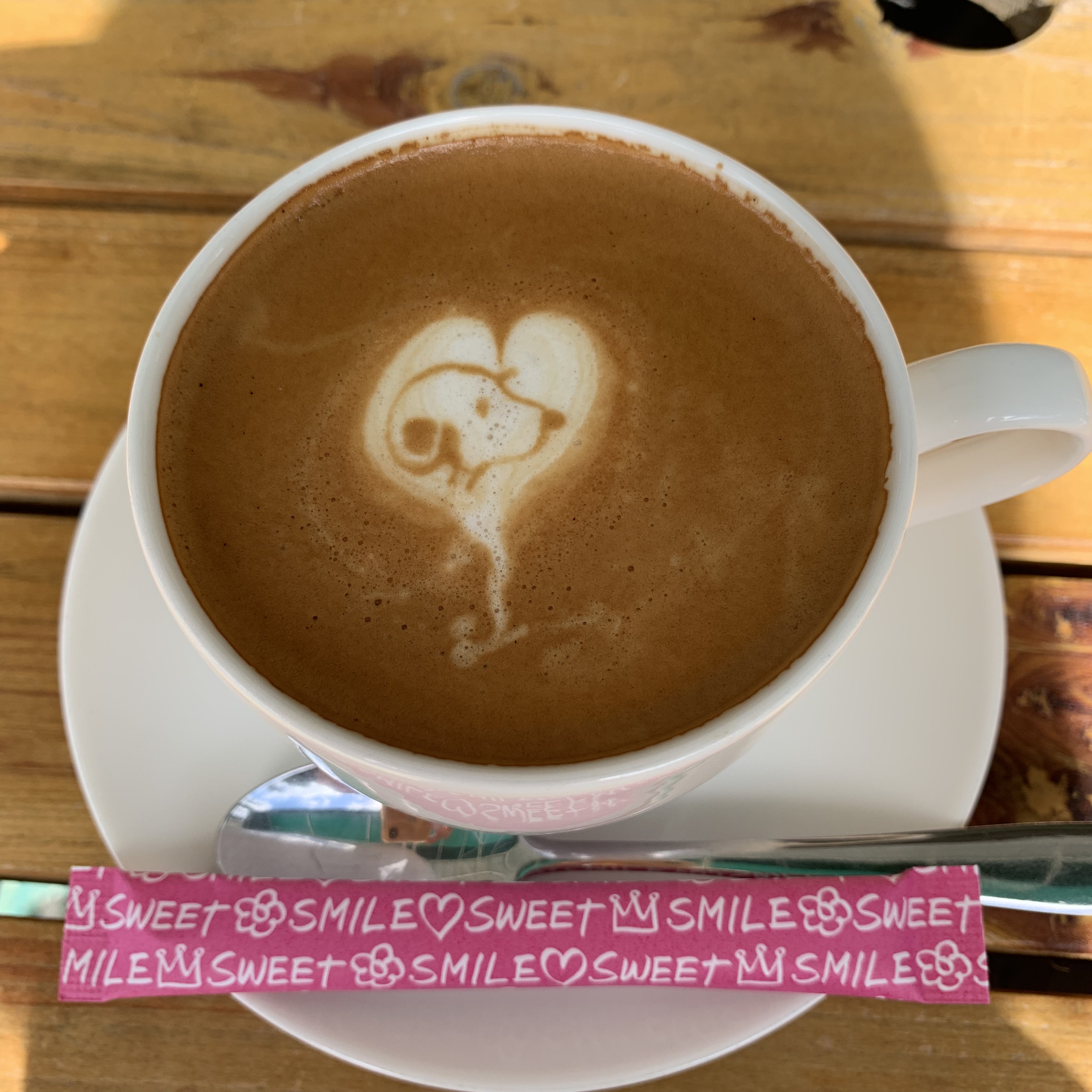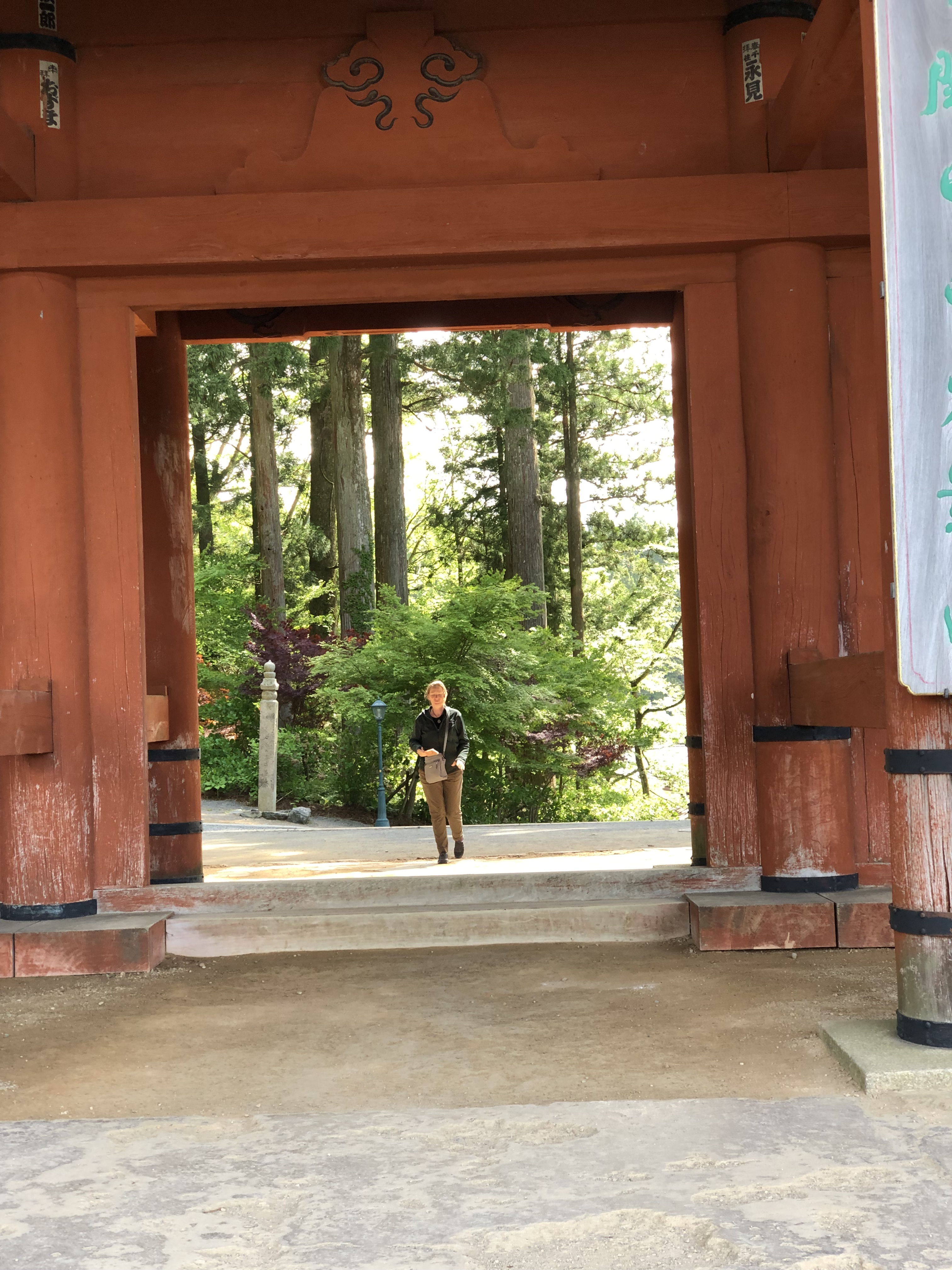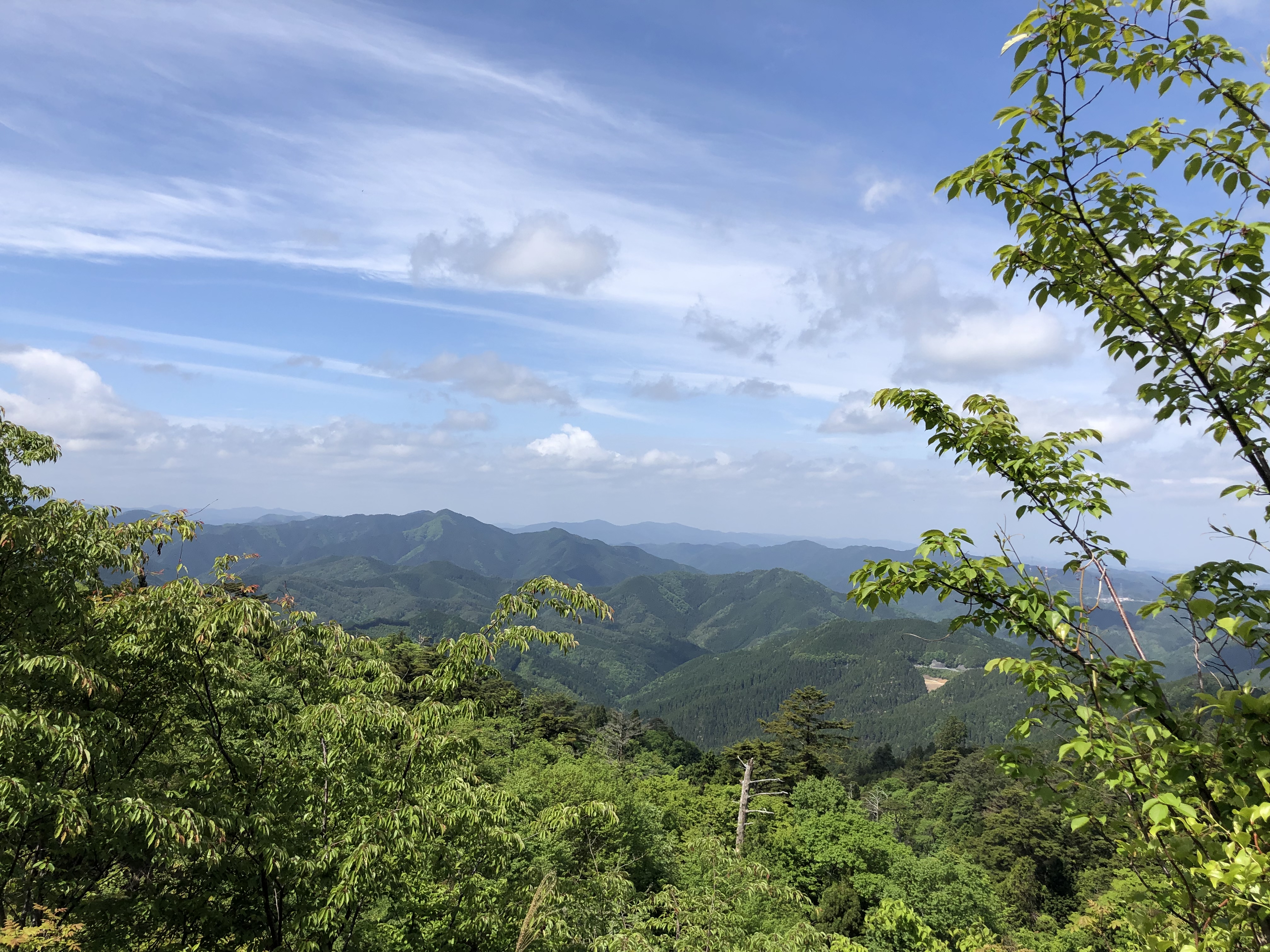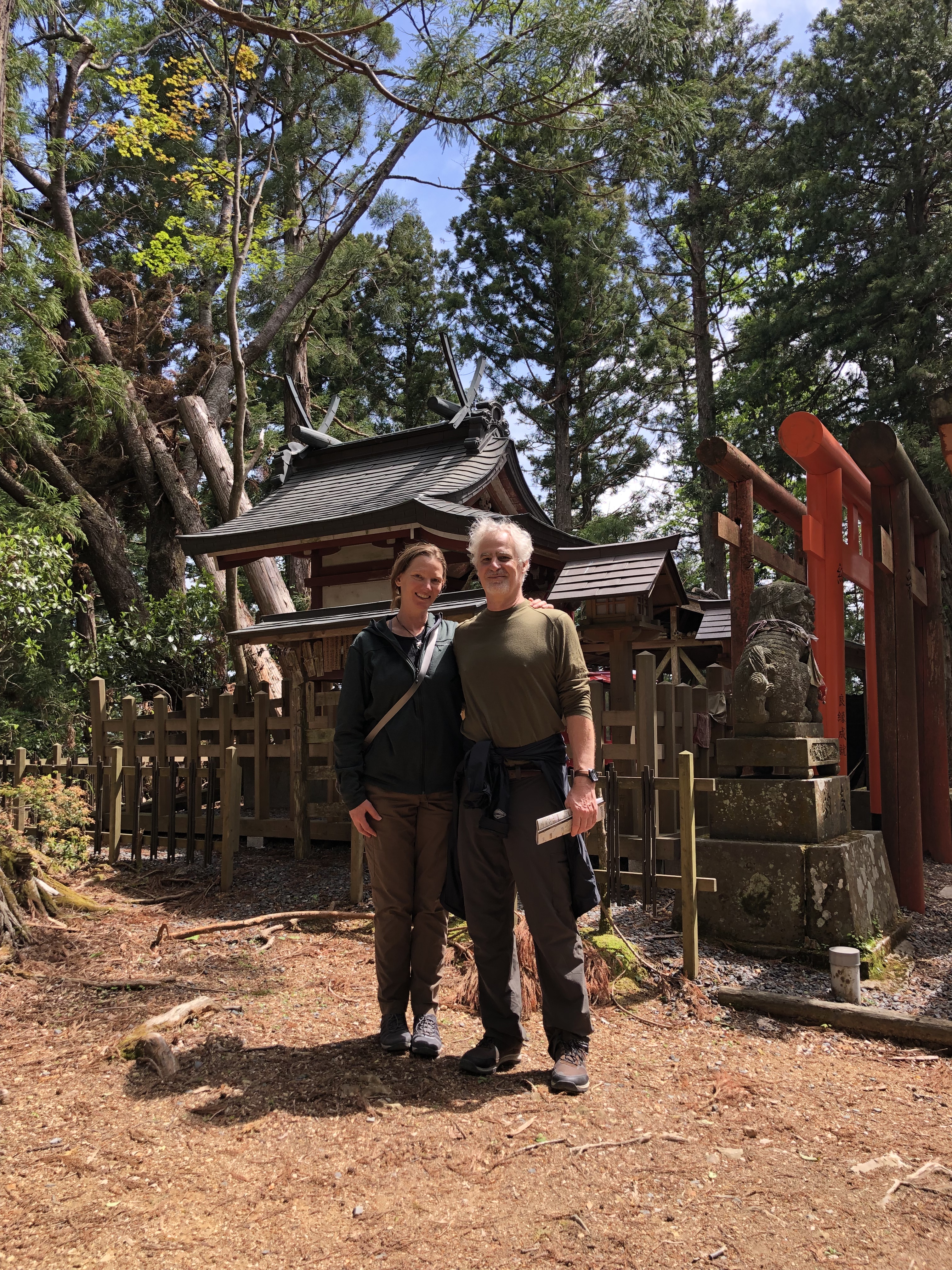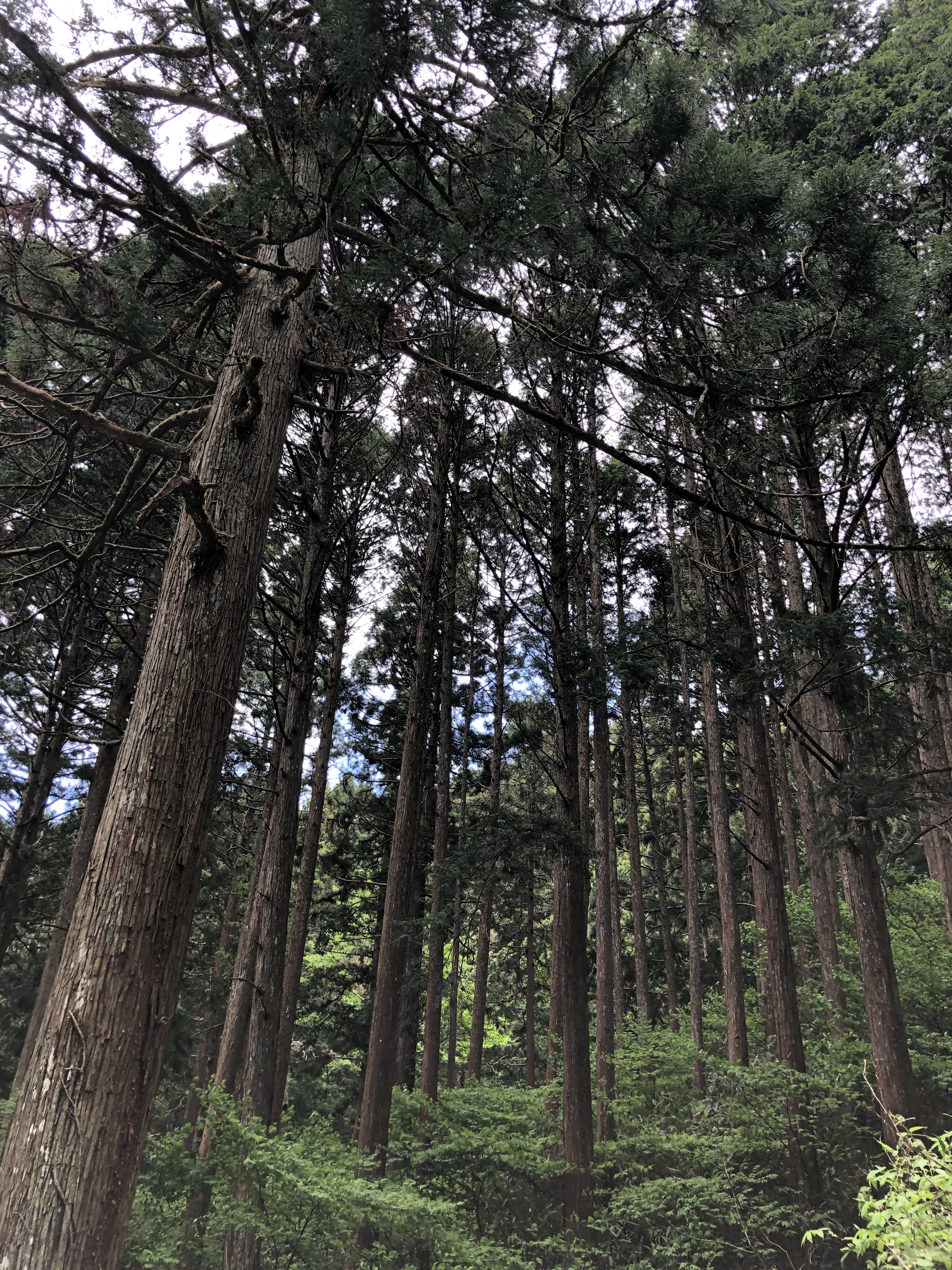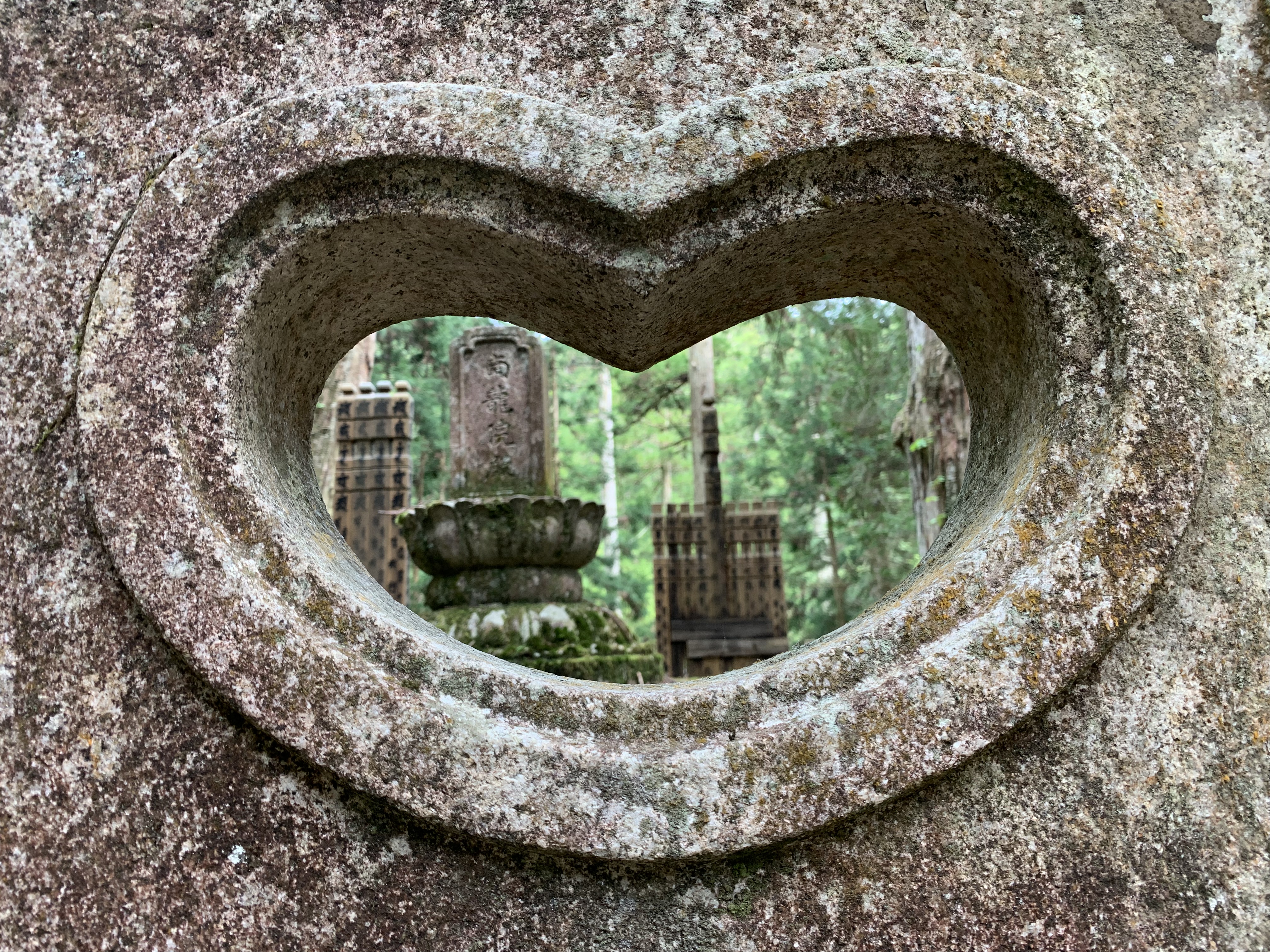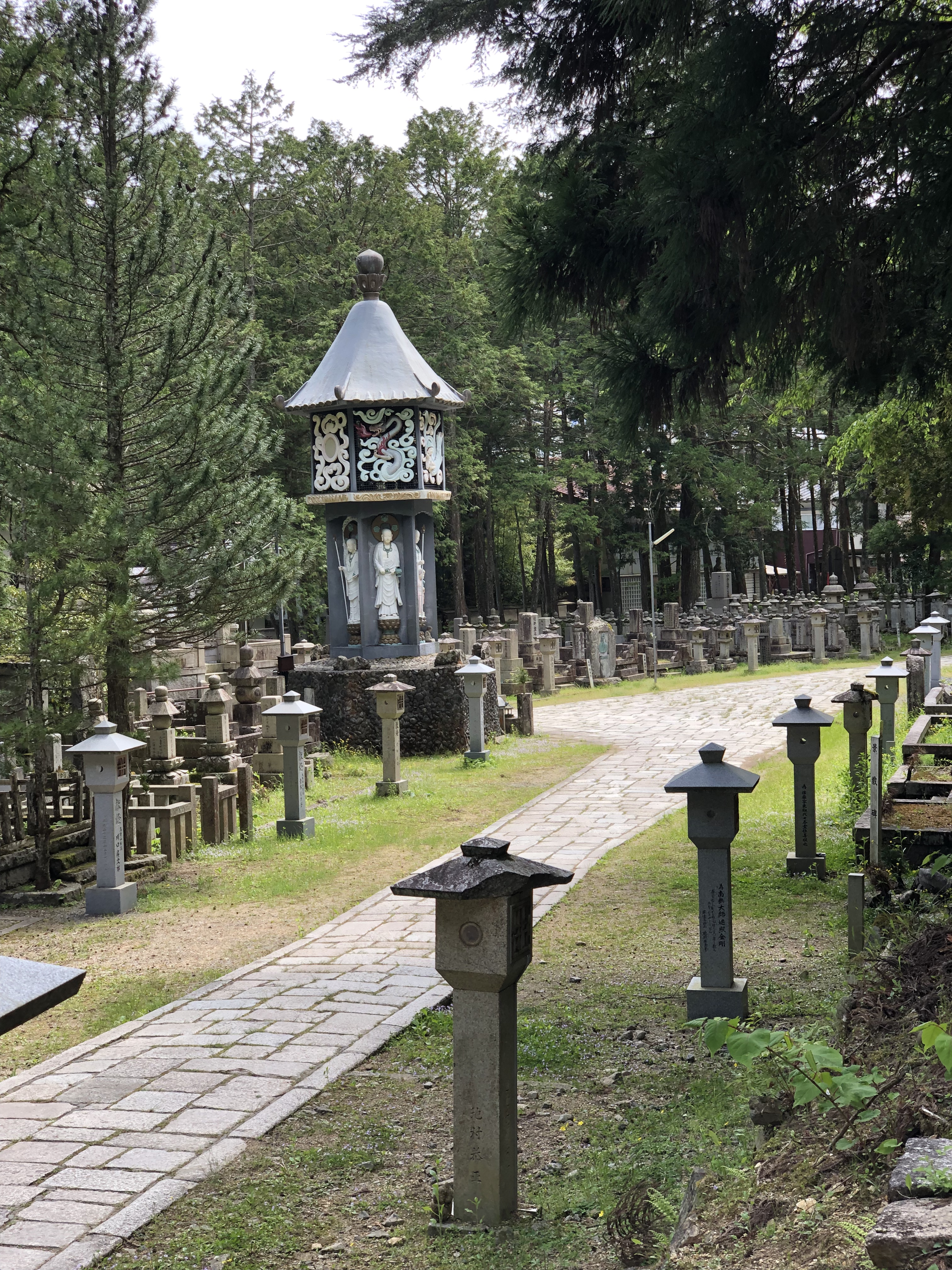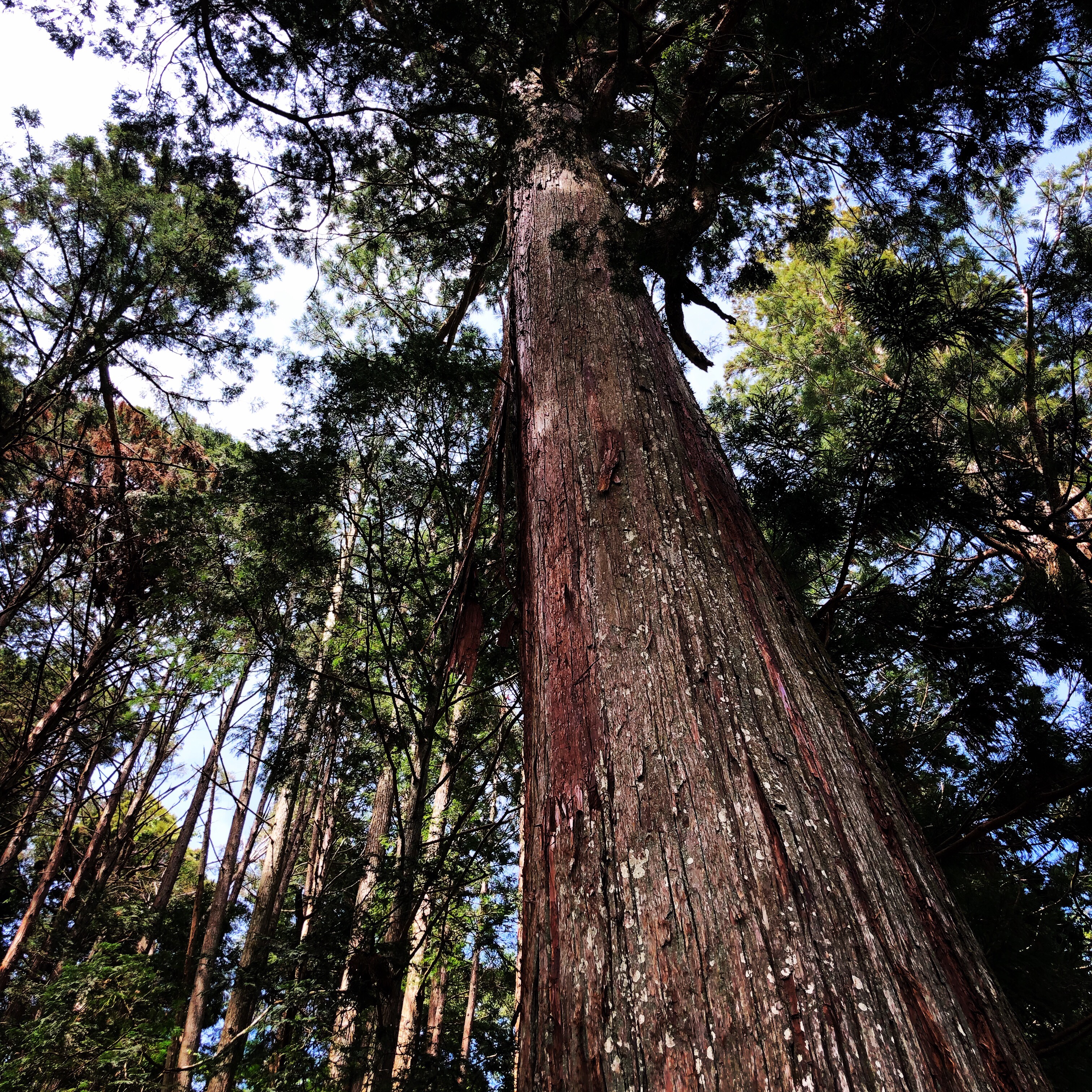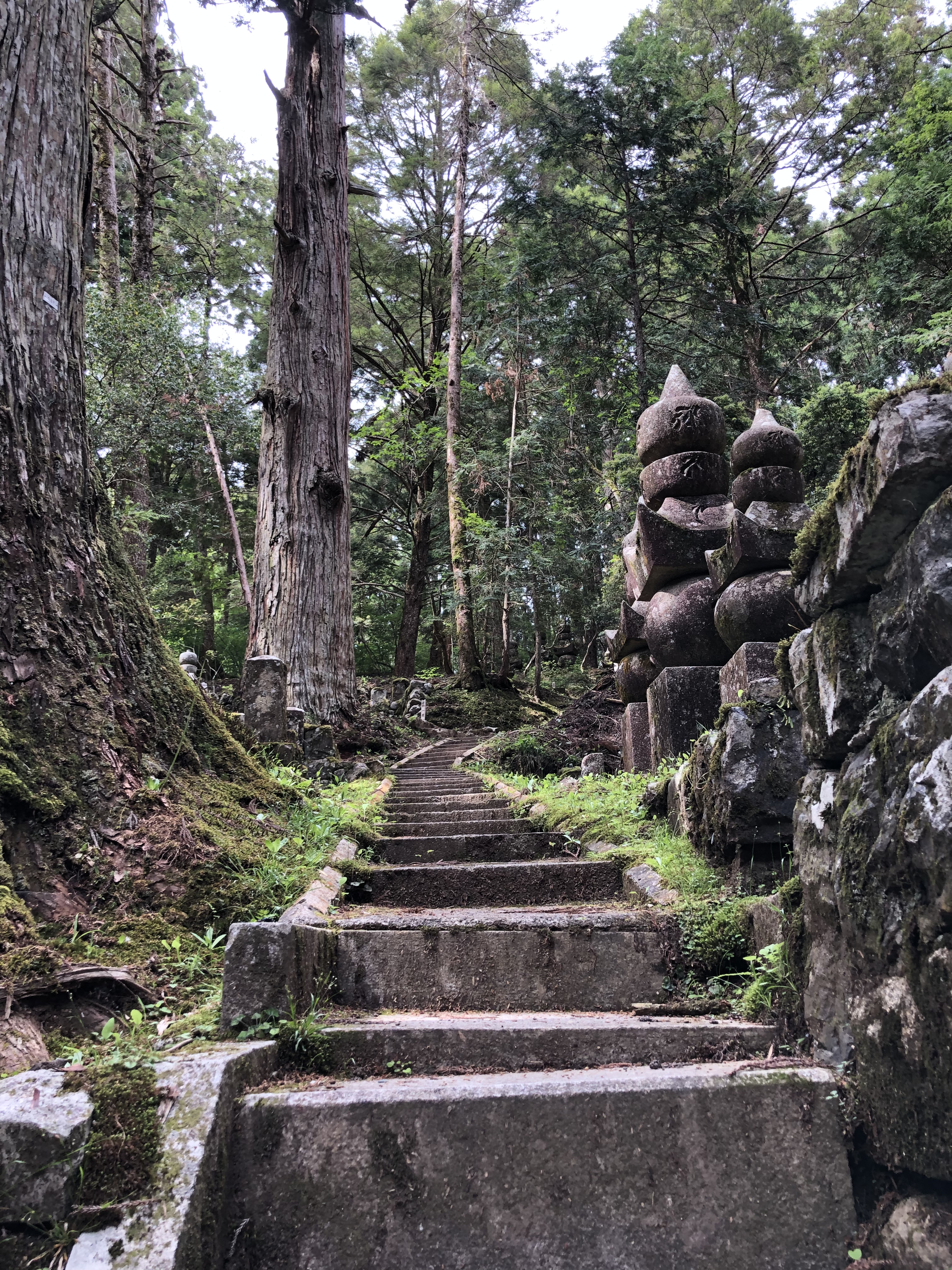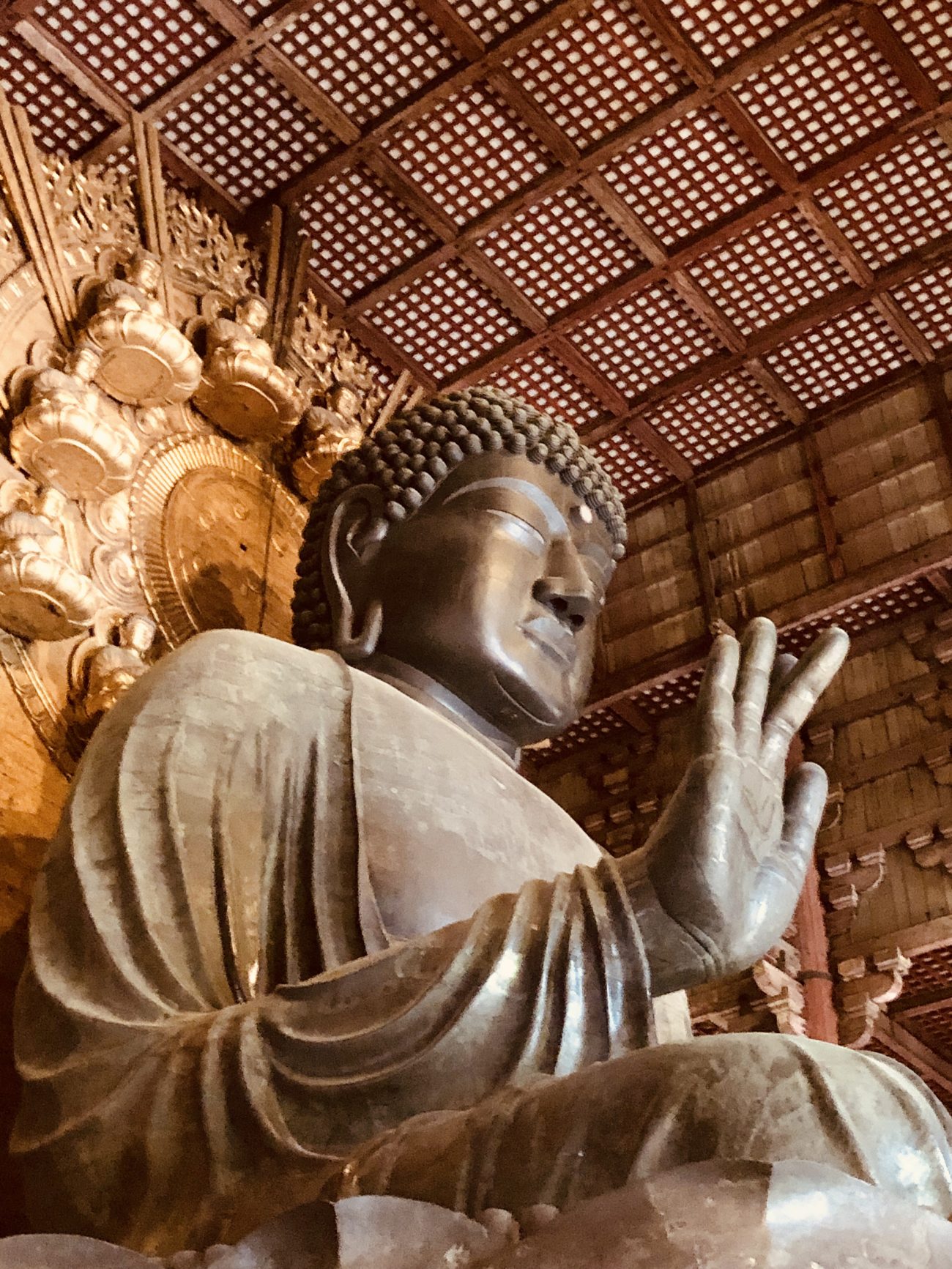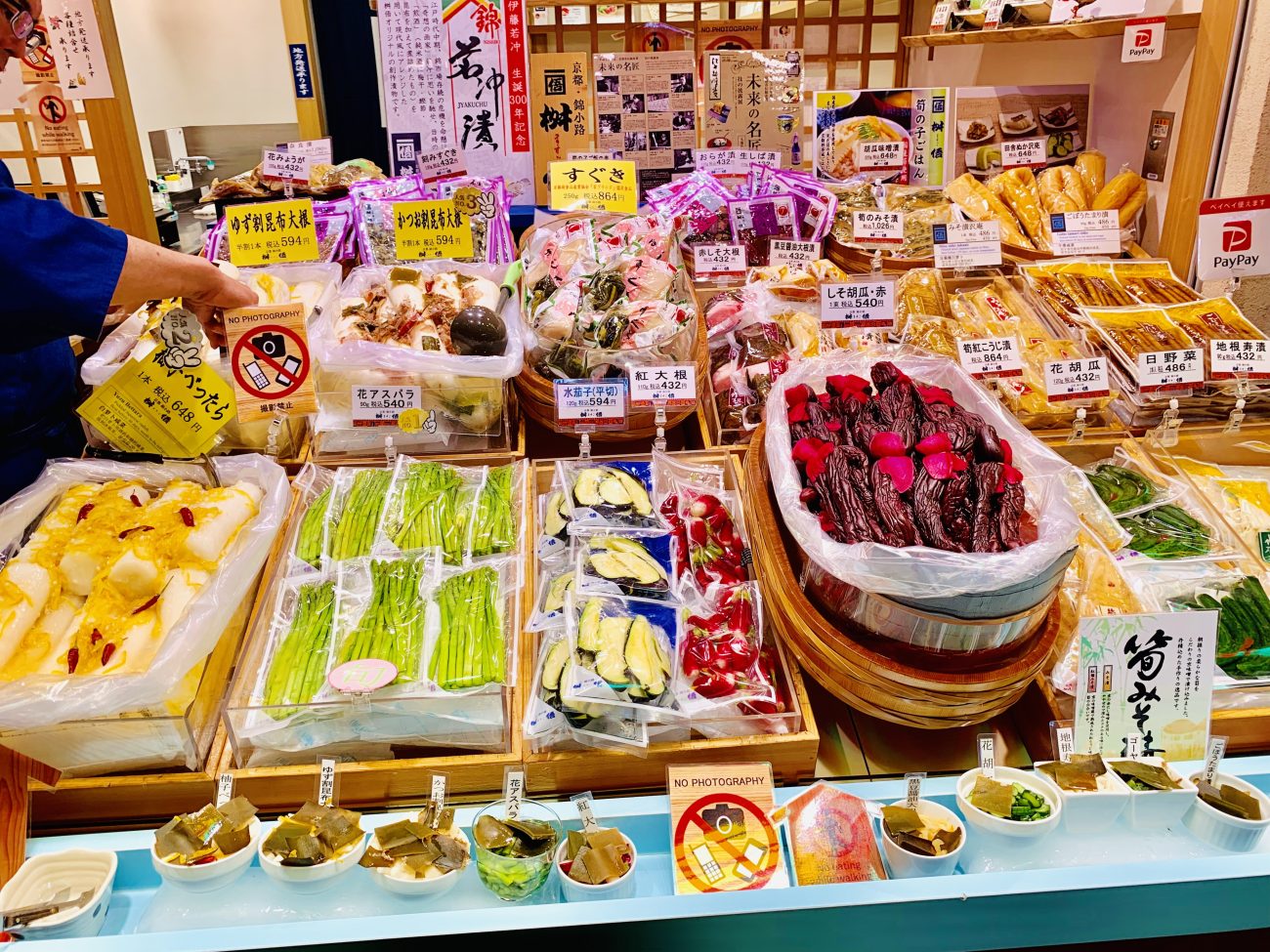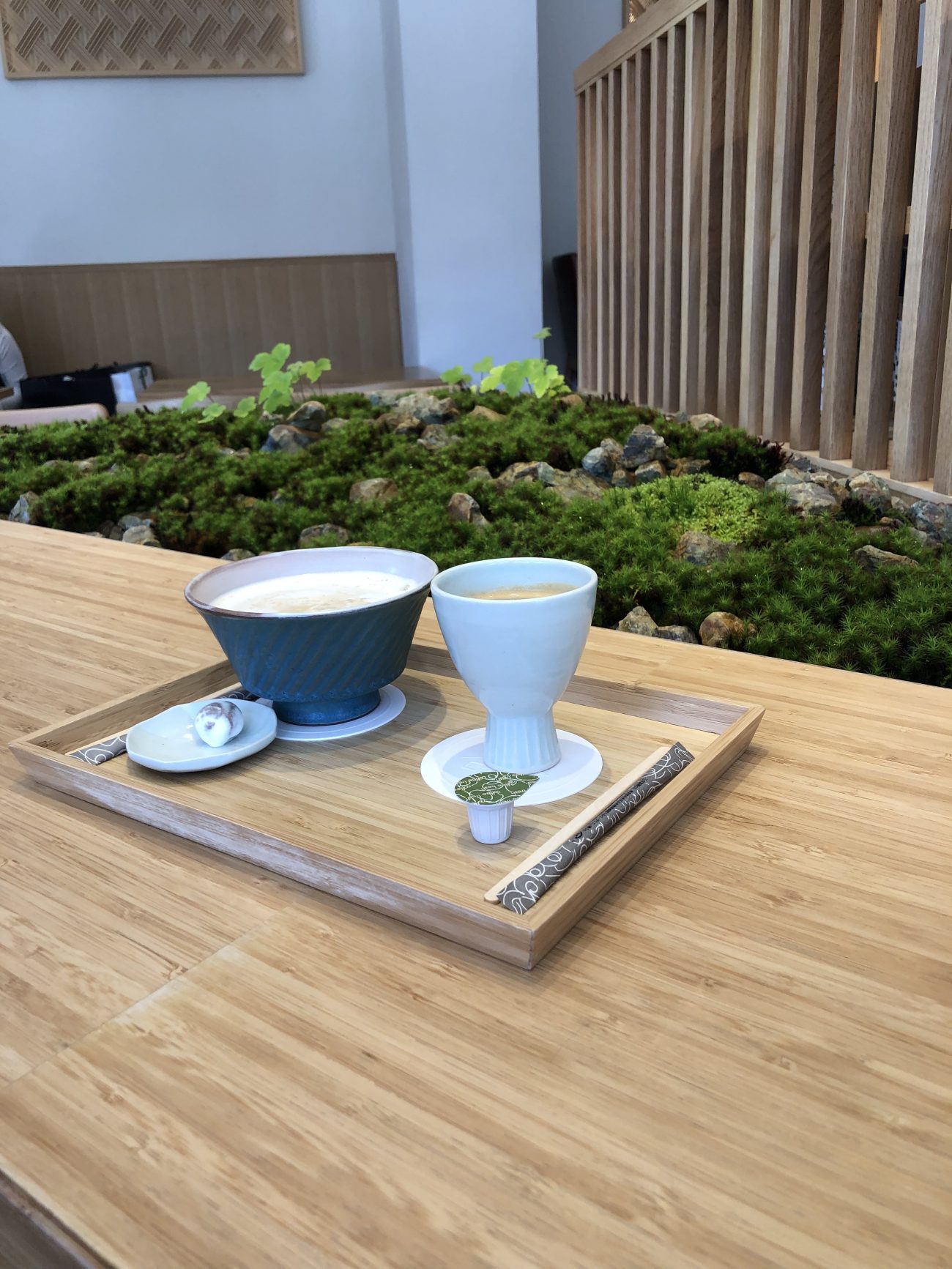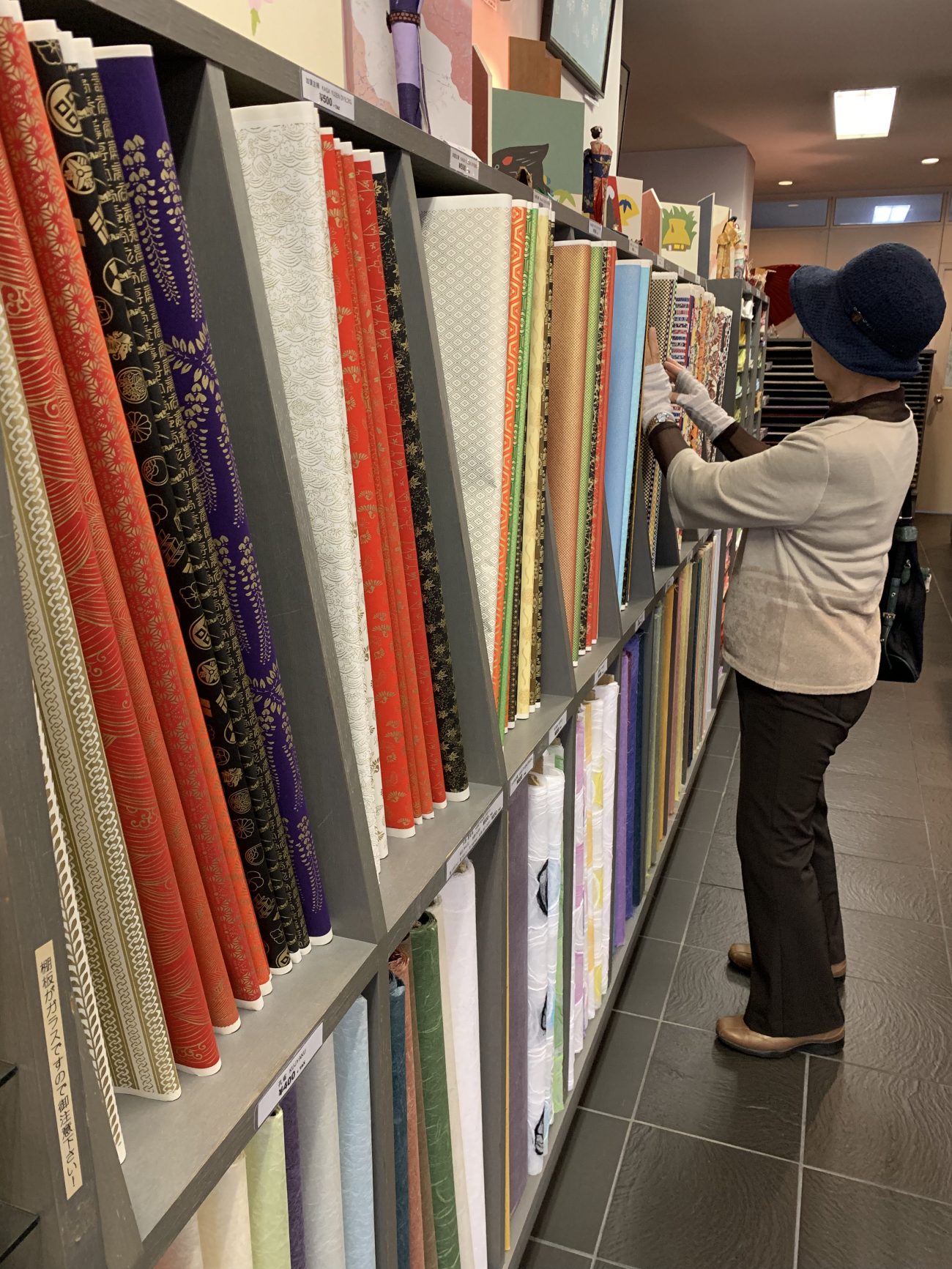There was a moment before we reached the spectacular views of Yosemite National Park when we found ourselves alone. The only sounds we heard were our footsteps on the path, chipmunks rustling in the brush and birds singing in the trees. Morning light came through the brilliant green pines and there was a sense of peace and tranquility we’ll never forget.
We had left the Sentinel Dome/Taft Point trail head at about 9 am and were walking a mile west to Taft Point. It’s an easy hike with mostly level ground, offers a look down through massive fissures in the rocks, and has the benefit of fewer crowds than many other trails. At the end, we found ourselves on a rocky cliff at an elevation of 7,500 feet looking out over the the Yosemite Valley and the grandeur the glaciers left so many years ago.
We doubled back about half a mile and headed north to Sentinel Dome (elevation 8,122 feet), about two and half miles if you turn right after crossing a creek, or a mile further if you do what we did: walk north along the rim. It’s an uphill, more difficult hike to Sentinel Dome but the views are magical along the way. And when you arrive, looking east to Half Dome, you should sit a while and enjoy before taking the mile walk back to the trailhead, all downhill. We did the six-mile hike in a leisurely four or five hours, but we weren’t counting.
From the trail head we drove north to Glacier Point, where we parked (there will be traffic in the lot) and wandered to the overlook for the panoramic view of the mountains. There are great hikes here, like the seven-mile Panorama Trail, though it will be more crowded than the earlier hike we opted for. After some well-deserved ice cream, we drove back to ur B&B, stopping at Tunnel View for the iconic look at El Capitan.
Yosemite Lodging
We opted for the Yosemite Blue Butterfly Inn, located at the edge of the park in El Portal, a perfect location for exploring Yosemite. It took us about 40 minutes to get to the Taft Point trail head. It’s a lovely bed and breakfast on the Merced River and from our second-floor room we listened to the water running throughout the night. Liz and Ron are wonderful hosts, and Liz will use her orange magic marker to trace some trails you can follow depending on your ambition.
Since the B&B was built, the Yosemite View Lodge has been built around it and the B&B owners decided not to sell, so they sit surrounded by the complex which includes the lodge, shops and a restaurant or two. It reminded us of a Dr. Seuss story. Having the lodge close made dinner easy, and when we sat out on our private deck or on the main deck for breakfast, all thoughts vanished into the fluttering of hummingbirds and the sound of the river sweeping gently across the stones.
Toward Tuolumne Meadows
The next day we drove east across the park on Tioga Road, stopping several times on the two-hour drive to Lee Vining and 395 north toward Tahoe. The first stop was Olmsted Point where we wandered around the rocks with a view of Half Dome from the other side than we had yesterday. And just down the road is the serenity of Tenaya Lake, where we had a chance to dip our feet in the brilliant blue water.
Whoa Nellie Deli
Our destination was Lake Tahoe, and at Liz’s recommendation we stopped to eat at the gas station in Lee Vining, which we were told had the best food in the area. Who were we to argue? Inside the Mobil Station we found Whoa Nellie Deli, which lived up to its reputation. We enjoyed ahi tuna, seaweed salad, craft beer and more outside, all while overlooking Mono Lake (and the Mobil sign) before getting on the road to Tahoe.
South Lake Tahoe
We arrived in South Lake Tahoe at the Fireside Lodge, where we had time to ride bikes the lodge supplied and pedal a mile to Pope Beach for a swim in the brisk but pleasant water. In the morning, we drove to Inspiration Point for a peaceful view of Emerald Bay.
Up Next: Calistoga: Geyser-fed Pools in Wine Country
We landed in San Francisco to start a two-week loop east to Yosemite, north to Lake Tahoe, west to Calistoga and south to Petaluma in Sonoma County and finally to Spirit Rock Meditation Center in Marin County. The next few blogs will cover each leg of the trip and we’ll start with one of our favorite cities: San Francisco.
Japantown
Where do you stay in San Francisco? There are plenty of big brand hotels in the Union Square area that are close to the action, but we chose Japantown. Again. It’s small, quiet and walkable to many neighborhoods. We had stayed at Hotel Kabuki — which was recently bought by Hyatt — but this time chose the nearby Kimpton Buchanan. And we loved it. We had a spacious corner room on the fourth floor with a beautiful view of Osaka Way, as well as a big soaking tub.
We woke up early Sunday morning to a beautiful day and started early with breakfast at The Grove on Filmore Street. We were the first customers and lounged in the spacious restaurant while we waited. Debbie’s avocado toast with poached eggs on top could not have been better, and Gary’s traditional breakfast with poached eggs and hashed browns with rosemary and toast was just as good. Add a latte and Americano and it was a perfect way to start the day.
We spent the rest of the morning exploring the shops in Japantown, which has been there since 1906 (though rebuilt and changed over the years). The Paper Tree, an origami store, has exhibits of origami art and beautiful paper (washi). It’s not on par with the washi in Japan, but it’s a wonderful visit.
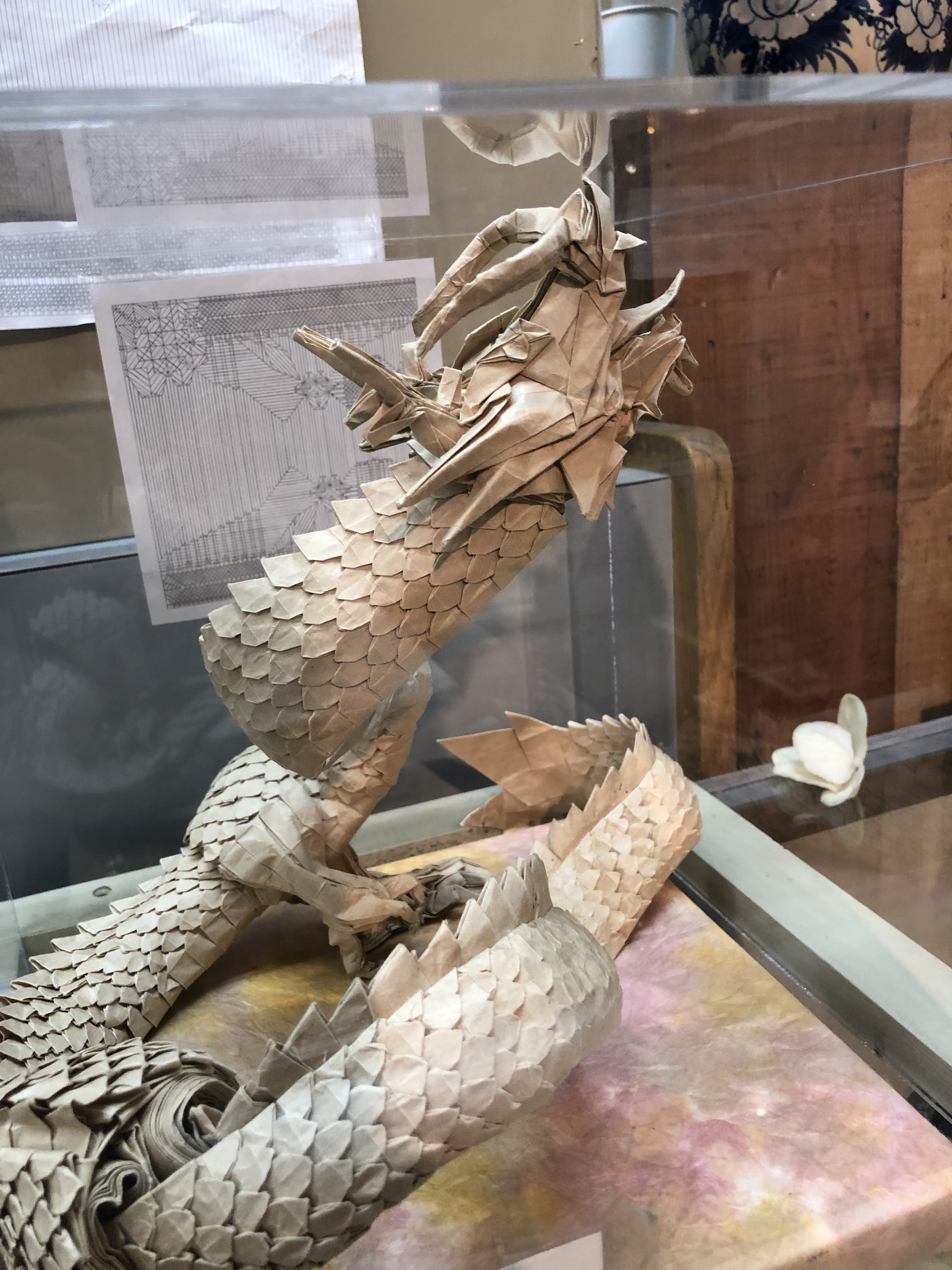
Two bookstores are also worth a visit. Forest Books has a tremendous collection of curated books: rare, used and collectible. And Kinokuniya, which has a dozen locations, mostly on the West Coast, has a great selection of Japanese literature (and manga downstairs if you’re so inclined). It’s located in the Japan Center, an indoor mall which also has restaurants, a couple nice coffee shops, and shops with Japanese candy and tea.
Walking the City
Having visited San Francisco dozens of times, we decided to take advantage of the sun and walk northeast through Lafayette Park and Russian Hill, exploring the architecture, flowers and shrubs, and then stroll down Lombard Street. It was a little more than a mile. From there, we continued on to Fisherman’s Wharf for lunch. It was wall-to-wall people, so we ducked into Franciscan Crab Restaurant to enjoy a view of the bay, crab and Prosecco, and rested before heading back.
We could have taken the cable car up to Nob Hill, but that’s where we were heading in the morning to walk the labyrinth at Grace Cathedral, so we opted to stroll back to Japantown where we rested before dinner. There are plenty of restaurants nearby and we went for Hikari Sushi – known for bullet train sushi. You sit at a counter or booth, order from a touch pad, and food is delivered by a miniature bullet train running along tracks beside you. You just order a little at a time until you’re full. It’s a lot of fun.
And on to Yosemite
The next day it was time to head to the airport, get our rental car and head out to Yosemite.
From Magome to Tsumago along the Nakasendo
Shimazaki Toson opens his epic novel Before the Dawn with this description: “The Kiso Road lies entirely in the mountains. In some places it cuts across the face of precipice. In others it follows the banks of the Kiso River, far above the stream. Elsewhere it winds around a ridge into another valley. All of it runs through dense forest.”
The eleven post towns of the Kiso Road are scattered along the bottom of the valley. They are among 69 that make up the Nakasendo Way, one of the old routes between Kyoto and Edo (Tokyo) established during the Edo Period (1603 to 1868) as a communication and transportation network so the shogunate could stabilize and rule the country. It was the favored route of the Imperial family, and each post town played an important role in moving, feeding and housing travelers along the way.
Today, the entire Kiso Road can be walked in a few days, but many, like us, choose a more manageable 7.8km segment from Toson’s birthplace of Magome to Tsumago. When you walk this part of the road, you can bring your luggage to the tourist office in either town by 8:30 am, and it will be delivered to the other town by 11:30 am. This gives you a chance to spend a night in both towns.
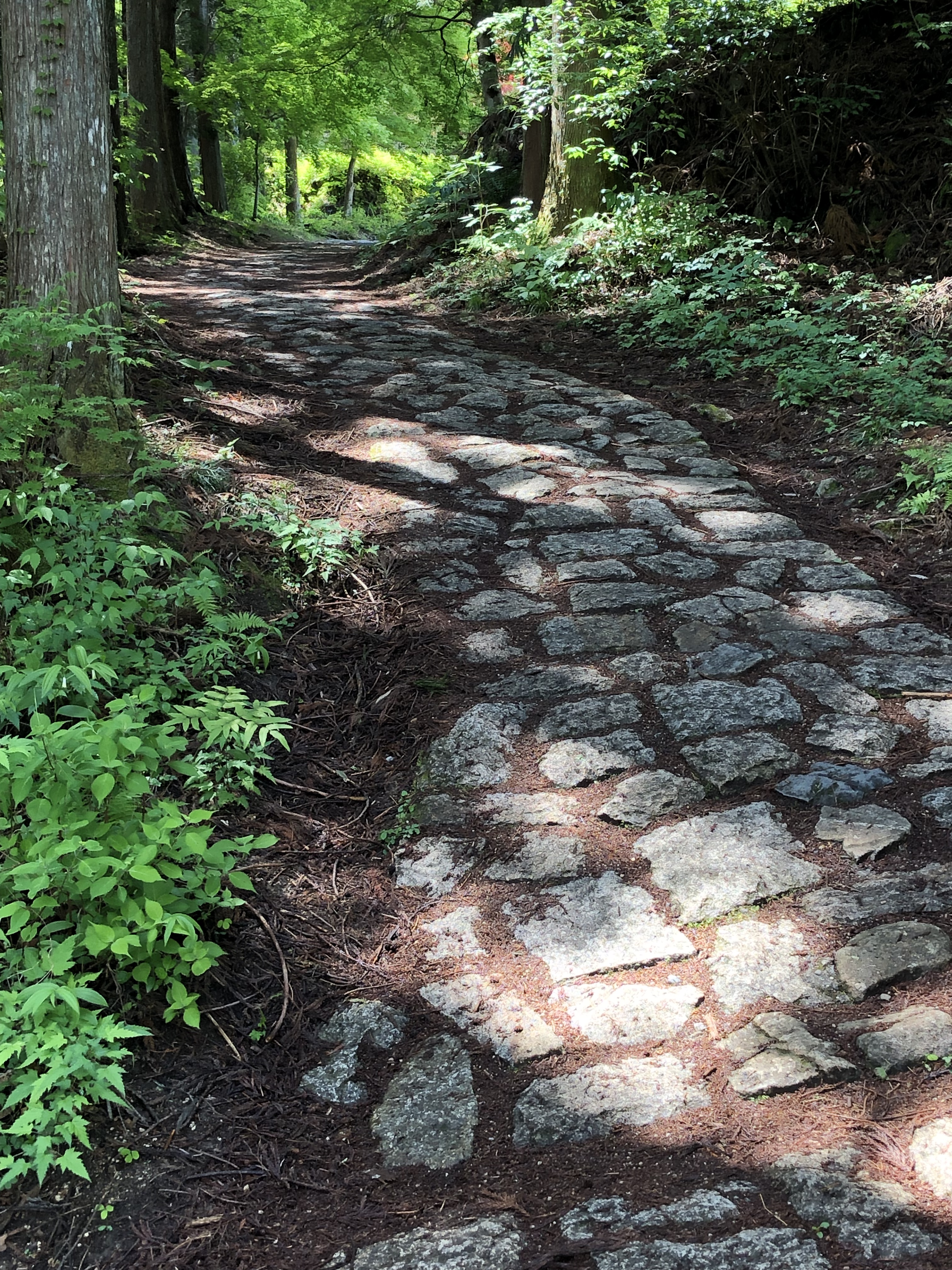
Magome
We set out from Magome, which lies at the bottom of the Kiso Road, at 8 am. We followed the quiet road along a picturesque stone surface, uphill past a waterwheel, Towson’s birthplace and dozens of restaurants and shops that had yet to open for the day.
By the time we walked the 100 meters through the small town, we were able to enjoy a view that was a sign of the beauty to come.
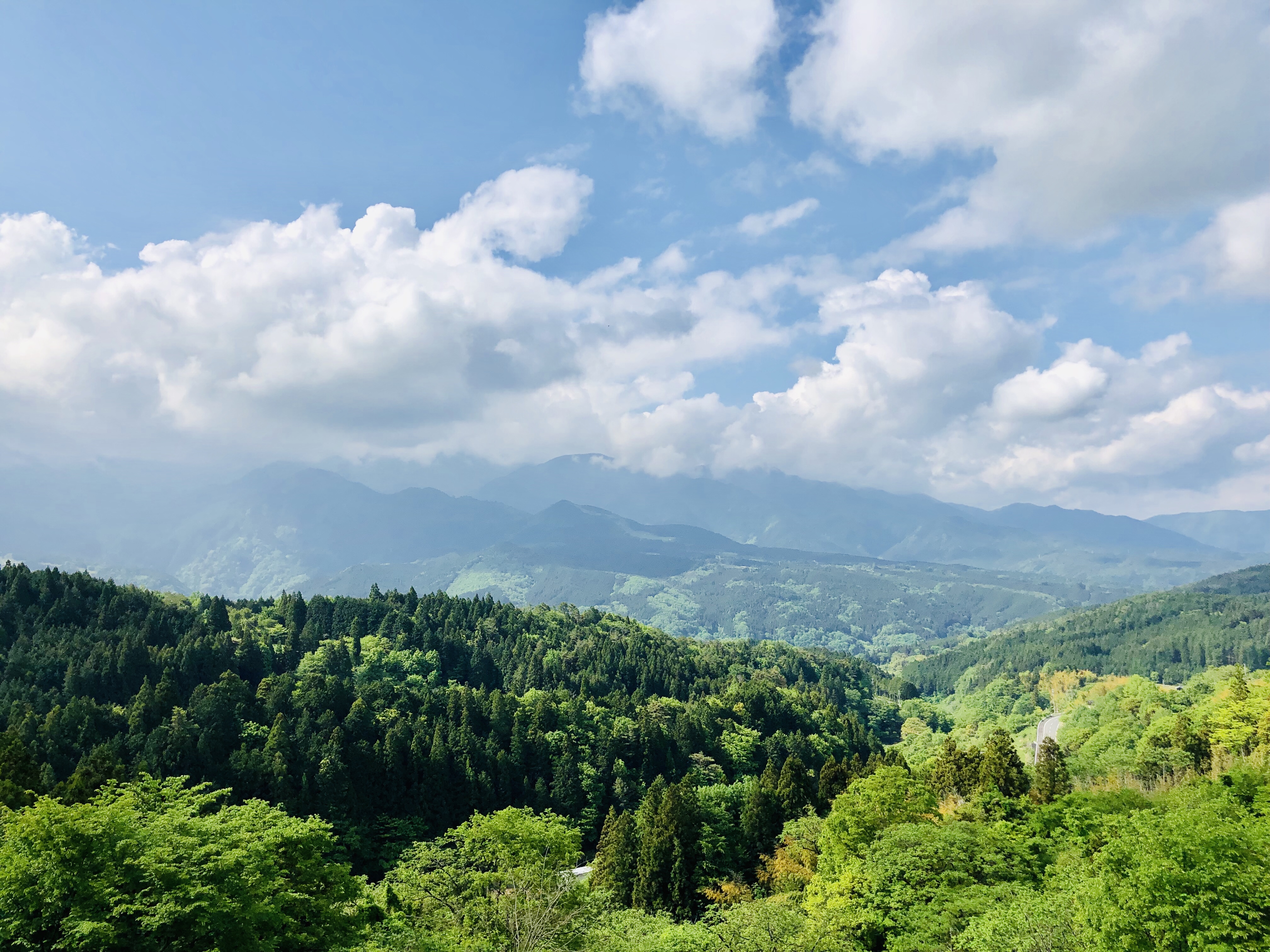
We encountered a handful of people but usually had the road to ourselves, climbing stairs, following paths and always looking for signs pointing us in the right direction (and bells to ward off the black bears). We passed bamboo grooves and rice paddies, crossed streams and watched hawks circling slowly overhead.
About halfway, we came upon a tea house where a fire was burning and a handful of travelers from around the world were gathered around a table, resting, sipping tea and exchanging stories.
From the tea house, we continued climbing upward through densely wooded areas to more dramatic views, at times on a dirt path and at others a stone one. We passed several small shrines, and as we approached Tsumago, we emerged from the forest and followed a path to the end of our walk.
Tsumago
Reaching Tsumago, though, did not seem like the end of the road. The town has been restored to look as it did during the Edo period, with beautiful two-story buildings of dark wood and wood-slatted windows and no overhead power lines. After a stroll through town we headed to Ko Sabo coffee shop where the owner, who spoke some English, greeted us enthusiastically and entertained us with her conversation and wonderful laugh. It also exhibits and sells art.
While we considered walking back to Magome, the skies were darkening, so we chose to take the bus. This gave us a chance to visit Toson’s birthplace and stop for an espresso and matcha latte at just another wonderful Japanese coffee house.
We read that you find Japan’s magic in the mountains, and our visit to the Kiso Valley made us understand why.
Where to Stay: The Kiso Valley is about halfway between Kyoto and Tokyo, and we made a three-hour drive from Kyoto. Once we left Kyoto, we used either Rakuten Travel or Japanican to book lodging, and both were reliable and easy to use.
We booked late so could not stay at any of the small, traditional ryokan or minshuku in Magome or Tsumago, but found the Hotel Hanasarasa in Nakasugawa, just a few miles from Magome. There we enjoyed our first onsen, the Japanese hot spring baths we had heard so much about. We emerged with our bodies revitalized. In the morning, it took only a few minutes to get to Magome, where we parked in a lot right next to town.
Driving in Japan: We rented a car from Toyota Rental Car in Kyoto and followed two simple rules that are essential: Make sure the car has an English speaking GPS and an ETC card for tolls. We had requested both, but if we had not checked when we arrived, we would have left without the ETC card, which looks like a credit card that they inserted in a box in the glove compartment.
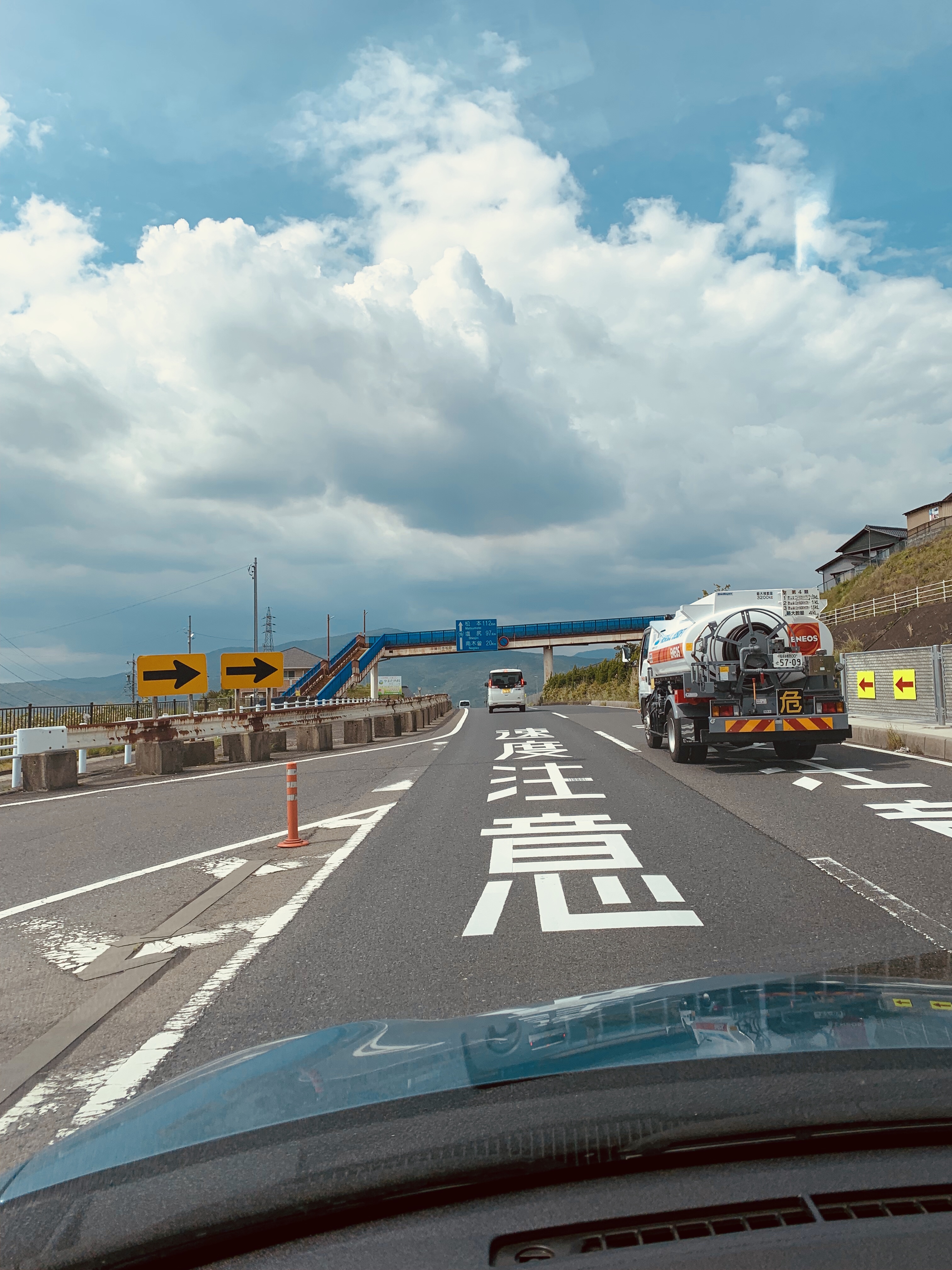
Next Up: Staying at a Buddhist Temple in Koyasan
We made a quick trip to the mid-coast of Maine in search of a new site for Two Down Dogs world headquarters (translation: we’re moving). We booked only a few days in advance and flew from Newark to Portland and then made the nearly 2-hour drive up to the Beach Cottage Inn, about 10 minutes north of Camden on Lincolnville Beach.
It wasn’t fancy (after all, we’re in Maine, so it’s not supposed to be) but comfortable and had a view of the beach. The inn is located next door to the Whale’s Tooth Pub, and has the same owners.
The sunrise was spectacular and at low tide it was perfect for a walk on the beach, before walking up Route 1 about 10 minutes to Dot’s for coffee and breakfast. Later in the day we went across the street to Green Tree Coffee and Tea, a rustic coffee roaster with rocking chairs on the front porch, and also stopped at The Alpaca Experience — because, why wouldn’t we.
We headed into Camden, which is certainly one of the loveliest coastal towns in Maine, with a small but vibrant downtown, scenic harbor and wonderful homes. Our favorites were on Bay View Street, where the Owl & Turtle Café Bookstore sat across from the Cashmere Goat. Wool, books and coffee are a few of our favorite attractions. We had been up in April for a preliminary look through the area, so these two photos are from that visit.
Then it was off to the Camden Real Estate Company, where we started our tour of four properties. The first was in town, a beautiful old home right in Camden that was far too much house for our needs. The second, also in Camden, was an ocean-front property that would require building a new house and was, in our opinion, too much work at this stage in our lives.
Then we moved on to Northport, which sits right above Lincolnville and doesn’t have the price tag or taxes of homes in Camden. The first was a magnificent, open concept home, newer construction, with a wonderful view of the ocean — from an enclosed porch that made it tough to resist.
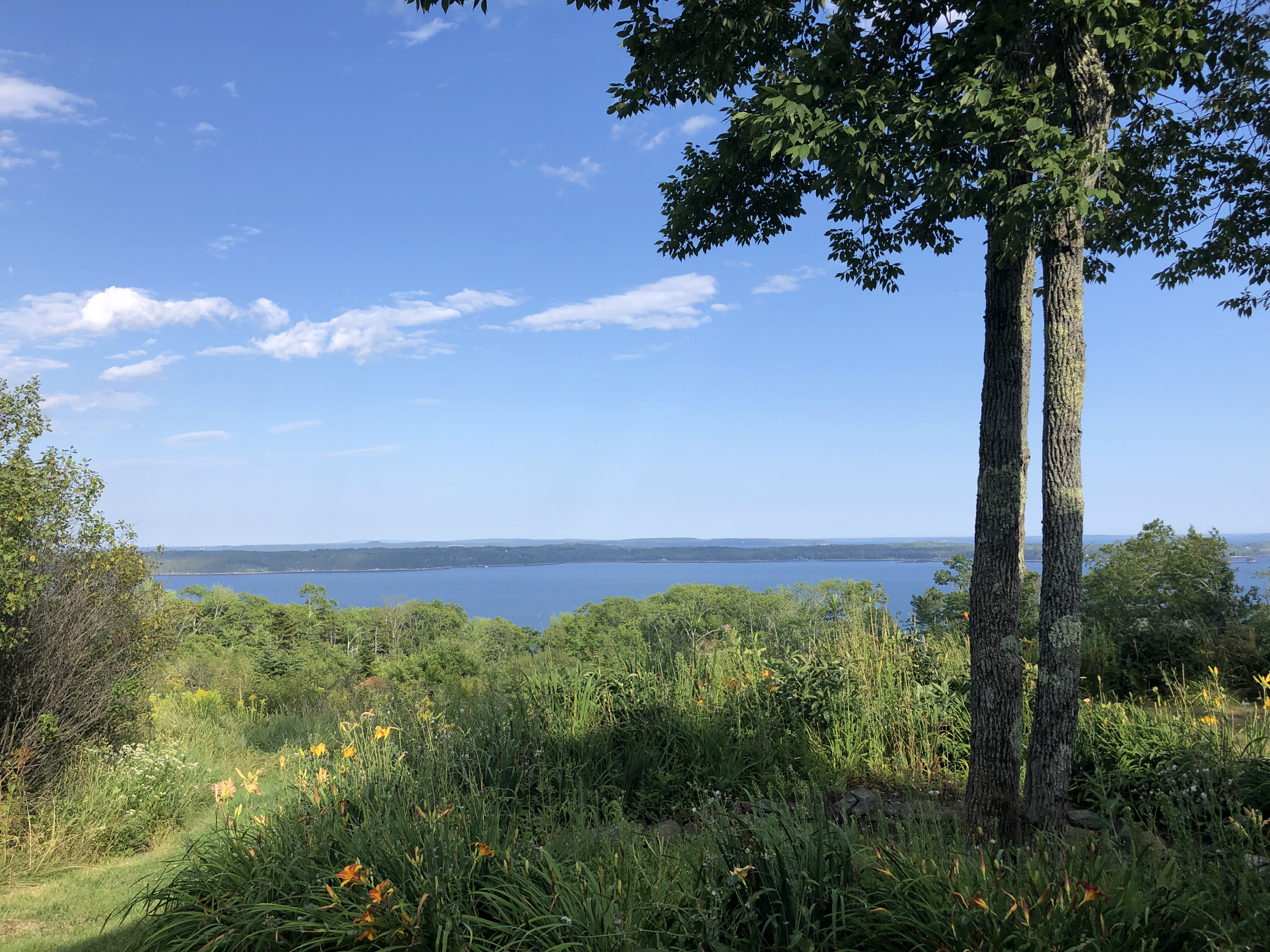
Finally, we moved on to the last property and the reason for our visit. The home was smaller, the view good but not quite as good as the other one. It was also open concept. It had advantages, mostly the price, but by the time we scheduled the trip and got up there, someone had made a bid and the house was already under contract.
So it was back to drown our sorrows in martinis and lobster at the Whale’s Tooth Pub, followed by a walk on the beach and ice cream by the ocean.
We may not have found our home yet, but Maine seemed perfect for us.
From Mr. Koya, we headed south to the Kumano Kodo (Kumano Old Road). This ancient pilgrimage route is a network of wooded trails, some UNESCO-protected, that is steeped in Shintoism, which predated the introduction of Buddhism to Japan in the mid-6th century.
We stayed in Hongu, a midway point along the route, for two nights. Heavy rains blanketed the area when we arrived at the Watarese Onsen hot spring resort, part of a three-hotel complex. The highlight was a set of large outdoor, private onsens that we reached by walking over a narrow suspension bridge that was lit at night. It was mid-May, but not busy at all, and a relaxing soak was just what we needed after the drive–and several times after that.
Nachi Taishi Shrine and Seinganto-ji Temple
The next morning (with rain threatening) we drove east to Shingu and then inland to Nachi Taishi, one of the primary destinations along the route. Parking was easy, the crowds were light, and we walked a short, but beautiful stretch of one of the Kumano Kodo paths to the Nachi Taishi Shinto shrine and the Seinganto-ji Buddhist Temple.
Mist covered the mountain peaks as we continued on to the three-storied pagoda, resting near the Nachi-no-Taki waterfall, the tallest in Japan. The pagoda is the first “etiquette place” of the pilgrimage around the 33 holy places in the area, and it was a sight we had anticipated seeing for months.
Around the pagoda was a koi pond, gardens, buddhas and a stone picnic area. The few people there all magically vanished when we sat to have our lunch, as if the Shinto gods wanted us to have a peaceful meal. Seated along the mist-shrouded garden with the pagoda and waterfall before us, we had just that experience.
Saying Good-bye at Shirarahama Beach
Our visit to Japan was coming to an end, and we left the mountains and drove to our hotel near Kansai Airport, where we planned to take the train into Osaka to get a taste of the big city. Instead, we drove past Tanabe to Shirarahama Beach for a relaxing afternoon with turquoise water and white sand.
The sky was beautiful all day, and before we left, a horizontal rainbow appeared. We learned later it’s called a fire rainbow, which we captured just before it faded. It seemed to be Japan’s way of saying good-bye.
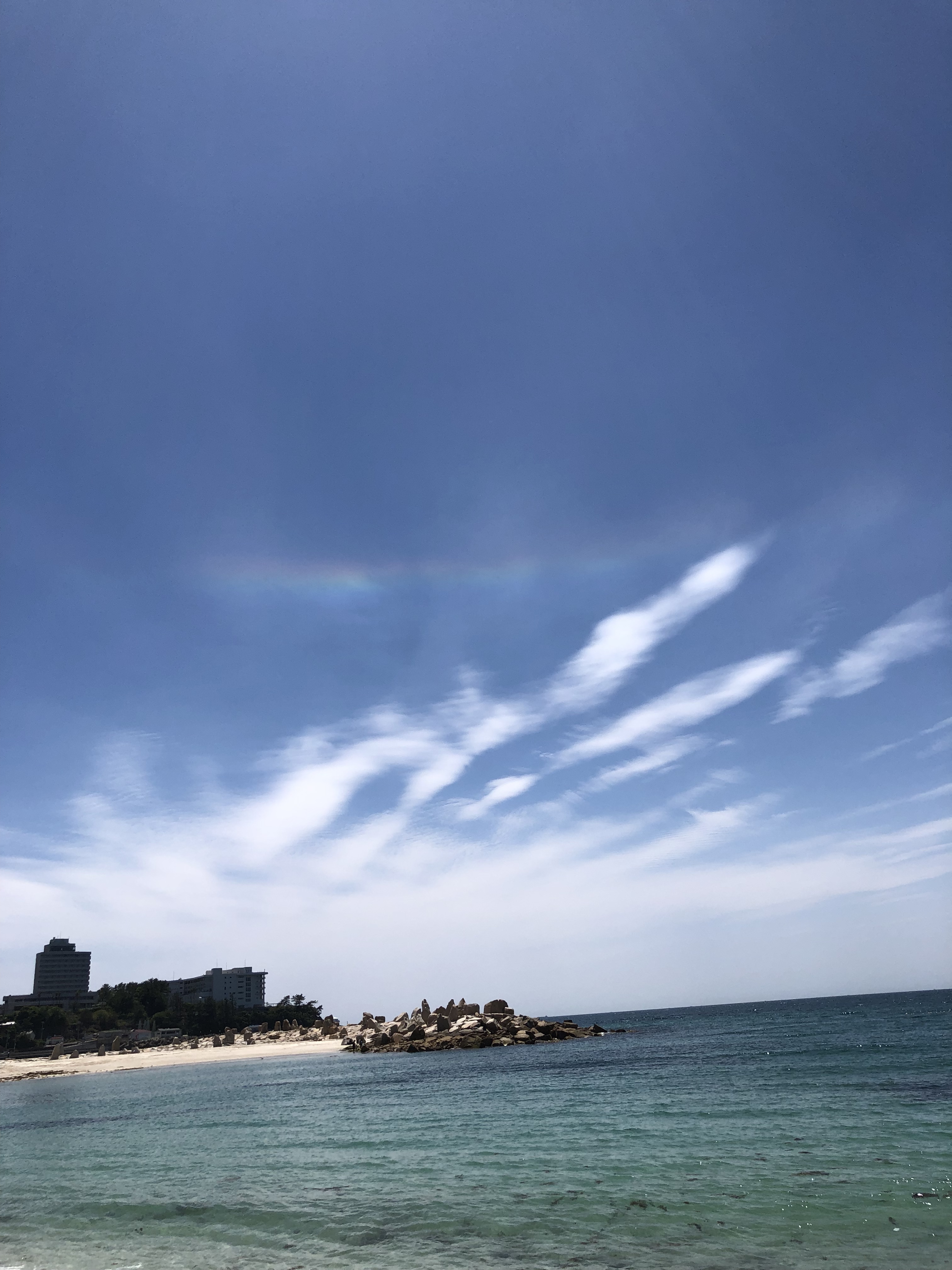
The secluded temple town of Koyasan has a long history as a sacred place, beginning in the early ninth century when Kobo Daishi wandered Japan in search of a suitable place to build a center for the religion he had founded, Shingon Buddhism. After years of searching, he settled on the wooded top of Mt. Koya and in 826 began construction of the original Garan complex. Today you can find more than a hundred temples here.
Many temples in Koyasan invite guests to stay overnight, and we stayed two nights in Souji-in, known for some of the finest vegetarian cuisine. We had spacious rooms, secluded in the back of a newer wing of the temple, a serene view of the gardens, and a bathroom that took up three rooms, including one with a wooden Japanese soaking tub. As is typical in traditional Japanese lodging, when we went to dinner, they had moved our table aside and laid out our futons for sleeping.
We explored part of the town before dinner, wandering down a scenic path, finding a red wooden bridge and then exploring the Garan complex, the first monastic complex entirely dedicated to the teaching and practice of Shingon Buddhism.
It includes the Kondo Hall, a large wooden temple hall where major ceremonies are held, and Konpon Daito (great Fundamental Pagoda), the tallest building in Koyasan. Completed in 876, it’s an early form two-storied pagoda and a symbol of Koyasan, a town we discovered was filled with a peaceful beauty.
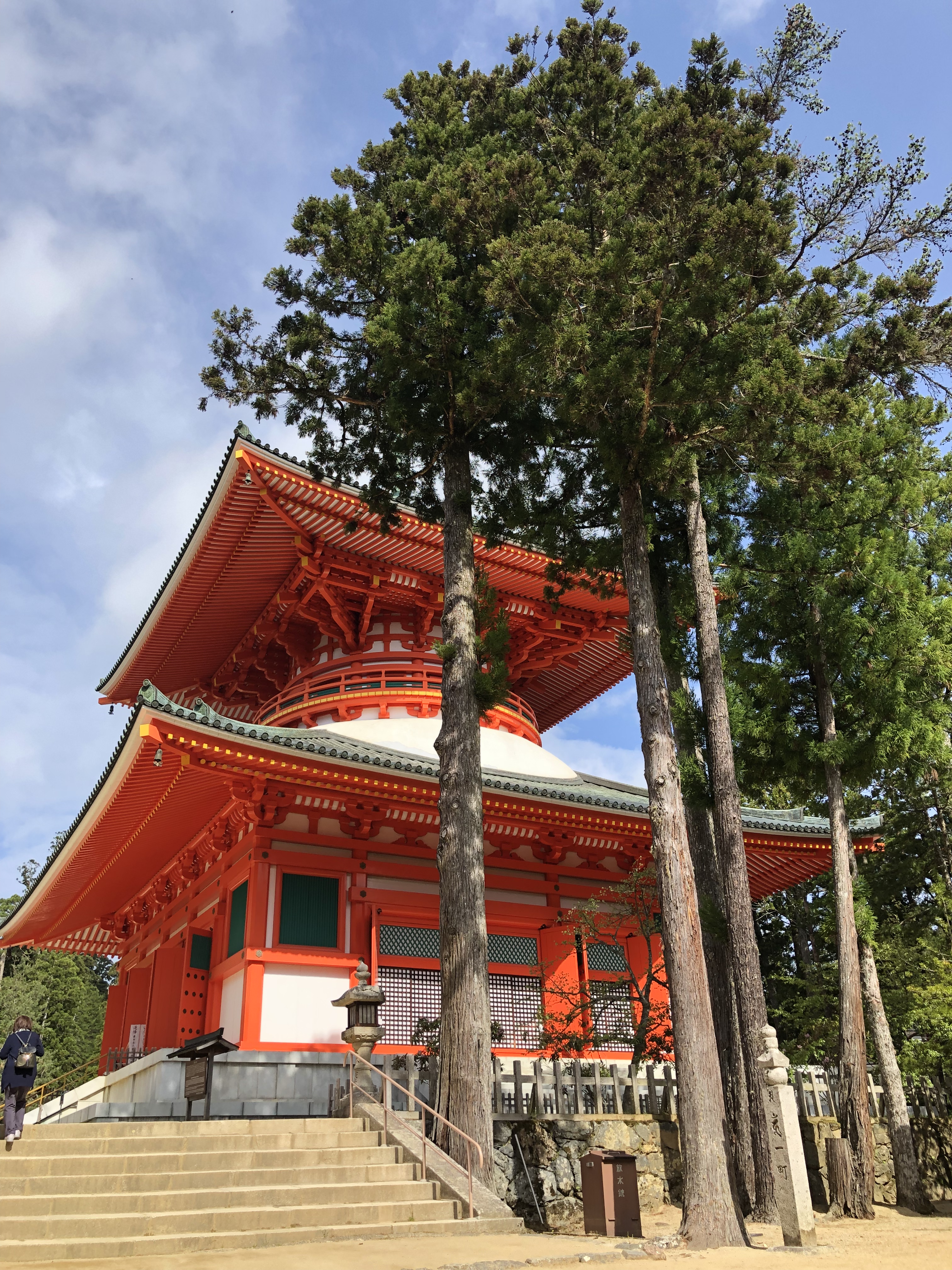
Dinner was at 7 pm and they called us at 6:59 pm to make sure we were coming. The meal and the ones that followed were Buddhist vegetarian cuisine (Shojin Ryori). Made with the “delicate enhancement of a natural taste” and the use of limited ingredients, Shojin Ryori is based on the concept of five flavors, five cooking methods and five colors. Each meal includes a grilled dish, a deep-fried dish, a pickled dish, a tofu dish and a soup dish.
Not only was it some of the best vegetarian food we had ever enjoyed, but also some of the most delicious food of any kind. Each meal was perfectly balanced, served by a monk and was a delight for the eyes and the palate.
The next morning, we set off to explore more of the town and started our day (after our breakfast at the temple) with coffee at the Powerstone Café. The barista, who clearly liked Snoopy, was a wonderful host.
We continued up the hill through the Daimon Gate, the traditional entrance to Koyasan, and entered a pilgrimage route that we followed a few kilometers up Mt. Benten Dake and down to Nyoindo, a temple on the periphery of Kyosan. It is the last temple standing built especially for women. Here we also found the Koyamaki Protected Forest, a forest of umbrella pines extinct everywhere but in Japan and Korea.
We moved on to Okunoin, where more than 200,000 grave stones and pagodas stretch through a forest of ancient, towering cedar trees. There was a powerful, awe-inspiring energy along this sacred space, a 2km walk to Kobo Daishi’s mausoleum that we will never forget. We plan to visit again and walk it at night, when the path is lit by lanterns.
The next morning, we joined a 6 am morning prayer ceremony. When the head monk was done chanting the sutra, he sat with us, giving a short talk to those in attendance—all in Japanese. Fortunately, a young monk handed us a one-page summary of his talk and the main message was this:
All we can do is to appreciate the past and for the future, to wish and pray for the peace for those around you.
Next Up: The Kumano-Koda Pilgrimage Walk
A visit to Nara is one of the best day trips from Kyoto. It was the first permanent capital of Japan and home to the Daibutsu (Great Buddha) at Todaiji Temple, as well as other temples and shrines, and the Nara National Museum.
Travel Tips: From Kyoto, we took the Kintetsu line to Nara Kintetsu station, which is closer to the Great Buddha than the JR station. Once you get in Kyoto Station, which is really two stations, the JR and Kintetsu, it’s easy to follow signs to Kintetsu. We suggest you spring for the Kintetsu direct express (tokkyu), which is faster and more comfortable. It’s a short ride on a modern train.

Sacred Deer
Once you come out of the station, turn right and walk past the park and follow the crowd to Todaiji Temple and the Great Buddha. On the way, you walk past Nara Park, where you’ll be greeted by hundreds of deer. Once considered sacred, they have roamed free for 13 centuries and today look for handouts or a scratch.
Daibutsu
Once you arrive at Todaiji Temple, you’re overwhelmed by the scale of Daibutsu-den (Hall of the Great Buddha), the largest wooden structure in the world. No matter how many people are there, it can easily accommodate them.
Inside the hall is the Great Buddha, the largest bronze Buddha in the world. The original was completed in the 8th century. Nearly 50 feet tall and 500 tons, it looks down at you as you make your way in and around the great hall. There are Buddhas on either side, and a pair of guardians in the hall, Komokuten and Bishamonten.
Behind the Great Buddha is a large pillar with a hole that is said to be the size of the Buddha’s nostril, and people—schoolchildren—can crawl through. A story goes that by squeezing through, you humble yourself enough to gain enlightenment in your next life.

From Daibutsu-den, we walked about 10 minutes up hill through a park to Nigatsudo Hall, a sub-complex of Todaiji. It’s a beautiful walk with plenty to see on the way, and as you walk around the hall, you’ll find a nice view over the city.
Nara National Museum
Rain began to fall so we went to the Nara National Museum, and we weren’t disappointed. The museum has two buildings – the older building with a vast and interesting permanent Buddhism collection, and a newer building with special collections. We were lucky to get a look at a Yohen Tenmoku tea bowl from the Fujita Museum. The bowl, from the 12th or 13th century, has a tenmoku glaze with iridescent spots that look like the stars in a galaxy.
Up Next: Walking the Kiso Road
We’ll start at the end of visit to Kyoto. And the best. Mamecha. Set on a beautiful side street in Gion, the family style restaurant was the top recommendation of our hosts at Old Kyoto, and they were right. Here we discovered why Kyoto is famous for its tofu, enjoying a silken tofu dish that melted in our mouths.

There were several courses, each with a handful of dishes, and from the tofu of our first course to the five-sashimi dish to the delightful tempura to the beef and then the ice cream and cup of matcha, every morsel was delicious.
Getting there: Our wonderful host Junko at Old Kyoto made the reservation, which is recommended, but the sign sits just a foot off the ground on a narrow side street. It’s not easy to find and took us two tries. Just keep your eyes open for a sign with these green marks.

Sake Seconds
We were particularly good at getting lost when looking for restaurants. Addresses are not easy to find, and most restaurants don’t have signs in English. Add a little jet lag to that combination, and you’re happy for a glass of sake and a rice ball (that’s a thing). Then one lucky night we stumbled into a little bar and enjoyed a simple meal, carefully prepared cocktails and sake overflowing in glasses that rested in little wooden boxes. The overflow was “seconds” we were told.

Department Store Dining
We heard about the basement of Takashimaya Department Store, and while the concept sounded odd, we gave it a try. The food turned out to be head and shoulders above any American supermarket with takeout food. Along with sushi and sashimi (that made us wonder what we had been eating all those years in the states), there are endless salads, meats, fresh produce, bakeries, a premium liquor store for sake, wine or whiskey, and more. We found it habit forming – relying on it for three of our eight nights in Kyoto.
Getting There: It’s a big building at the corner of Shijo and Kawaramachi streets in Downtown Kyoto, so it’s easy to find, walkable from Gion and across the street from a train station.
Nishiki Market
And then there is the famous Nishiki Market, where locals, restauranteurs and tourists mingle among more than 125 vendors stretched along pedestrian-only blocks in the middle of Downtown Kyoto. It’s worth a stroll just to marvel at the food. On our first trip, we bought the smoked eel bento and had it for lunch at our guest house. We weren’t disappointed.
Getting There: It’s in the middle of downtown, a block north of Shijo-dori, running from Teramachi to Takakura-dori, and accessible by train from the Karasuma line to Shijo or the Hanku line to Karasuma or Kawaramachi.
Next Up: Day Trip to Nara–Home of the Great Buddha and Deer That Roam Free
One of the biggest surprises in Kyoto were the coffee shops, and here are some of the places we found wonderful brewed coffee, espresso, lattes and espresso-matcha latte.

We got our first taste when we walked east through Gion along Ninen-zaka and ducked into a side street across from Kodai-j Temple. While the brewing process looked at first like a science experiment, it turned out to be what we would come to know in nearly every coffee shop we experienced—fresh, delicious coffee brewed before us with care. Here, we chose our cups, which were first warmed with hot water, and on the way out selected a paper crane.
Later that day, before crossing the bridge and heading to Morita Washi in Downtown Kyoto, we stopped in the Tonbo Café. Again, it was a freshly brewed cup presented perfectly, a respite during long days of walking. And this time, we listened to jazz as we sipped, the music we would hear in every coffee shop and cafe in Kyoto.
One of our favorites was Café Yoshiko set along Ponto-Cho, a delightful little road that runs north and south once you cross from Gion to Downtown Kyoto, and next to a small, wooden foot bridge. Here you can gaze out over the water and watch people go by.
In Arashiyama, we found spacious Café Akamanma after visiting the Bamboo Grove, and we had our first experience with the fluffy toast that became hard to resist (at least for the one of us who is not gluten free).

There were two coffee shops near our guest house in Gion. The much heralded Arabika, along the road that leads to Kiyomizu-Dera, lived up to its billing and had a line out the door. We passed. But the upscale Coffee & Tea on Higashioji-dori, though a bit pricey, served delicious cups of espresso and matcha latte. And the Zen experience didn’t feel anything like home.
Also in Gion, around the corner from Café Tonbo, we found a small café with good coffee and toast.
And let’s not forget the counter in the basement of the Takashimaya Department Store in Downtown Kyoto, a wonderful surprise which we’ll explore further in the next blog on food in Kyoto.
Up Next: The Food of Kyoto – Nishiki Market, Department Store Dining and Mamecha
With one of us educated in fiber arts and experienced in papermaking, knitting, clothes design, weaving and sewing (hint, it’s not Gary), we’re always on the look-out for local fibers. In Kyoto, that means silk, Washi (handmade paper), ancient dyeing techniques and much more, all of which were on our itinerary.
Washi – Handmade Japanese Paper
We didn’t waste any time. After our day-one-visit to Kiyomizu-Dera Temple, we headed to Downtown Kyoto to Morita Washi, which specializes in washi, or Japanese handmade paper. While you can find washi at specialty stores in the US, this store had a much broader, more beautiful selection than anything we had ever seen.

They had all the expected paper-made products, from notebooks to origami, but what was most impressive were the massive sheets stored like bolts of fabric, each unique. There were drawers of paper, specialty paper behind glass and small sheets. Washi could be found with solid colors, natural and vibrant, or with intricate patterns and art, some was printed or painted on. The paper itself could be made from wood, cotton, silk, rice and mulberry.
It was easy to get lost in Morita Washi for a couple hours and walk out with a few purchases. Our only regret was we didn’t have more shipped home.
Getting there: From Gion, it is a straight shot east across the bridge and into Downtown Kyoto, about a 20-minute walk. There are a few small turns, so we just entered 298, Ogisakayacho, Shimogyo-Ku in the GPS to get us there.
Nishijin Textile Center
Kyoto is known for its kyo-yuzen textiles and silk dyeing, and since the 15th century, its weavers have been centered in a textiles area known as Nishijin in Northwest Kyoto. This is the same area as the Golden Pavilion and Ryoan-Ji, and Nishijin was a perfect stop after visiting those sights.
Here you find both the Nishijin Textile Center and the Orinasu-kan Museum. We heard the museum was a better way to learn about Kyoto’s textile history, but it is closed on Monday (Always good to check these things in advance. Other than the major temples and shrines, many places in Kyoto are closed one day a week). We toured Nishijin Textile Center, which was more touristy, but still a nice experience, viewing displays on each of the three floors and shopping on the second floor.
We stayed for the Kimono fashion show, which runs nearly every hour, a thoroughly enjoyable experience (especially after walking all day). The kimonos were beautiful, each showing different styles and colors.
Getting There: We’d like to be more precise, but we came from Ryoan-Ji and got on the wrong bus, switched and then got off at the wrong stop. It happens. But we heard that bus 9 is the best route. It’s also close to Nijo-jo Castle, so combining the two sights is smart plan.
Sashiko Stitching
Reusing textiles has a long tradition in Japan for economic and spiritual reasons, and sashiko stitching is a wonderful example. Sashiko combines country style with intricate designs, all made with a simple running stitch that makes cloth stronger. It evolved in the Edo era as winter work in northern farming communities where hand sewing was essential. It offered warmth and thrifty recycling, and strengthened work clothes and household goods.
At a time when laws prevented lower classes from wearing bright colors, Sashiko stitching used indigo and white colors, with stripes no thicker than a straw and patterns no bigger than a grain of rice. Not only did these colors give Sashiko a strong tonal contrast, but the indigo dye strengthened fibers, and the residual scent of fermented indigo and ammonia in the dye was believed to repel snakes and insects
By the 1950s, Sashiko had declined, but the stitching was preserved and can now be found in museums as an example of folk art. We didn’t find Sashiko in Kyoto, but later we found an example was hanging in a restaurant in Koyasan, and then in the southern Kii peninsula along the Kumano-Kodo, with a more modern example on a dress worn by a charming Japanese woman who was happy to model for us.
Up Next: The Coffee Shops of Kyoto
- 1
- 2
